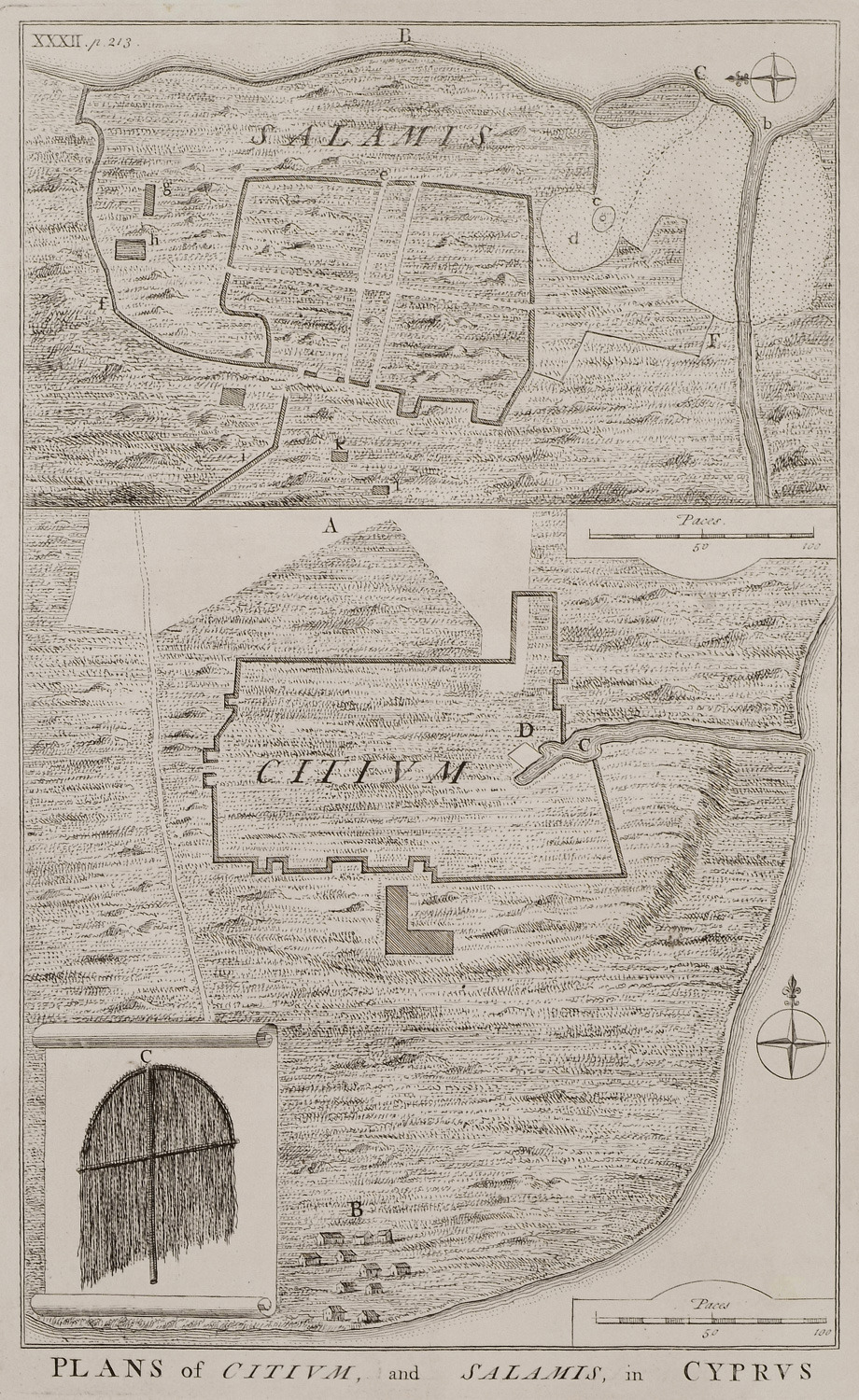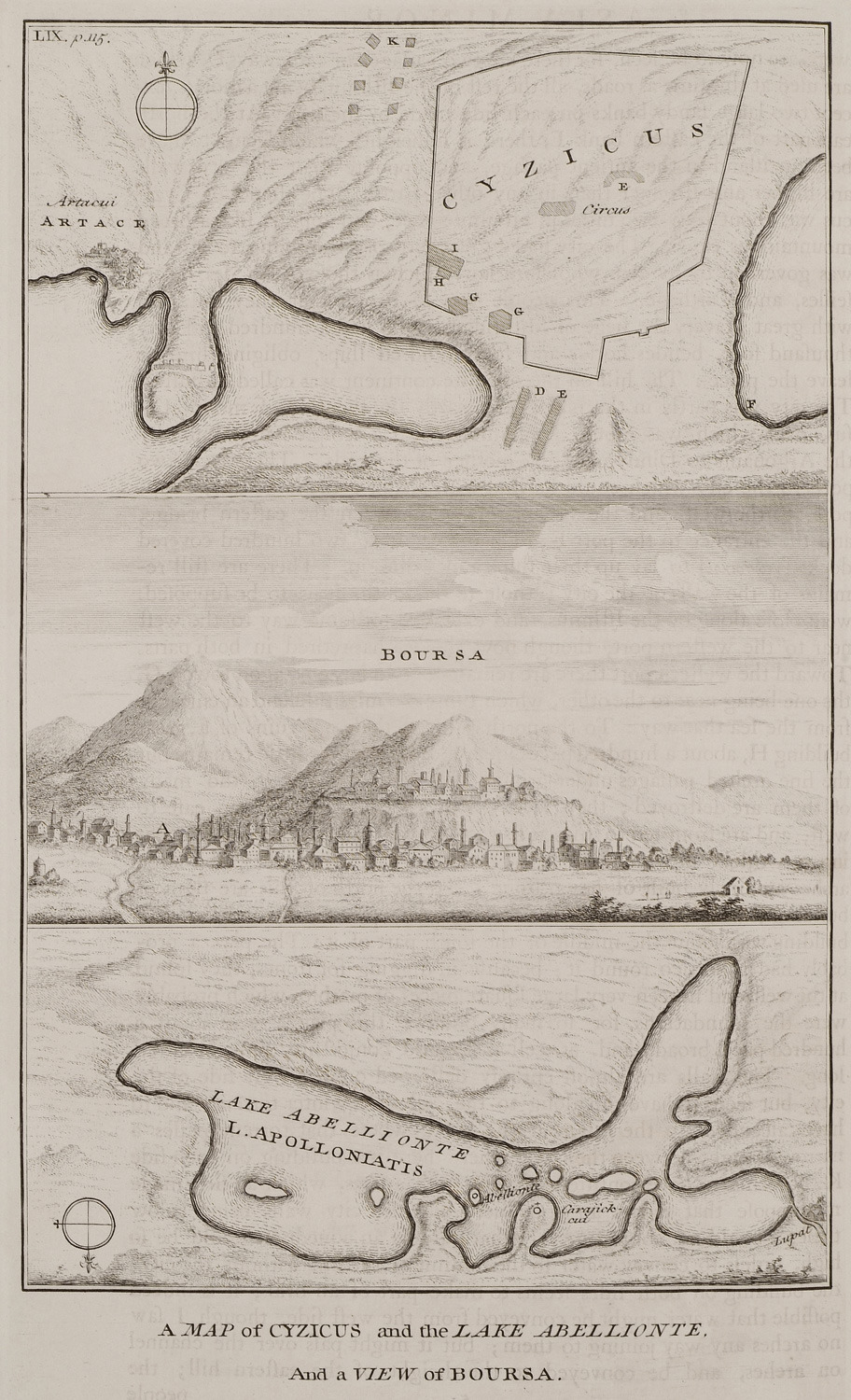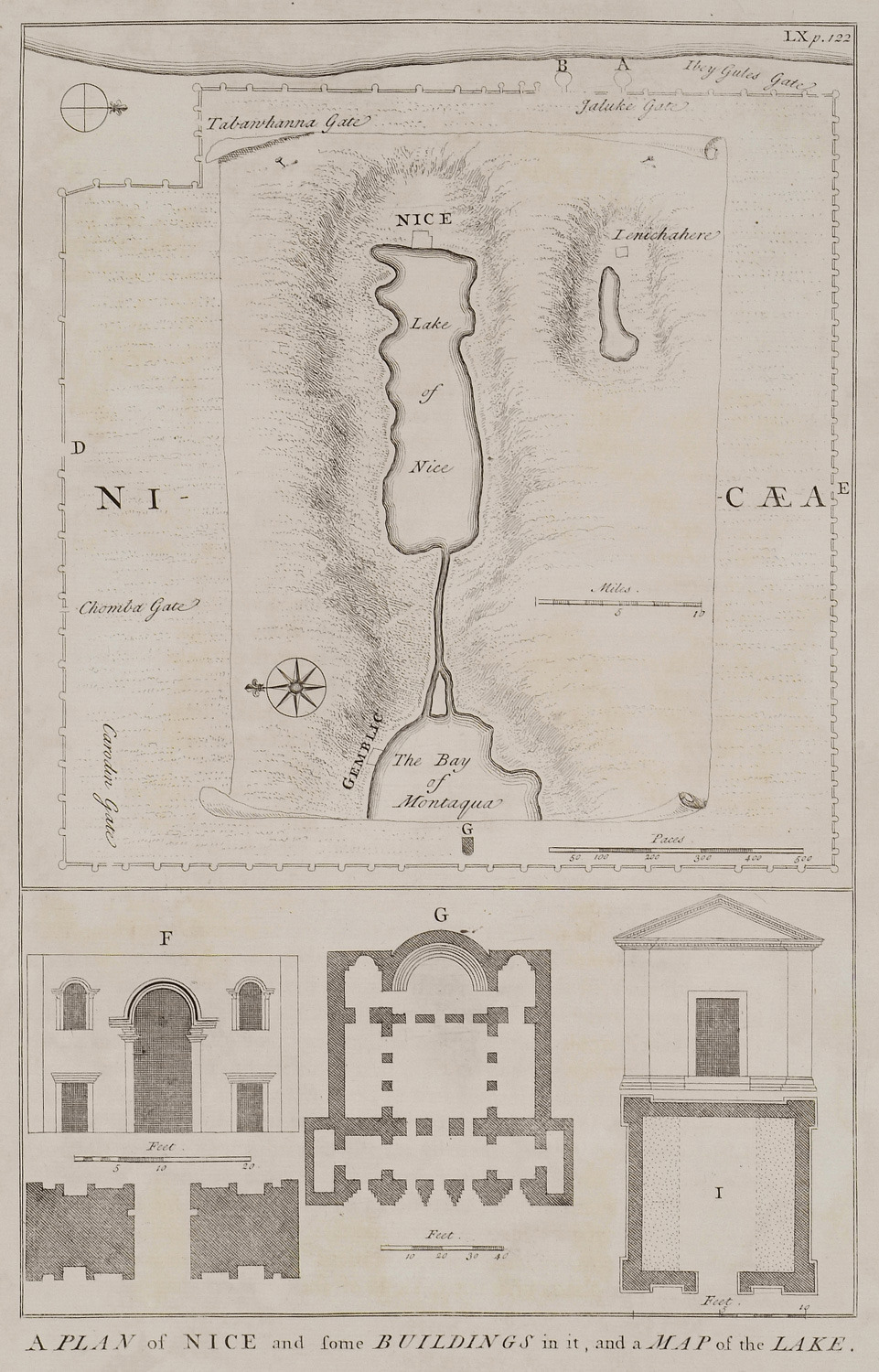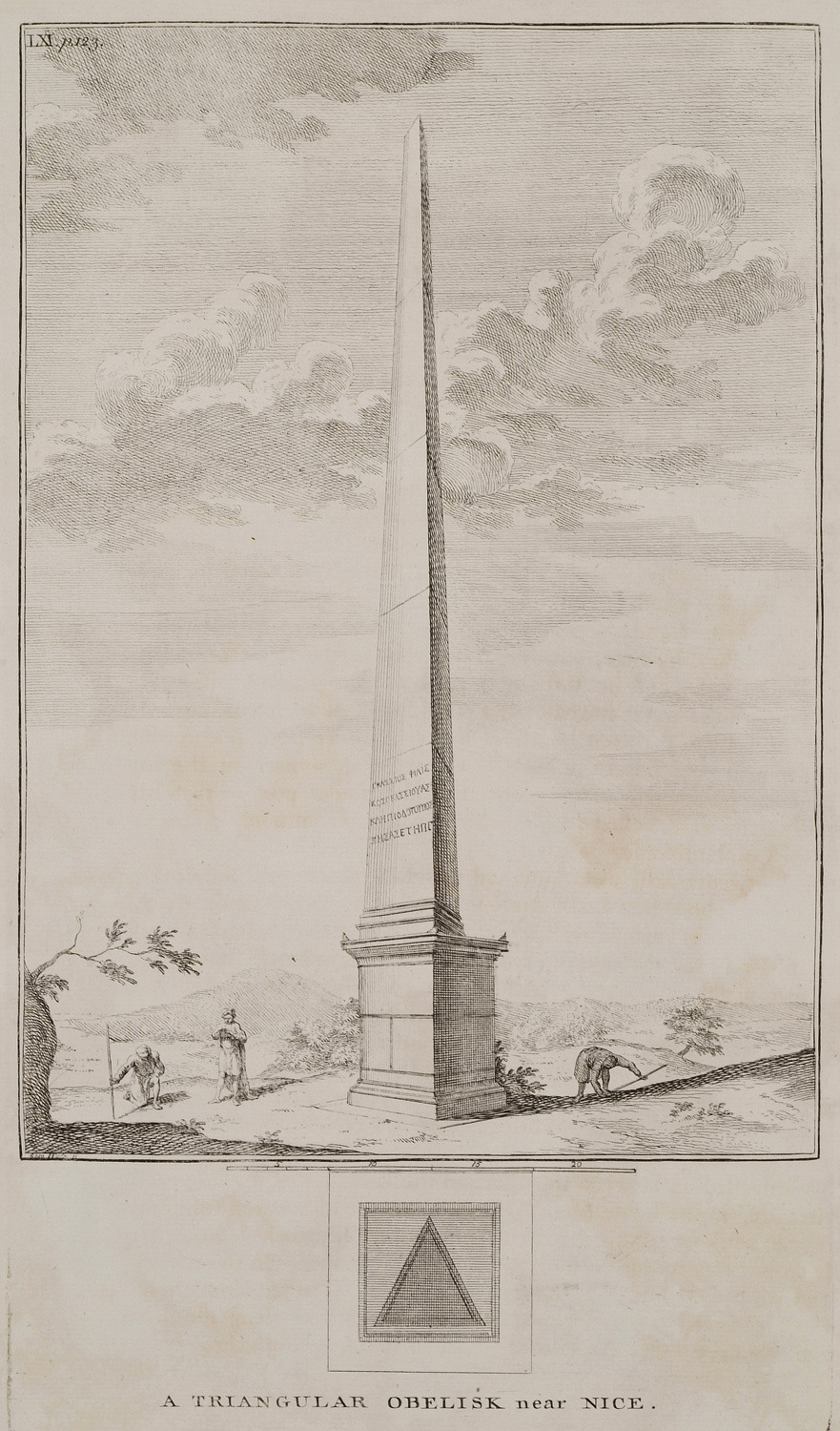POCOCKE, Richard
Önde gelen bir aileden olan İngiliz asıllı Richard Pococke (1704-1765) Cambridge'de öğrenim görür, piskopozluk kayyumu rütbesini alır. 1733-1736 yılları arsında kuzeniyle birlikte önce Avrupa'da Fransa, İtalya, Almanya, Avusturya, Polonya, Macaristan'ı gezer; daha sonra ise 1737'den başlayarak üç yıl boyunca Mısır, Kutsal Yerler, Kıbrıs, Girit, Ege adaları ve Anadolu ile o zaman için alışılmamış bir seyahat hedefi olan Yunanistan'ın Rumeli ve kuzey kısımlarını gezer. 1747-1760 yıllarında İrlanda'yı gezer ve 1765'den sonra piskopoz sıfatıyla Britanya'da seyahat etmeyi sürdürür.
Beklenmedik durumlarla dolu olan Doğu seyahati sırasında Mısır'da ortodoks patrik tarafından kabul edilir ve Yahudiye'de Ölü Deniz sularında yüzer. Seyahatnamesinde ayrıca Kıbrıs, Girit, Psara, Lezbos (Midilli), Bozcaada (Tenedos), Limnos (Limni), Samos (Sisam) ve Patmos adalarına özel bölümler ayırır ve Karadeniz'i de (Eukseinos Pontos) betimler. Anadolu'dayken İzmir, Ayvalık (Kidonies), Efes, Karya (Muğla, Denizli) yöresini, Frigya İerapolis'ini (Pamukkale), Ankara, Truva, Bithynia (Kocaeli, Bolu, Bursa), ve en son olarak İstanbul ve Trakya'yı gezer. Selânik'e varır ve kara yolundan Farsala (Çatalca), Lamia (Zituni), Euboia (Eğriboz), Kopaida ve Thiva'dan (Istefa) geçip Atina yakınlarındaki Fyli ve Atina havzasına gelir. Voyvodaya hediyeler sunup şehrin anıtlarını serbestçe gezer ve Eleusis'ten geçerek Korint, Patras ve Kefalonya'ya devam eder.
Edward Gibbon'un "şaşaalı eser" diye nitelediği seyahatnamesi edebî uslup yoksunluğuna rağmen sağduyu ve titizlikle yazılmıştır. Strabon, Herodotos, Sicilyalı Diodoros, Plinius, Ptolemaios, Pomponius Mela, Pausanias, Filostratus, Aelianus Tacticus gibi antik yunan ve latin yazarlara birçok gönderme yapan yazar yaşadığı sürece eseri okurlar tarafından sevilir ve fransızca, almanca ve flamancaya çevrilir. Kitapta osmanlı yönetimi, ticaret, örf ve adetler, mimarlık ve doğa tarihi hakkında yeterli hatta bol bilgiler bulmaktayız.
Ayrıca Mısır anıtları hakkında ayrıntılı betimlemeler; Mekke'ye giden kervanın yüzlerce deve, yük ve hacılarına ilişkin ayrıntılı bir katalog; Selânik anıtları betimlemesi; Nil nehrinin taşmasına ilişkin su düzeyi cetvelleri; İskenderiye patrikhanesine bağlı şehir, merkez kiliseler ve piskoposlar katalogu gibi konular da yer almaktadır.
G. Sandys'in kitabındaki alışılmamış resimlemeden sonra ve öncü J. Stuart ile Ν. Revett'in çözümlemeli resimlemesinden önce gerçekleşen Pococke'ın bu görsel yapıtı en güç beğenir okurları bile tatmin edecek durumda olur. Kişisel yaşantıları dışında başka yazarlardan aşırmalar da içeren bu etkileyici eser dışında Pococke 1752 yılında seyahati sırasında toplamış olduğu yazıtları da “Inscriptiorum Antiquarum Graec et Latin Liber” başlığı altında yayınlar. Bu arada annesi ve kuzeni Jeremie Milles ile sürdürdüğü zengin yazışmanın yayınlanması beklenmektedir.
Doğu'ya yaptığı gezileri anlatan seyahatnamesi Mısır anıtlarını ilk kez ayrıntılı biçimde betimleyen eserlerden biridir. Lübnan'dan getirmiş olduğu tohumlardan diktiği sedir ağacı ormanı bugüne dek İrlanda'da var olmaktadır. Pococke'ın, gezileri boyunca biriktirmiş olduğu arkeolojik eserlerin tümü 1766 yılında Londra'da satıldı.
Yazan: İoli Vingopoulou
POCOCKE, Richard - Bithynia
POCOCKE, Richard - Rest Images
-
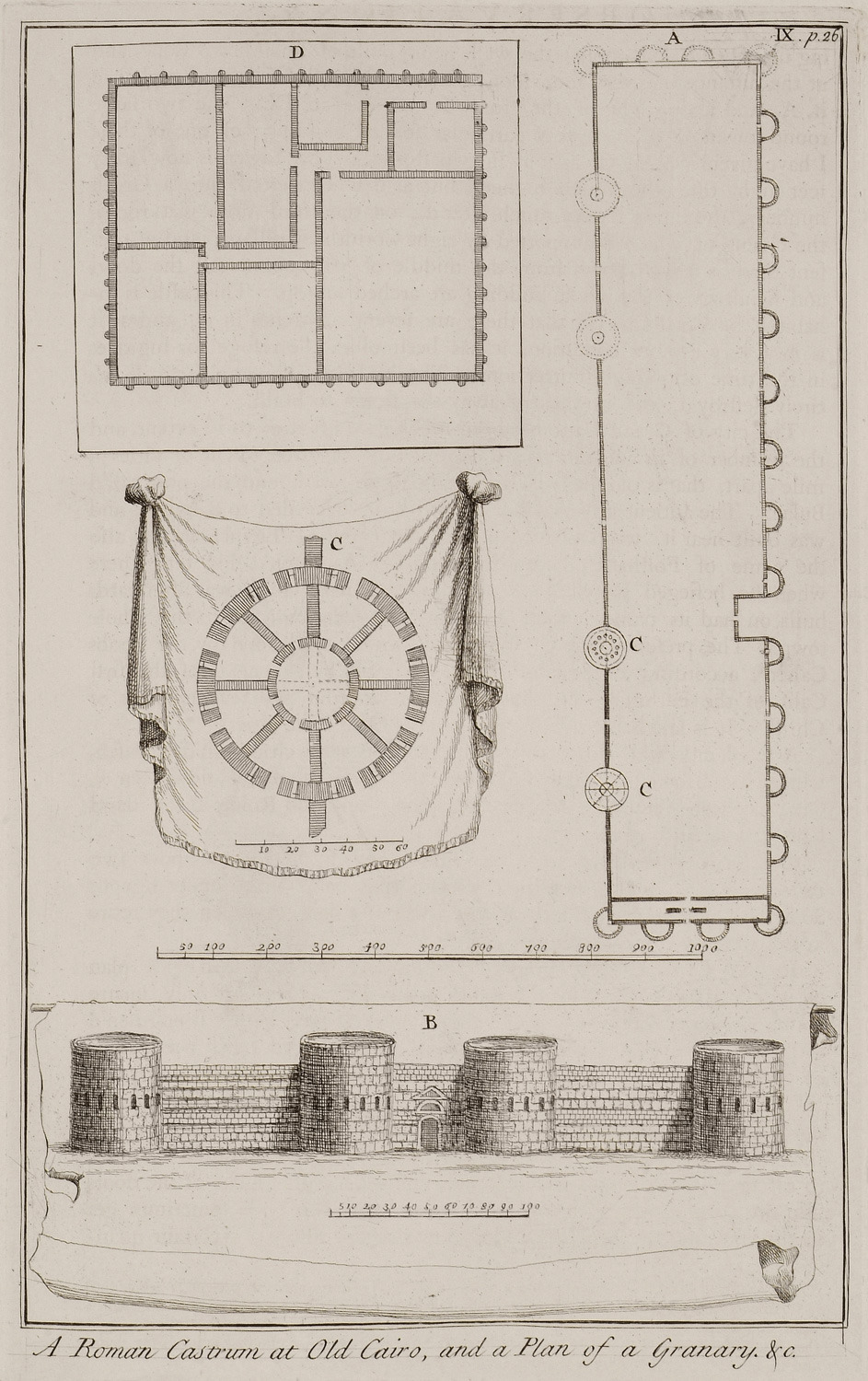
-
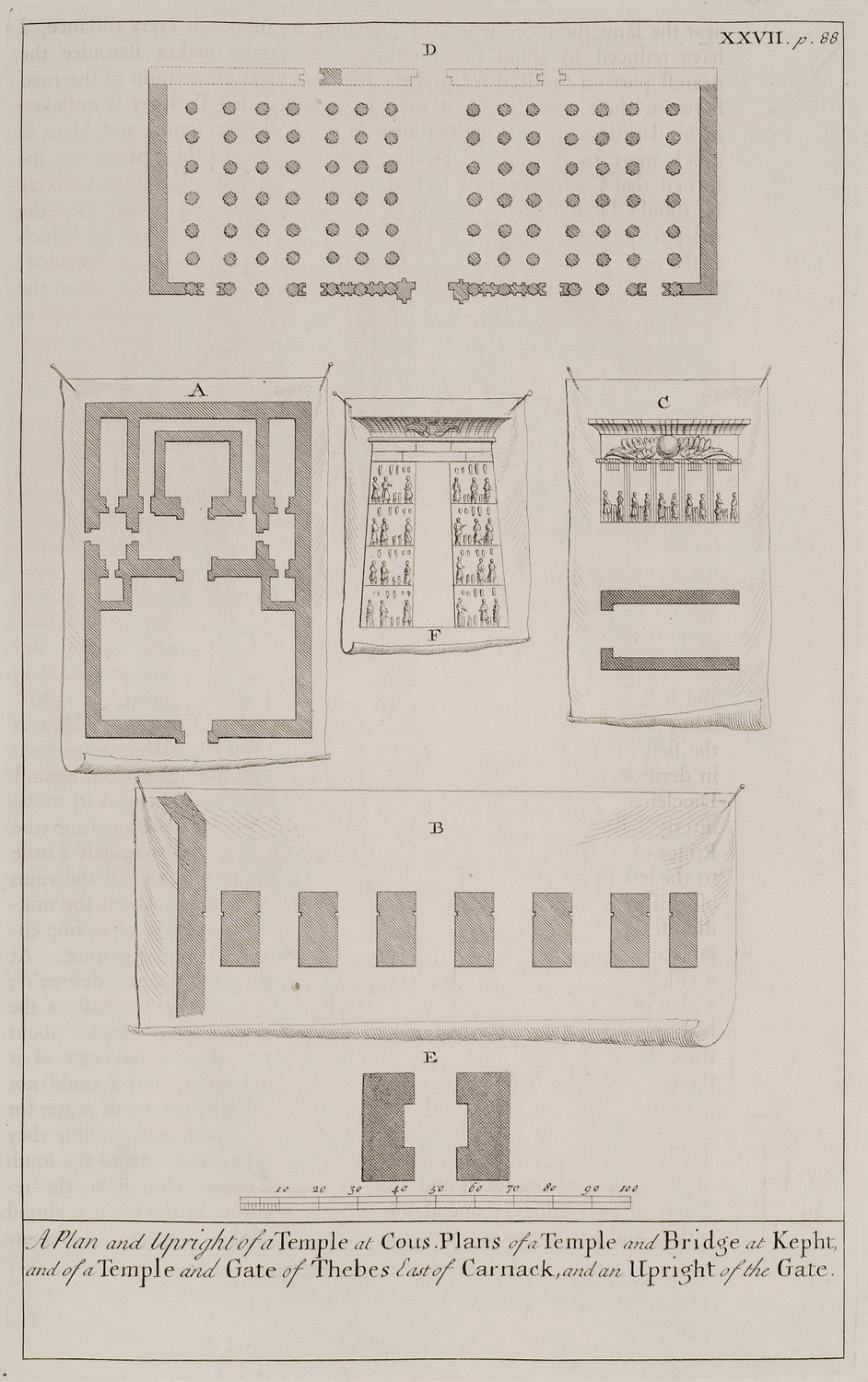
-
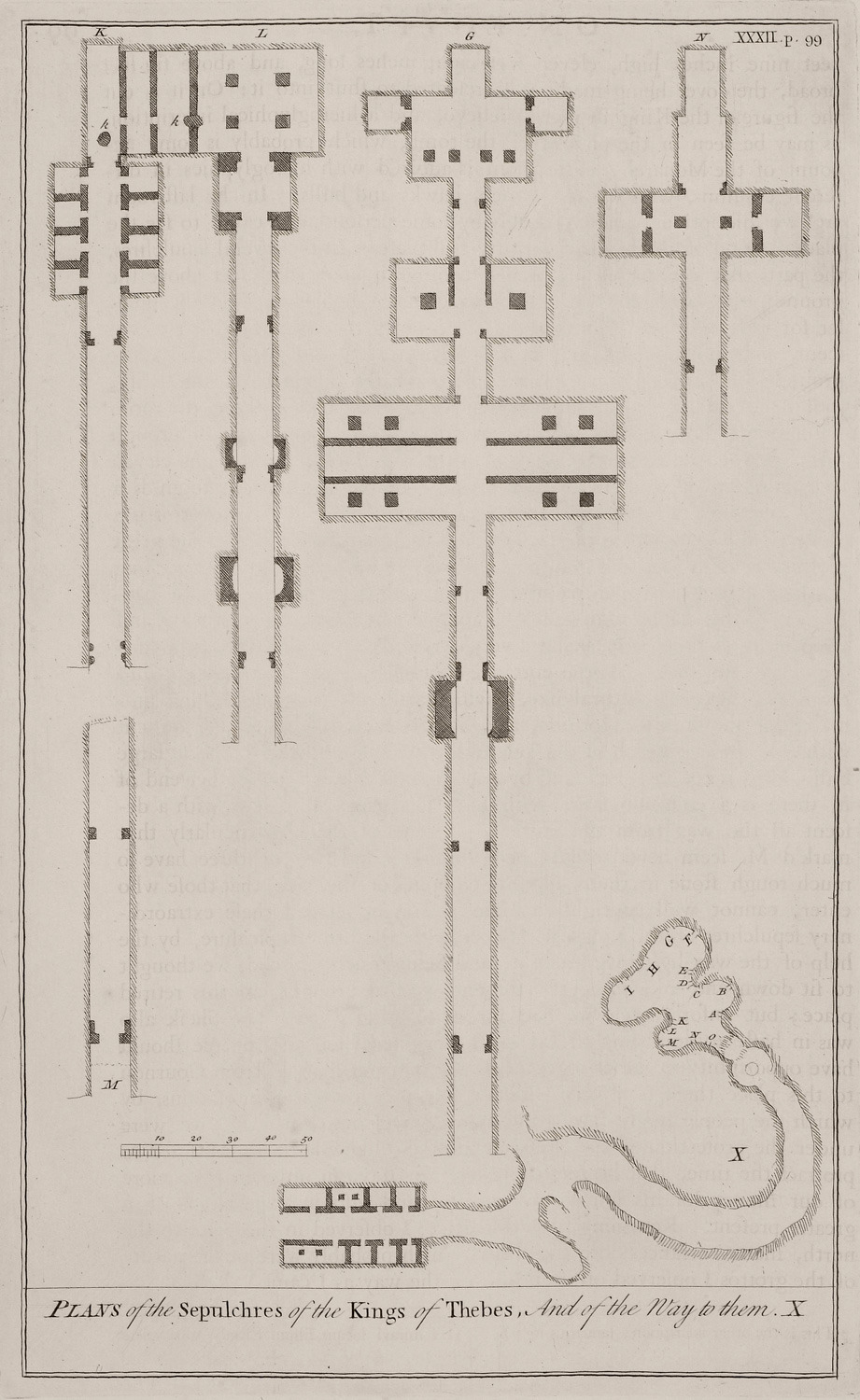
-
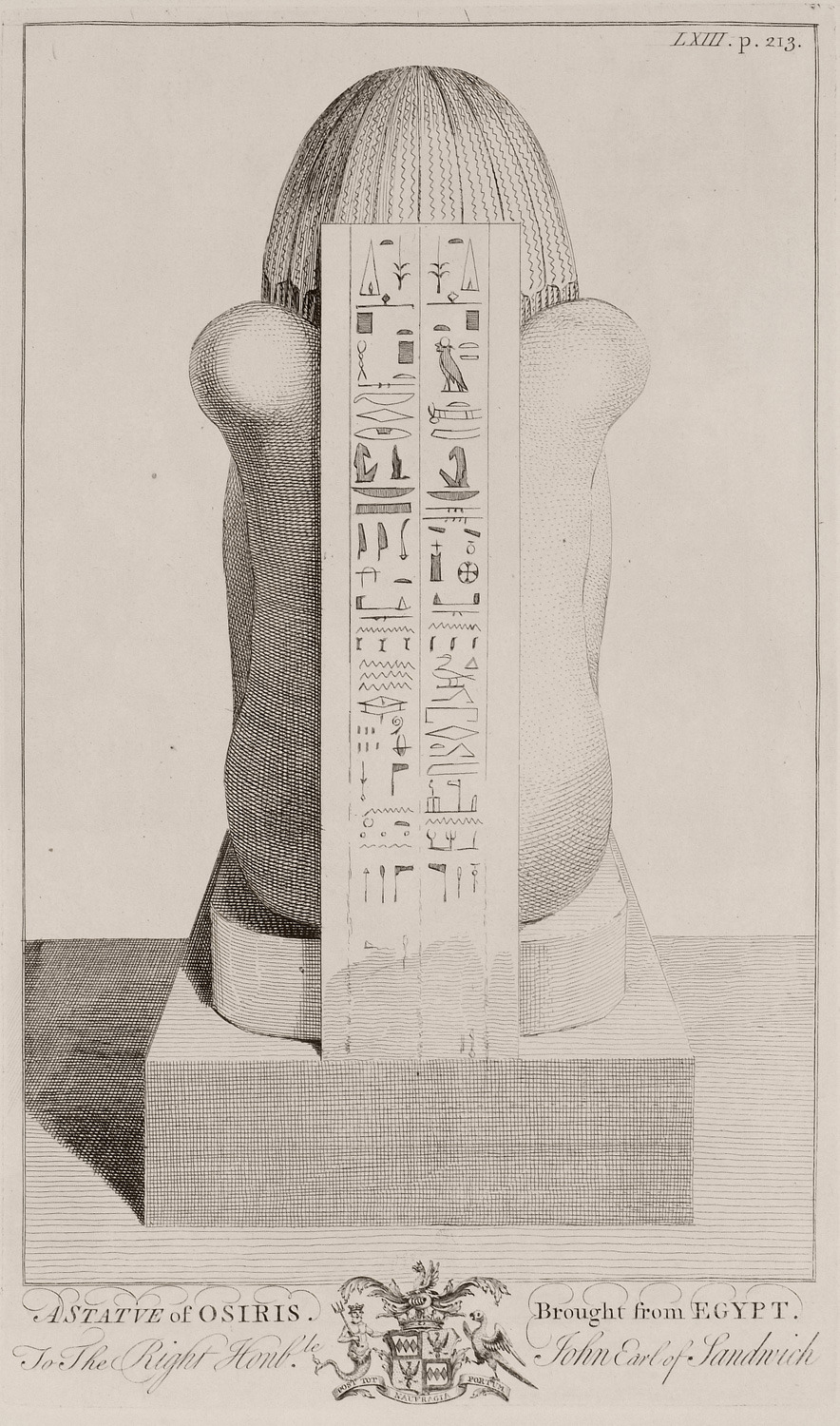
Statue of Osiris, which Richard Pococke bought in Cairo and carried away to Great Britain.
-
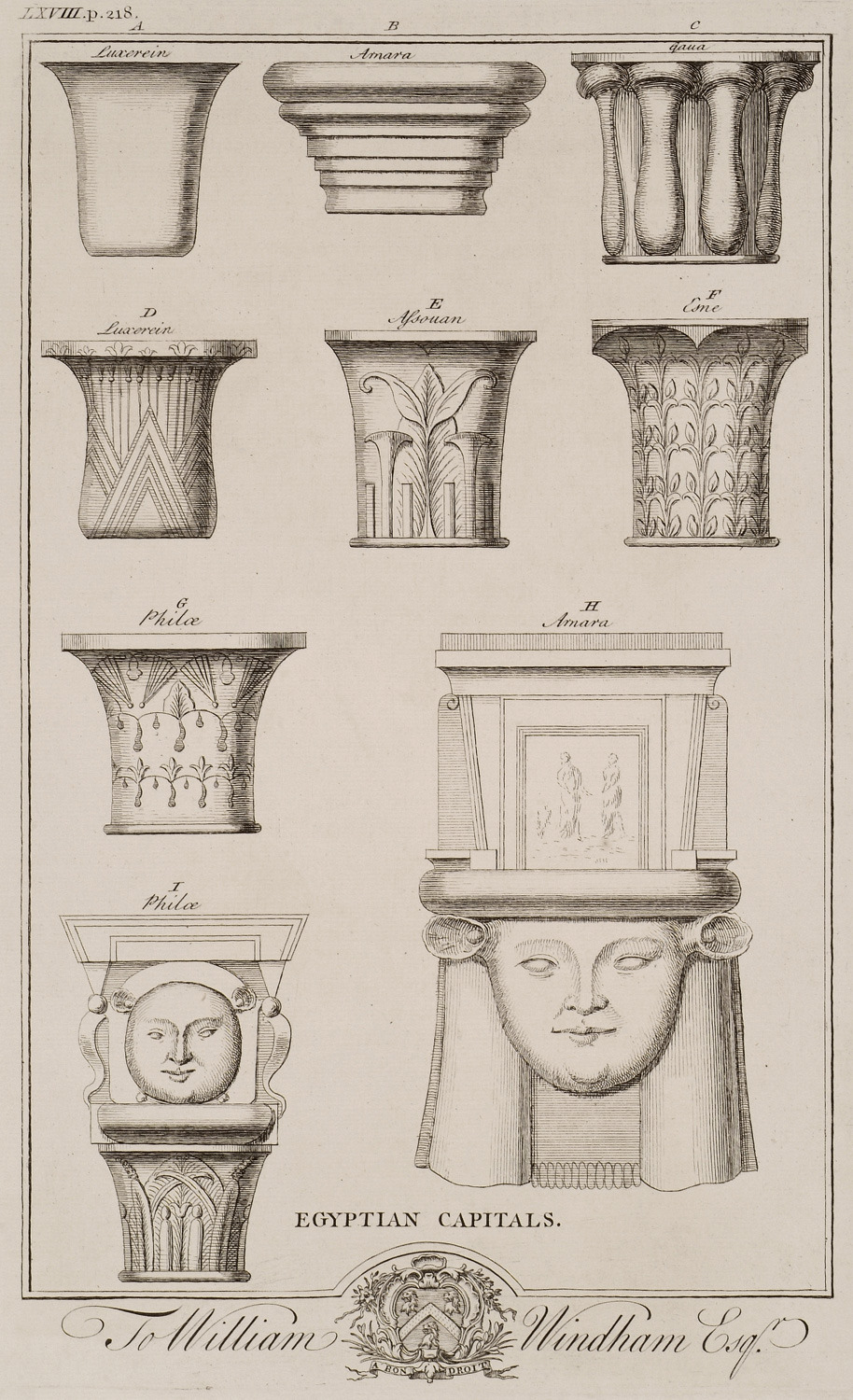
-
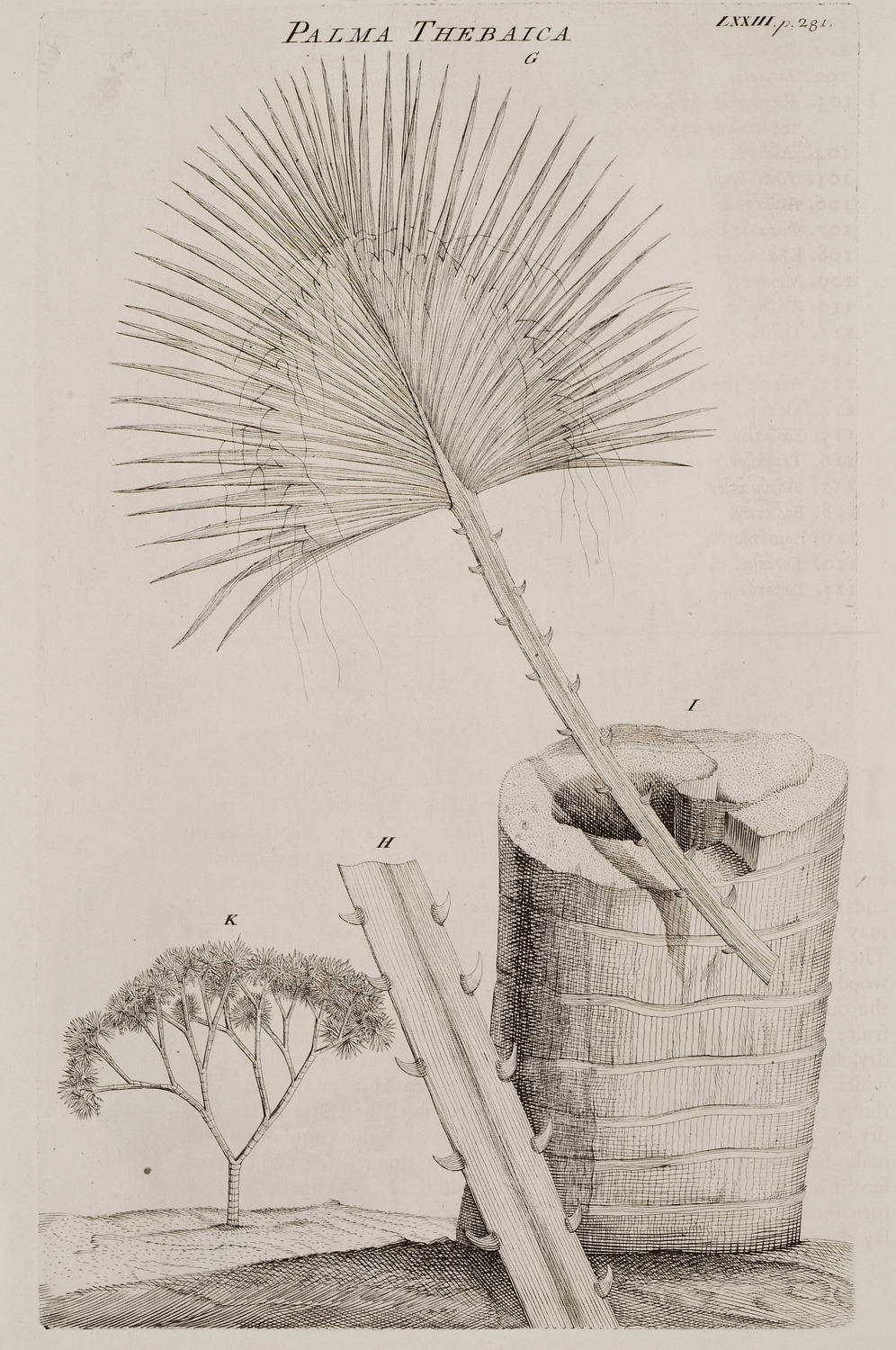
-
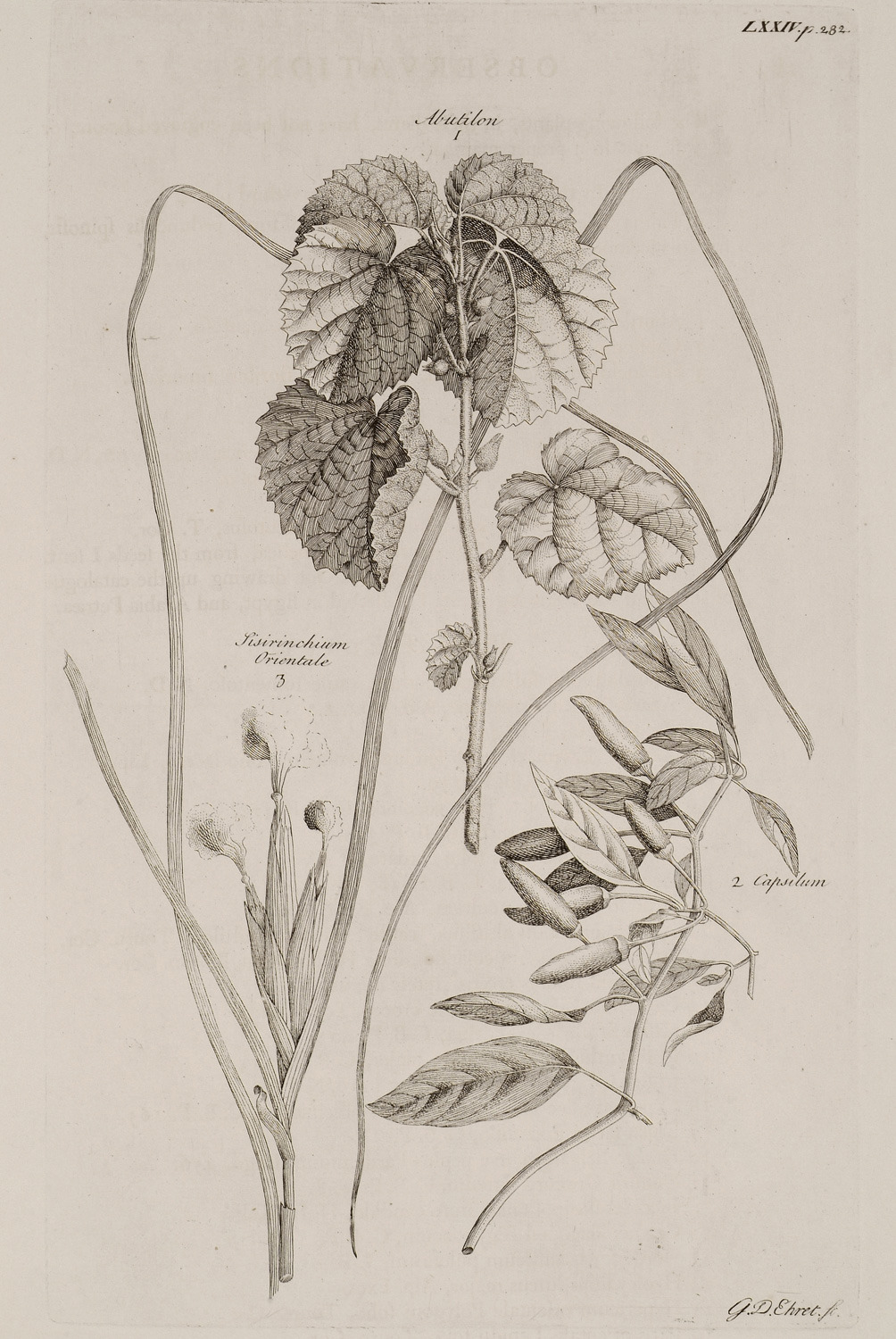
1. Plant of genus Abutilum. 2. Plant of genus Capsicum. 3. Plant of genus Sisyrinchium.
-
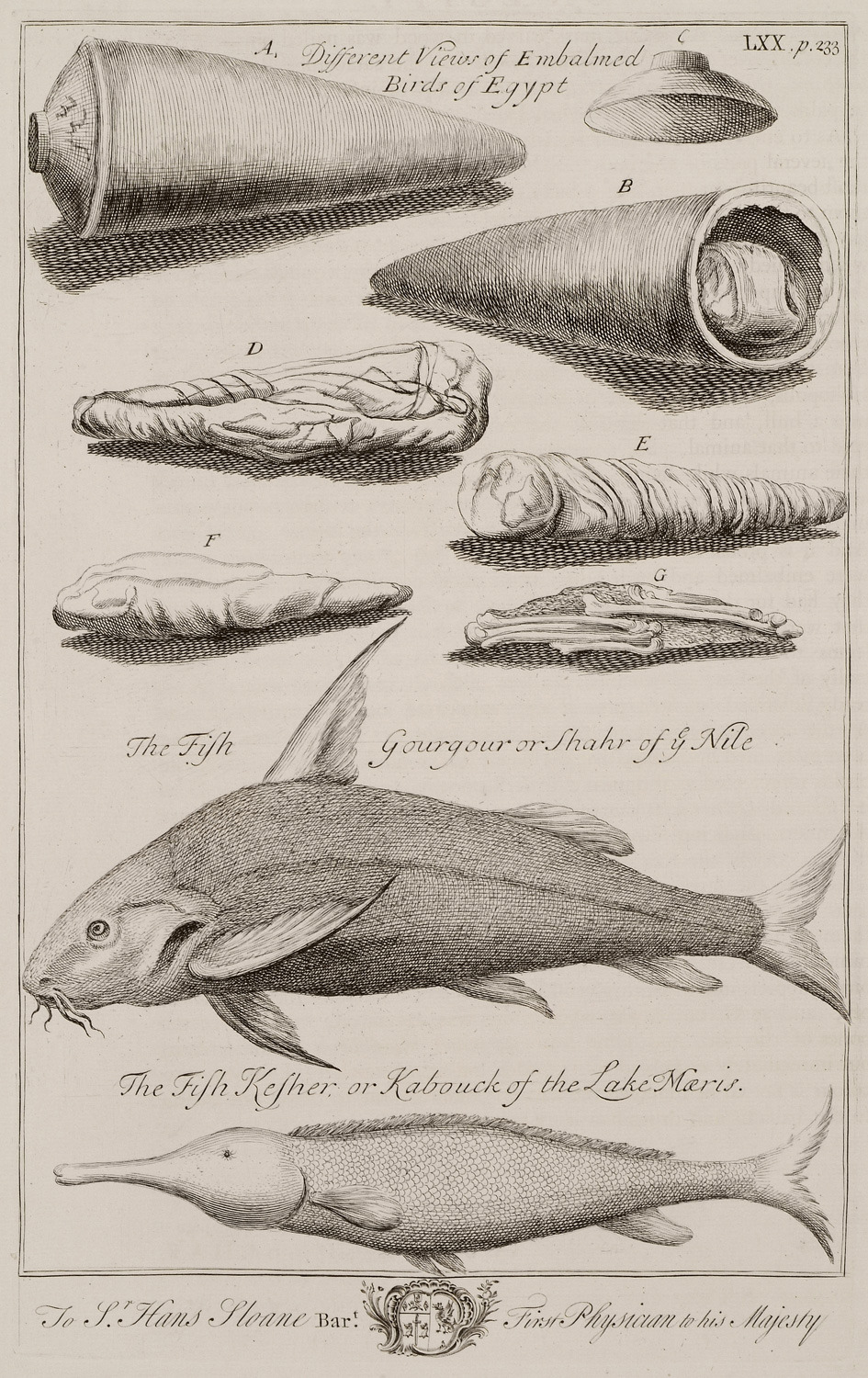
-
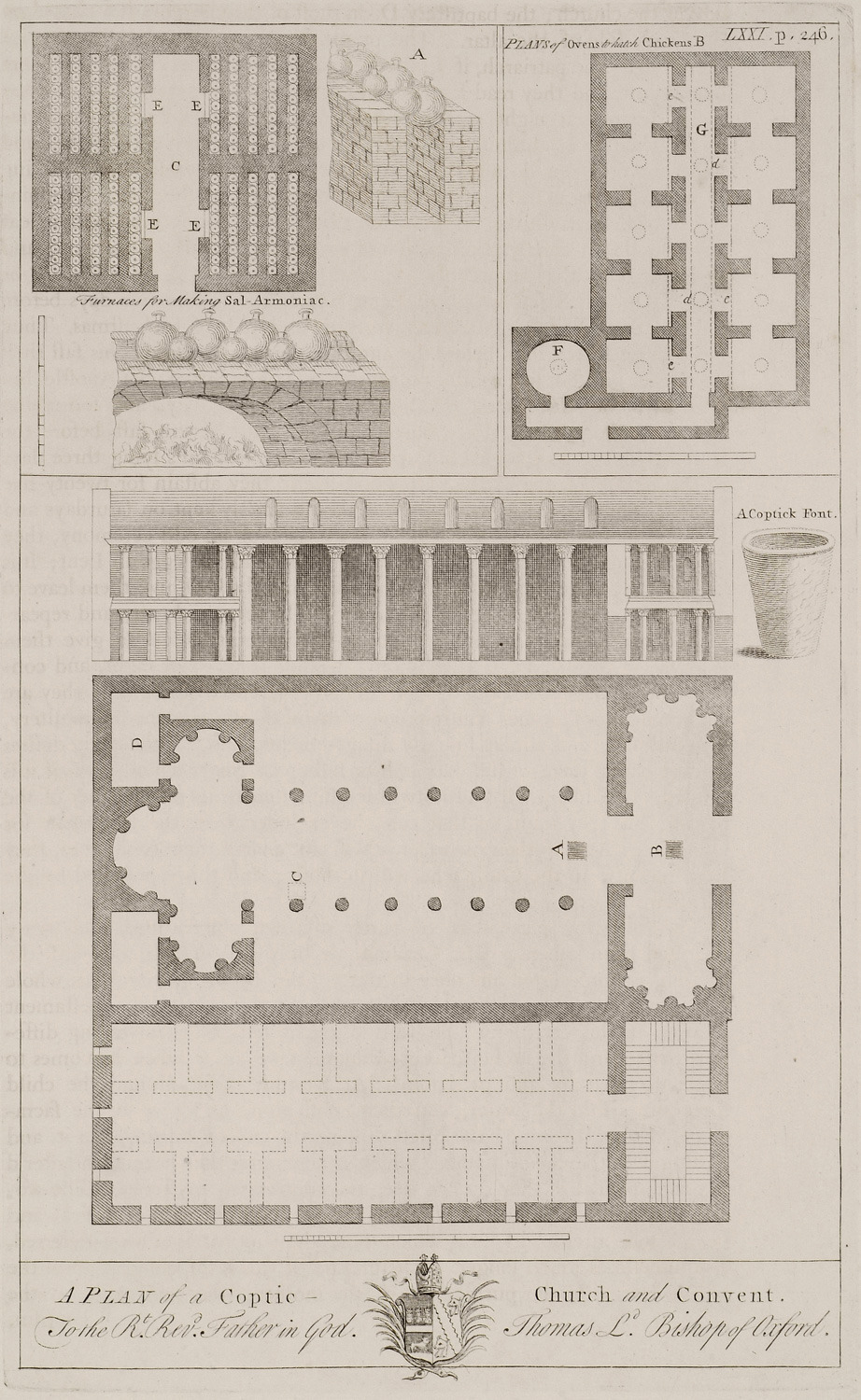
-
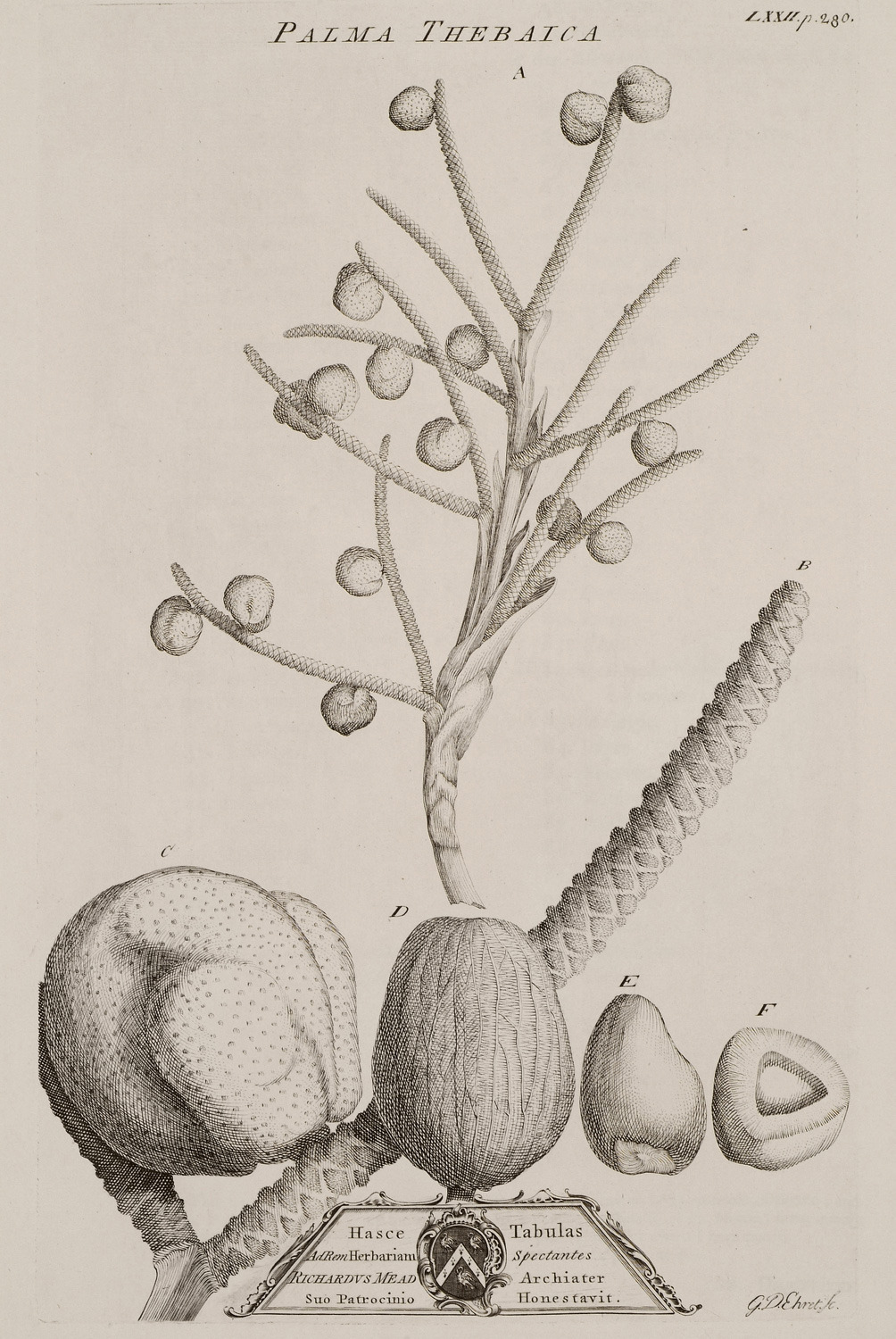
-
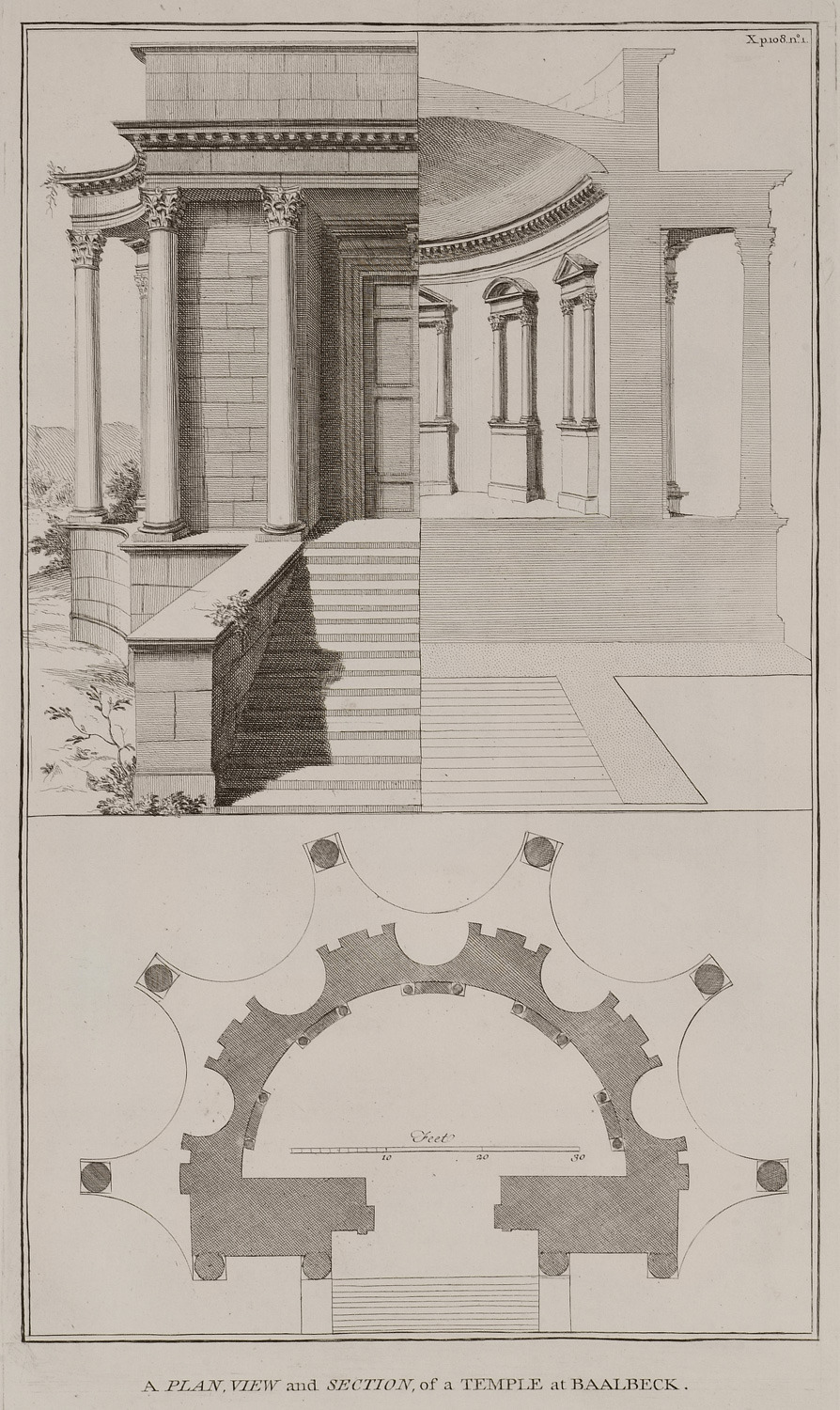
View, section and plan of the Temple of Aphrodite at Baalbeck (anc. Heliopolis).
-
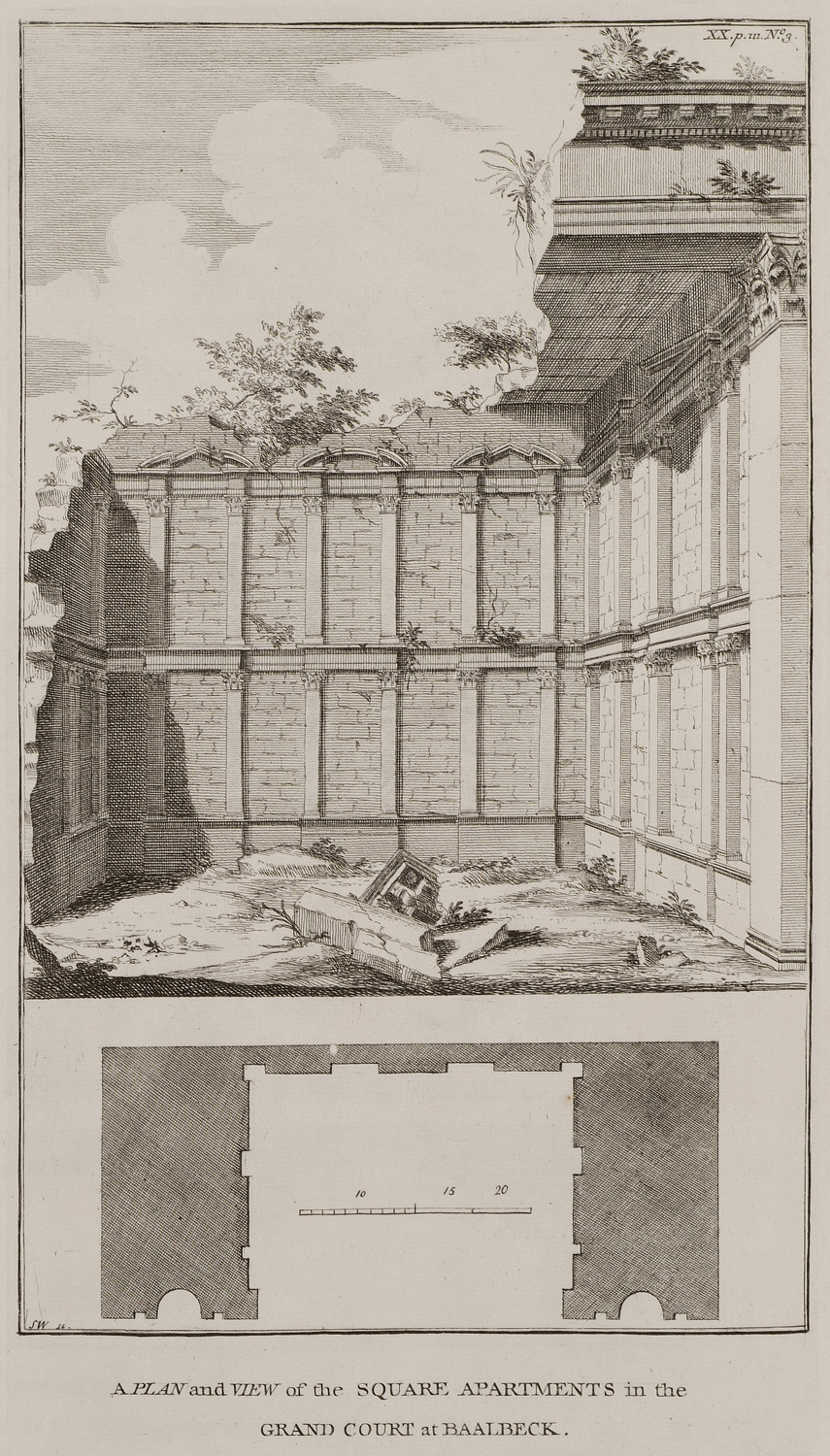
-
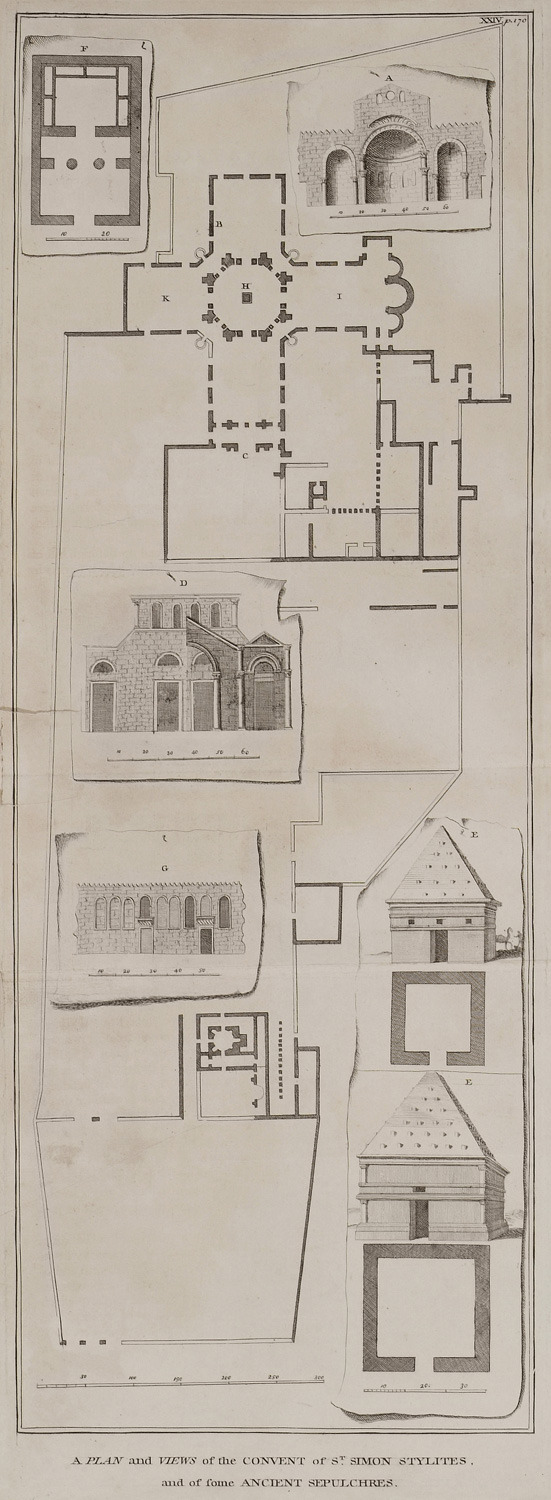
Plan and views of the Church of Saint Simeon Stylites. Ancient funerary monuments from Syria.
-
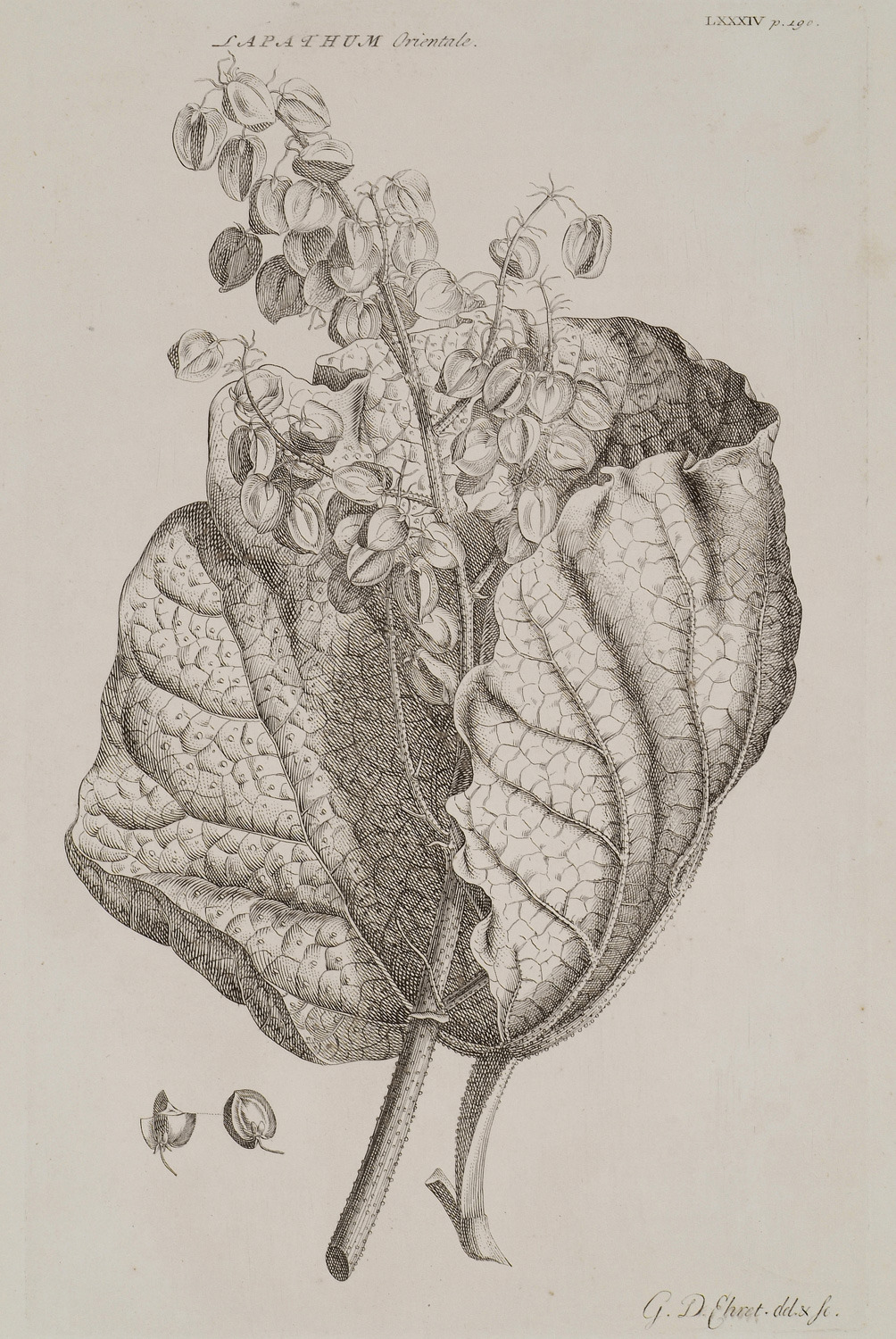
-
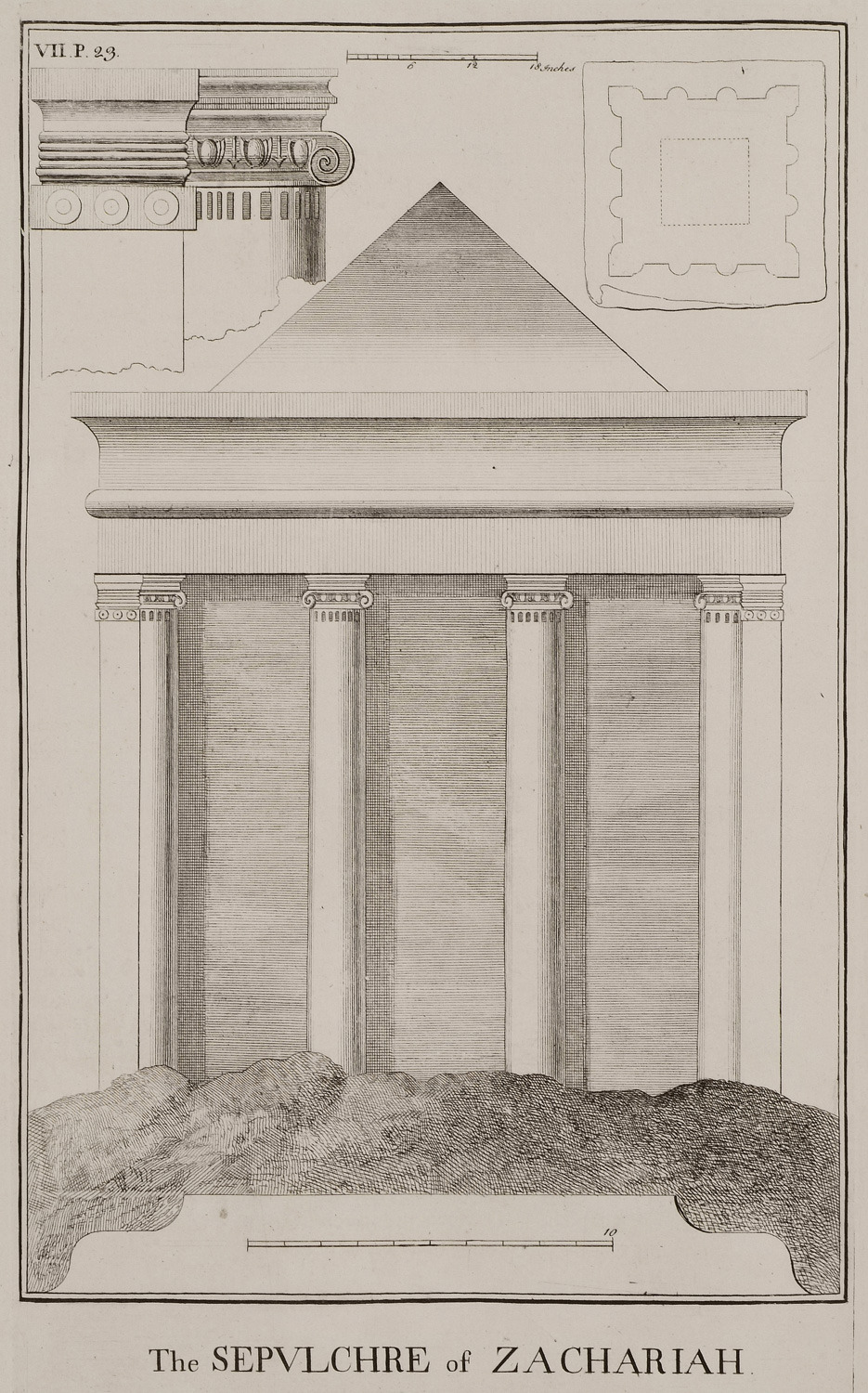
View and plan of the Tomb of Zechariah in Kidron Valley (Jerusalem).
-
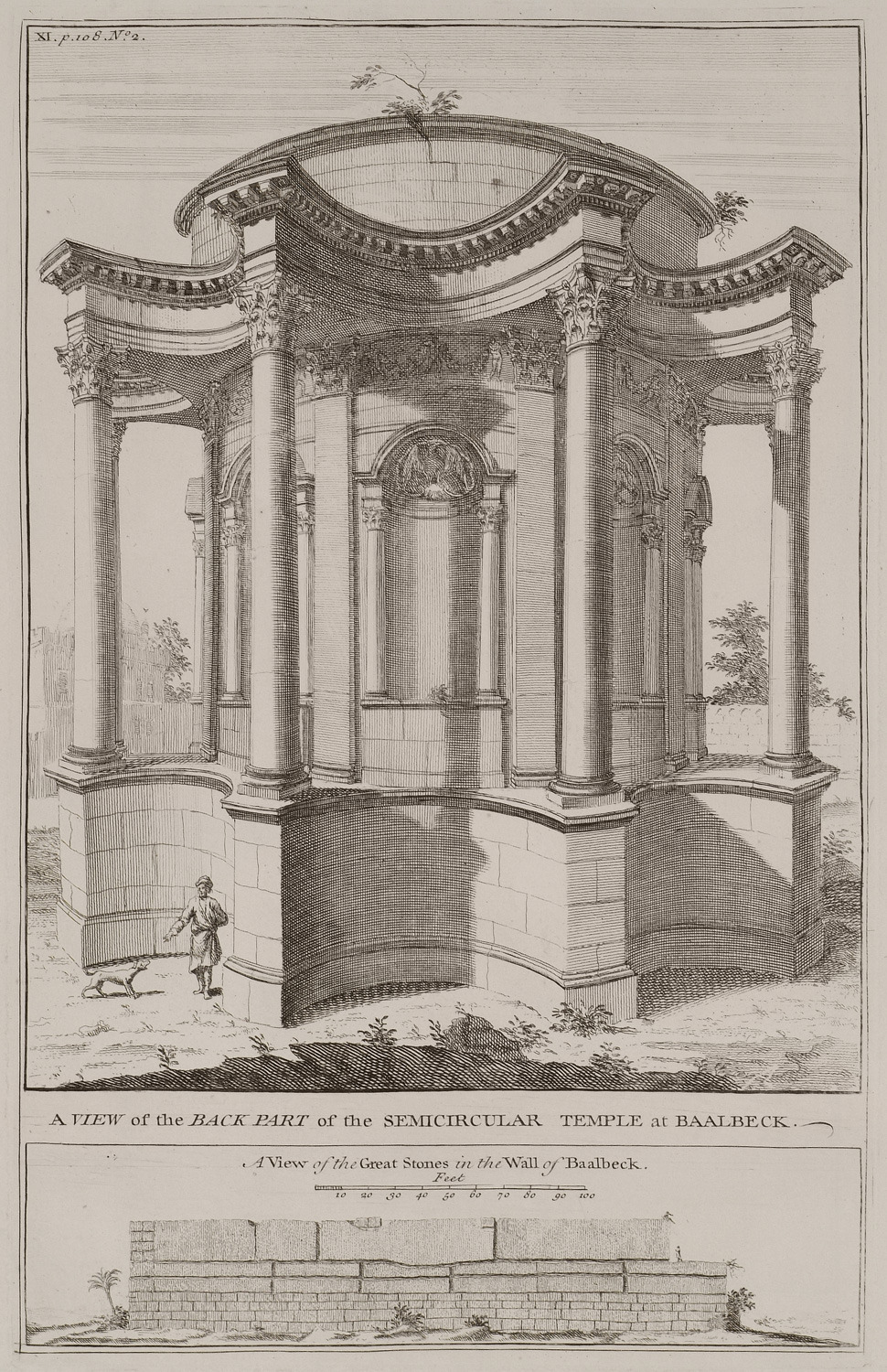
Rear view of the Temple of Aphrodite in Baalbeck (anc. Heliopolis). Megaliths from Baalbeck.
-
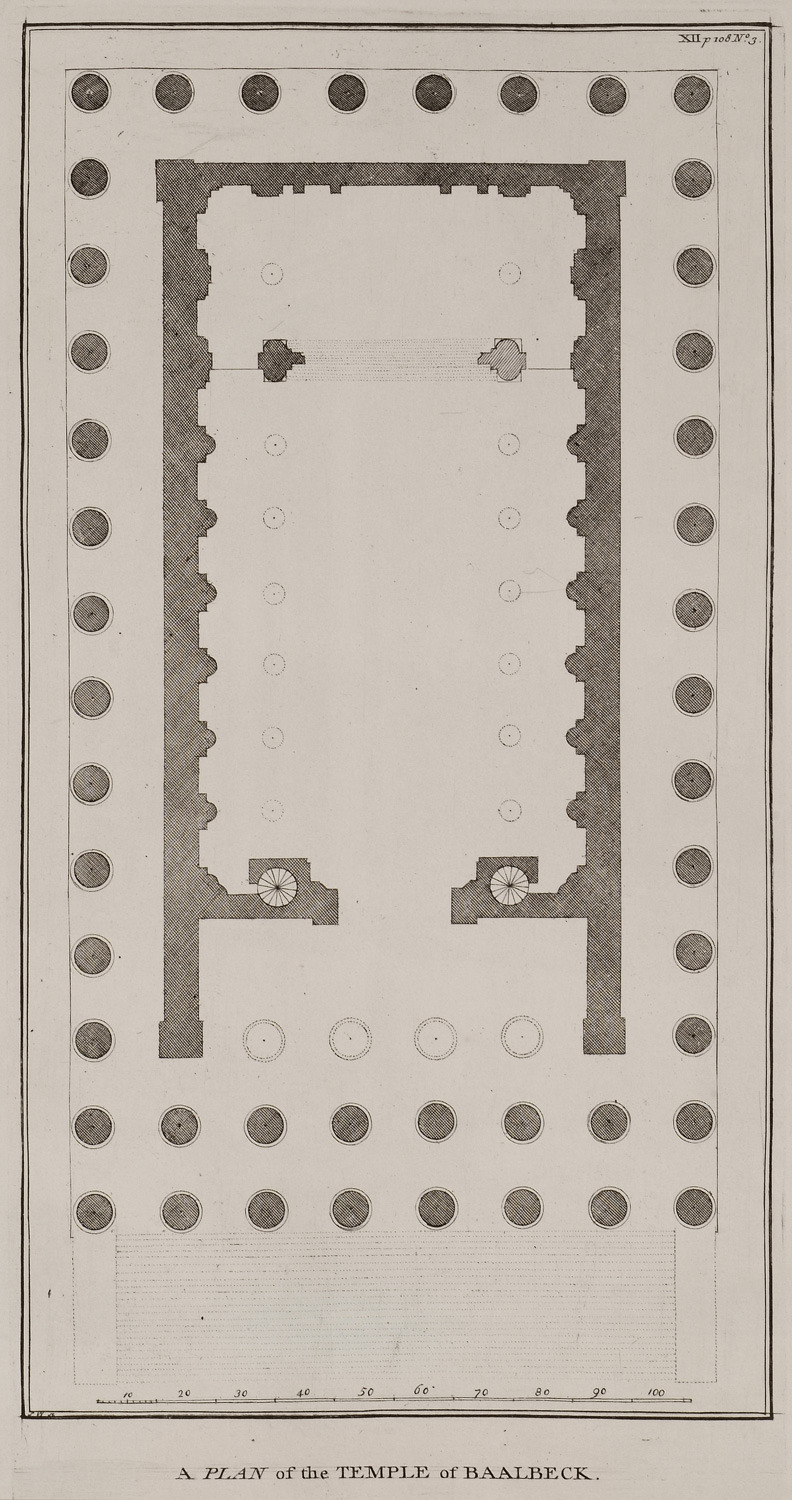
-
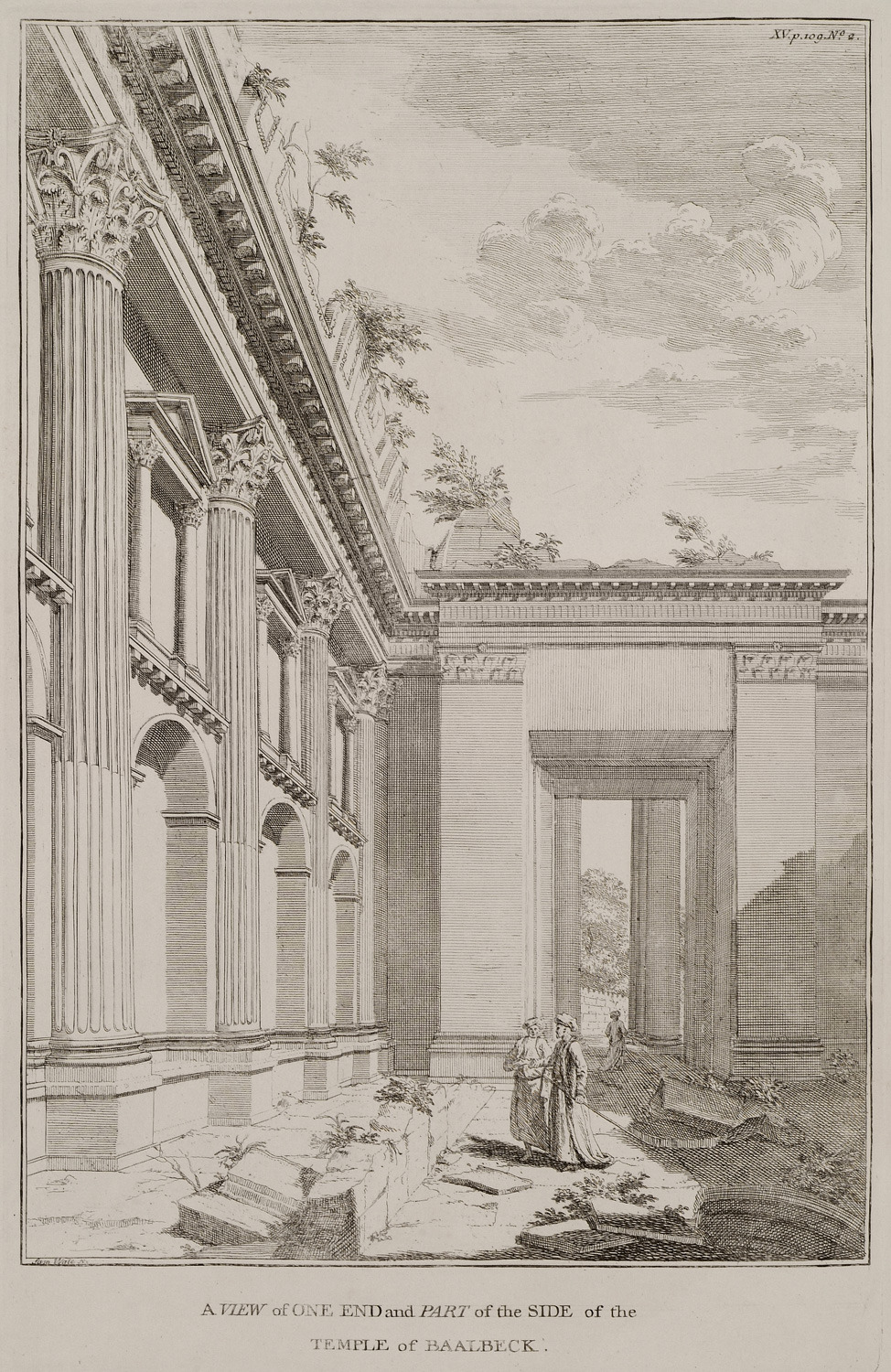
View of the Temple of Bacchus in Baalbeck (anc. Heliopolis).
-
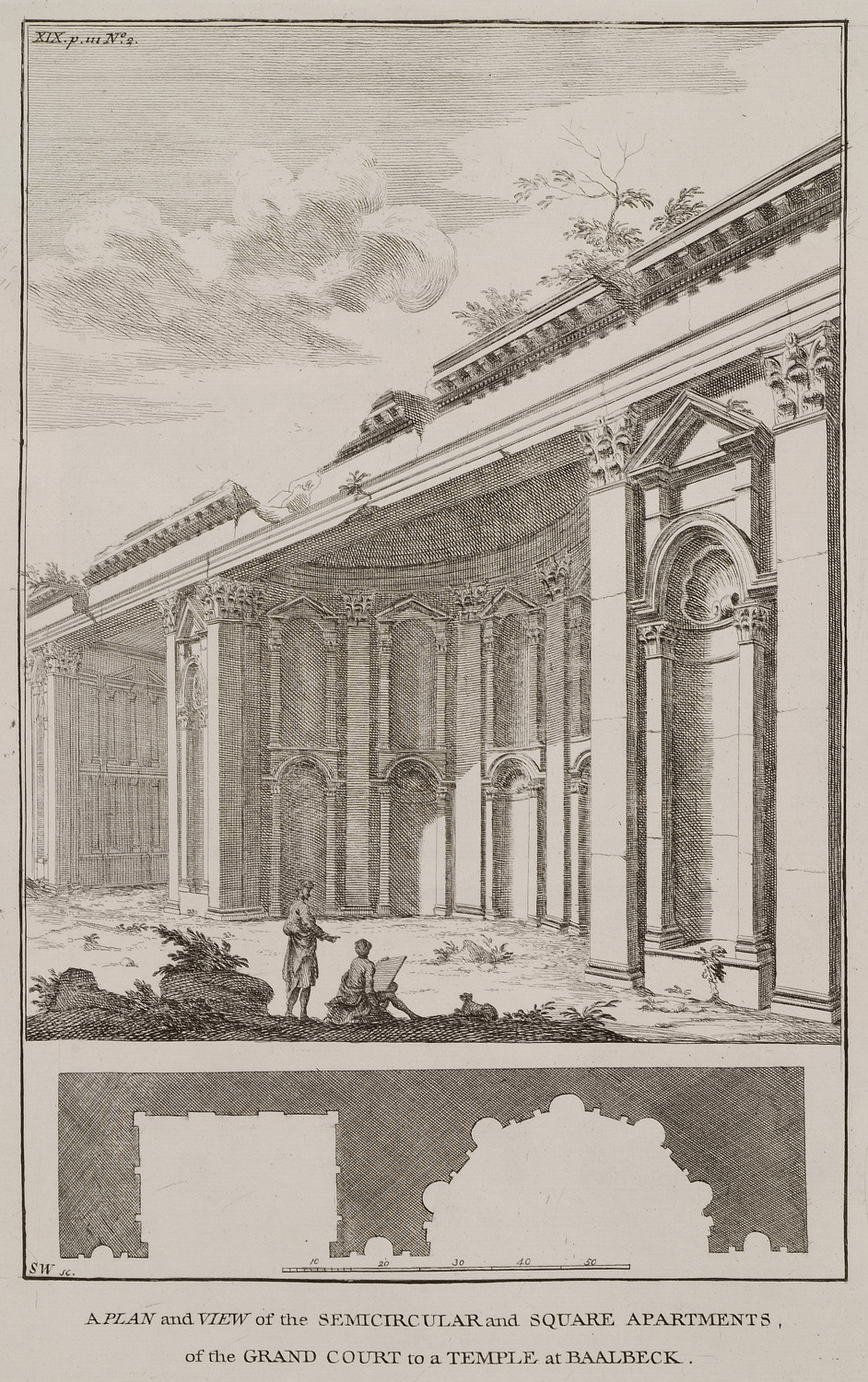
-
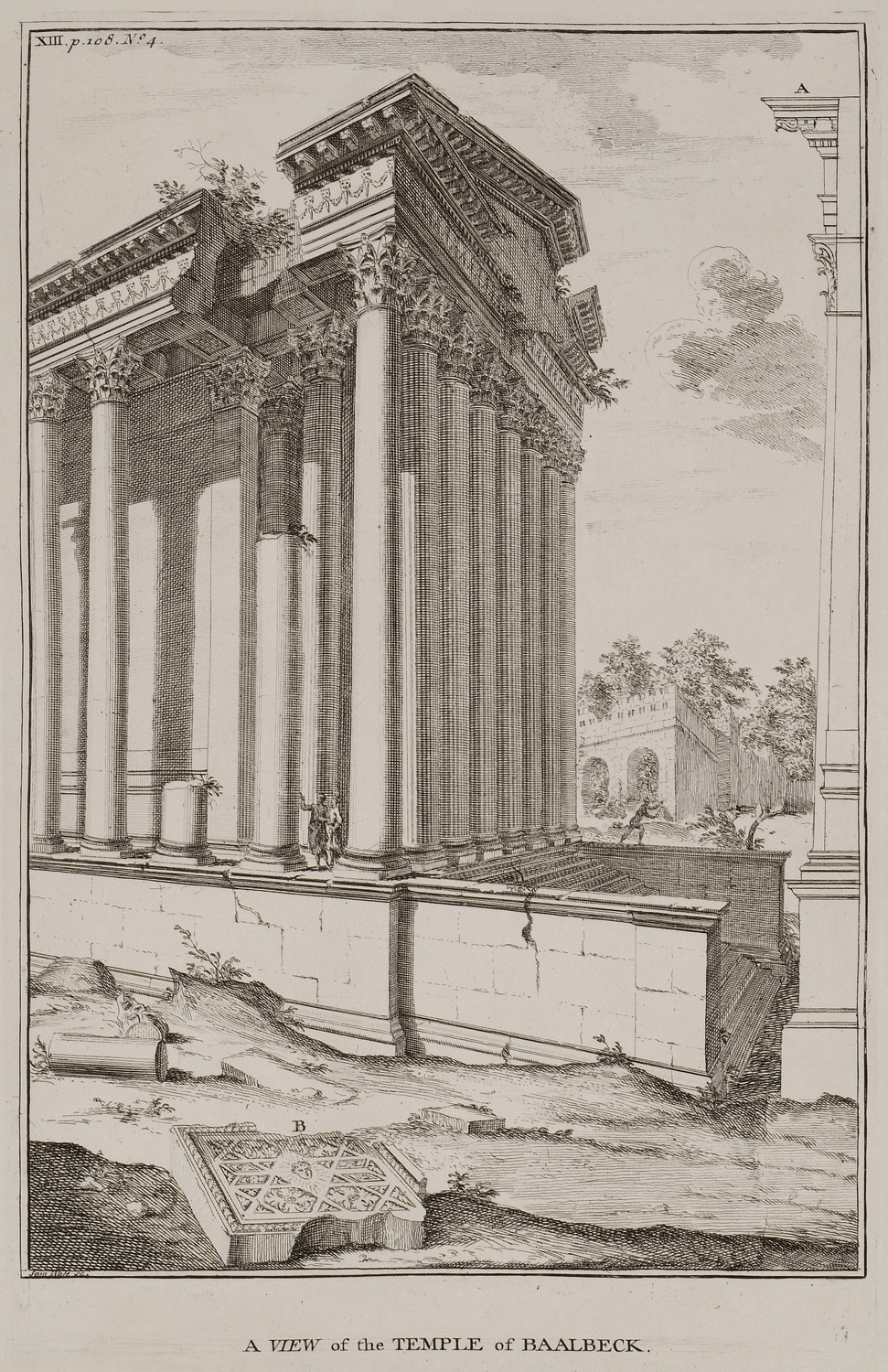
View of the Temple of Bacchus in Baalbeck (anc. Heliopolis).
-
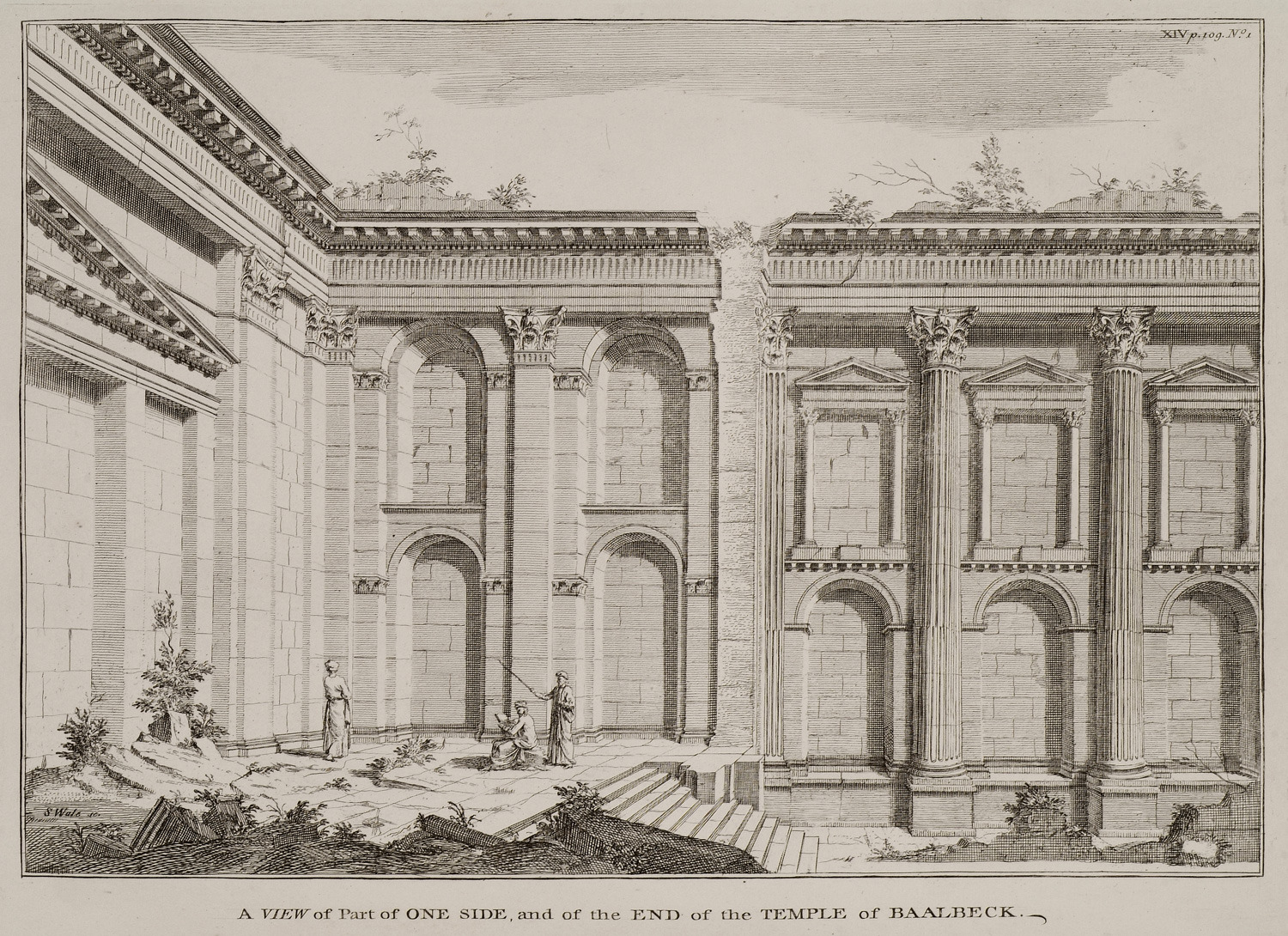
View of the Temple of Bacchus in Baalbeck (anc. Heliopolis).
-
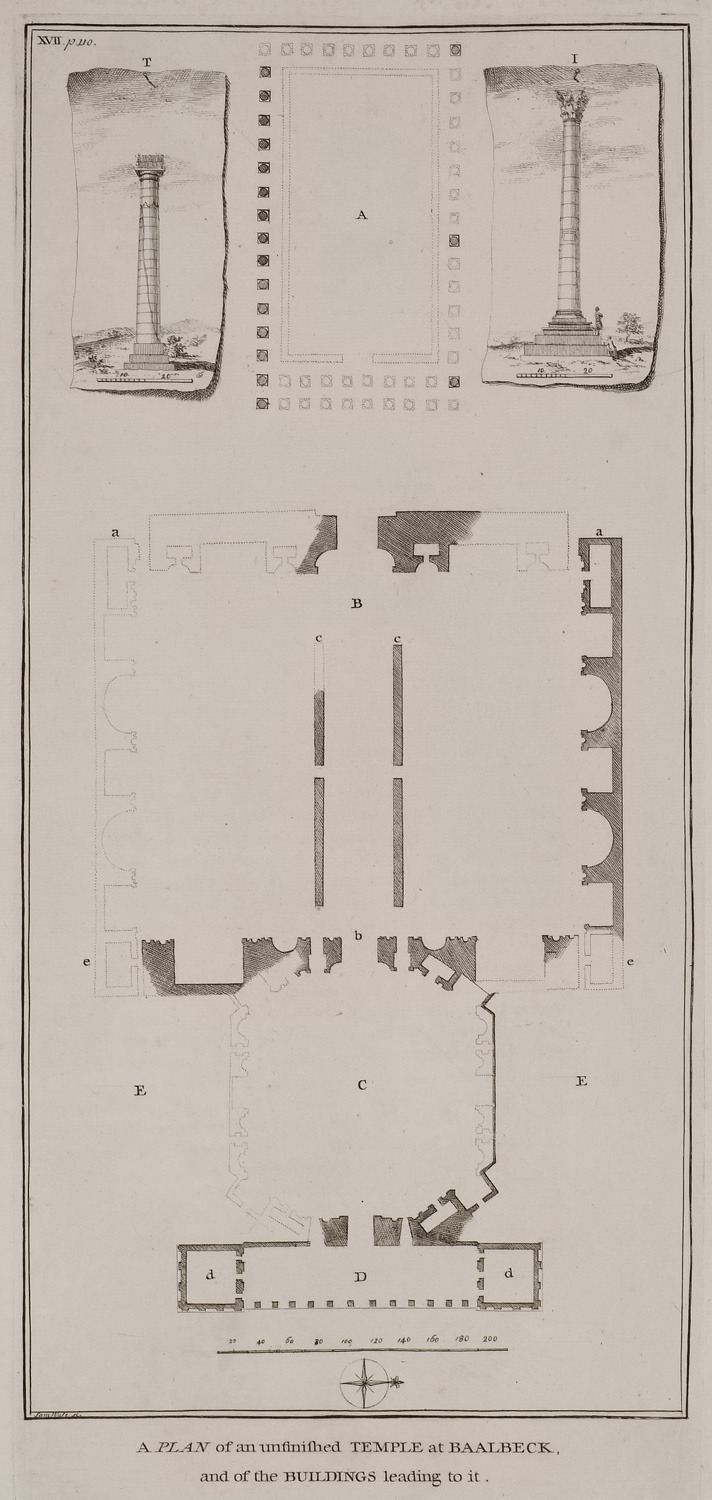
-
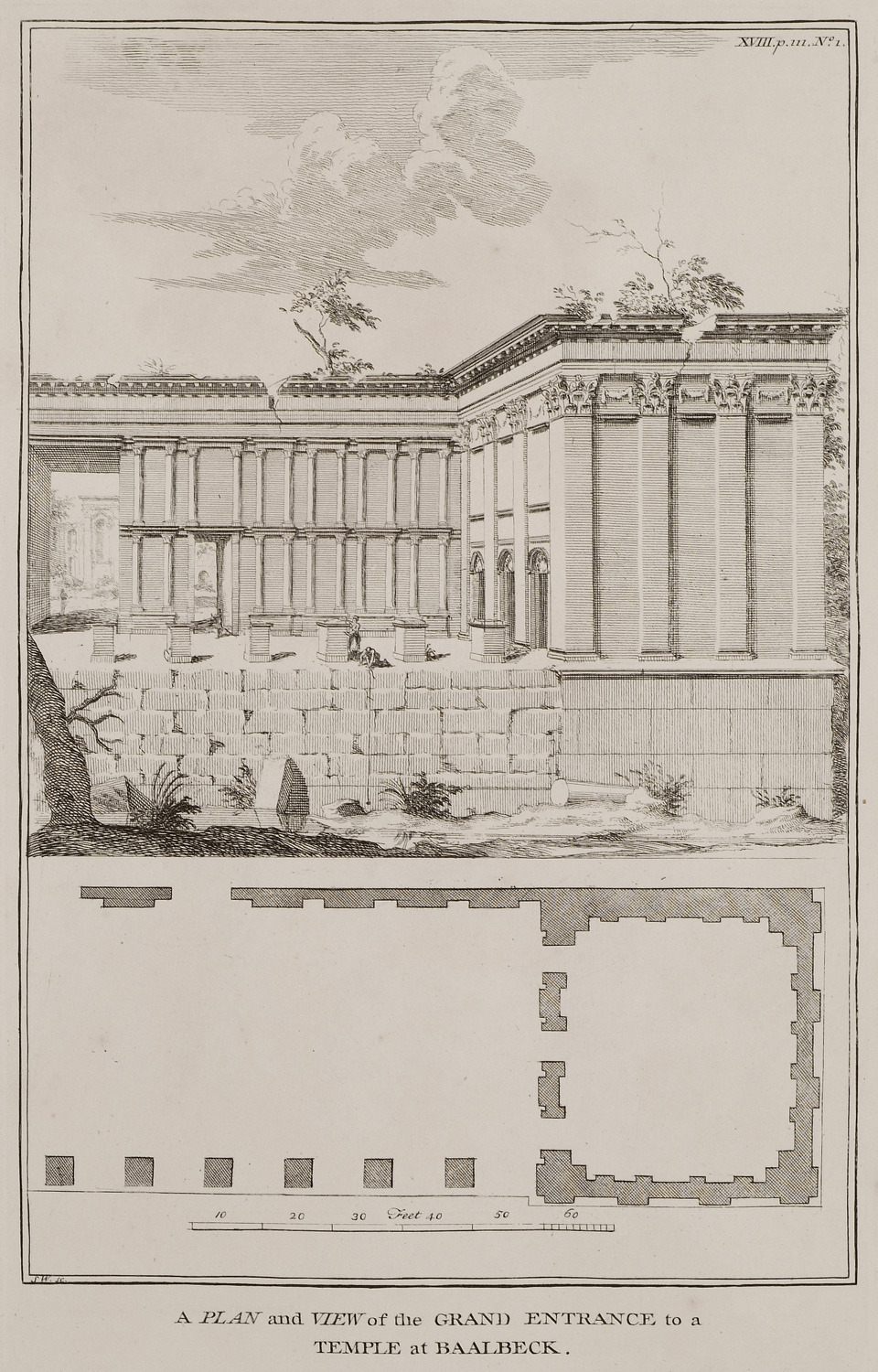
View and plan of entrance to a temple at Baalbeck (anc. Heliopolis).
-
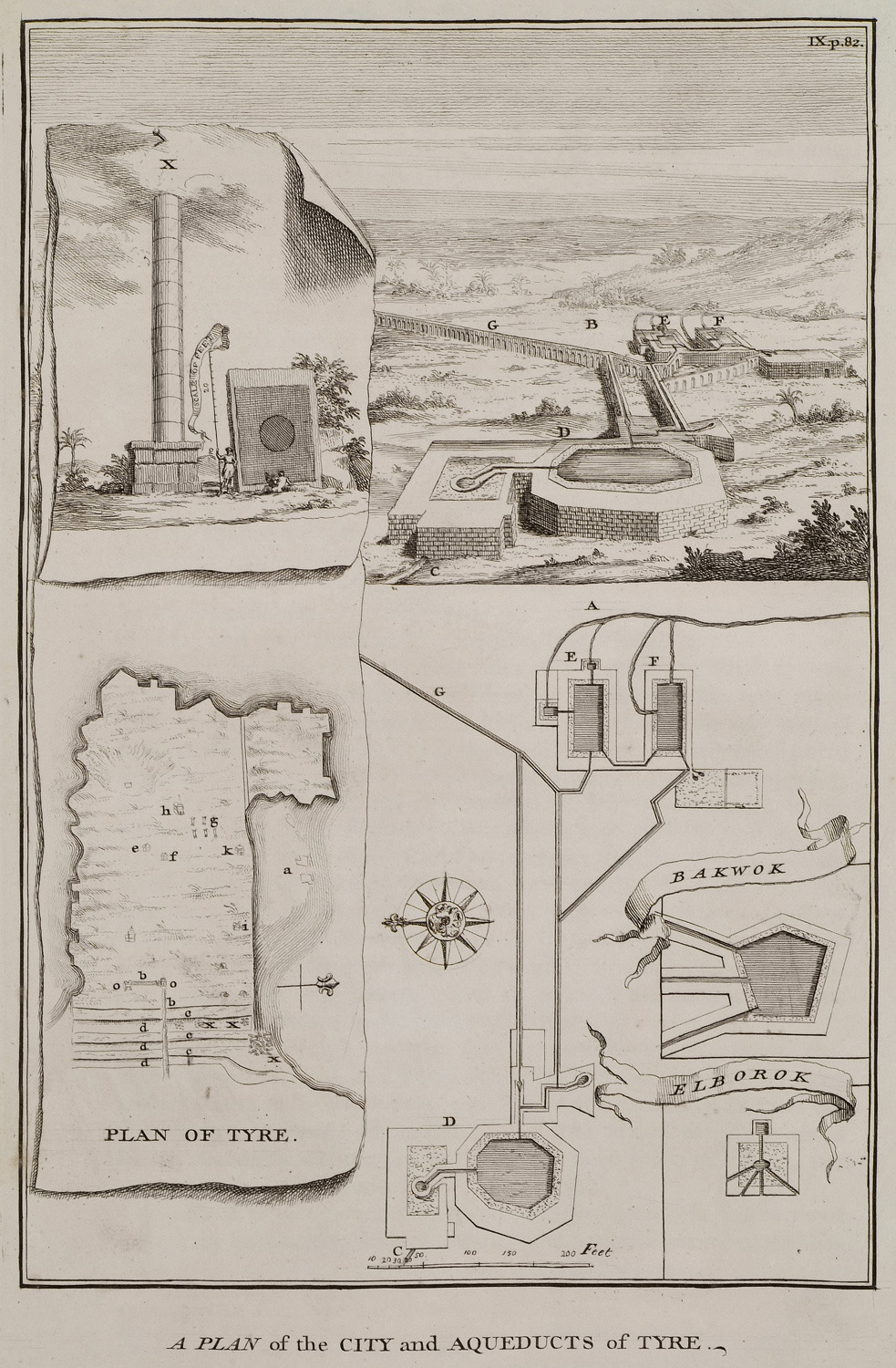
-
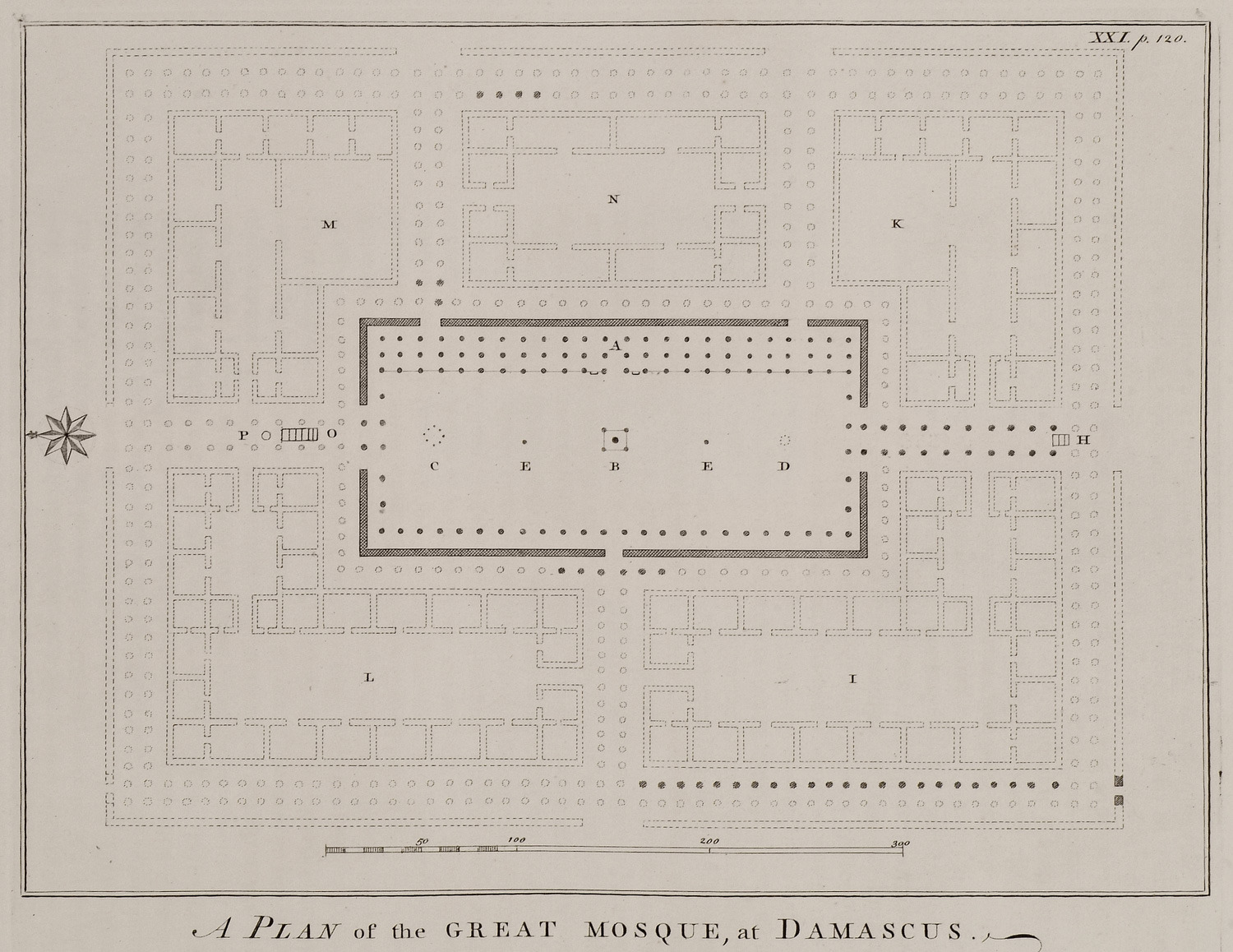
-
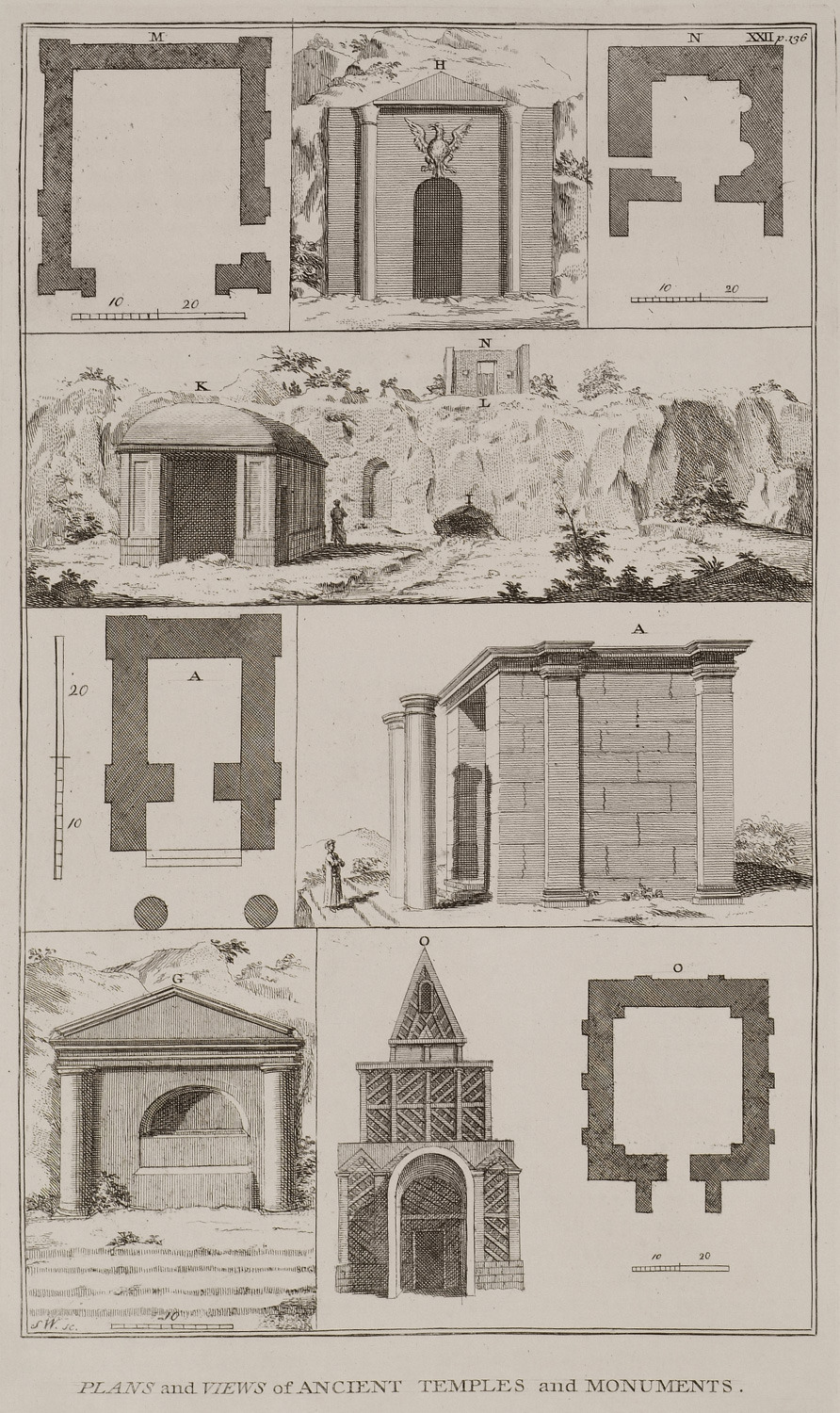
-
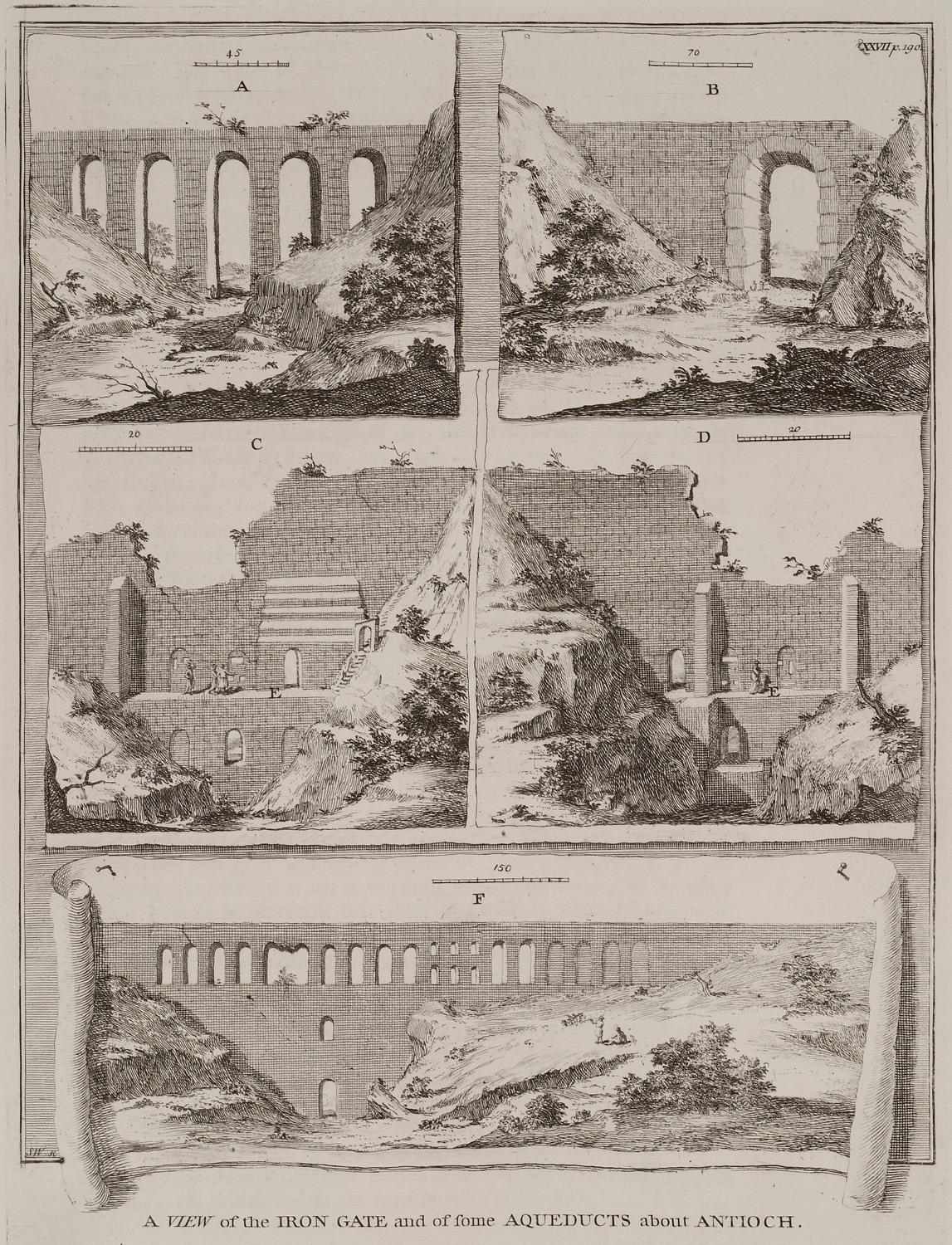
-
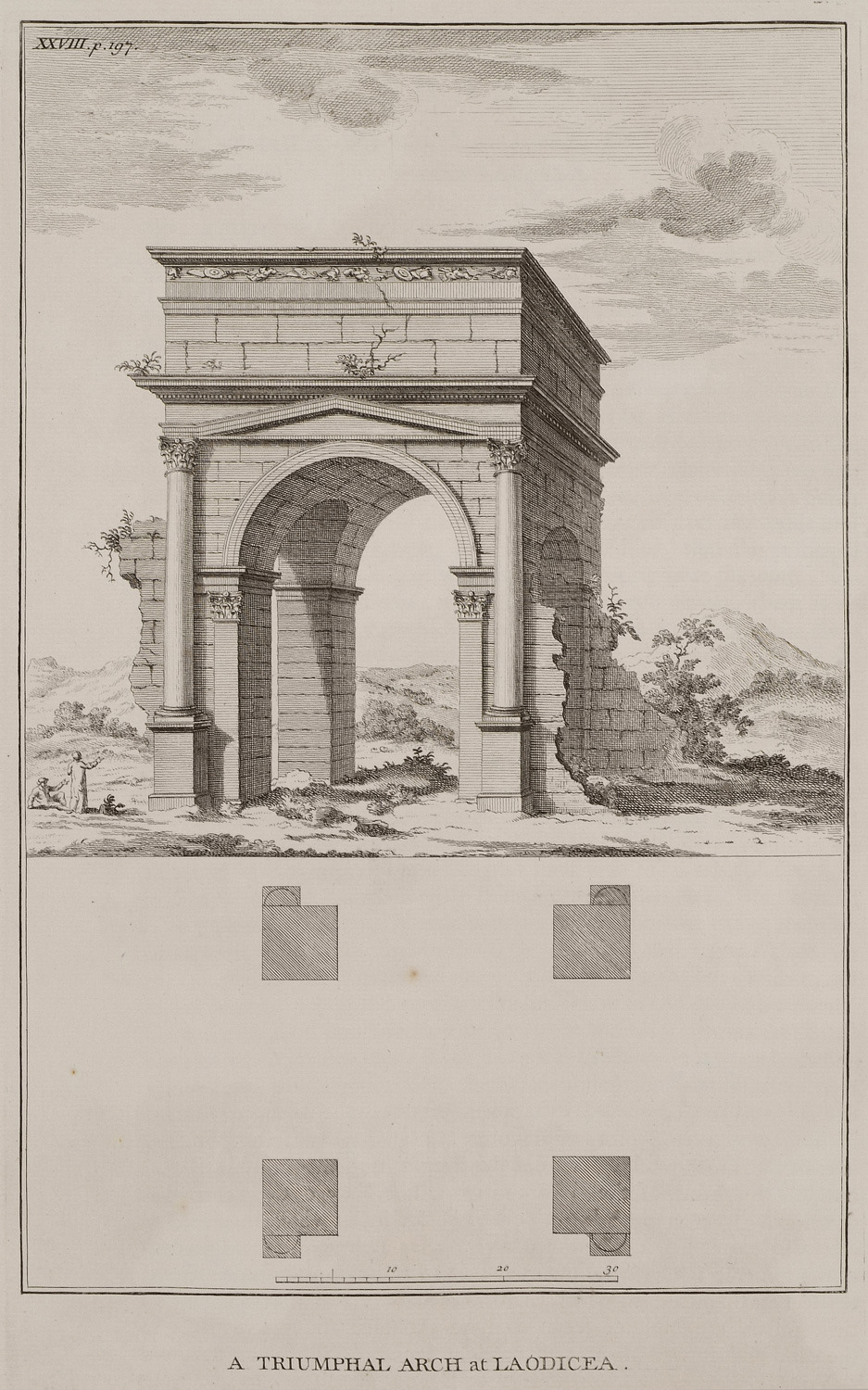
View and plan of the Arch of Septimus Severus in Latakia (anc. Laodicea) in Syria.
-
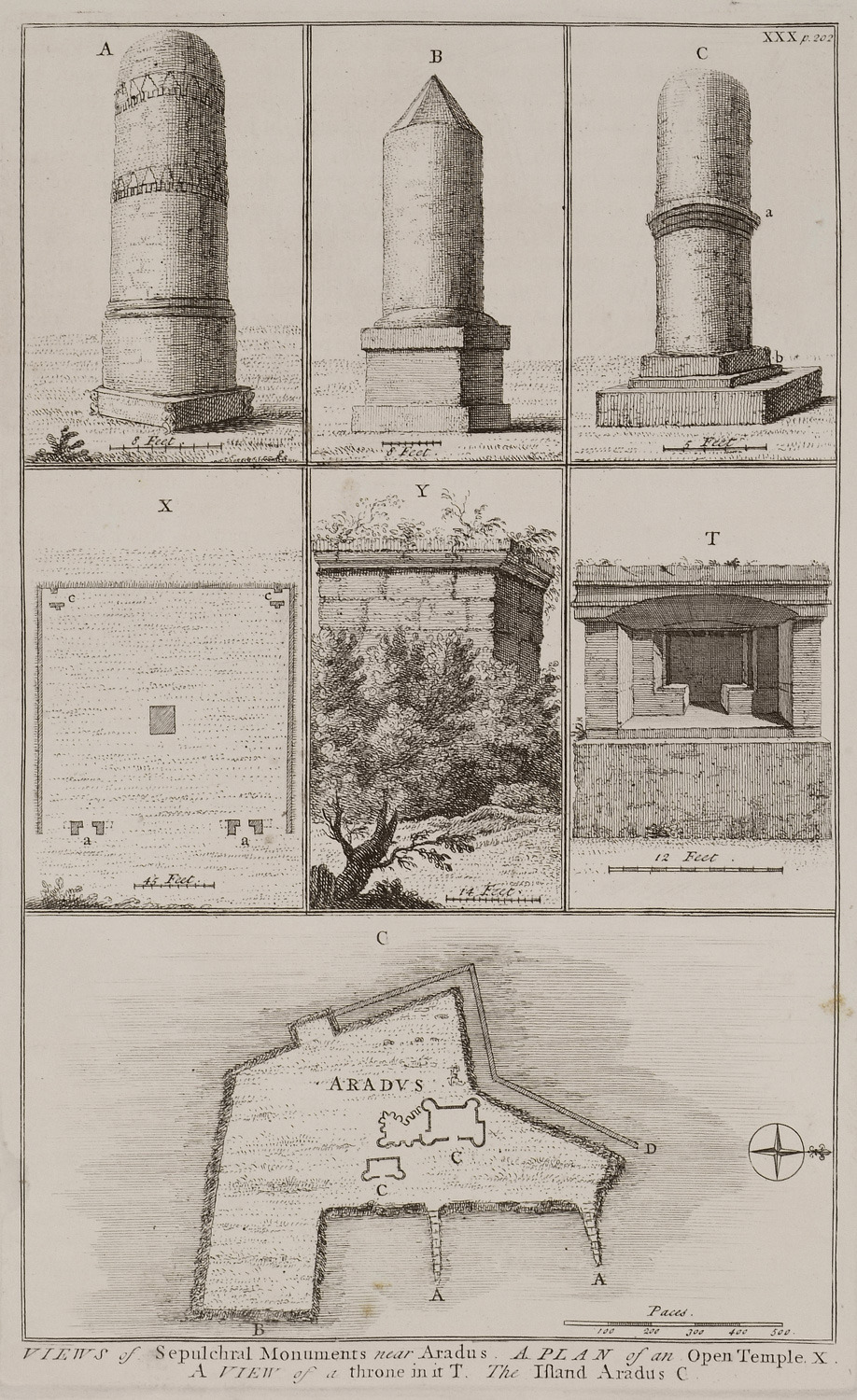
-
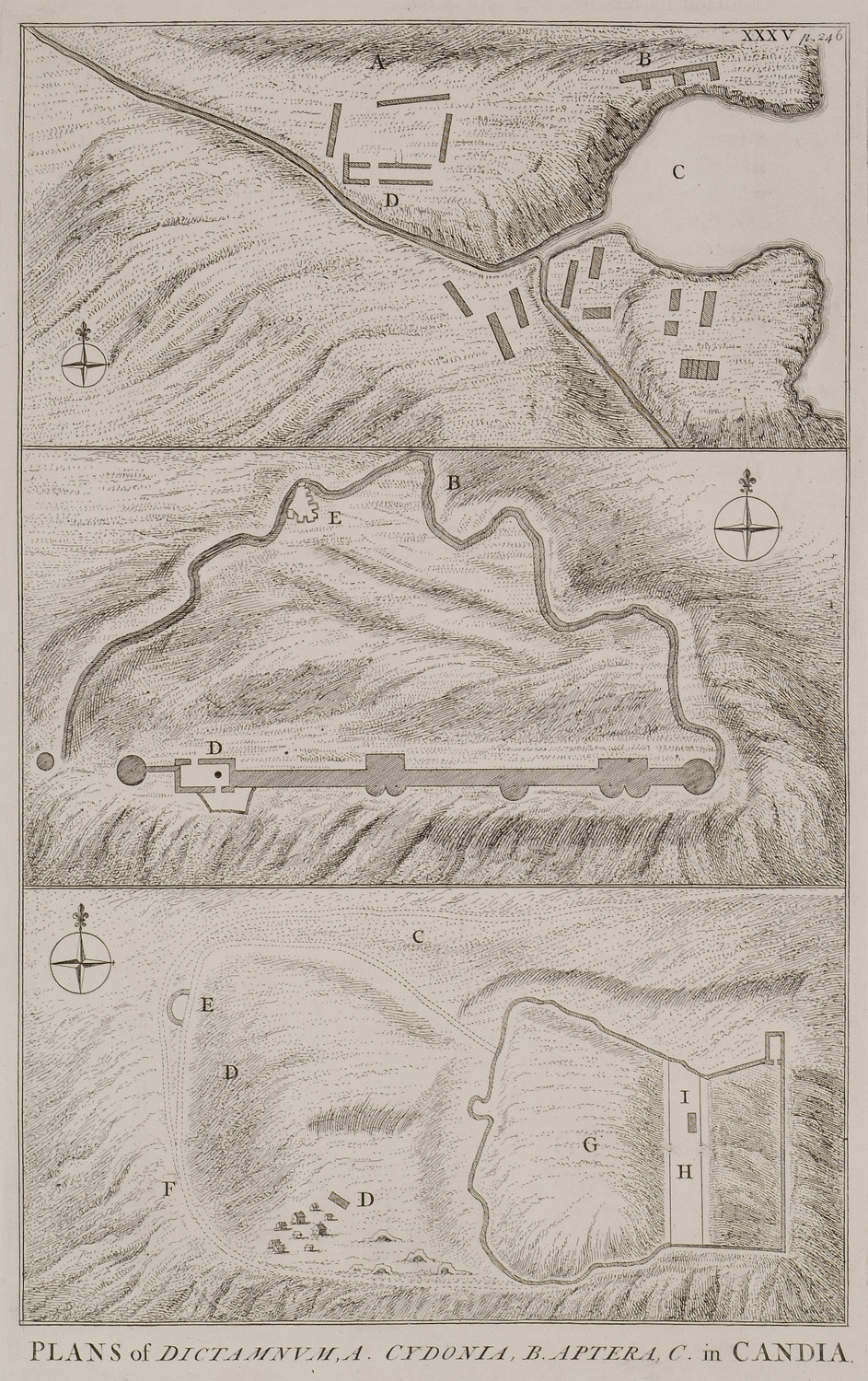
Maps of the archeological sites of Dictamnum, Aptera, Cydonia, in Chania, Crete.
-
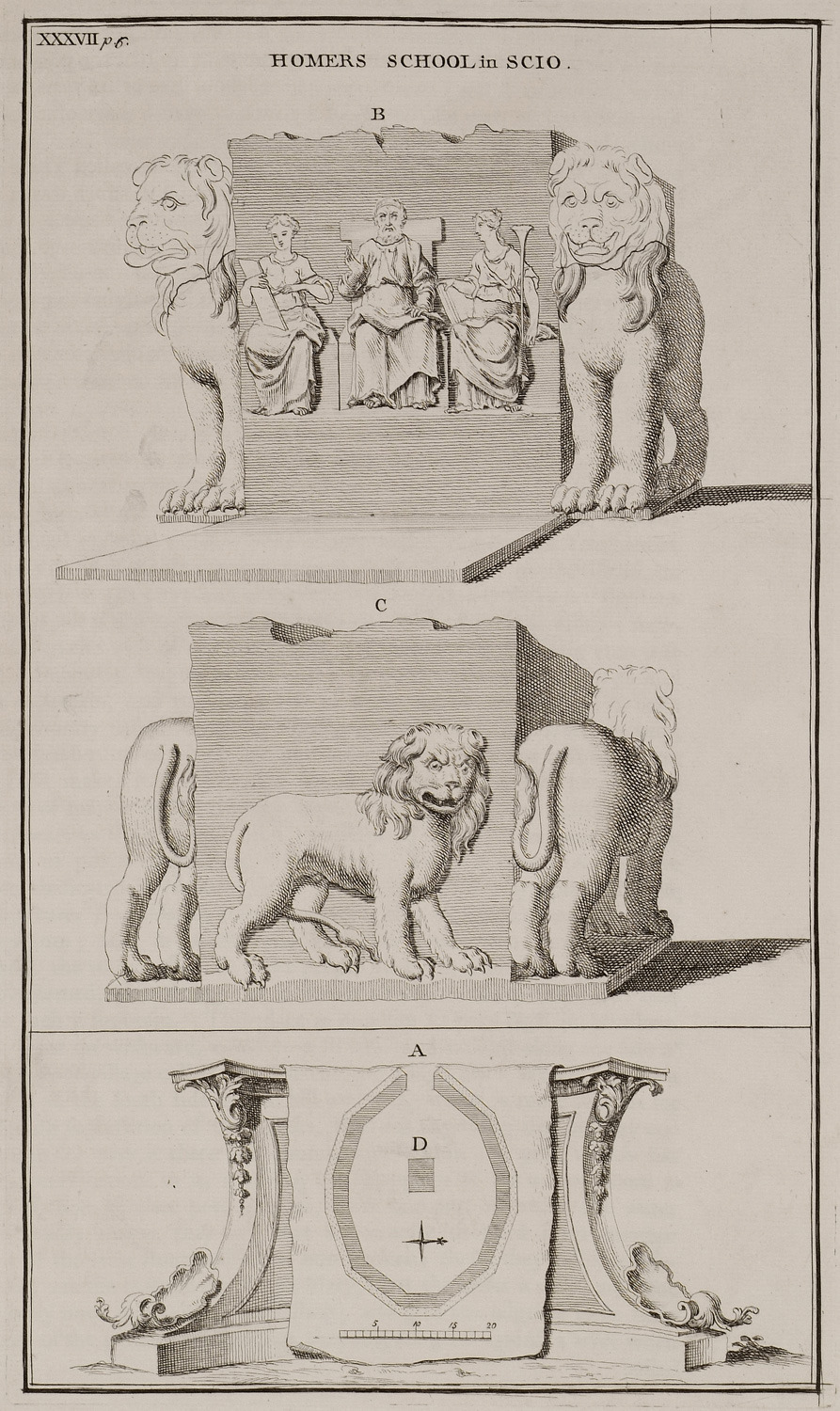
-
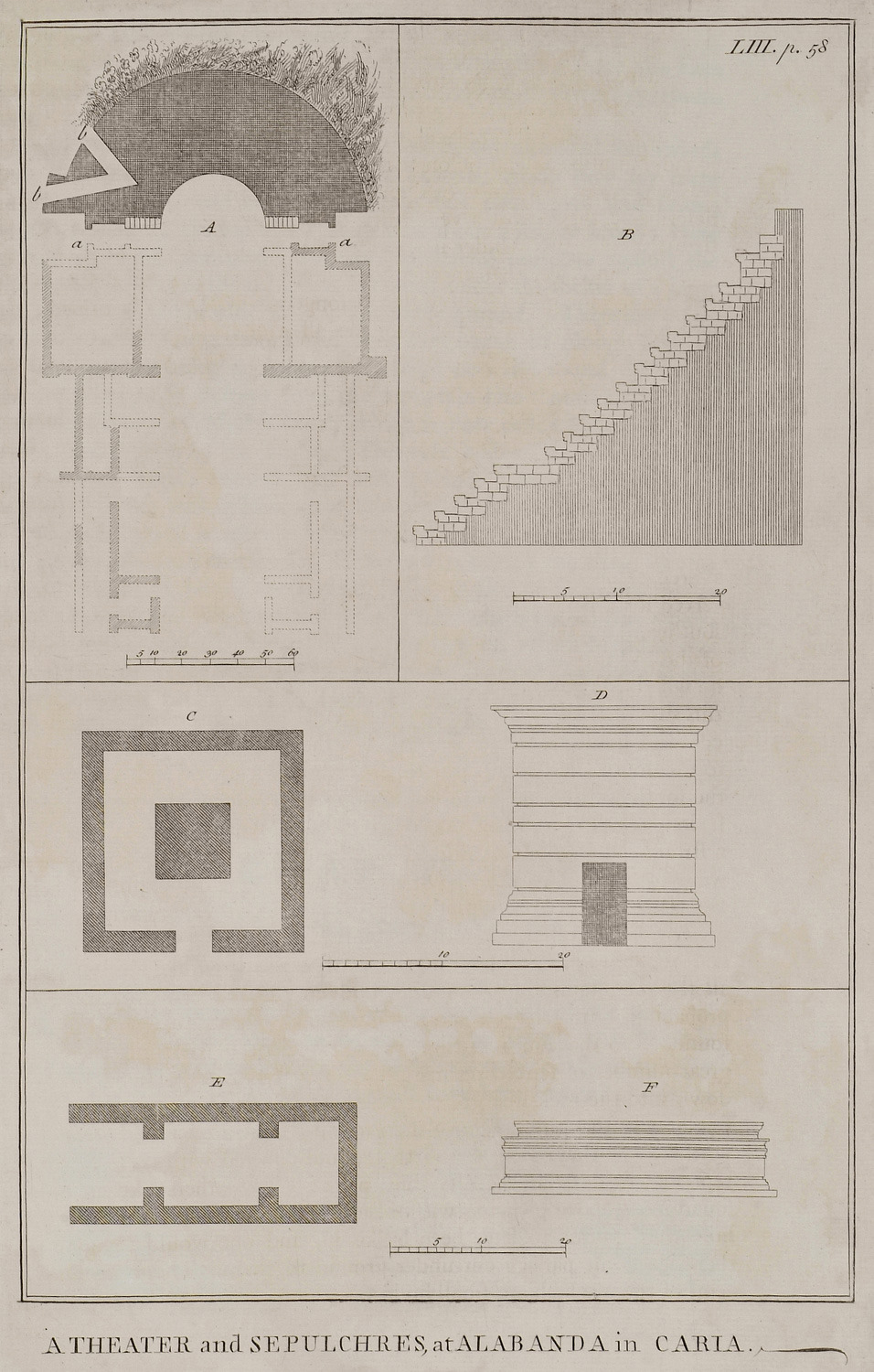
-
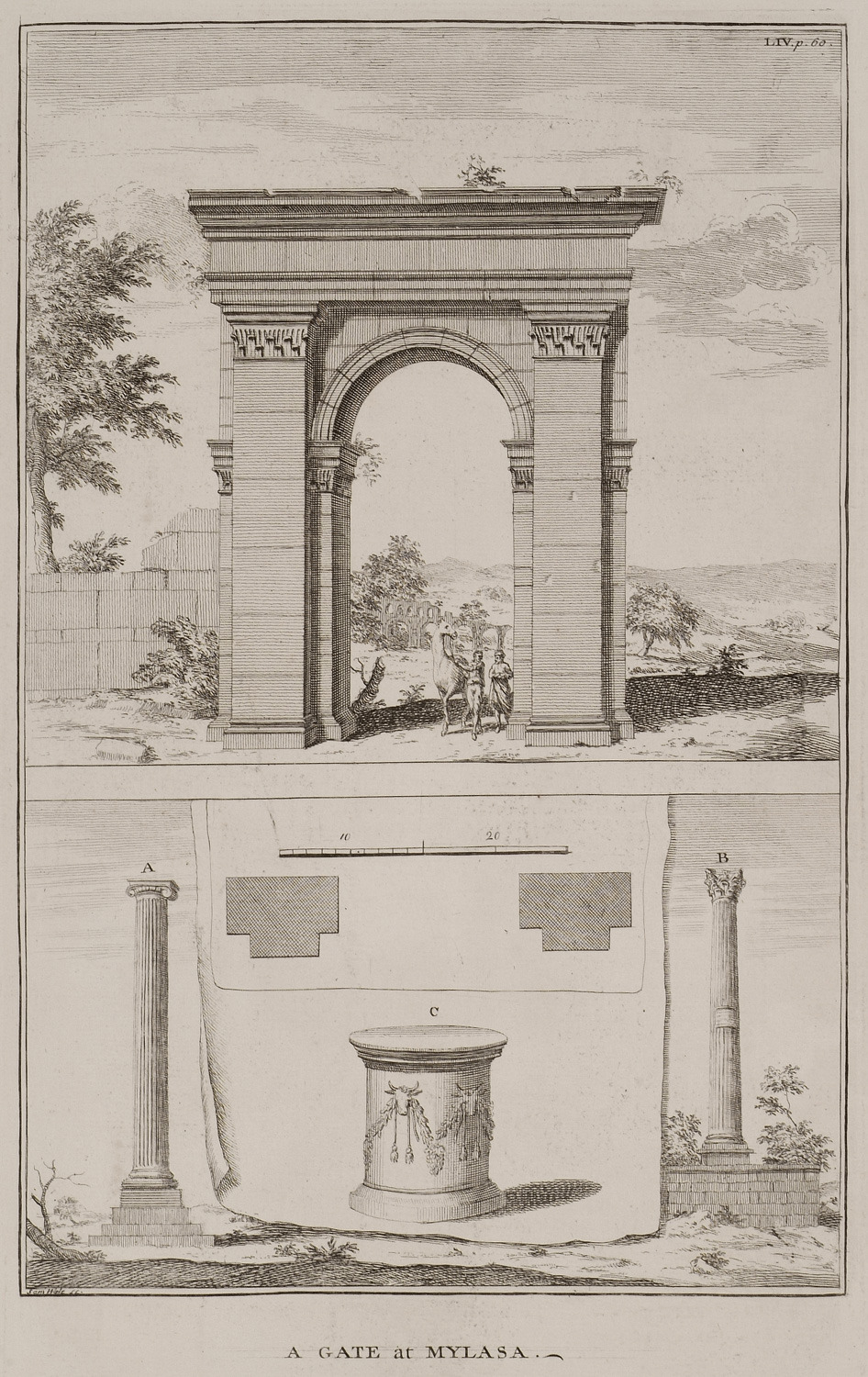
Arch in Milas, known today as Baltalı Kapıyı. Capitals from Milas (Α, Β). Base of column (C).
-
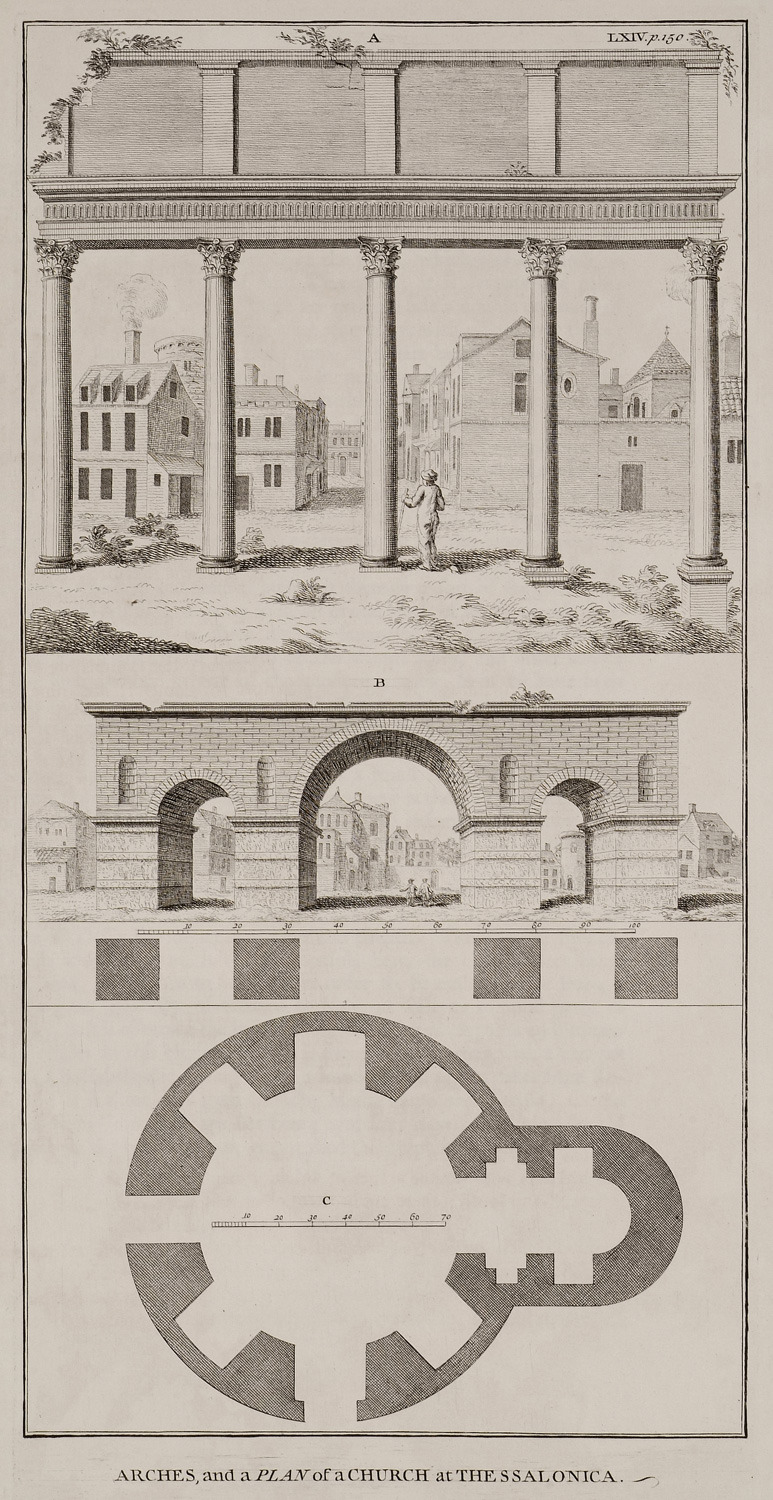
-
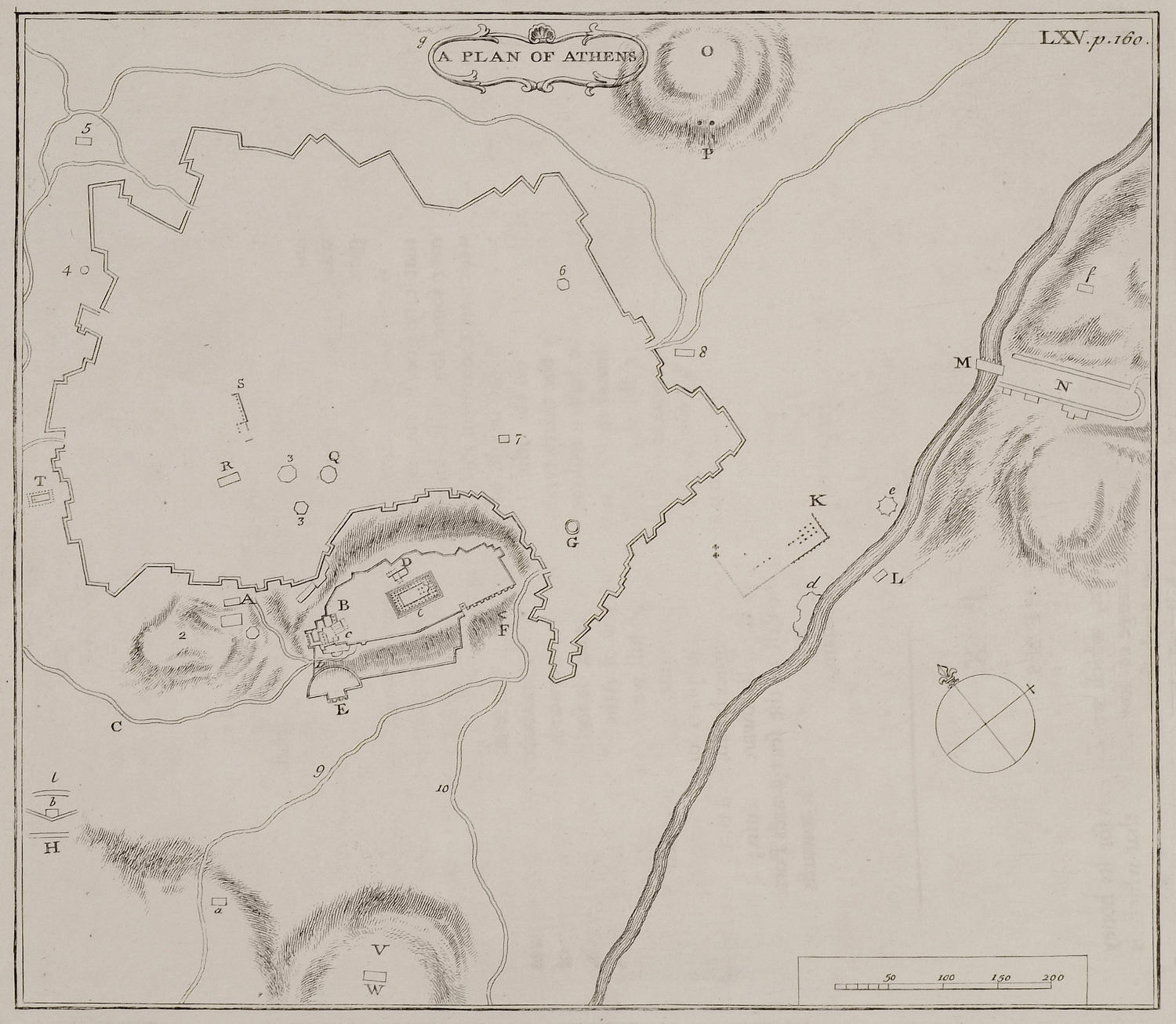
Map of Athens, on which some of the most important monuments of the city are noted.
-
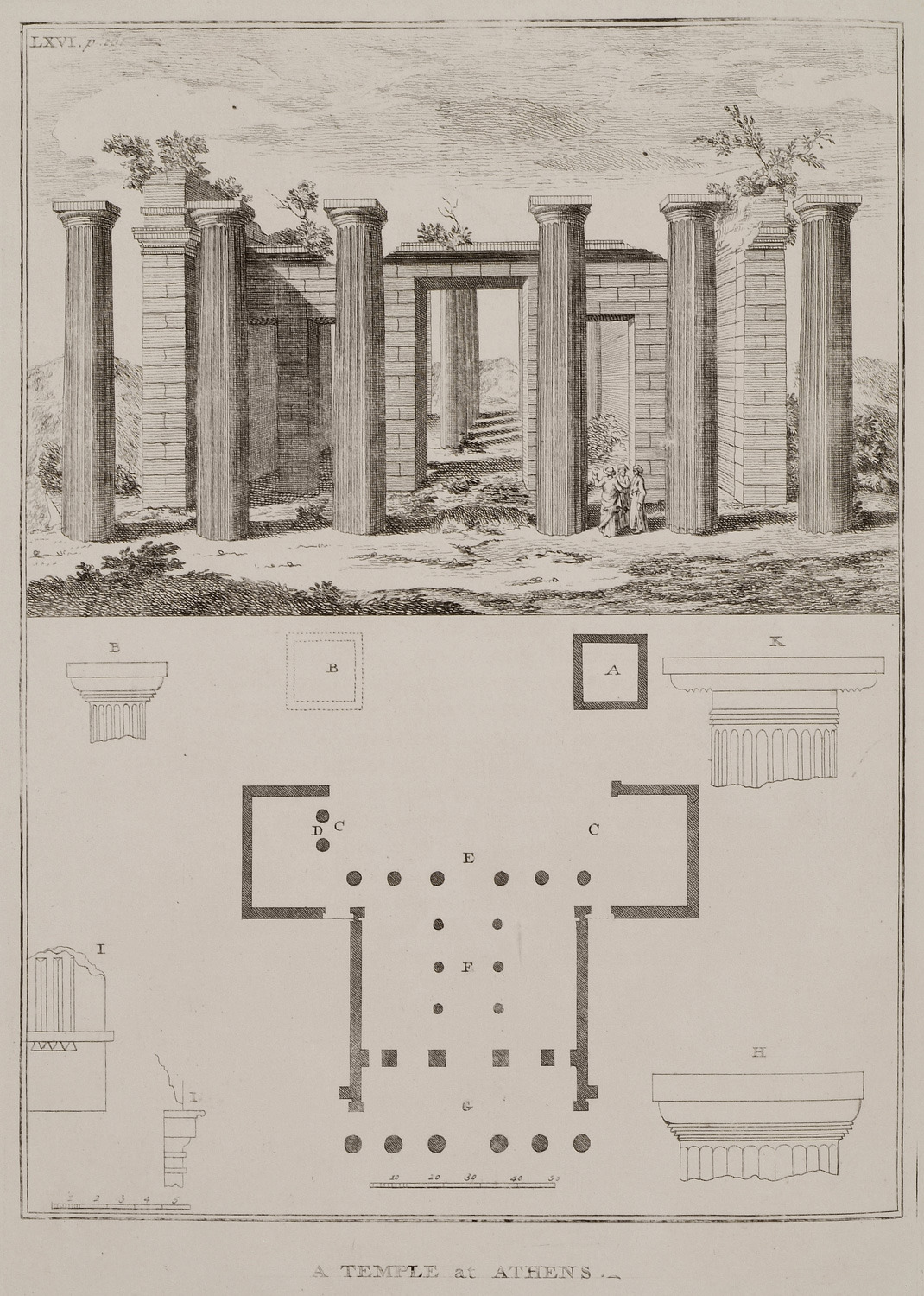
-
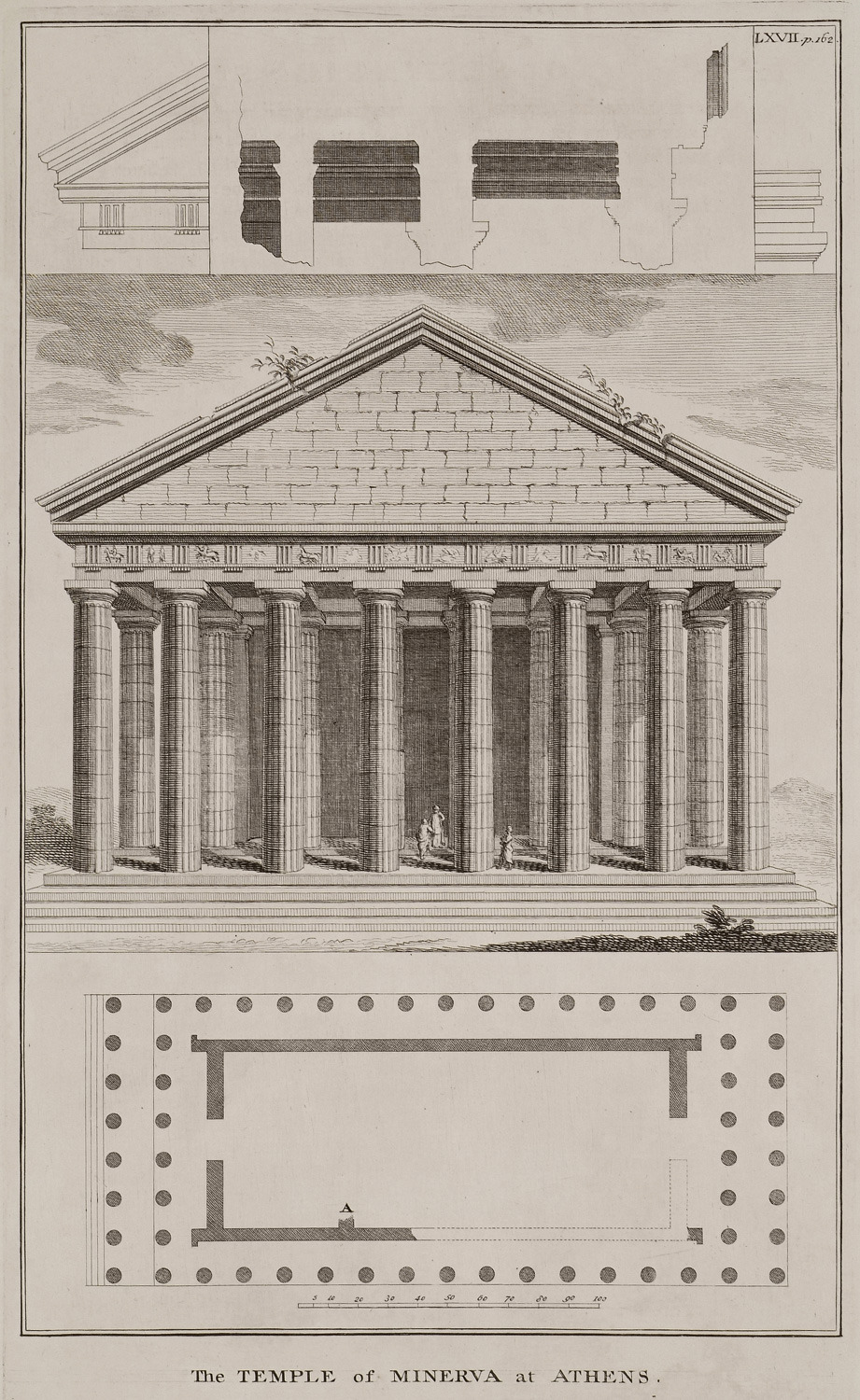
View and plan of the Parthenon, with drawings of several architectural features of the temple.
-
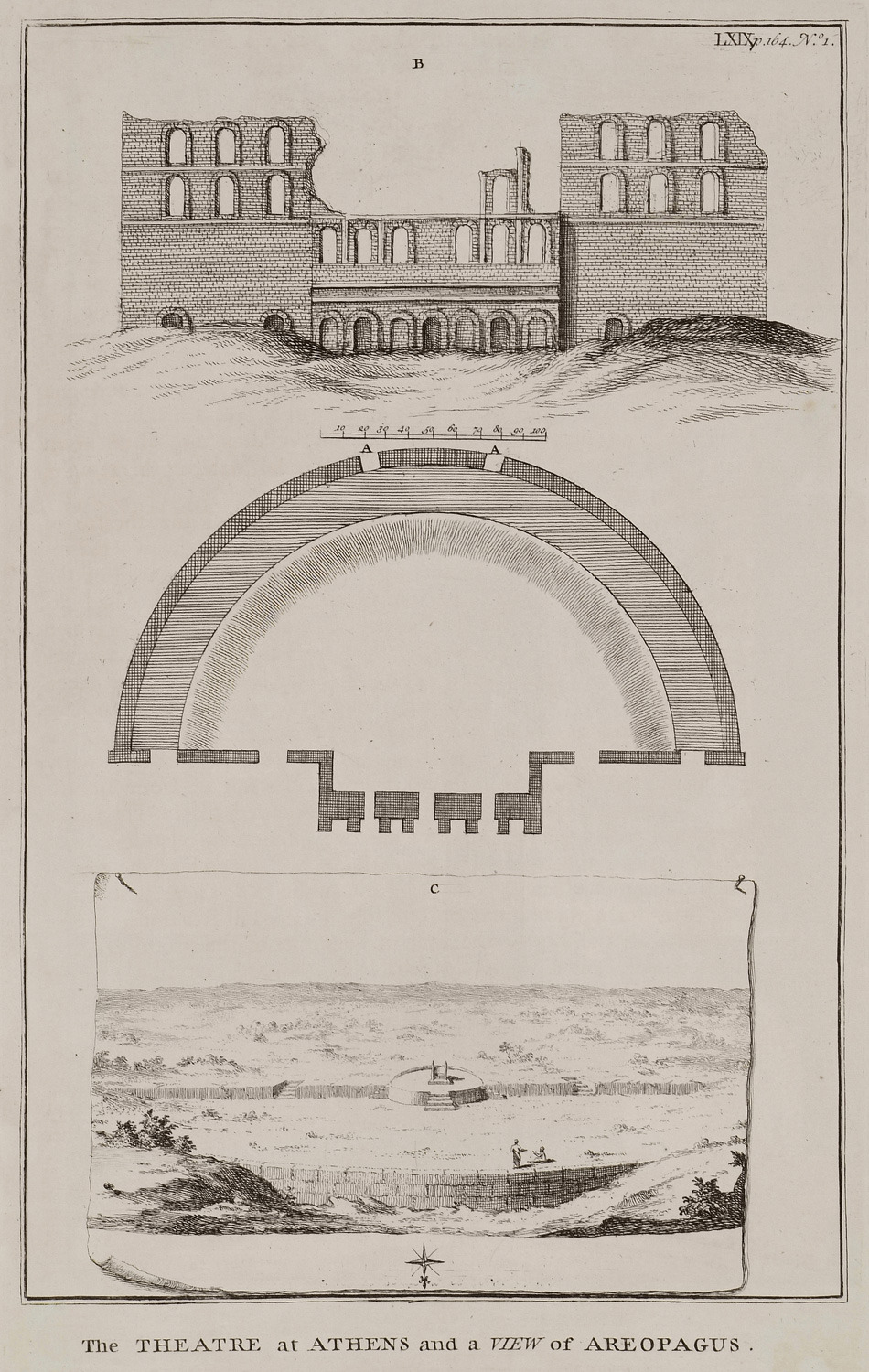
View and plan of the Odeon of Herodes Atticus. View of Pnyx.
-
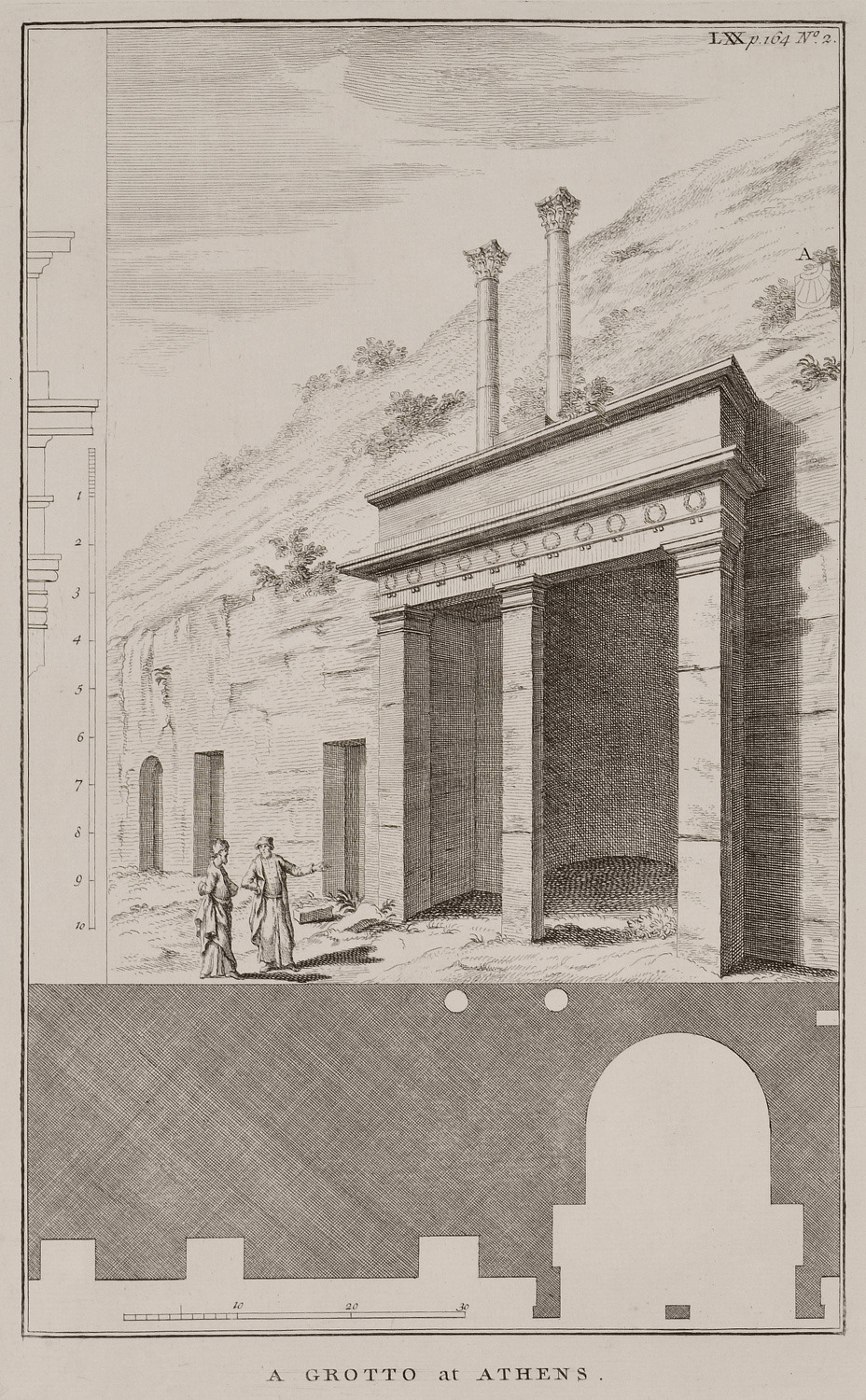
The Choregic monument of Thrasyllus (Panagia Spiliotissa). Plan of the monument.
-
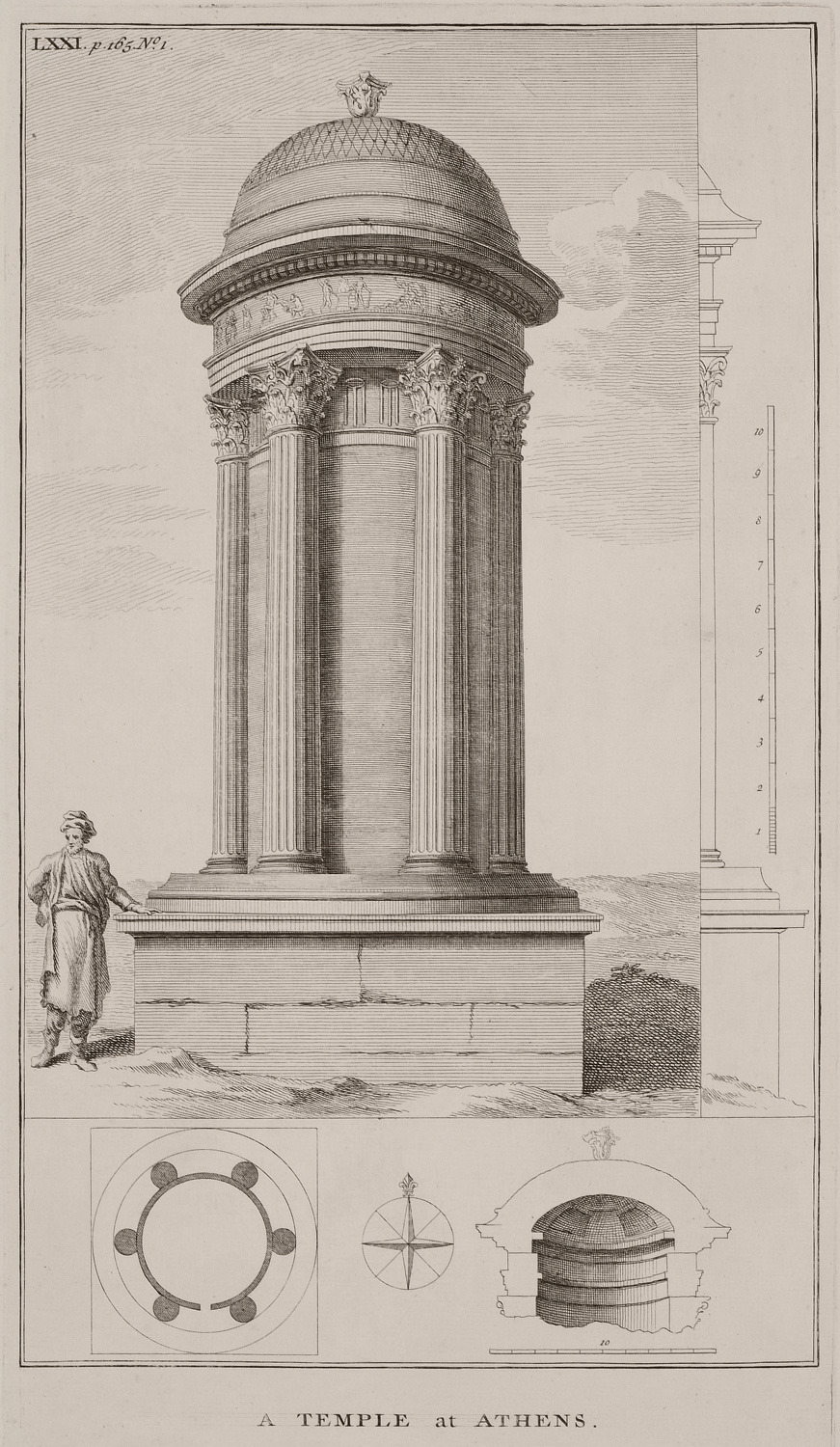
The Choregic monument of Lysicrates in Athens. Plans of the monument.
-
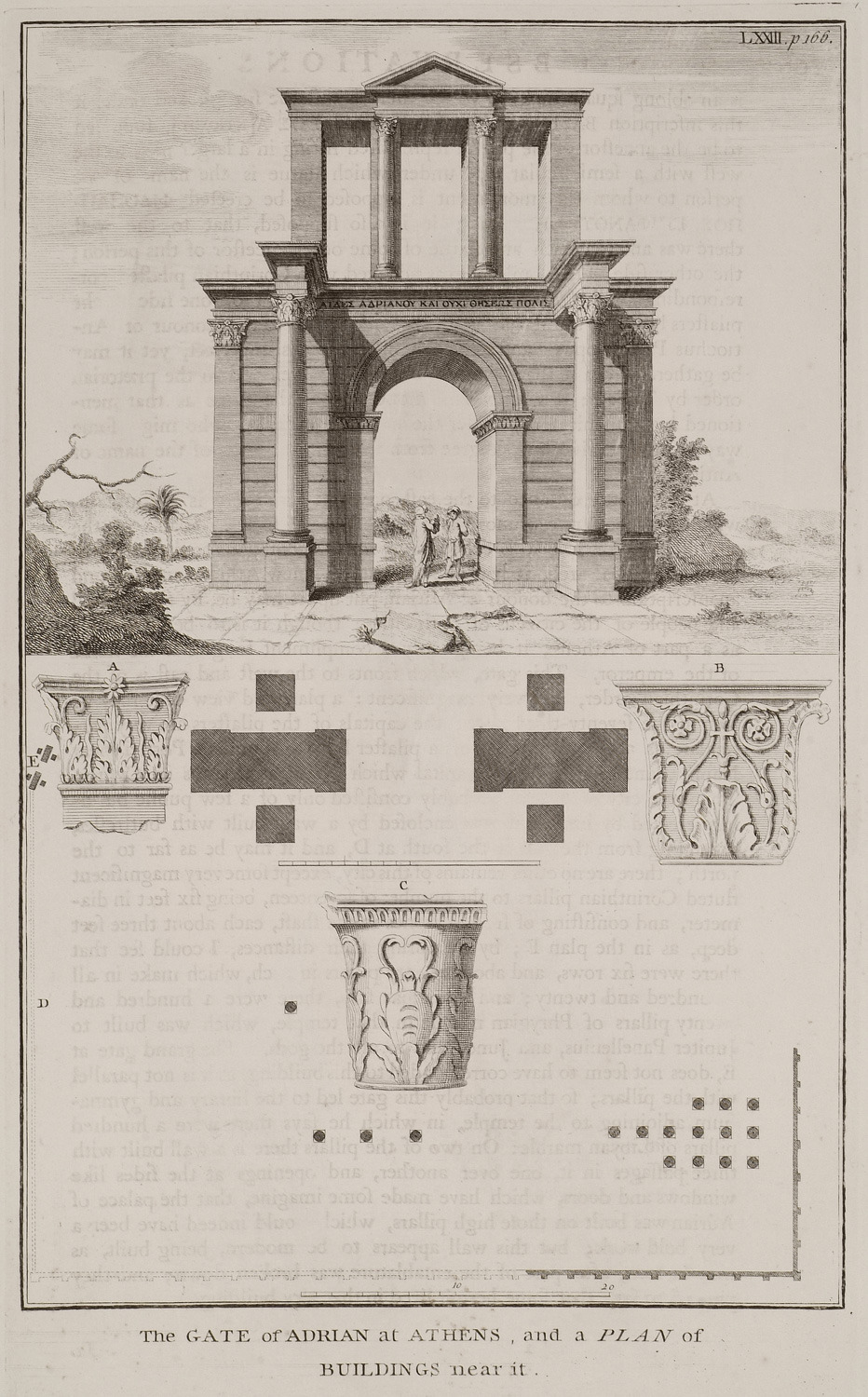
-
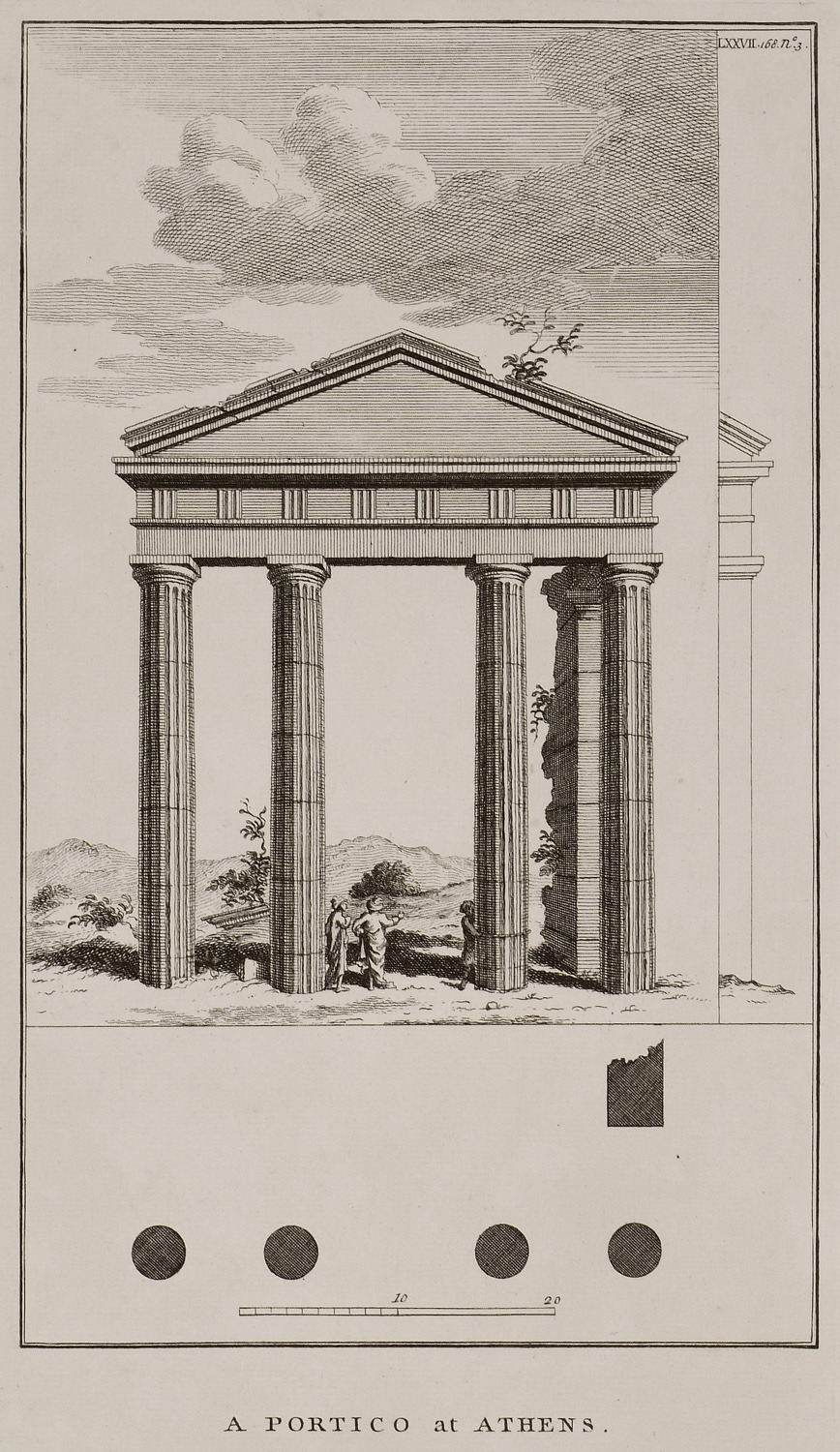
-
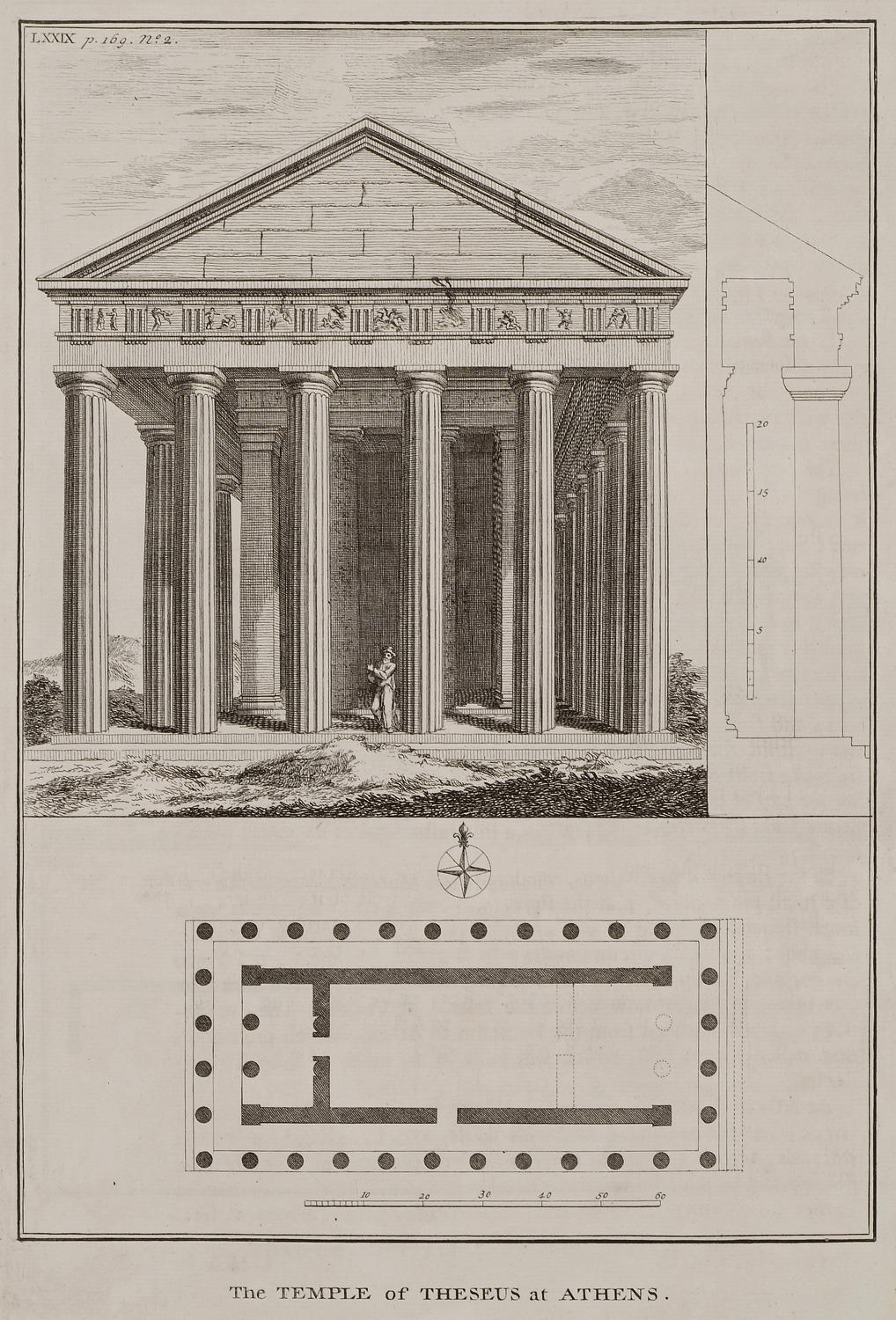
-
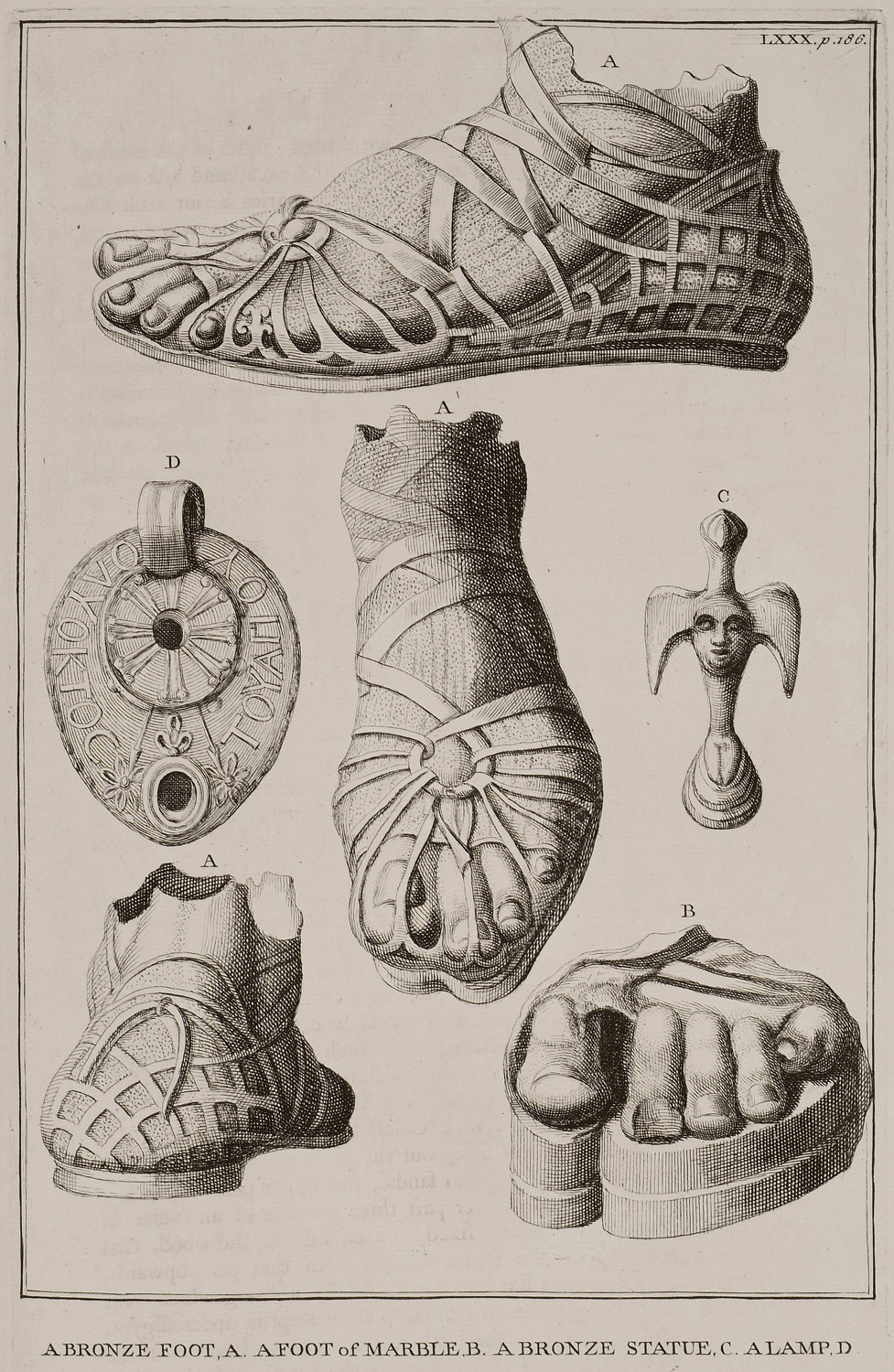
-
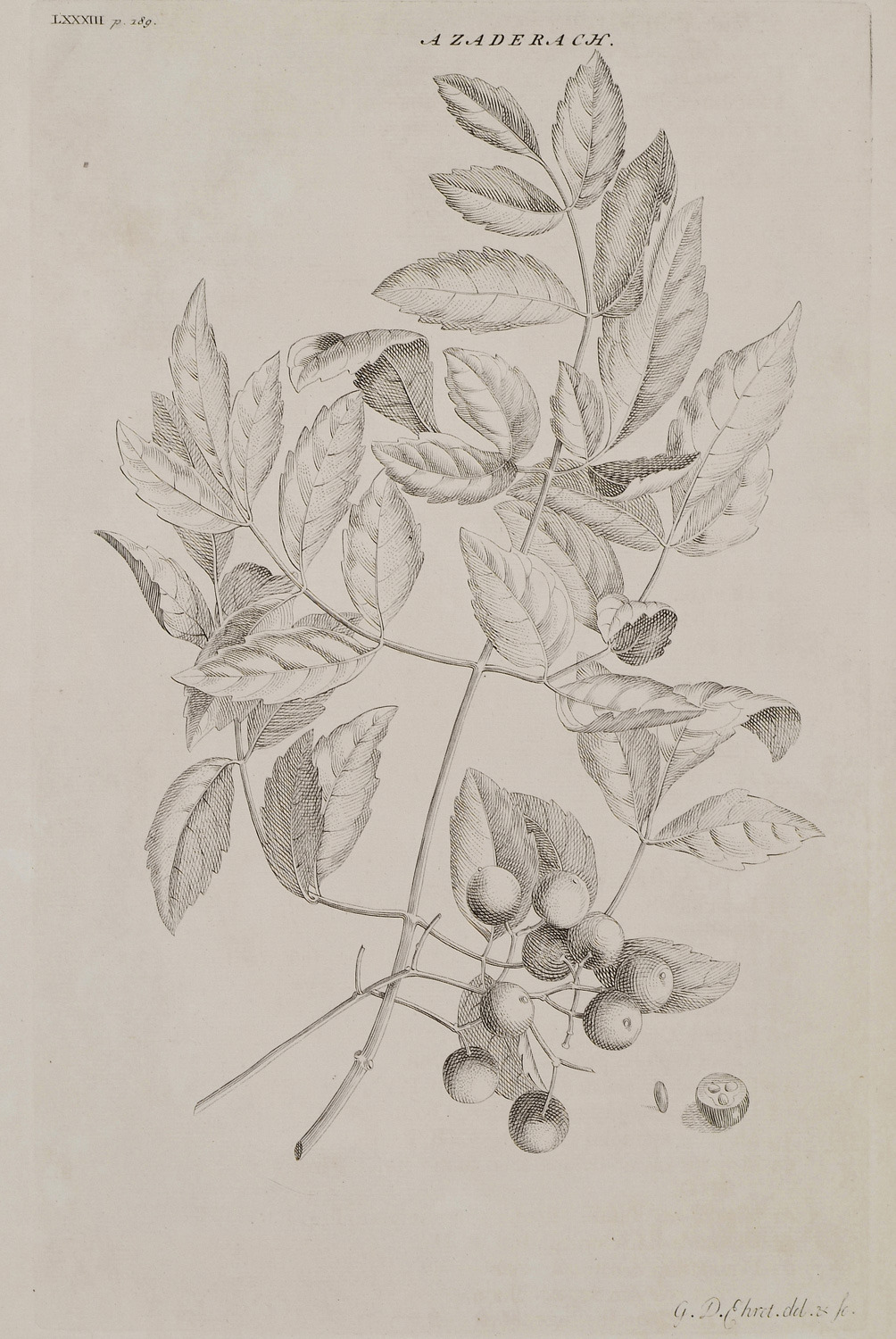
Branch and fruit of the plant Melia Azedarach which R. Pococke saw in Palestine.
-
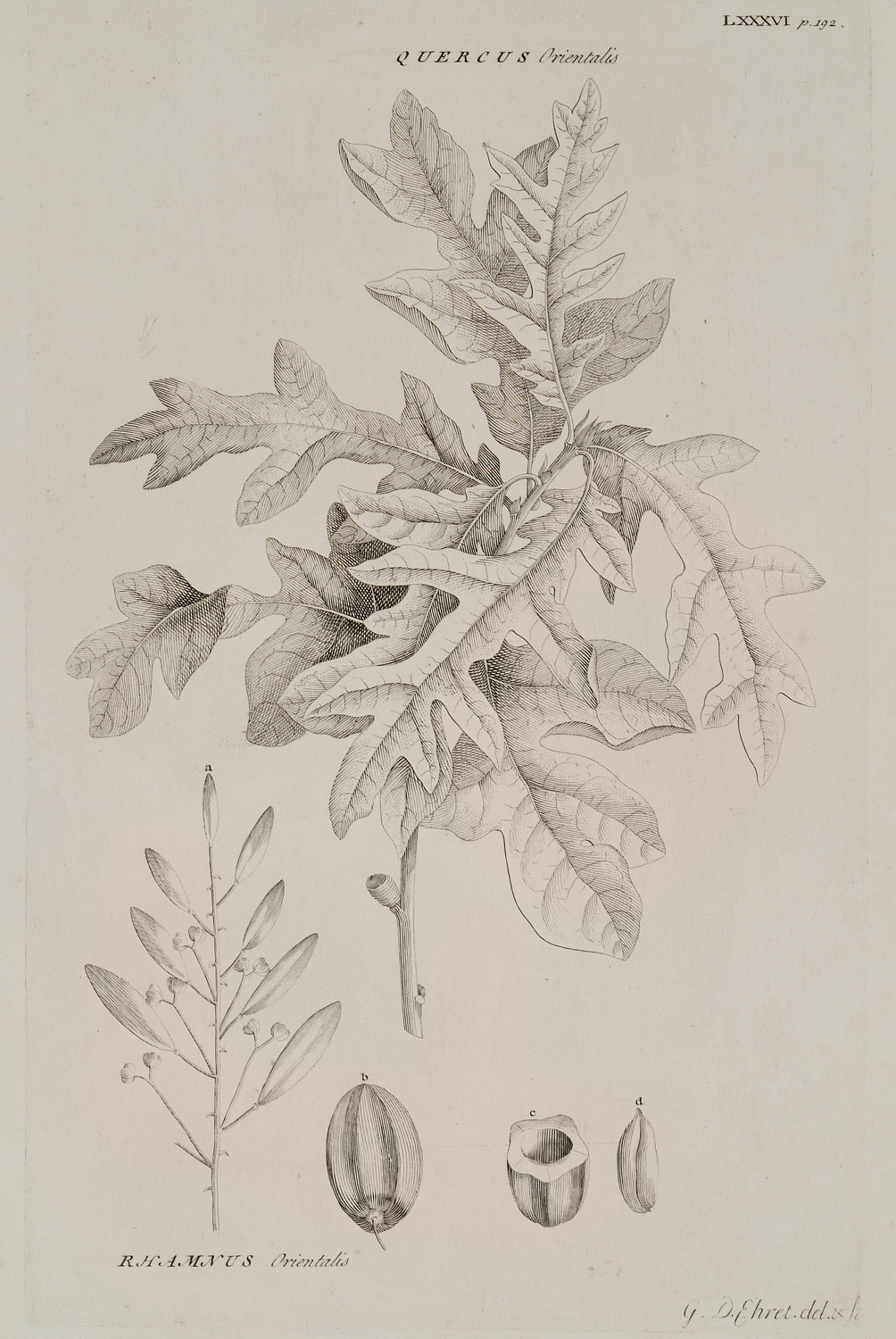
Branch of tree of the genus Quercus. Fruits of plant of the genus Rhamnus.
-
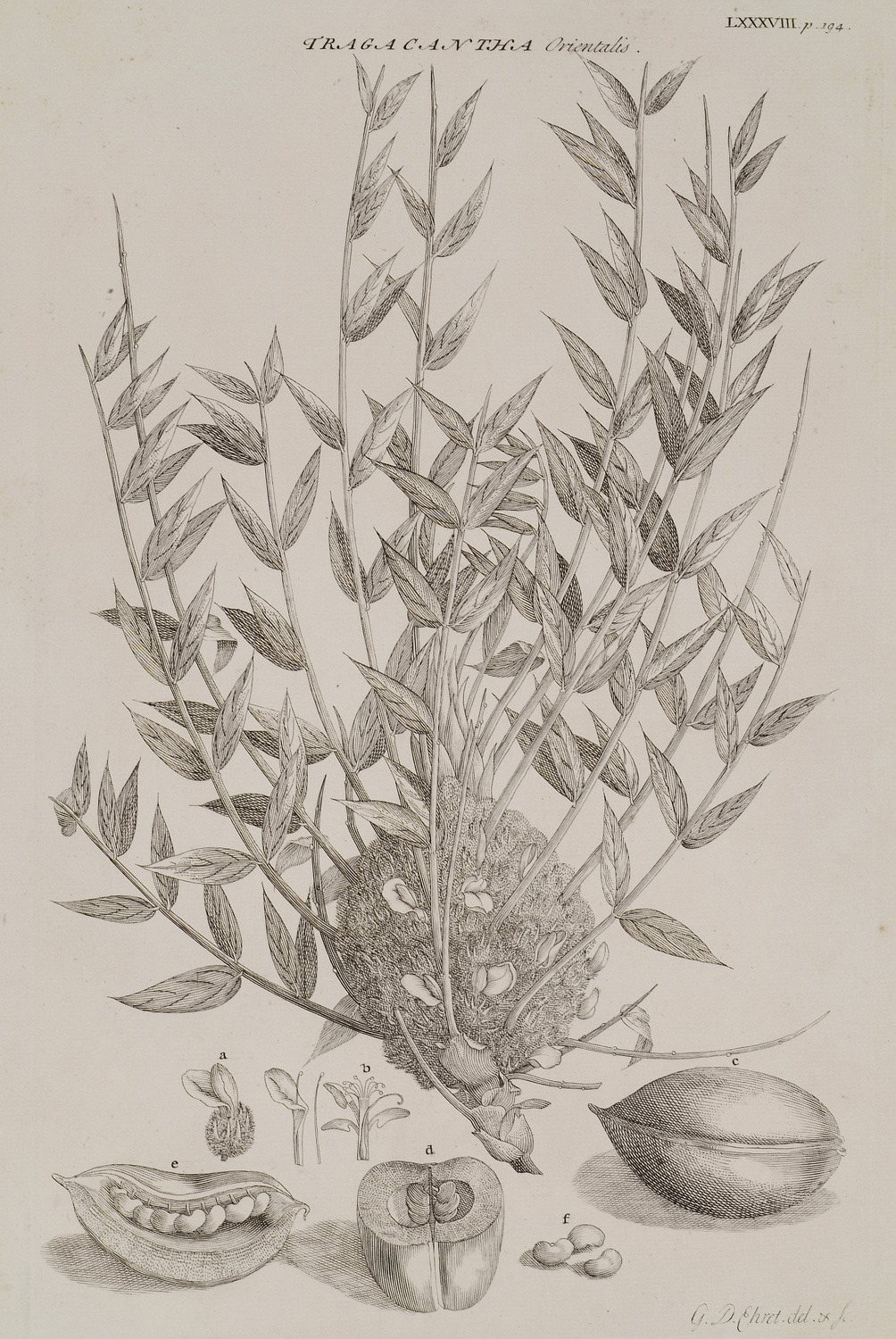
-
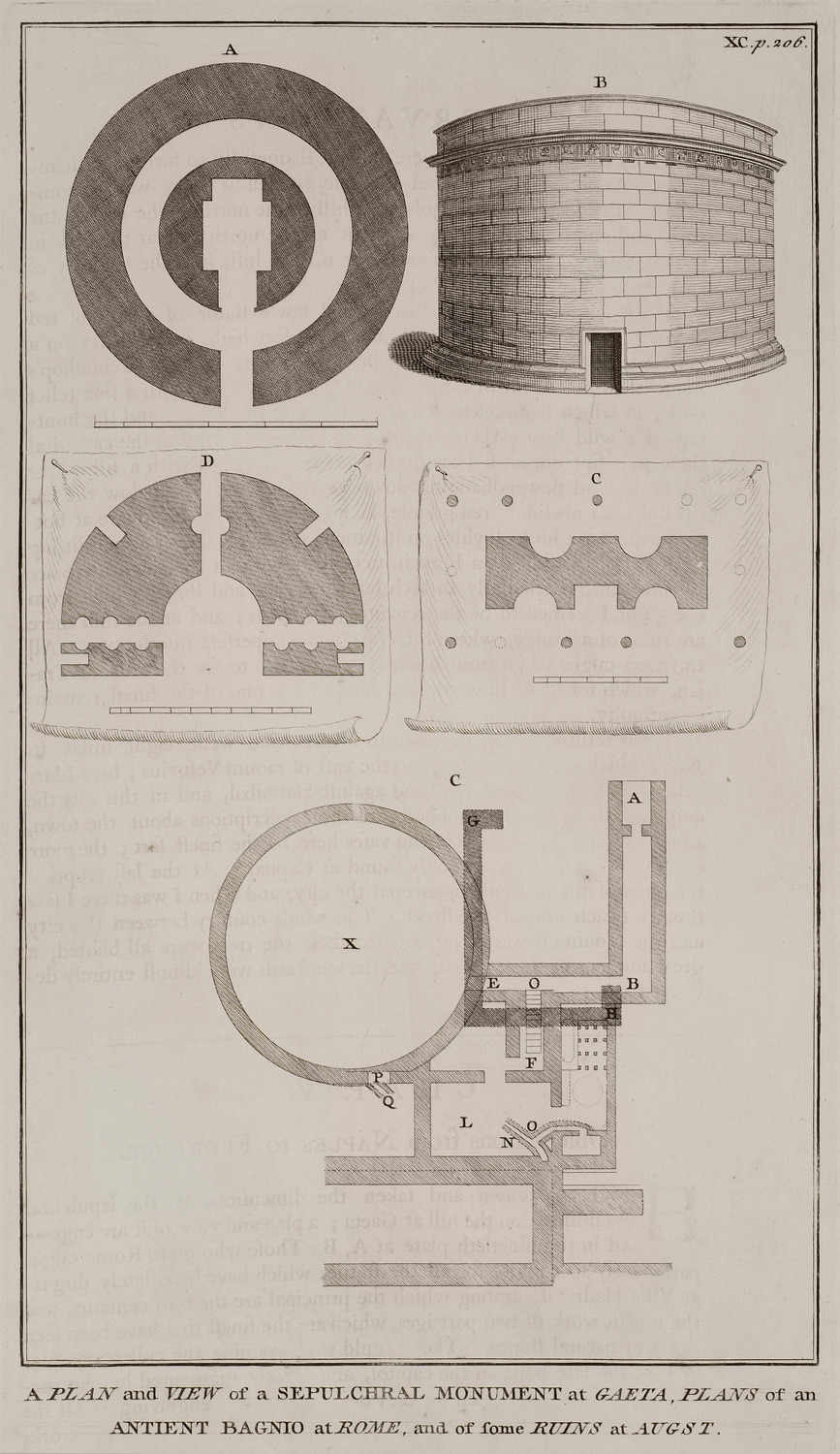
-
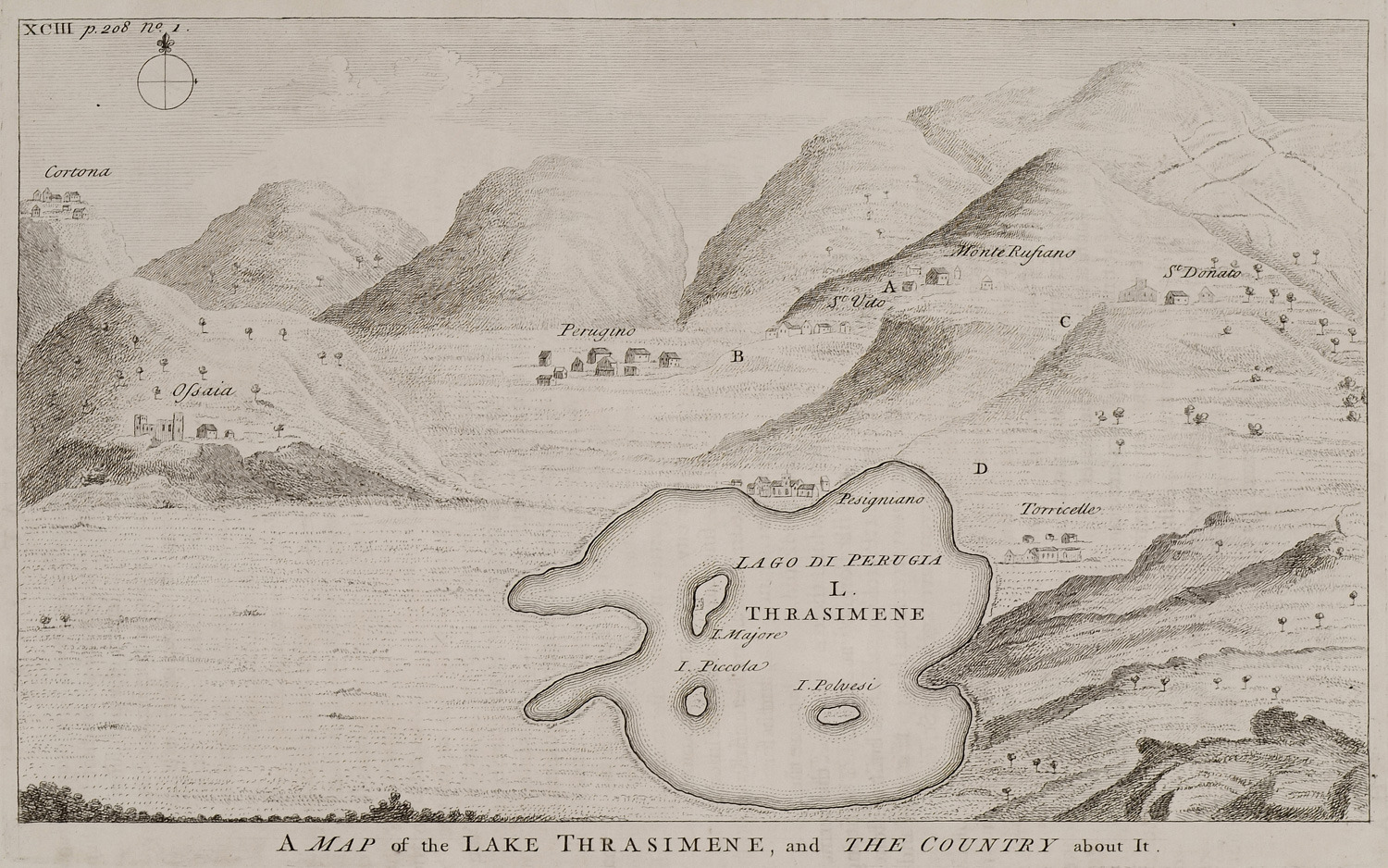
-
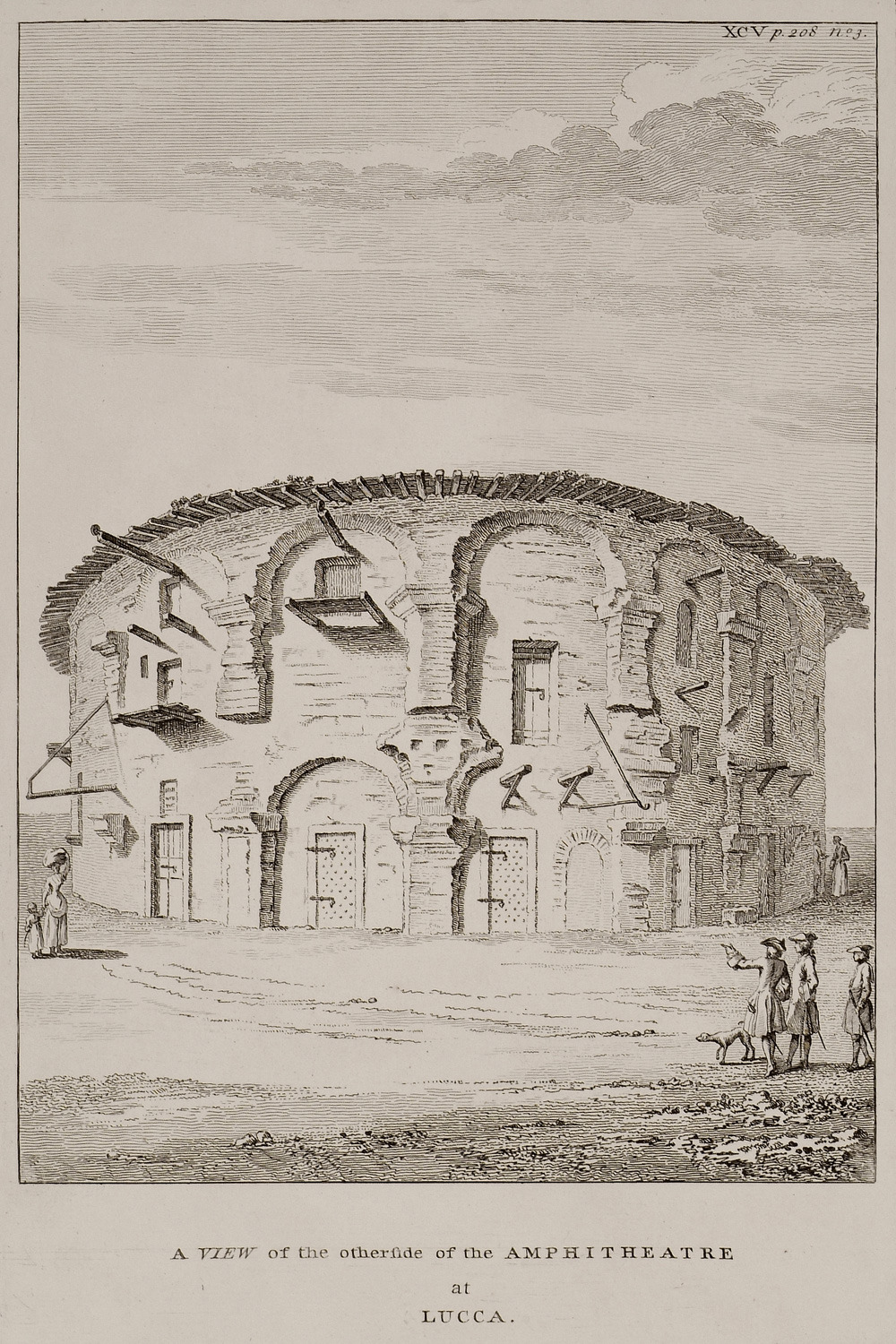
-
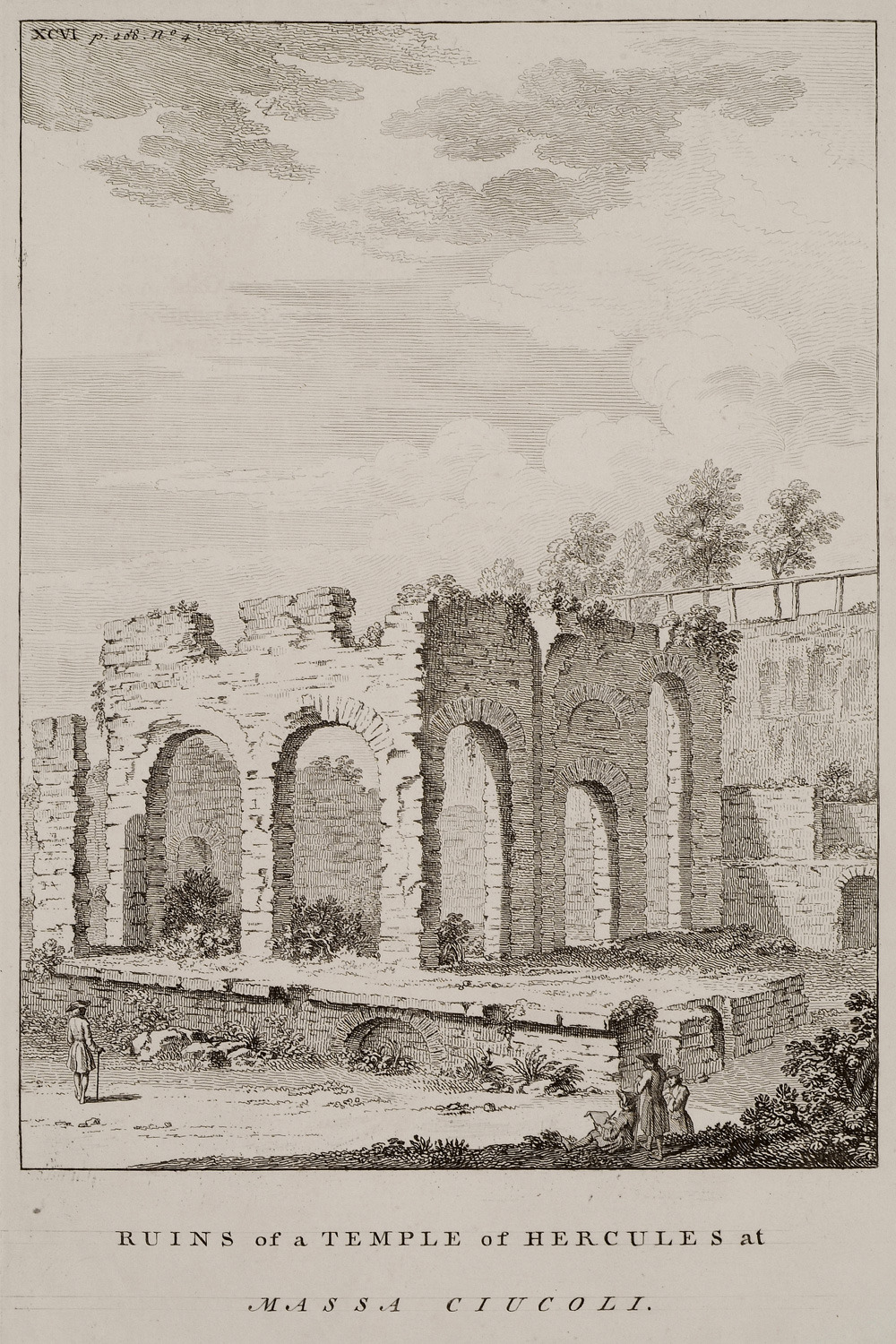
The ruins of the Roman villa of Venulei, near the Lake Massaciuccoli, in Italy.
-
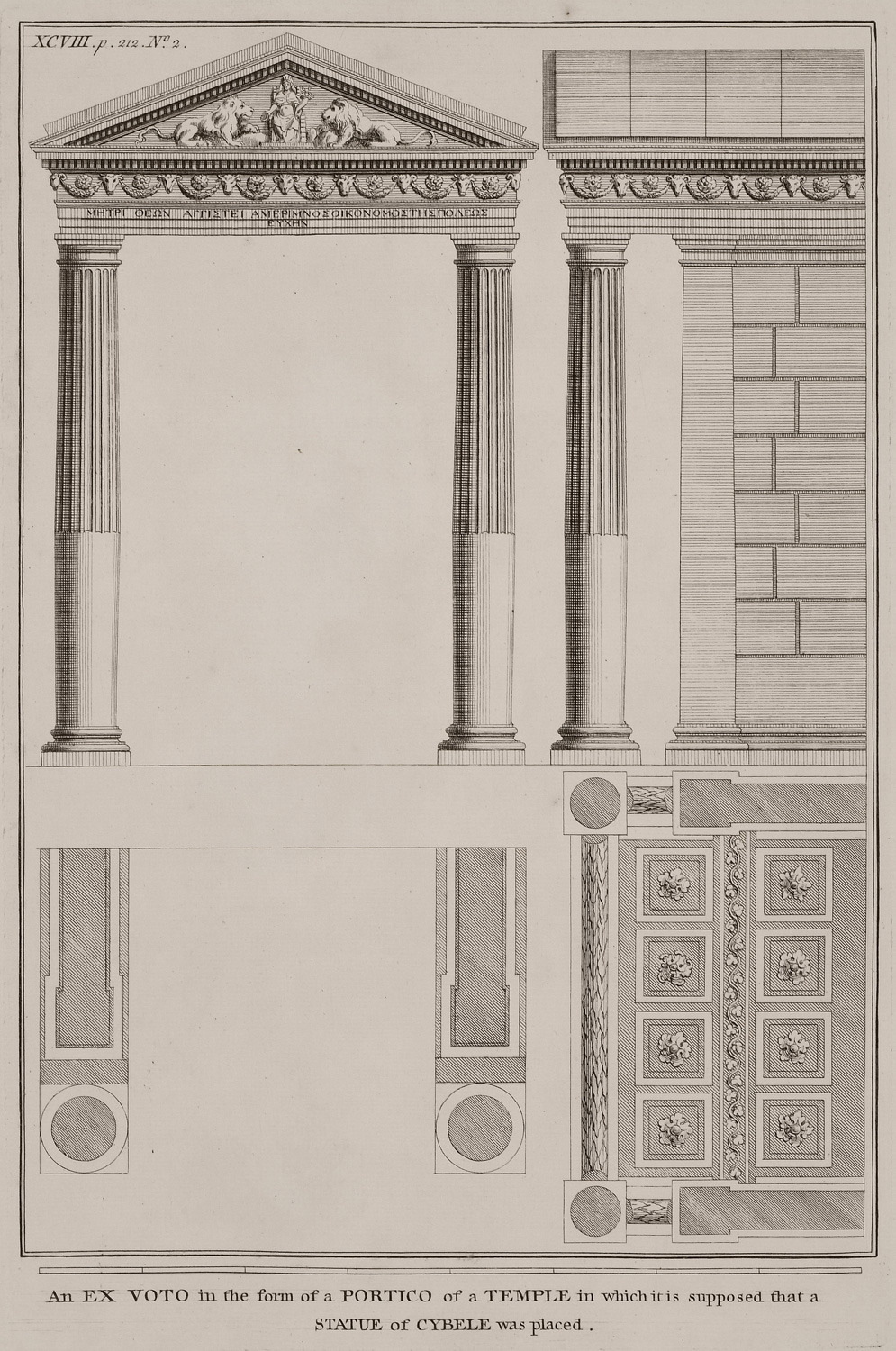
-
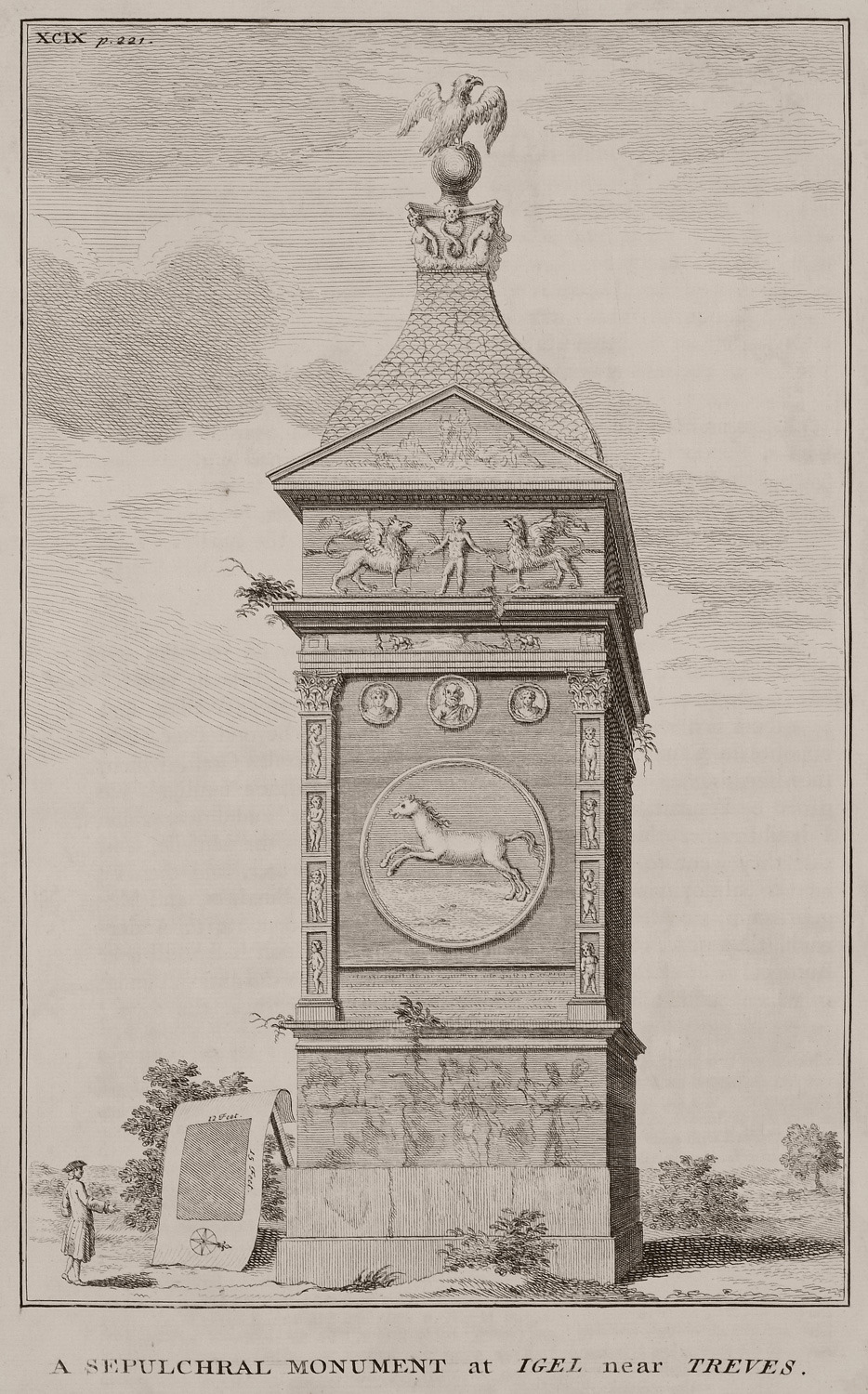
-
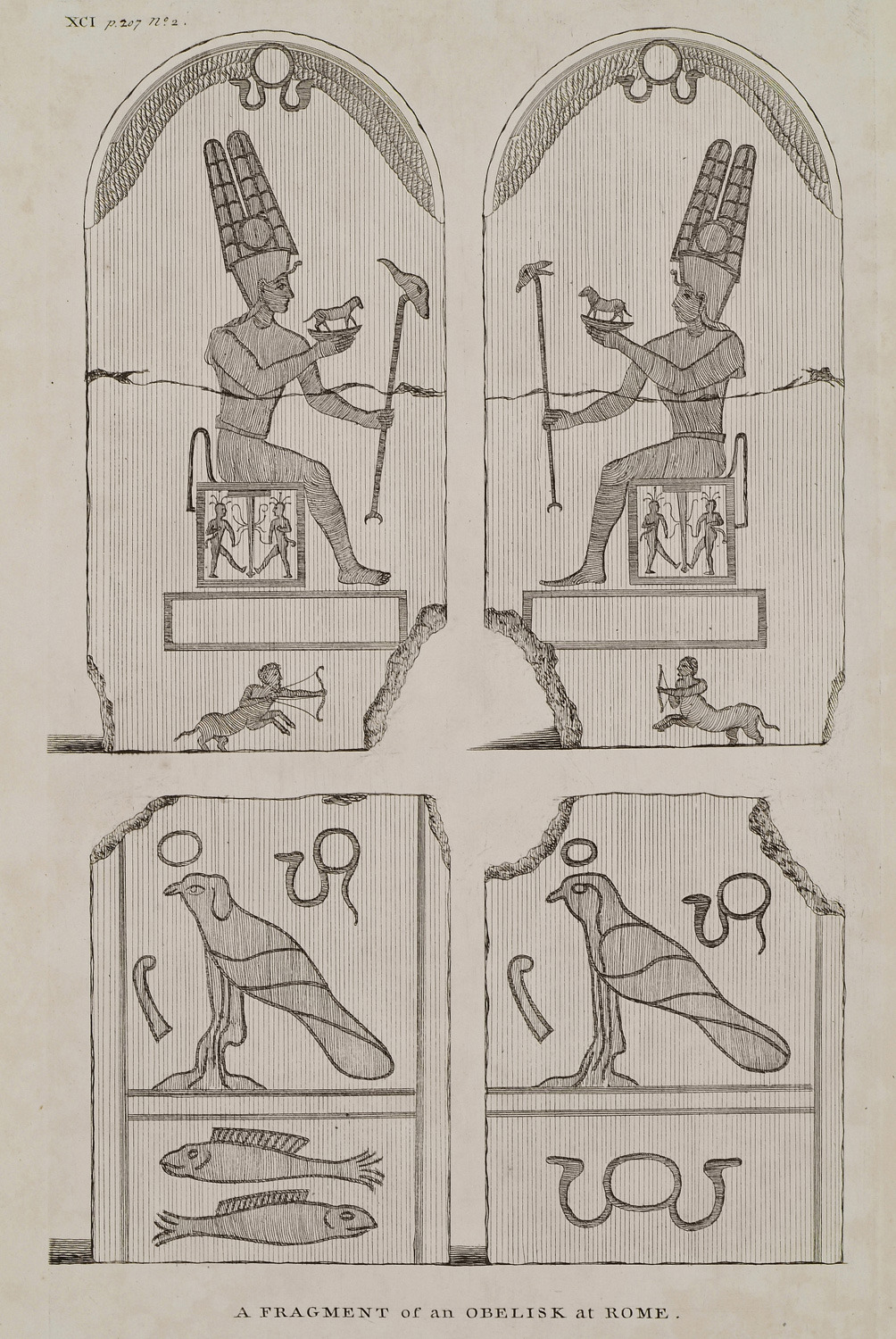
-
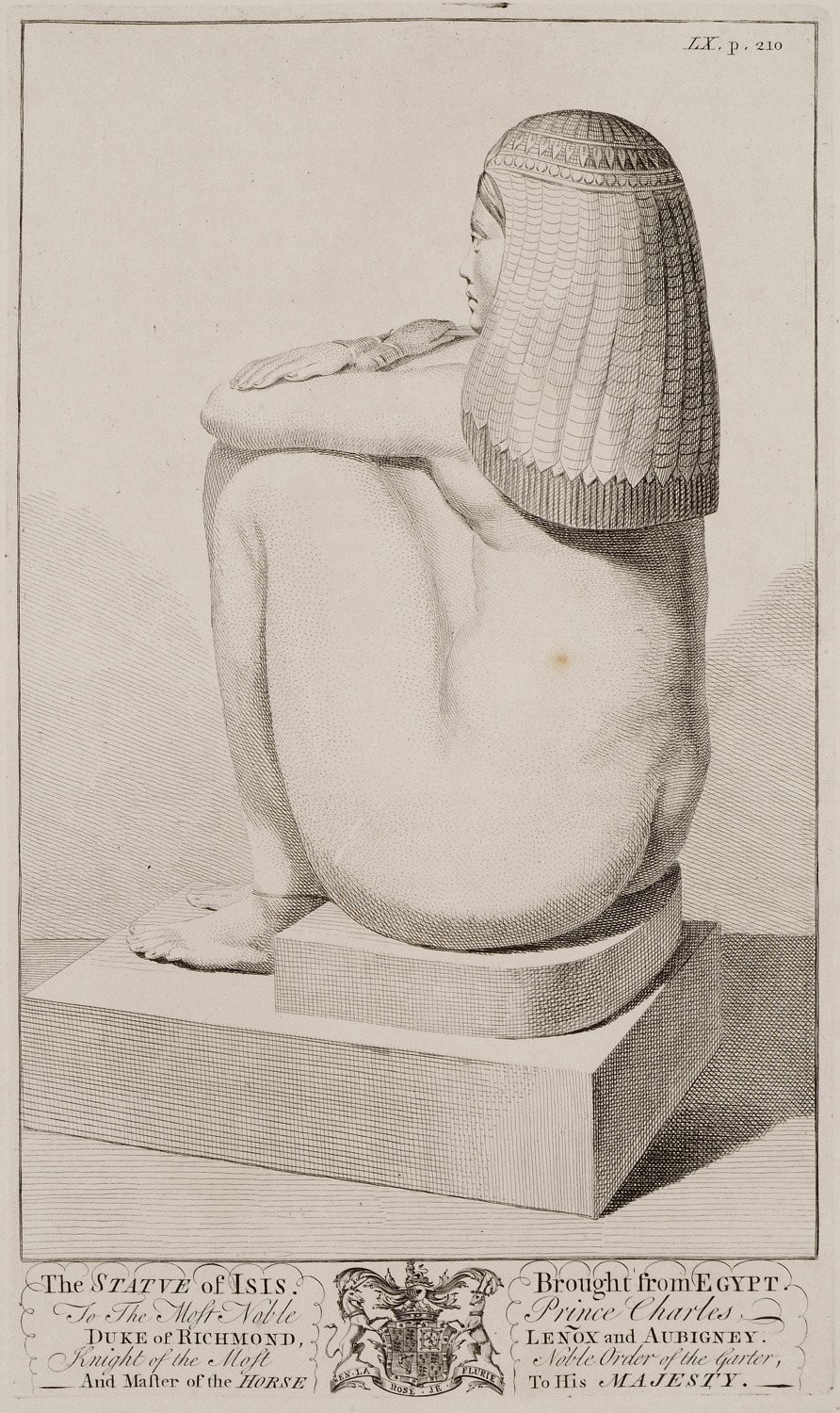
Isis statue, which Richard Pococke bought in Cairo and carried away to Great Britain.
-
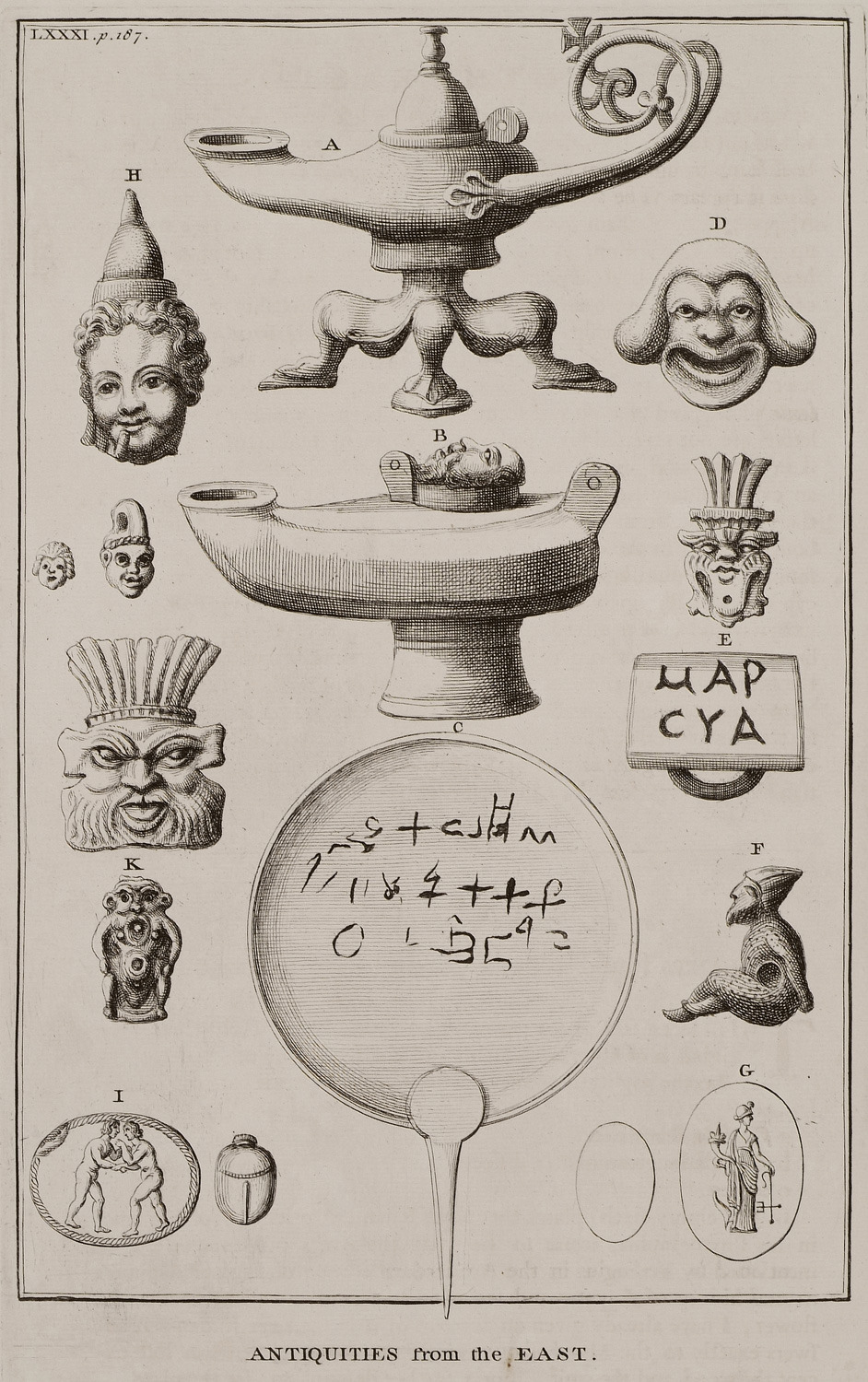
-
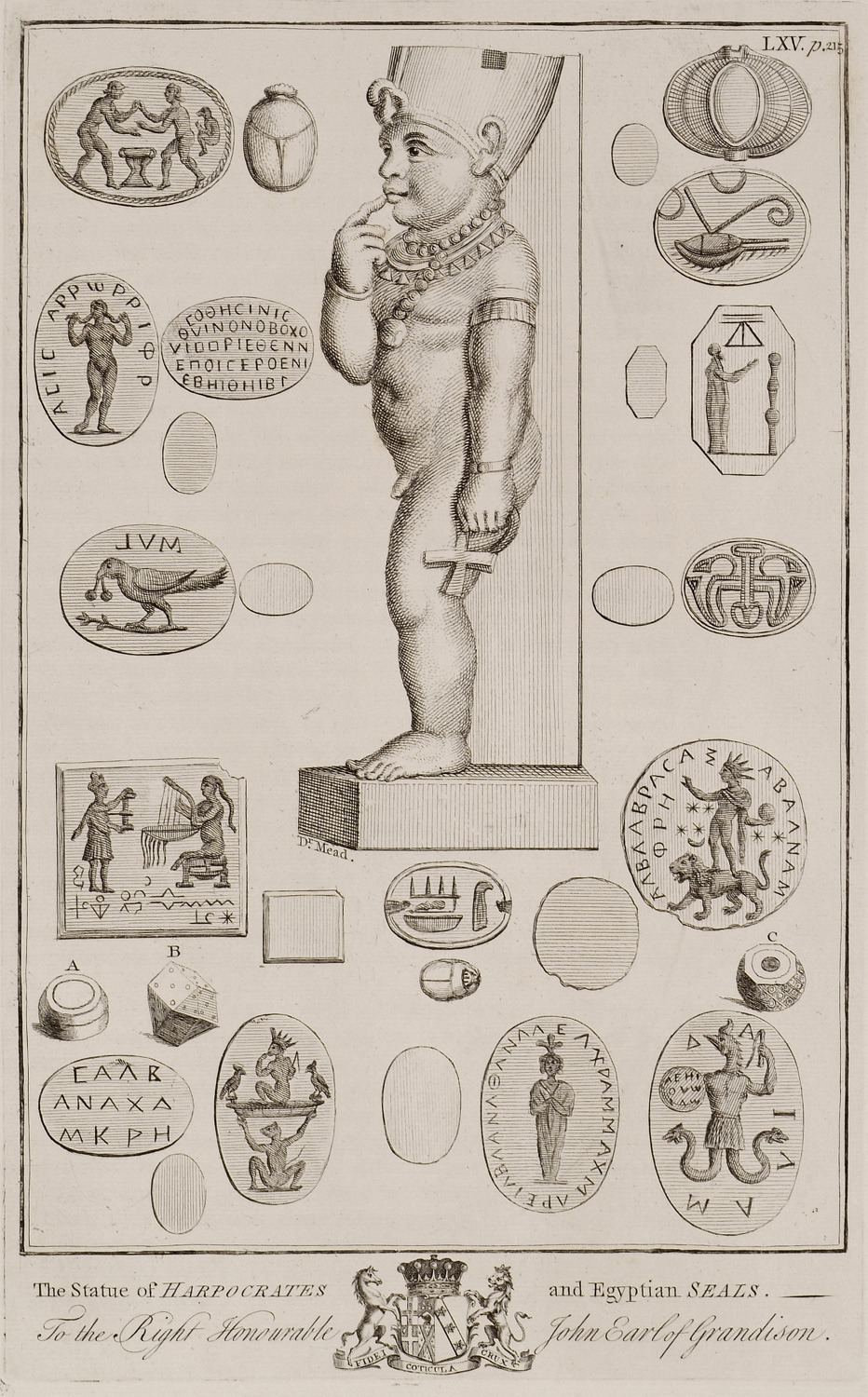
-
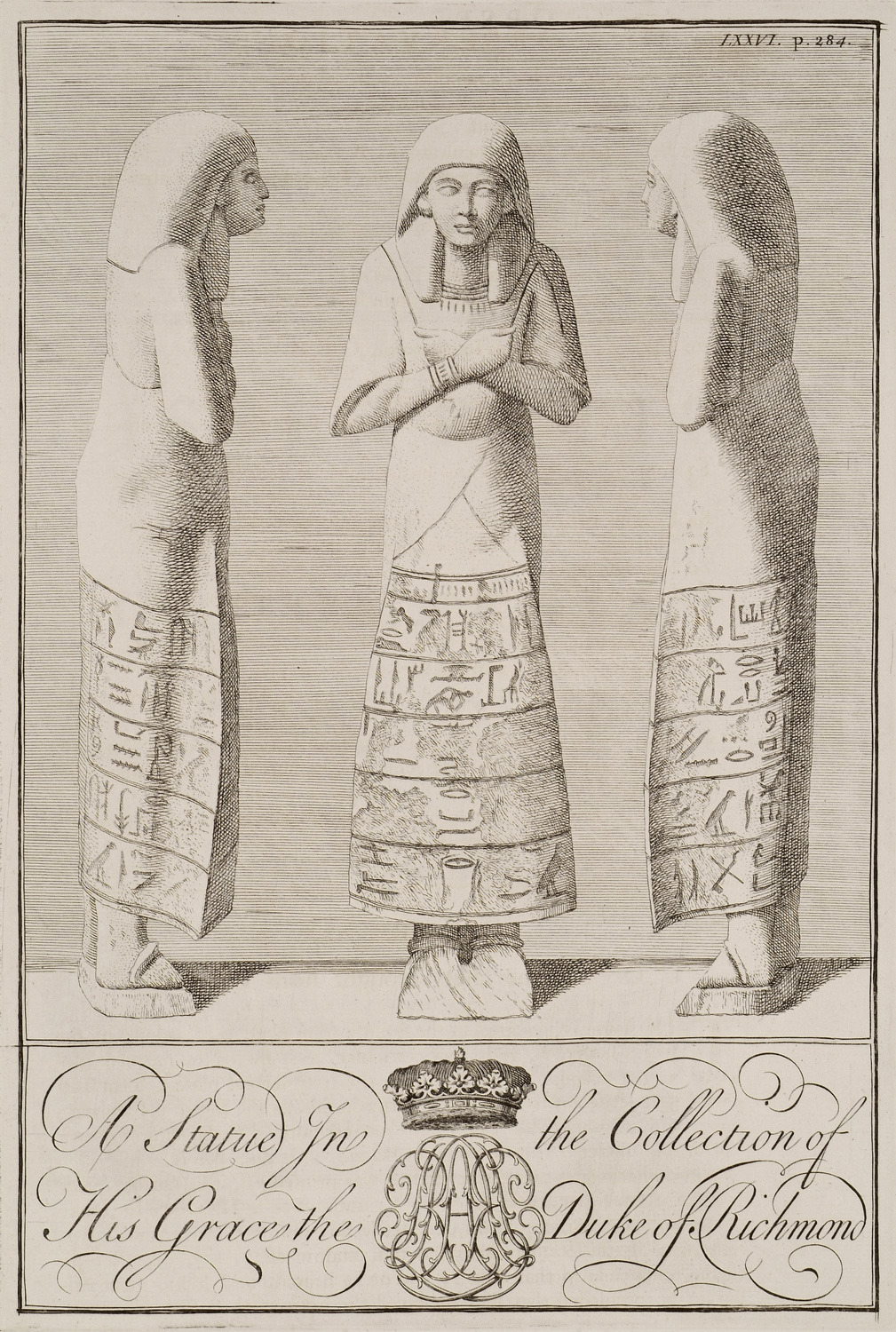
-
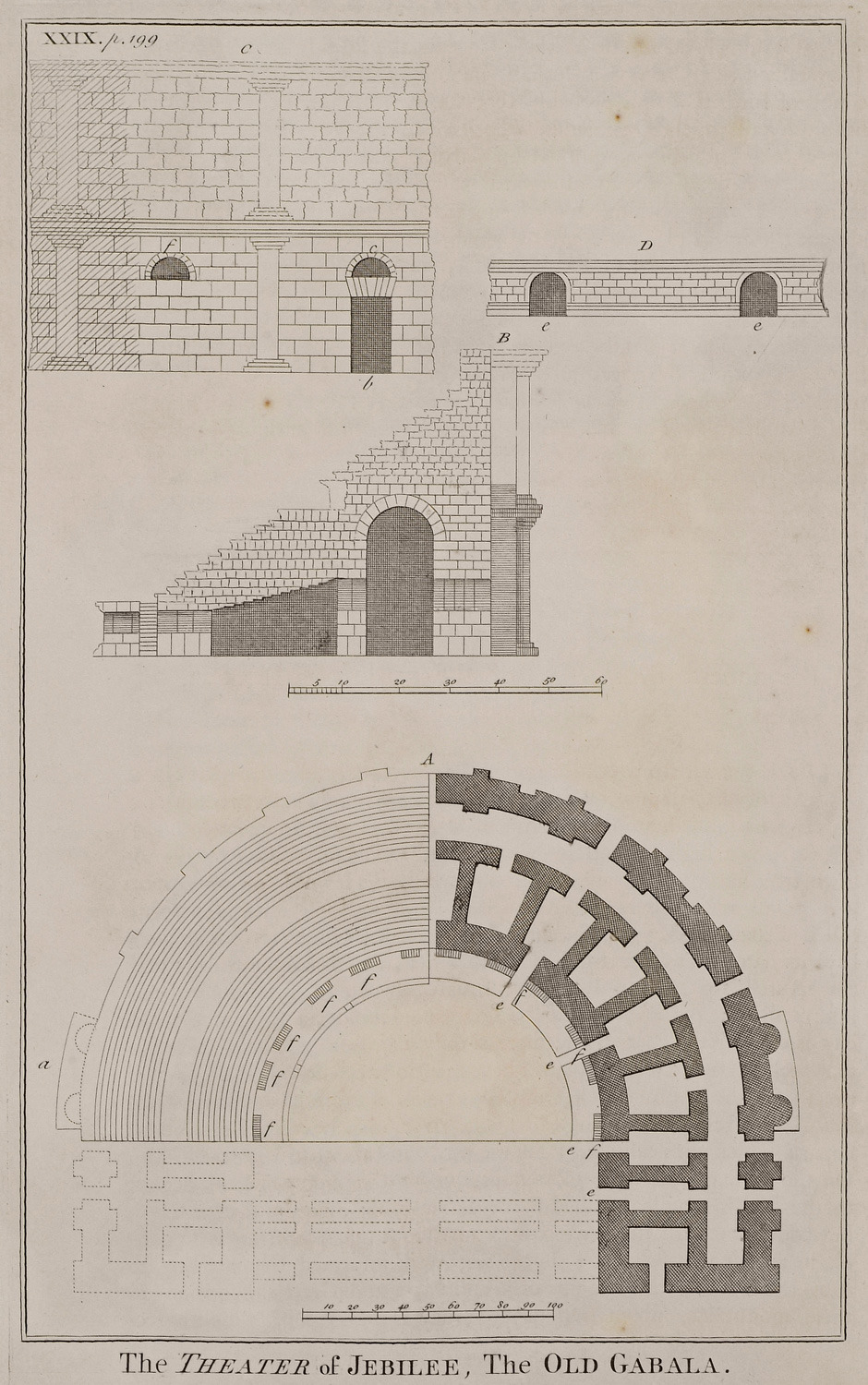
View, section plans and plan of the Roman theater of ancient Gavala (Jableh) in Syria.
-
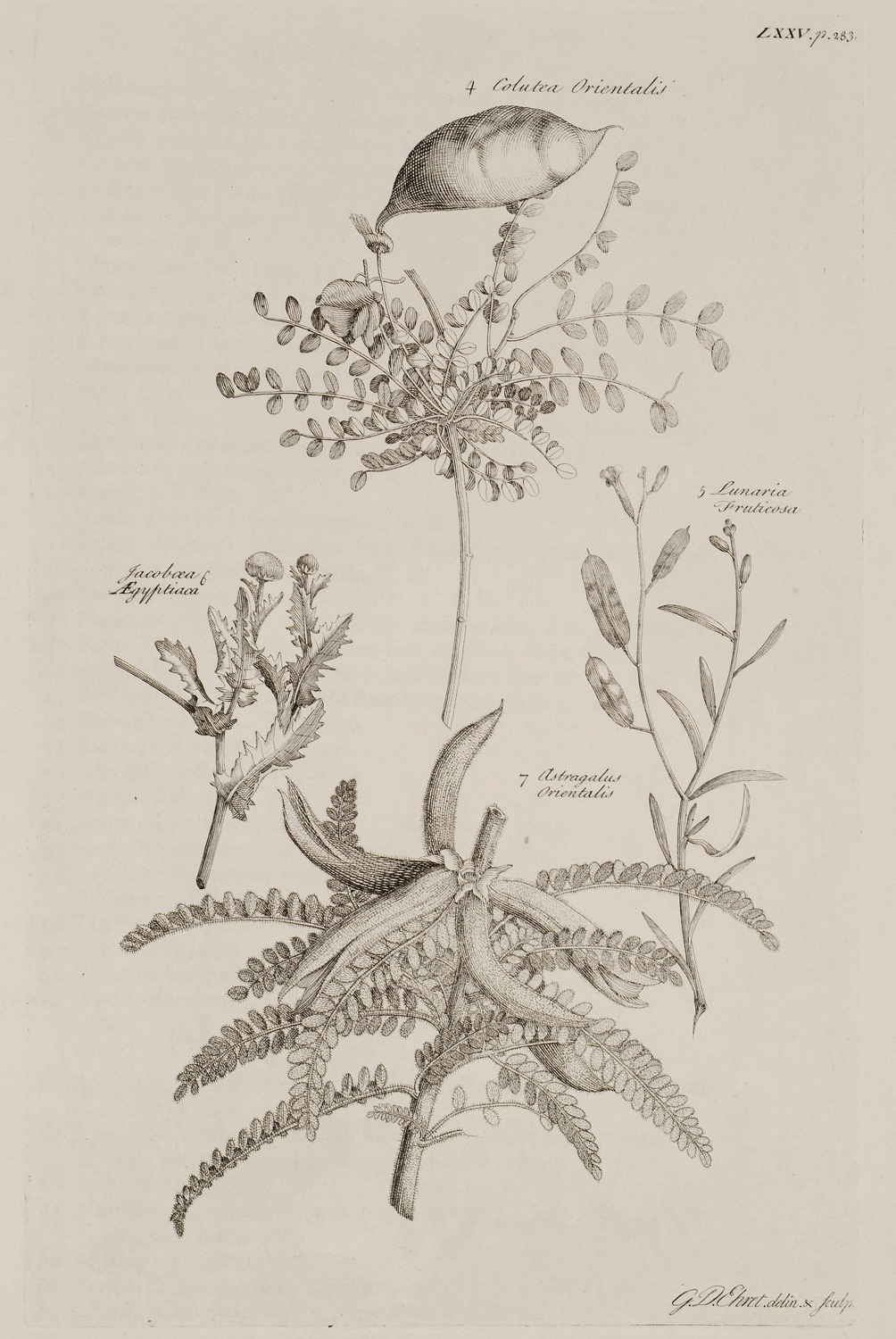
-
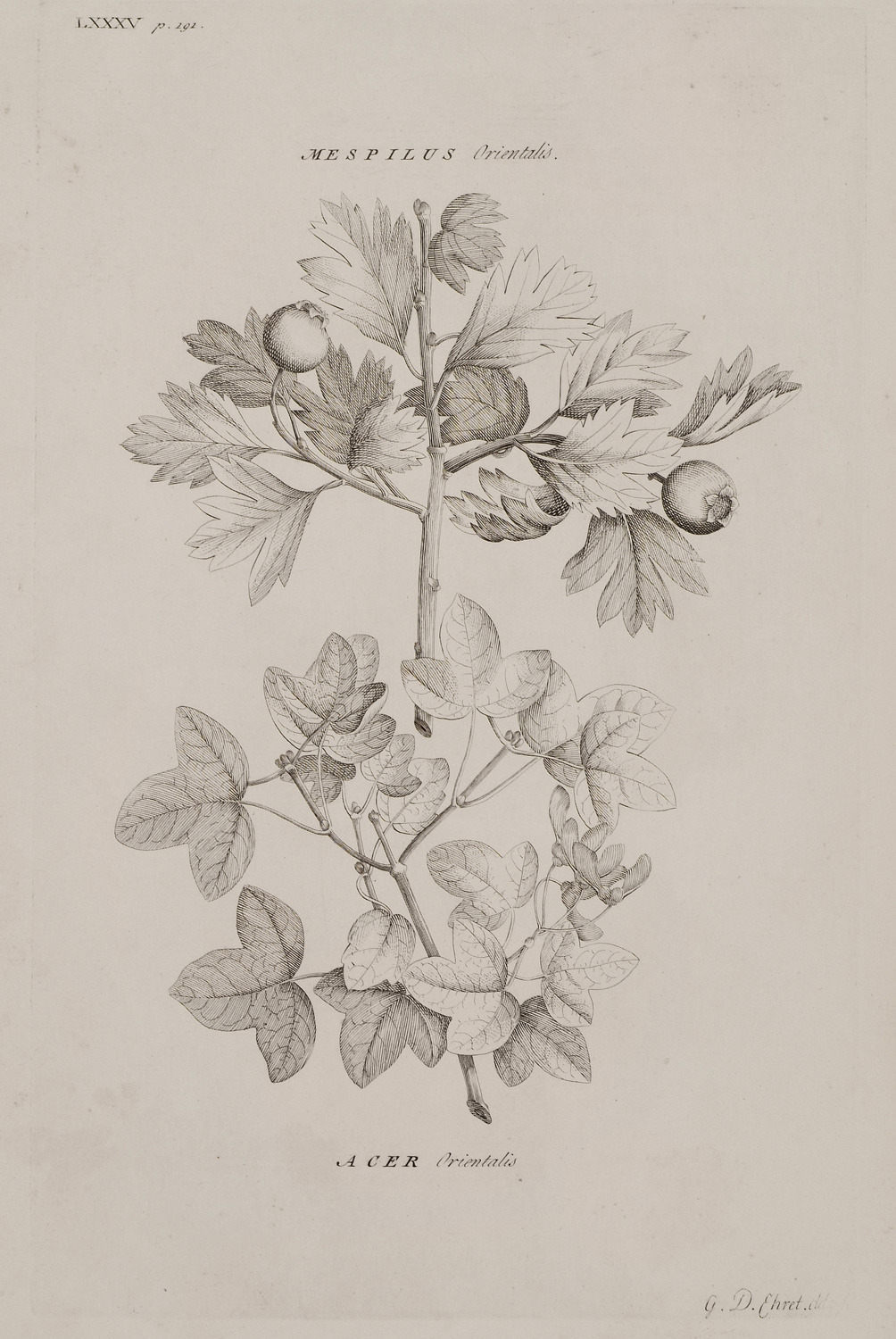
-
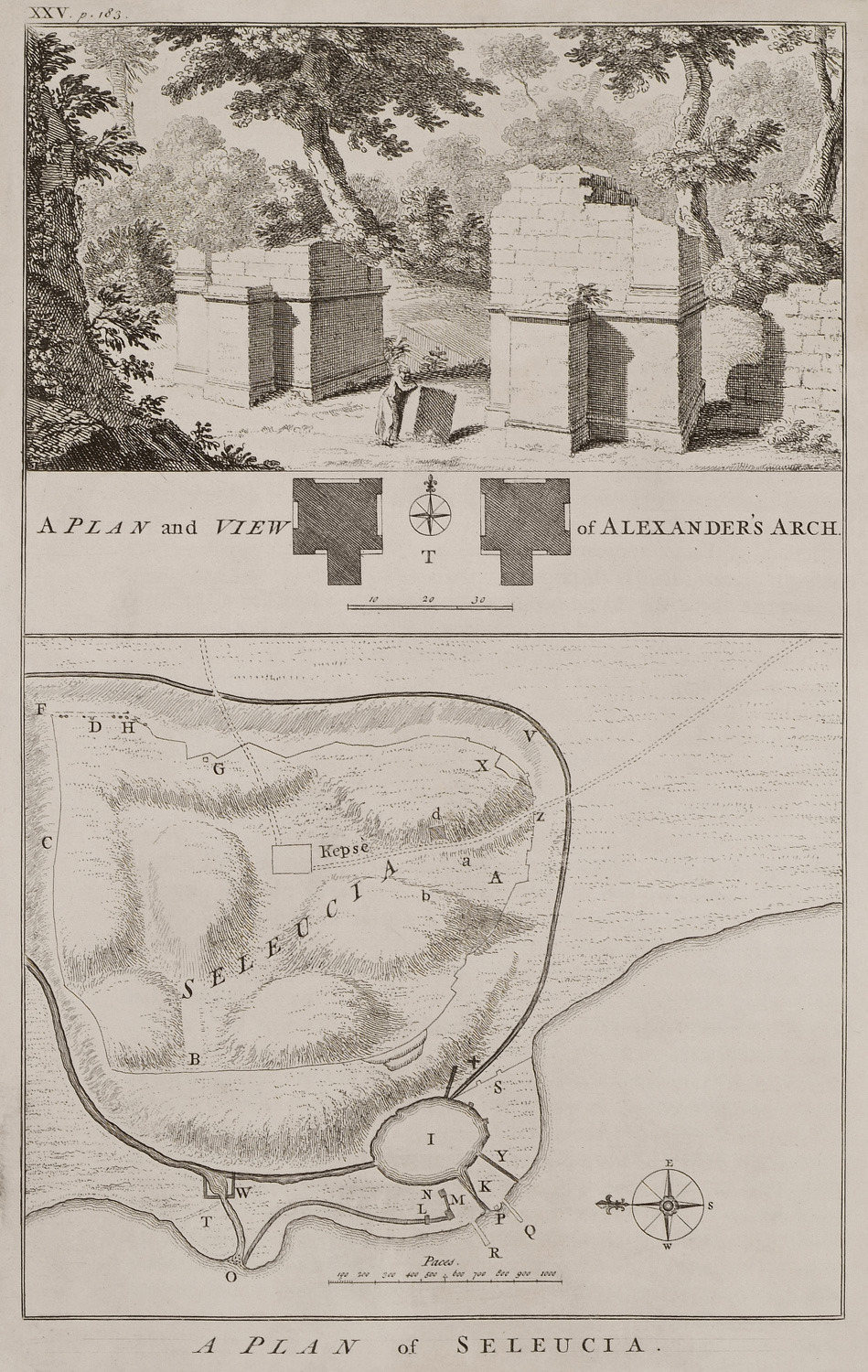
-
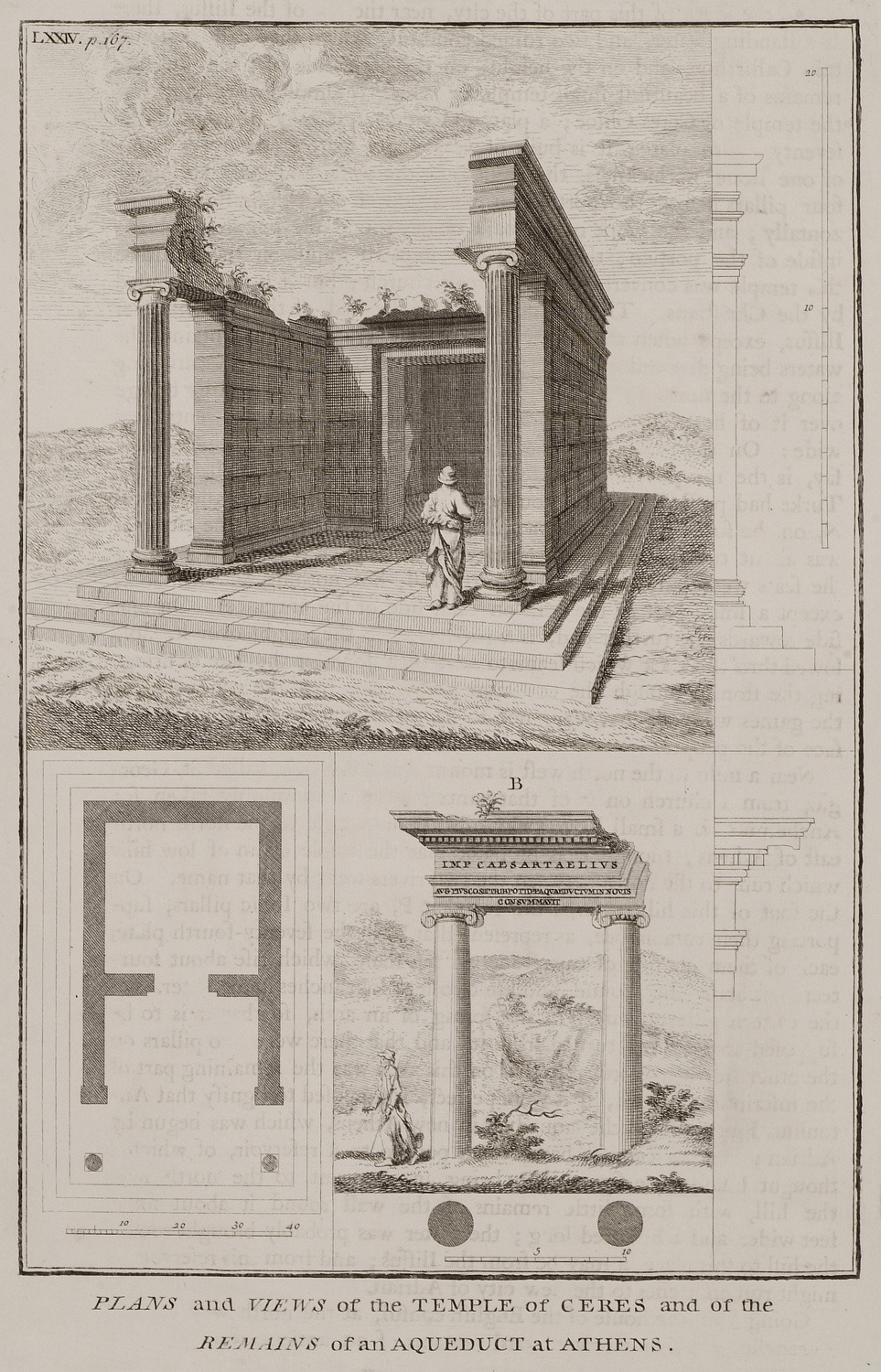
-
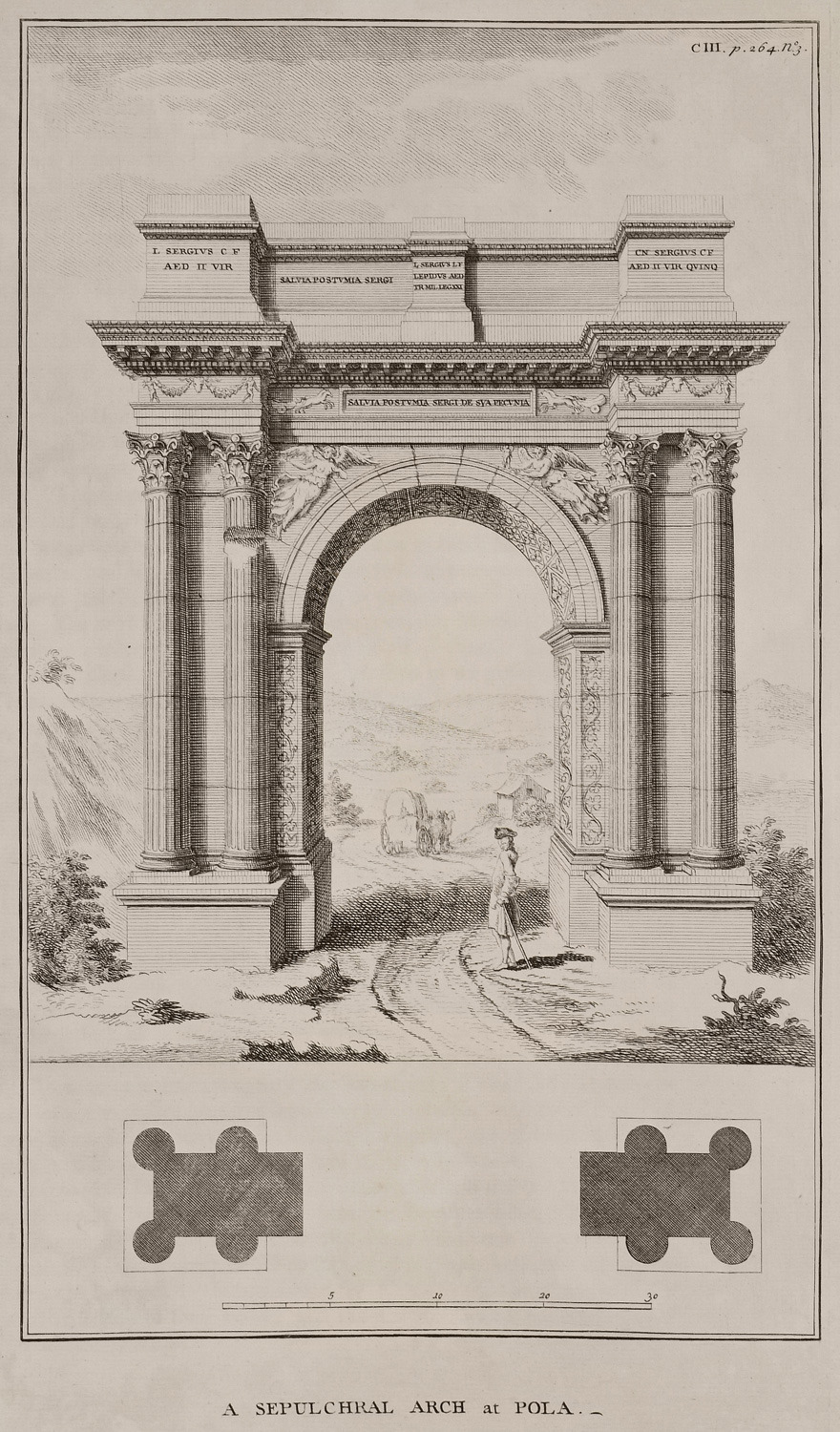
-
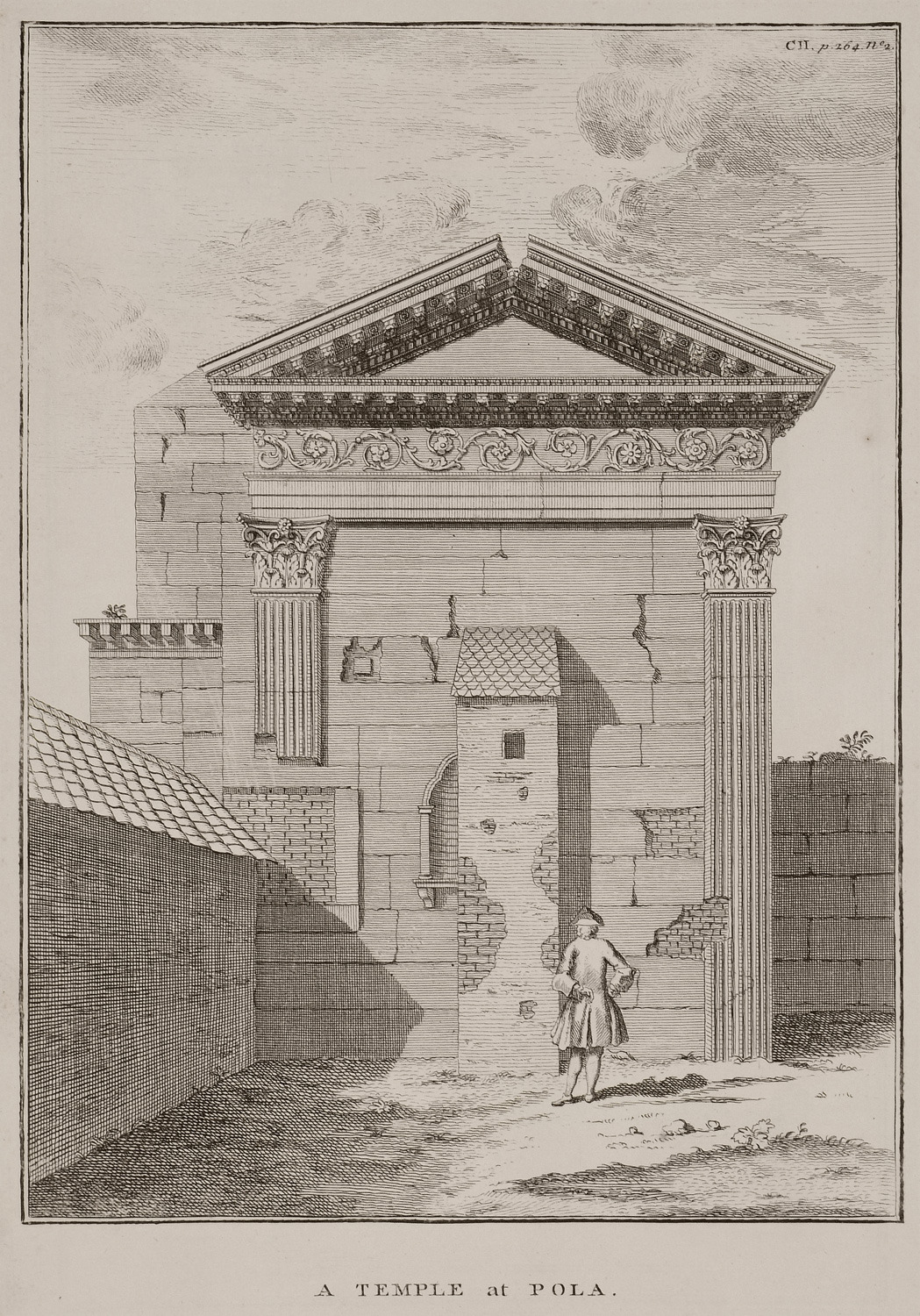
-
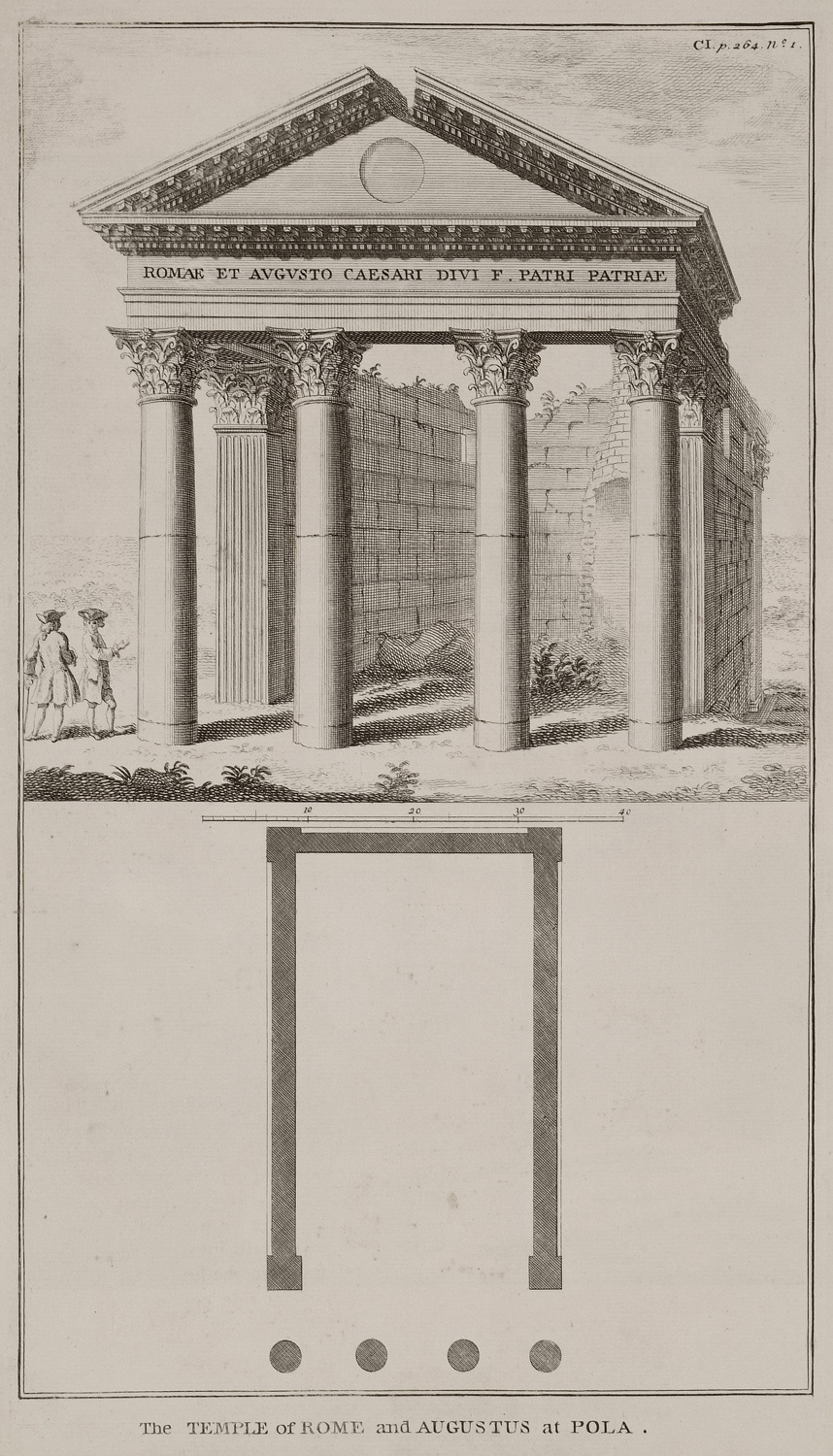
View and plan of the Temple of Rome and Augustus in Pula, in Croatia.
-
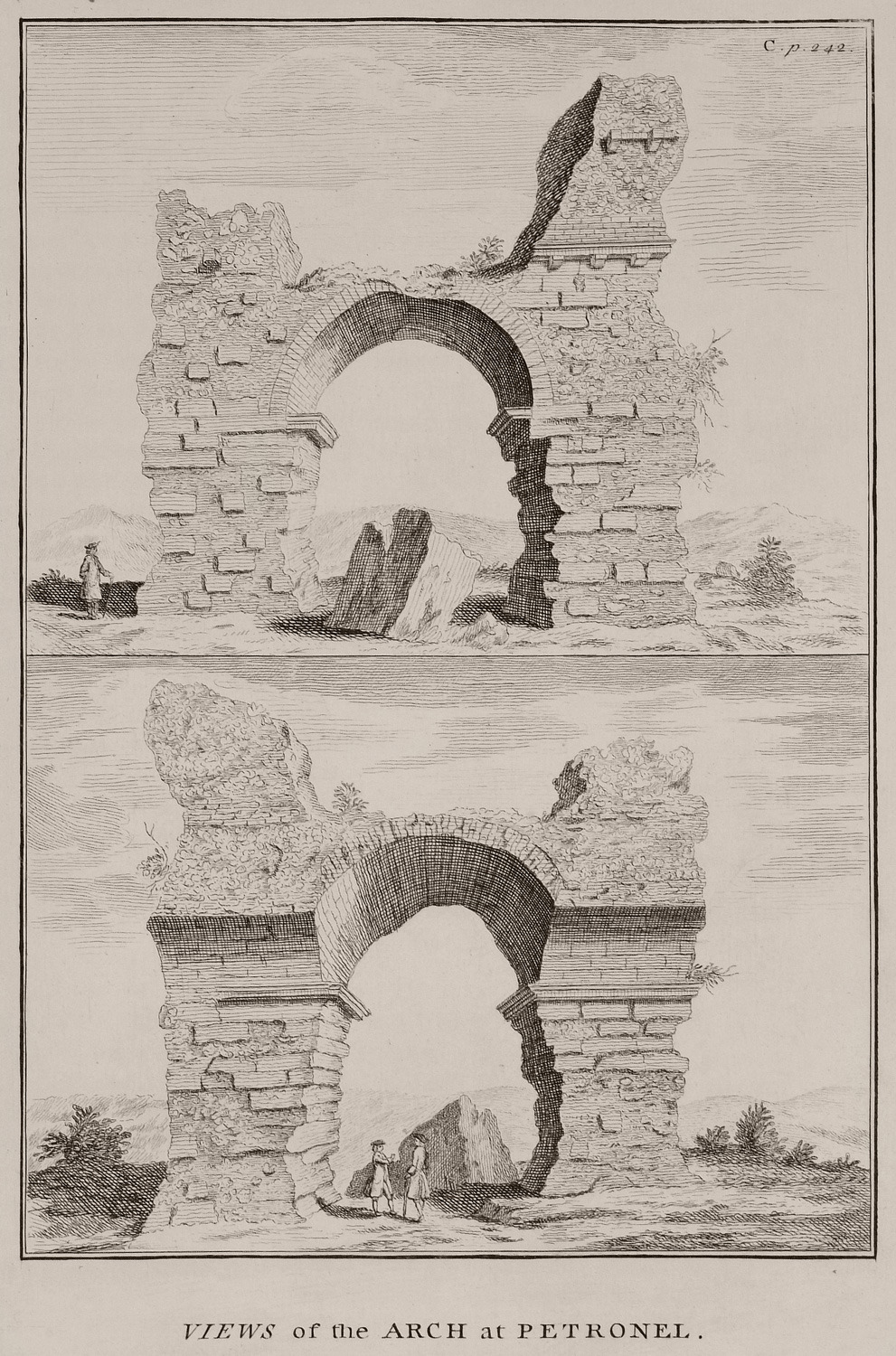
-
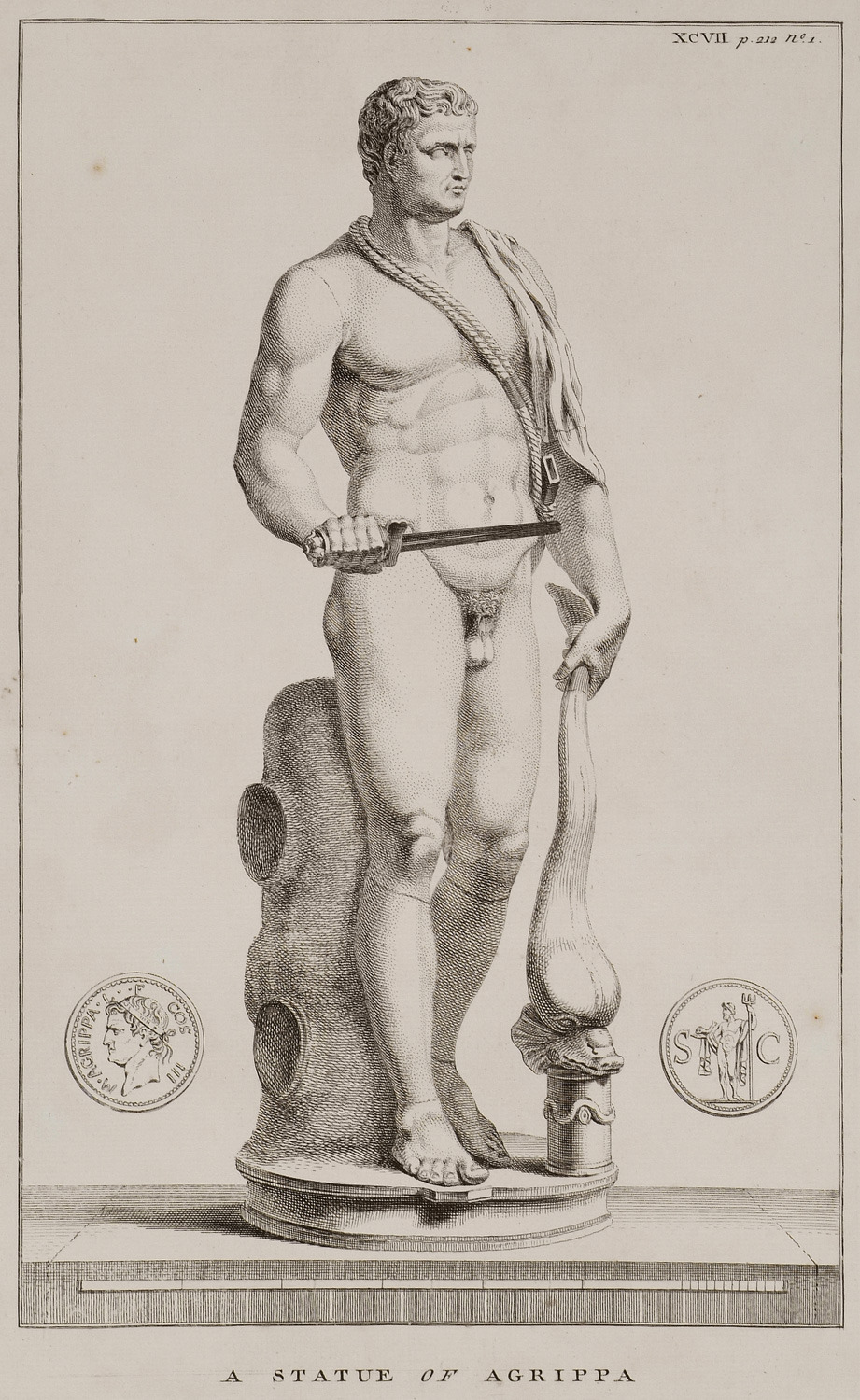
-
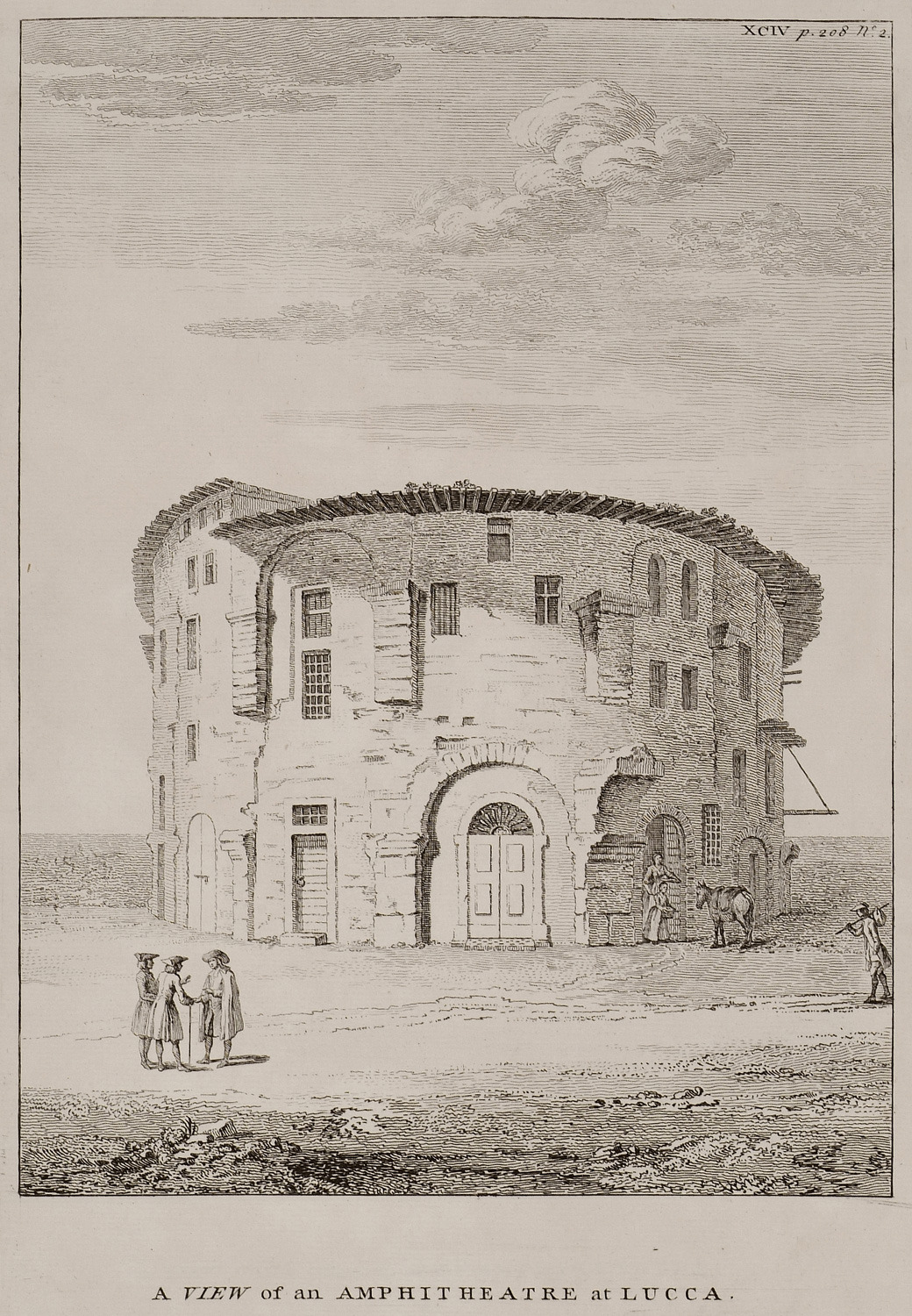
-
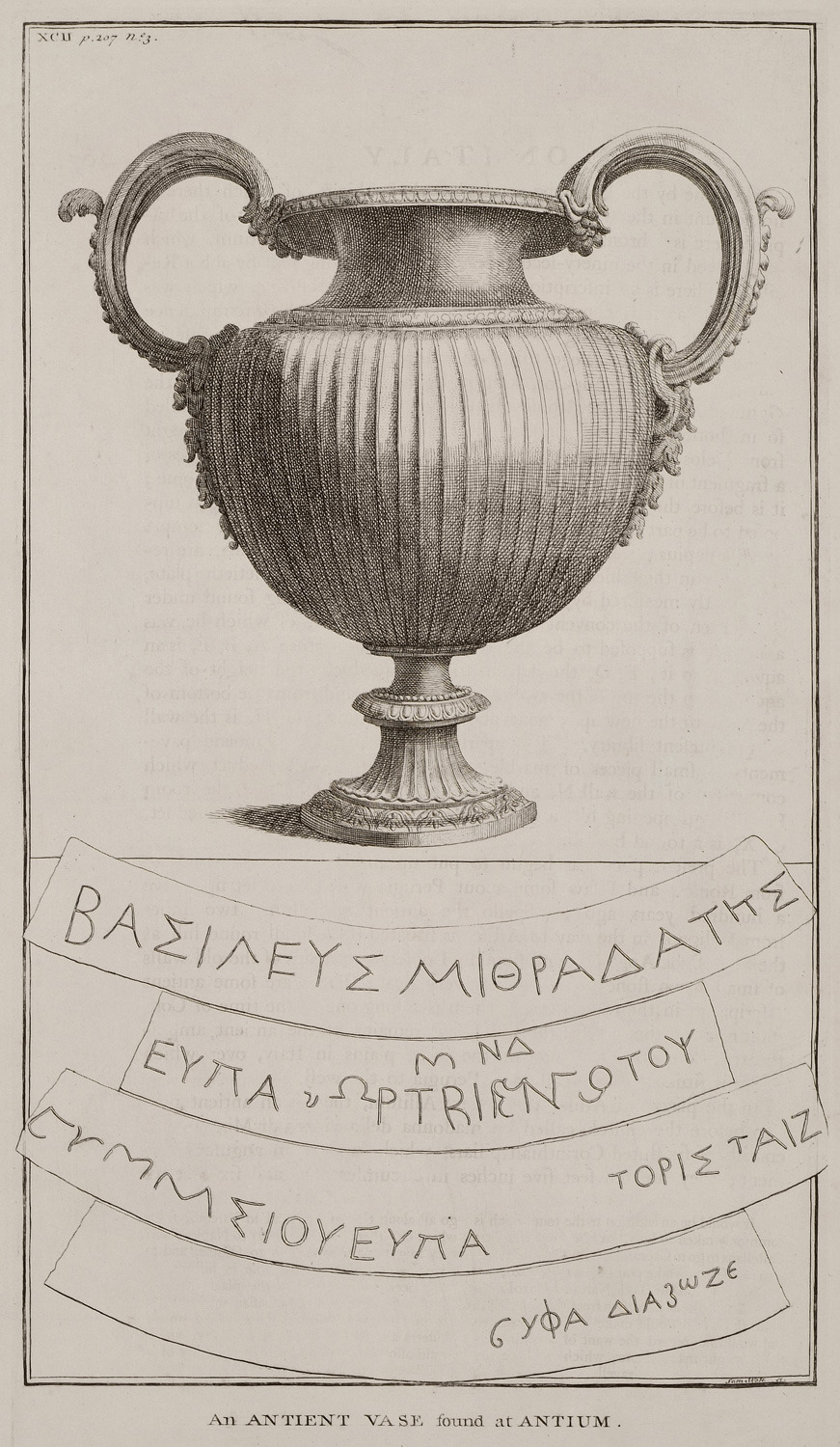
-
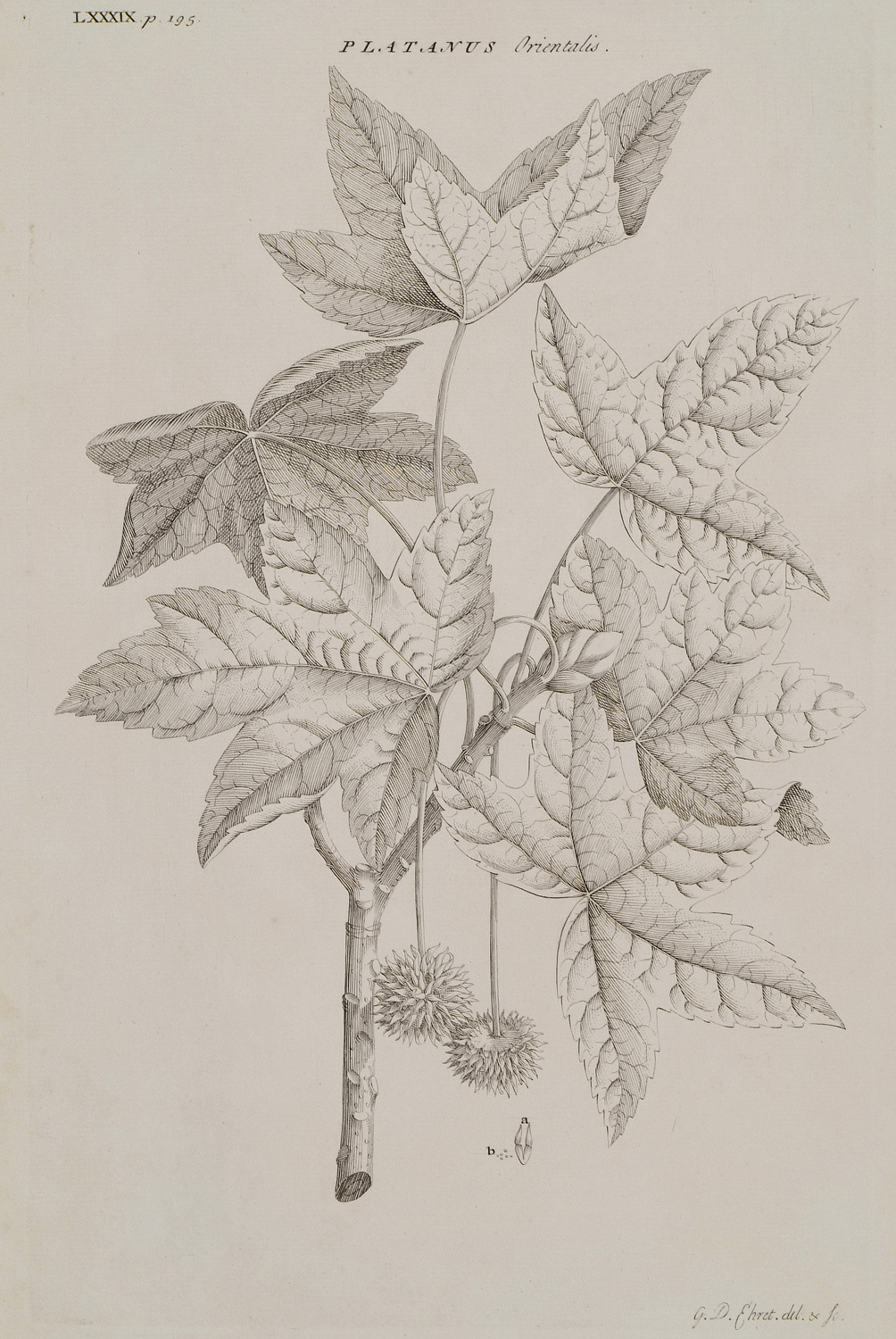
-
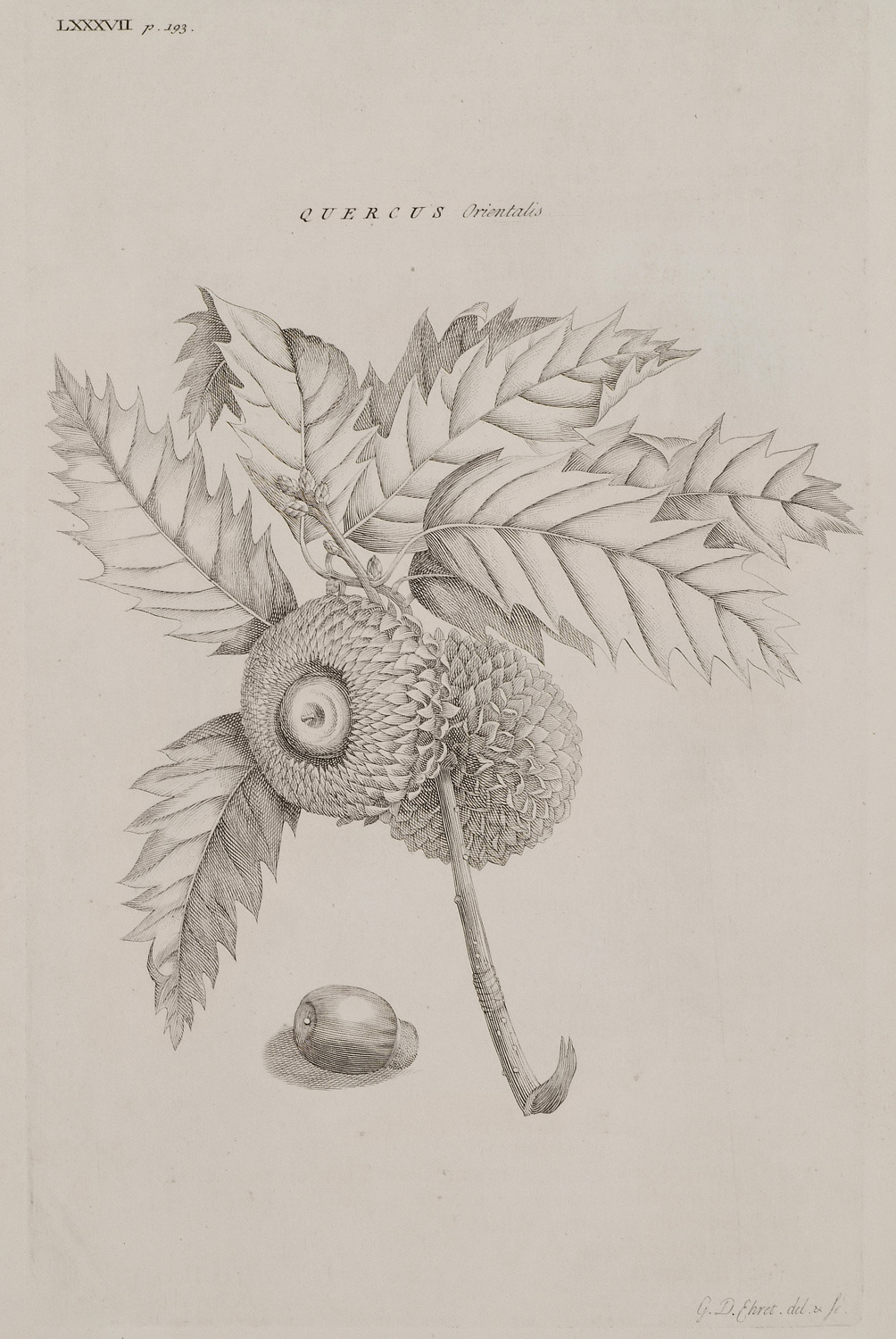
-
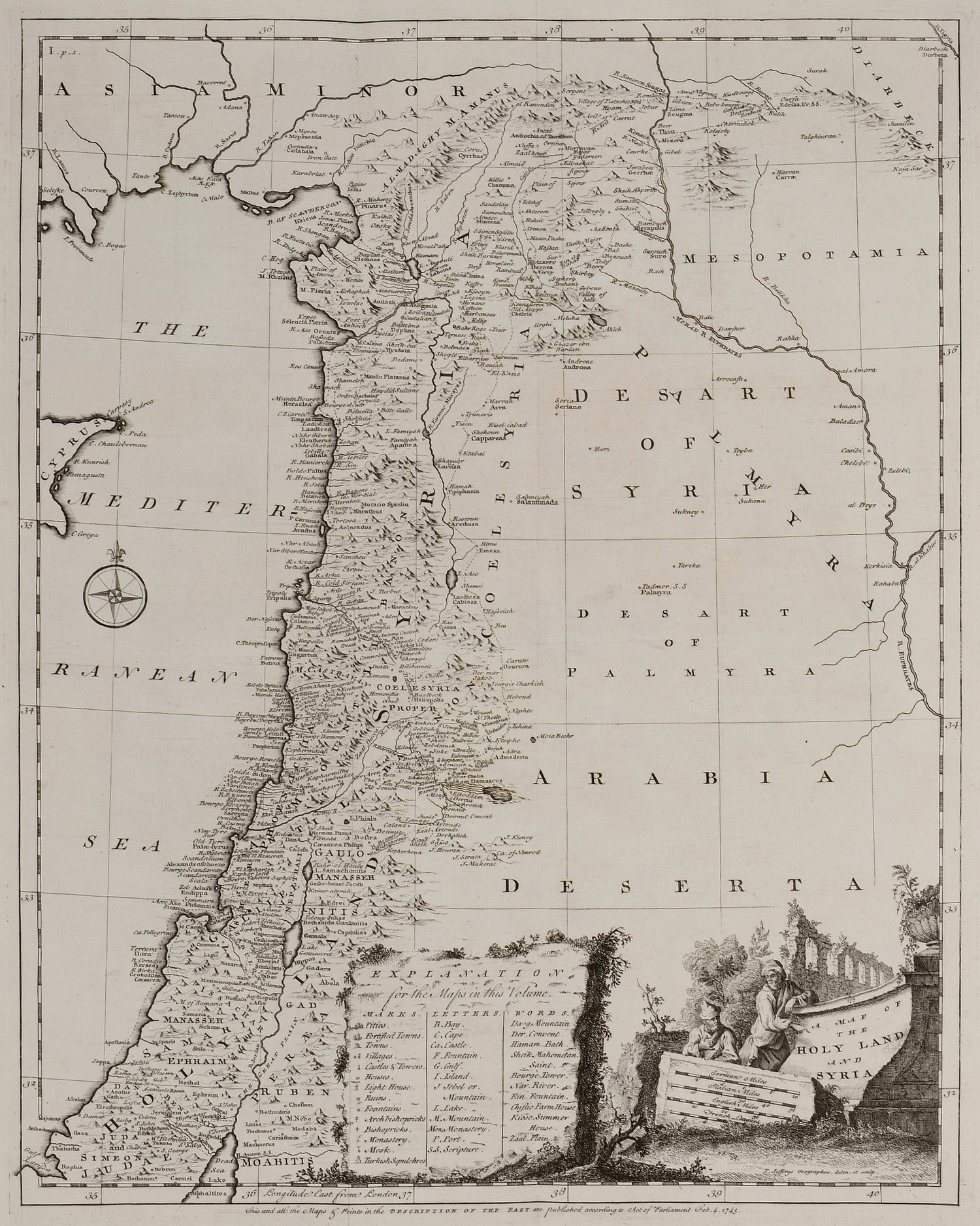
-
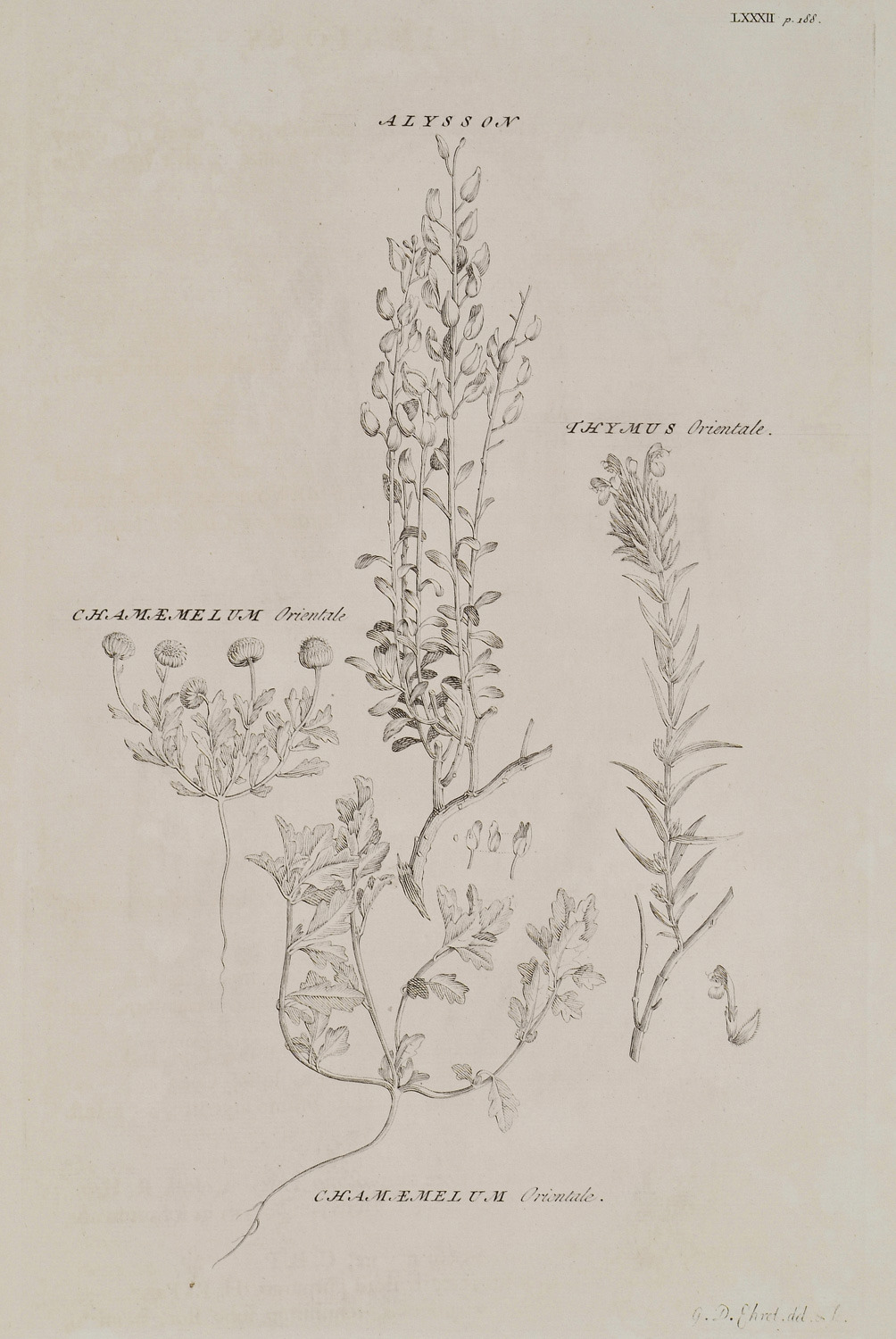
-
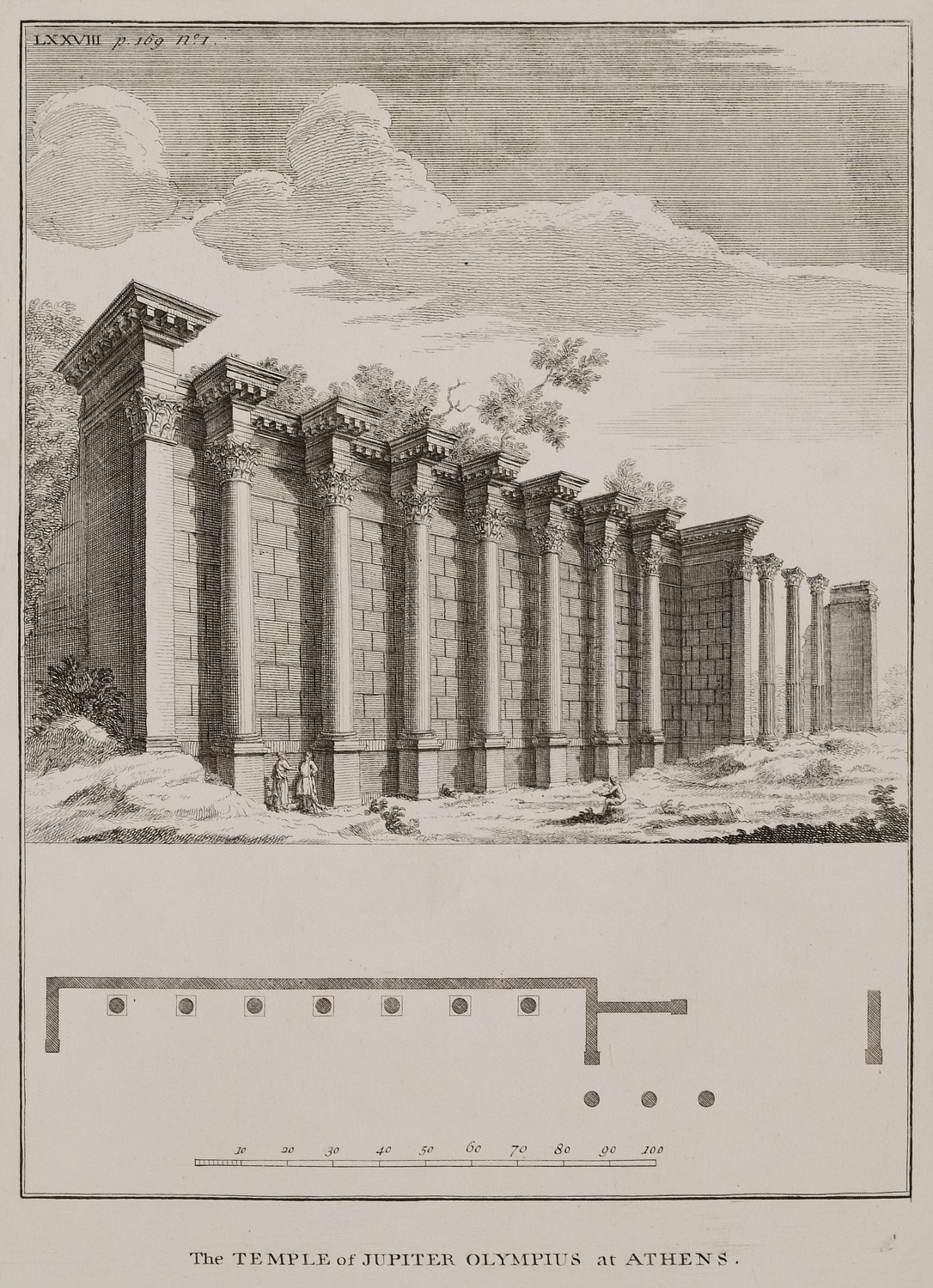
-
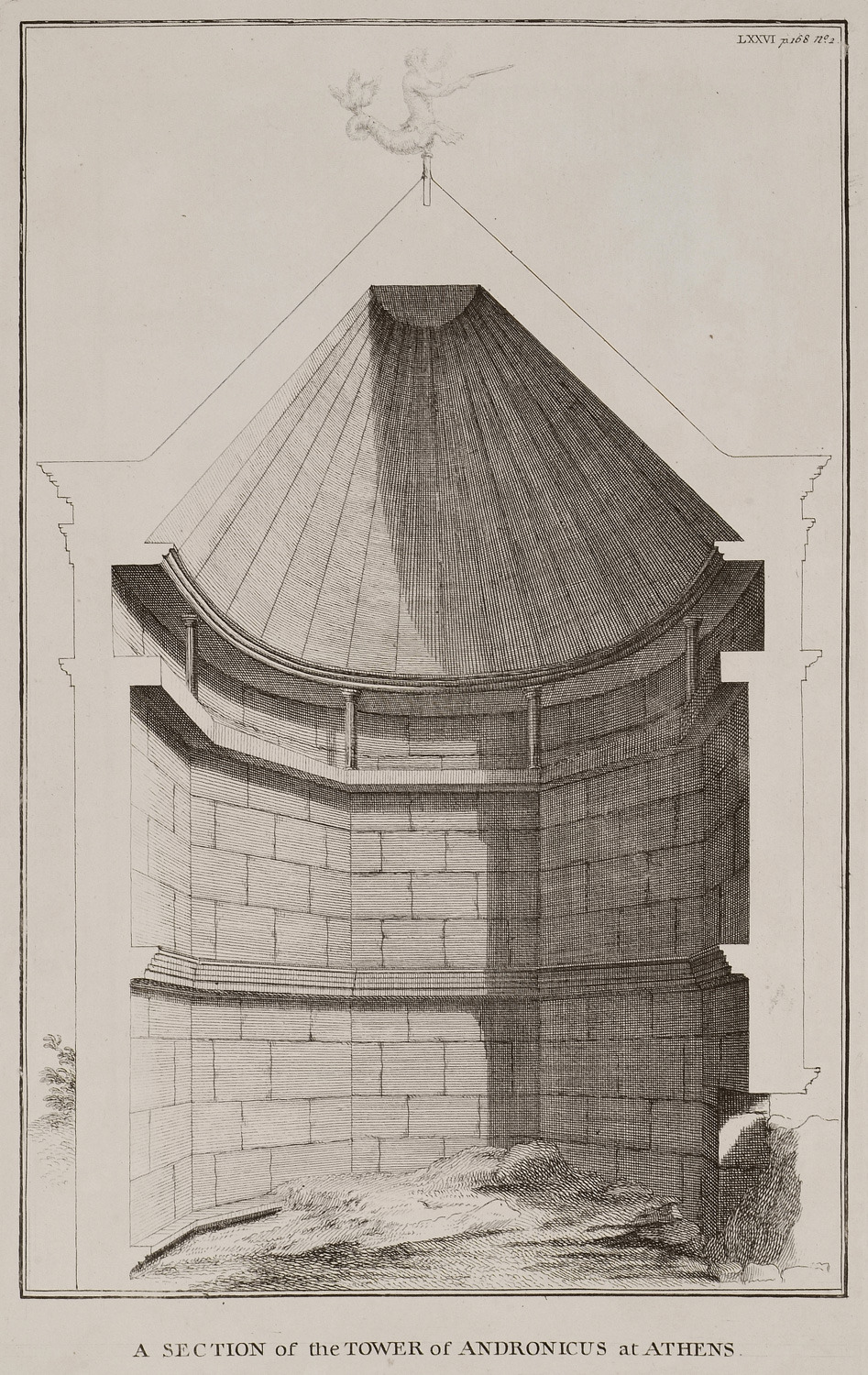
Section of the Horologion of Andronikos Kyrristos (Tower of the Winds) in Athens.
-
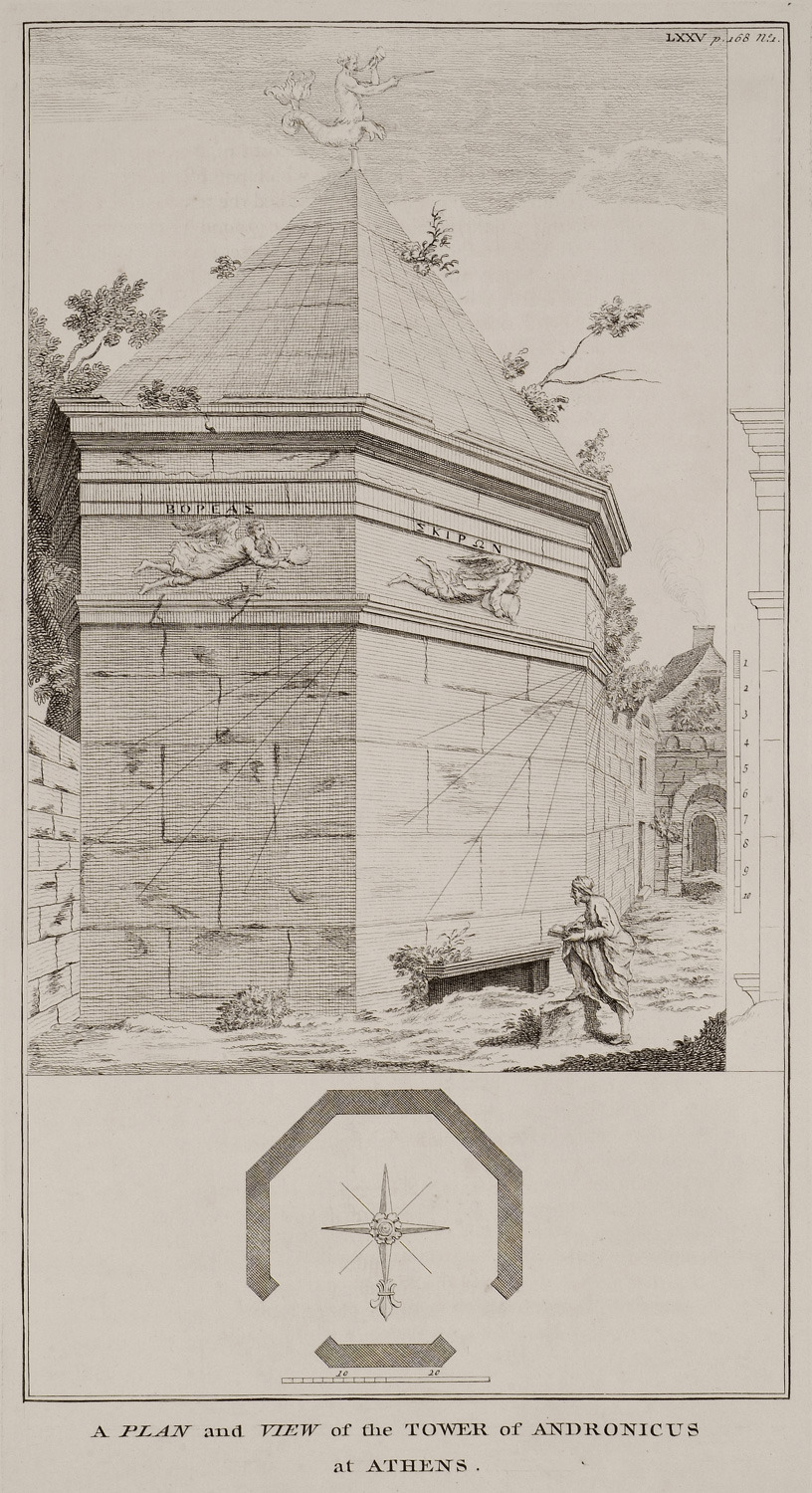
The Horologion of Andronikos Kyrristos (Tower of the Winds) in Athens. Plan of the monument.
-
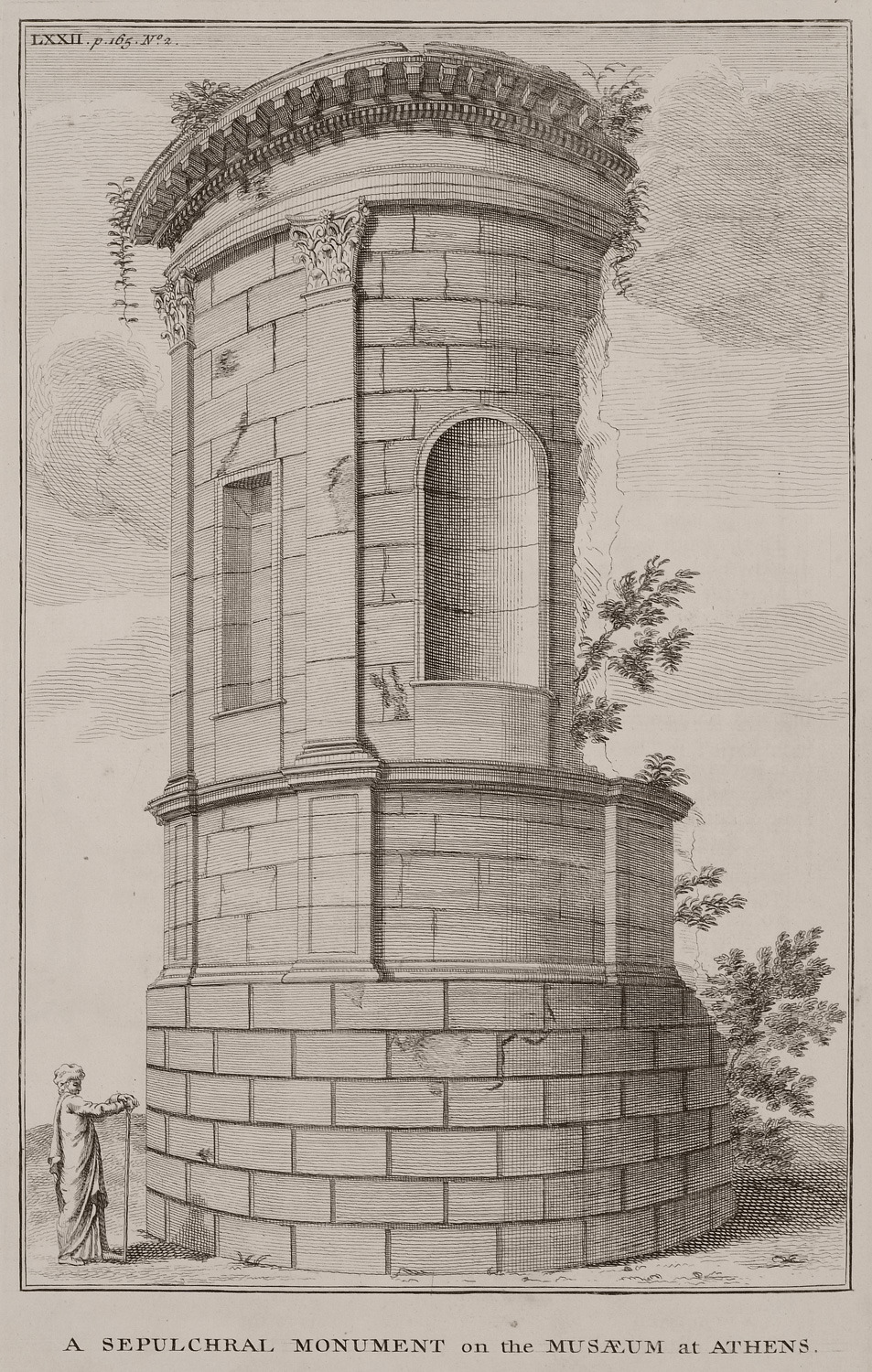
-
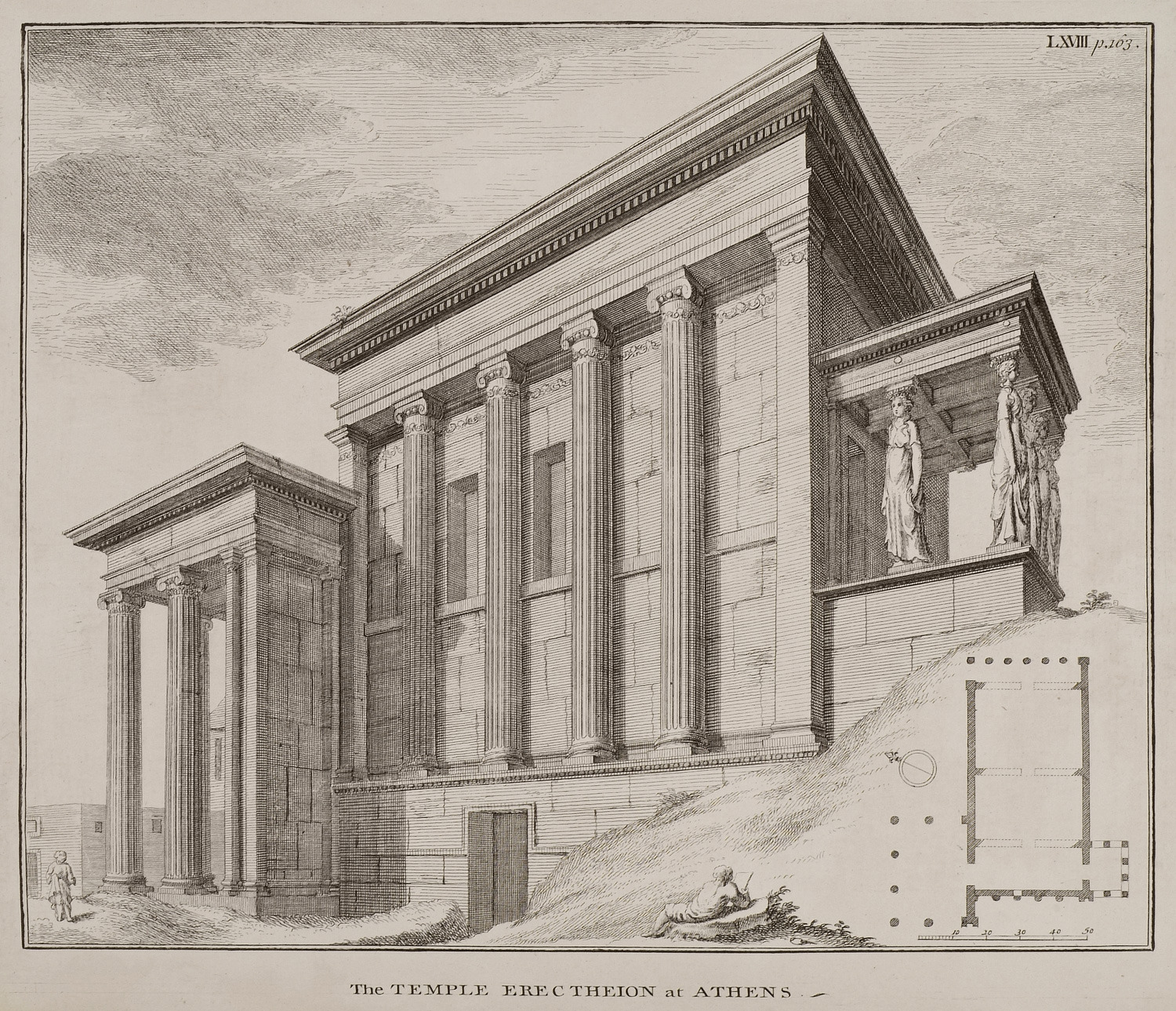
View of the southern side of the Erechtheion. Plan of the monument.
-
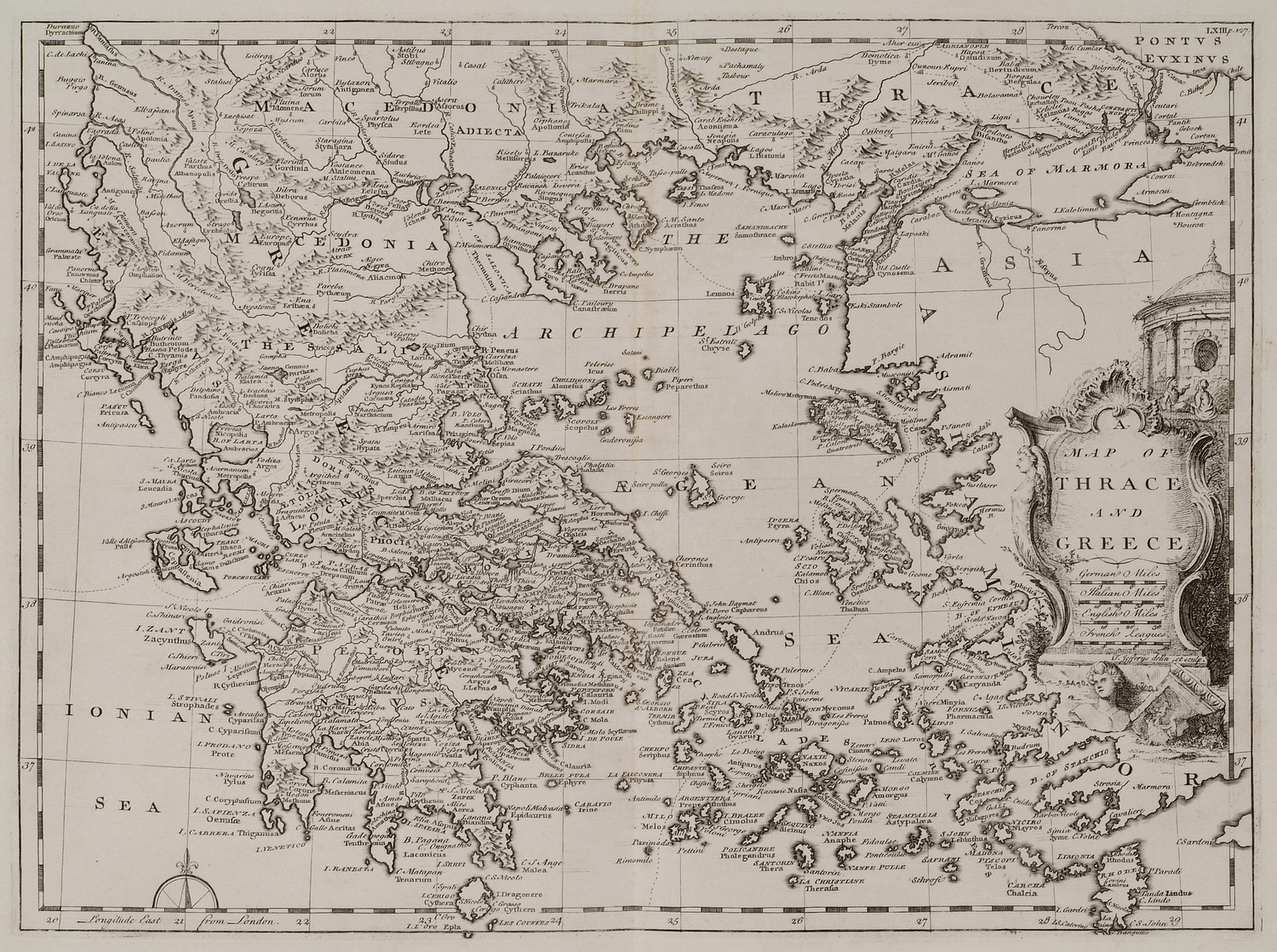
-
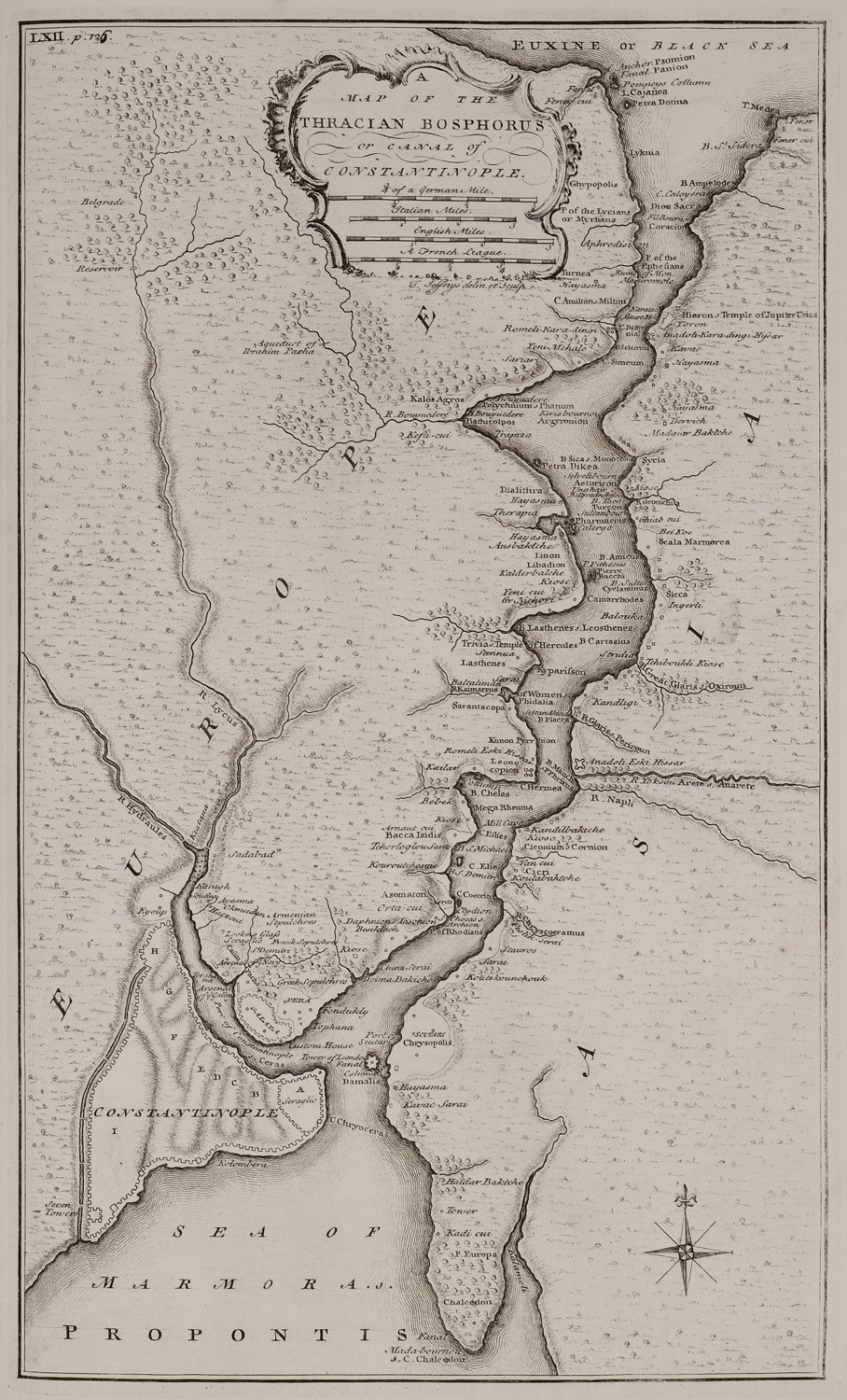
-
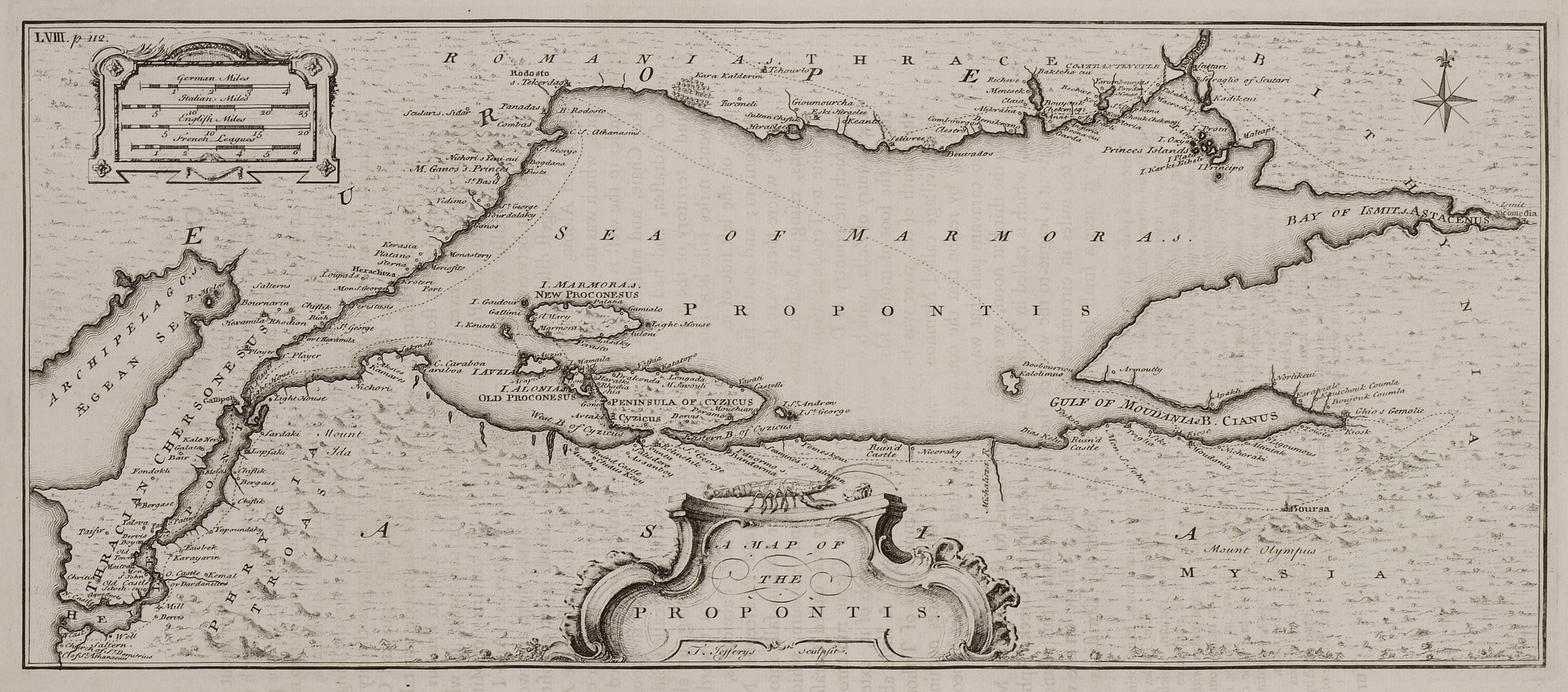
-
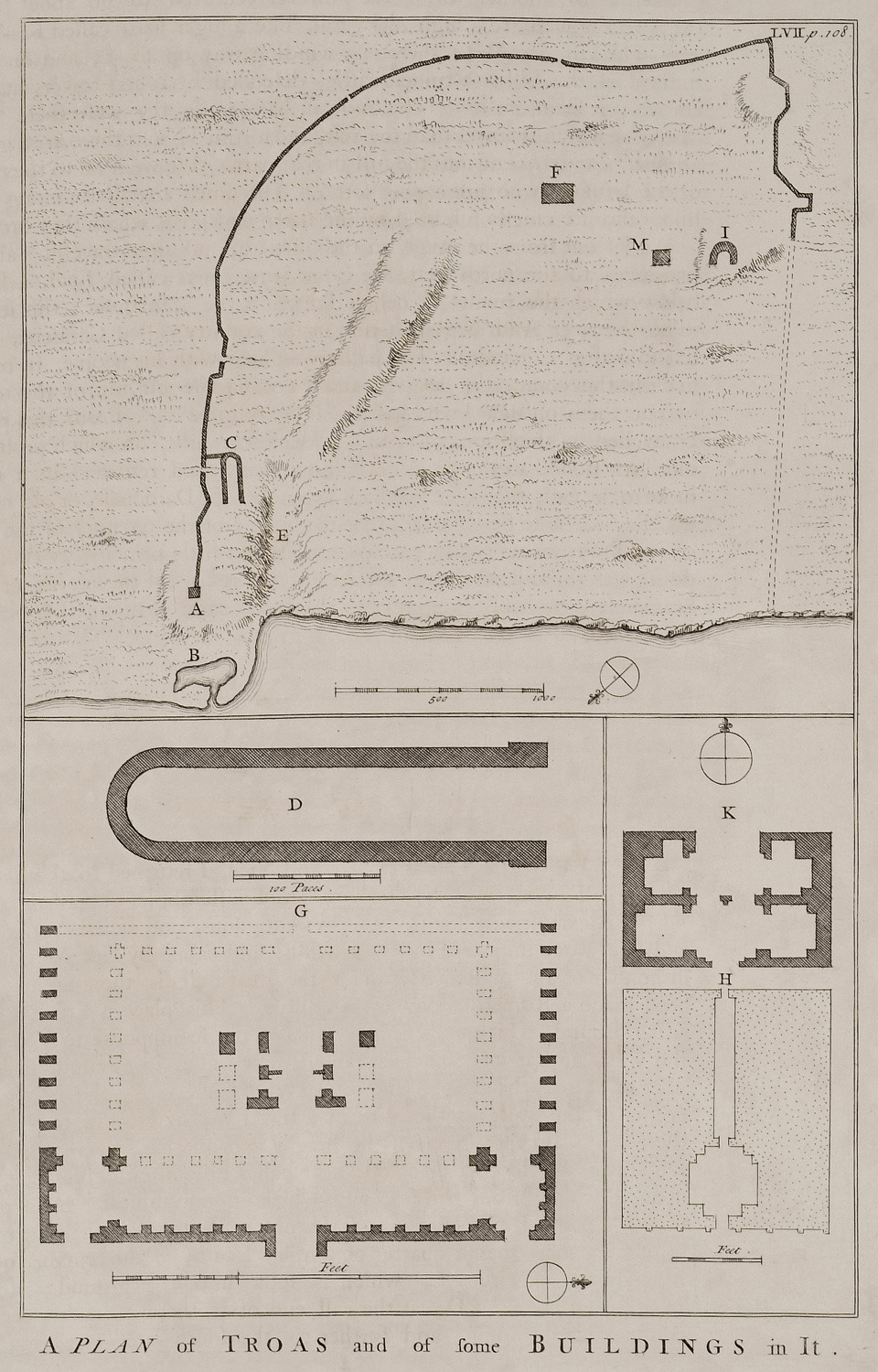
-
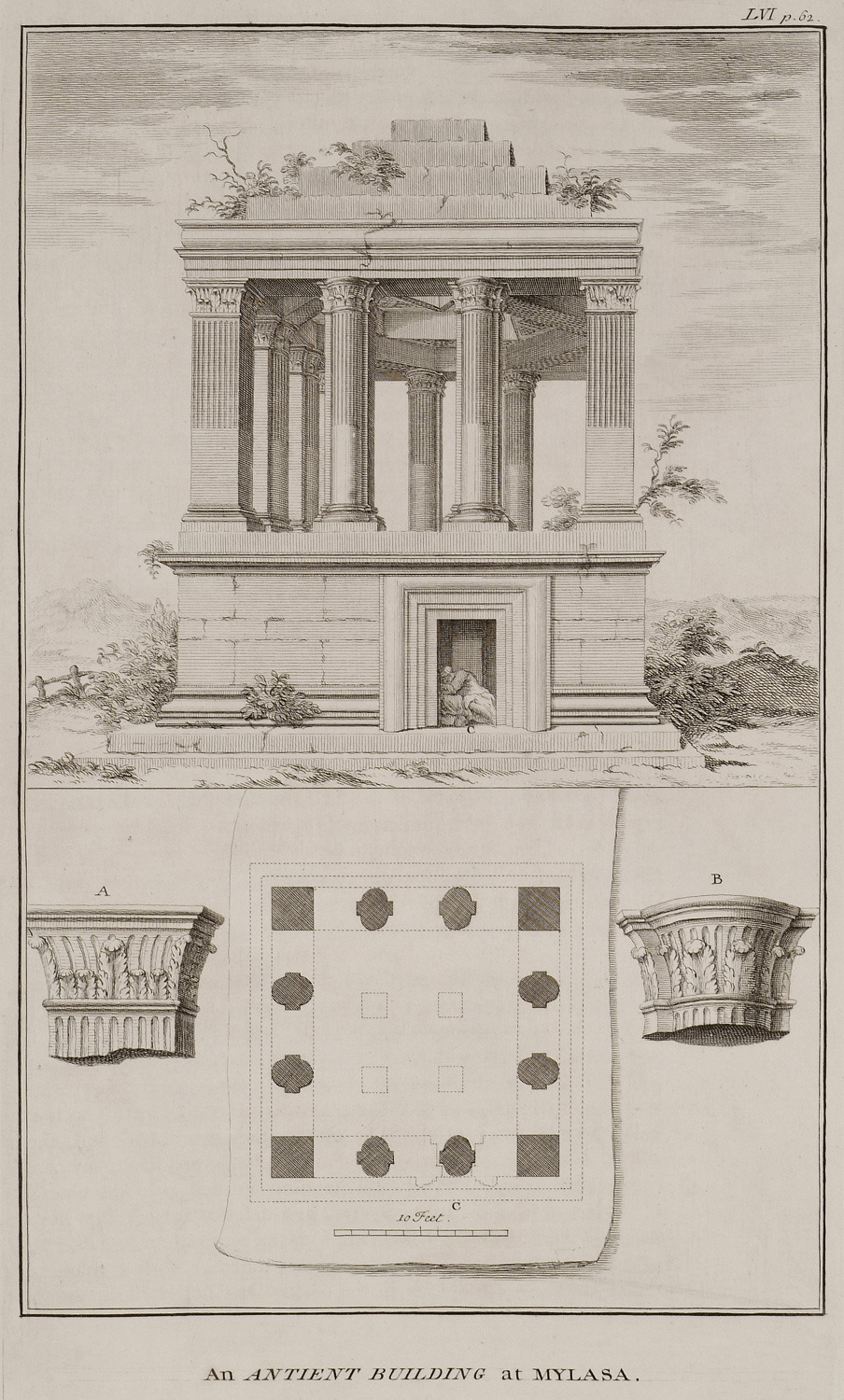
-
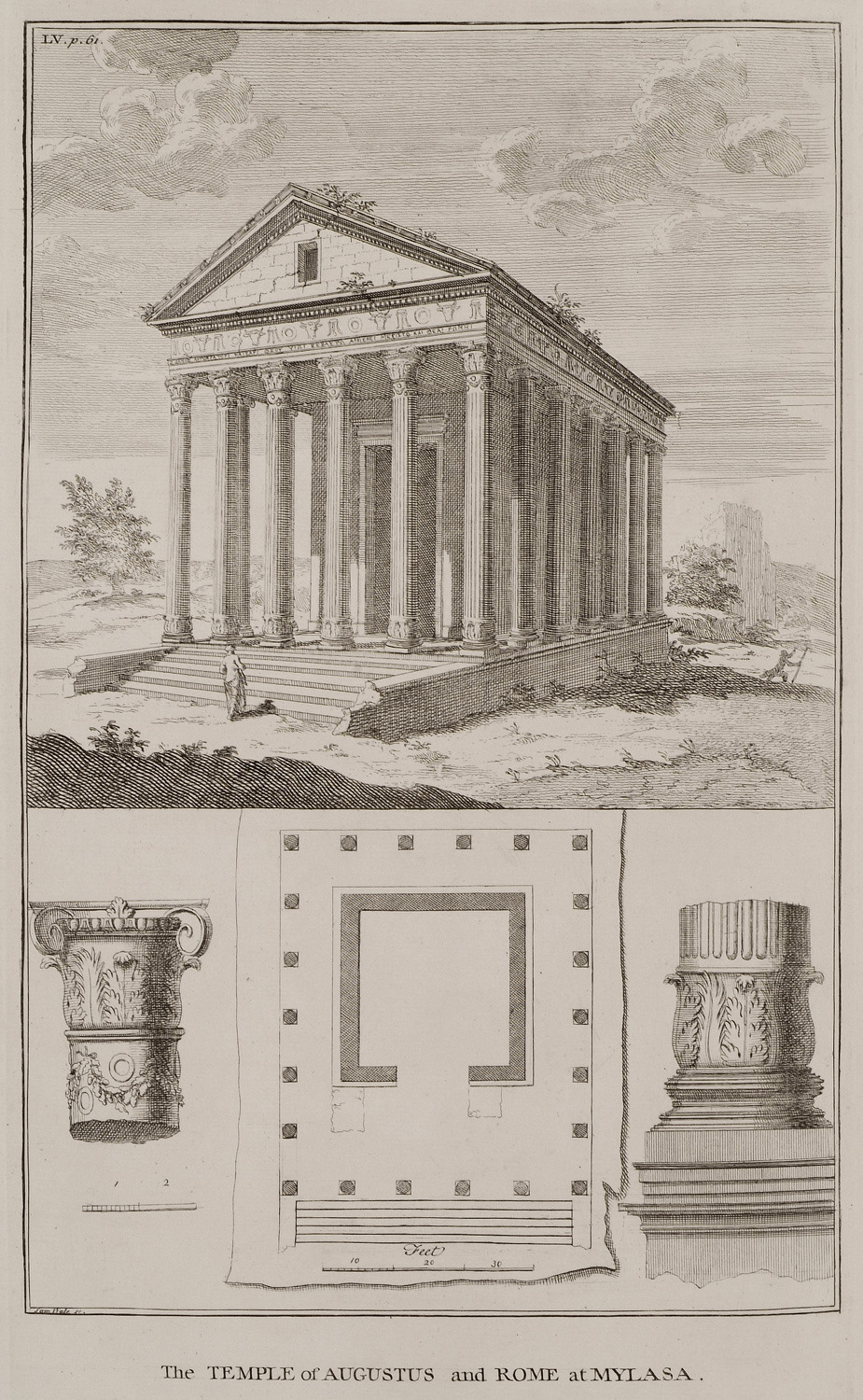
View, plan and architectural elements of the Temple of Augustus in Milas.
-
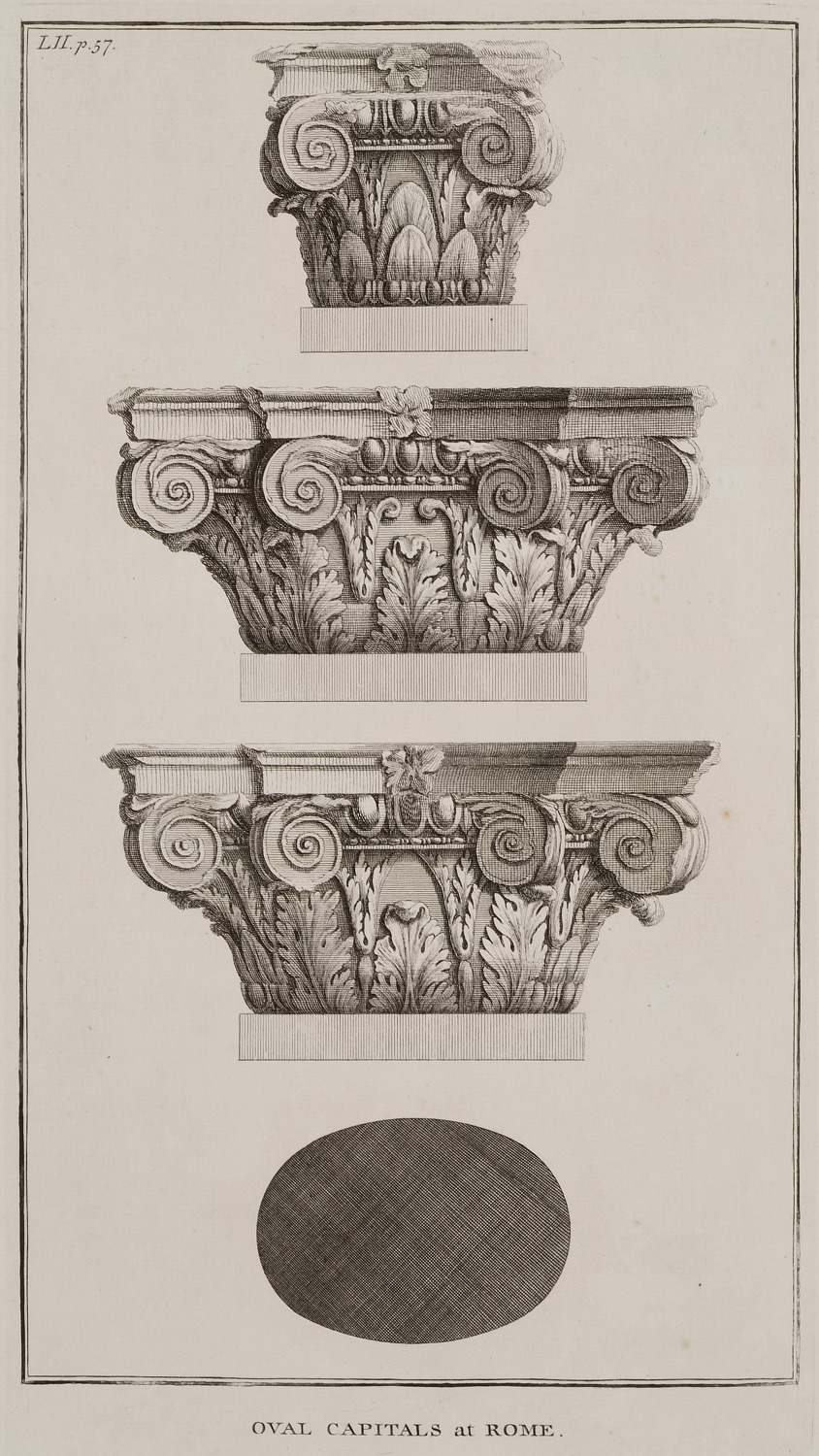
-
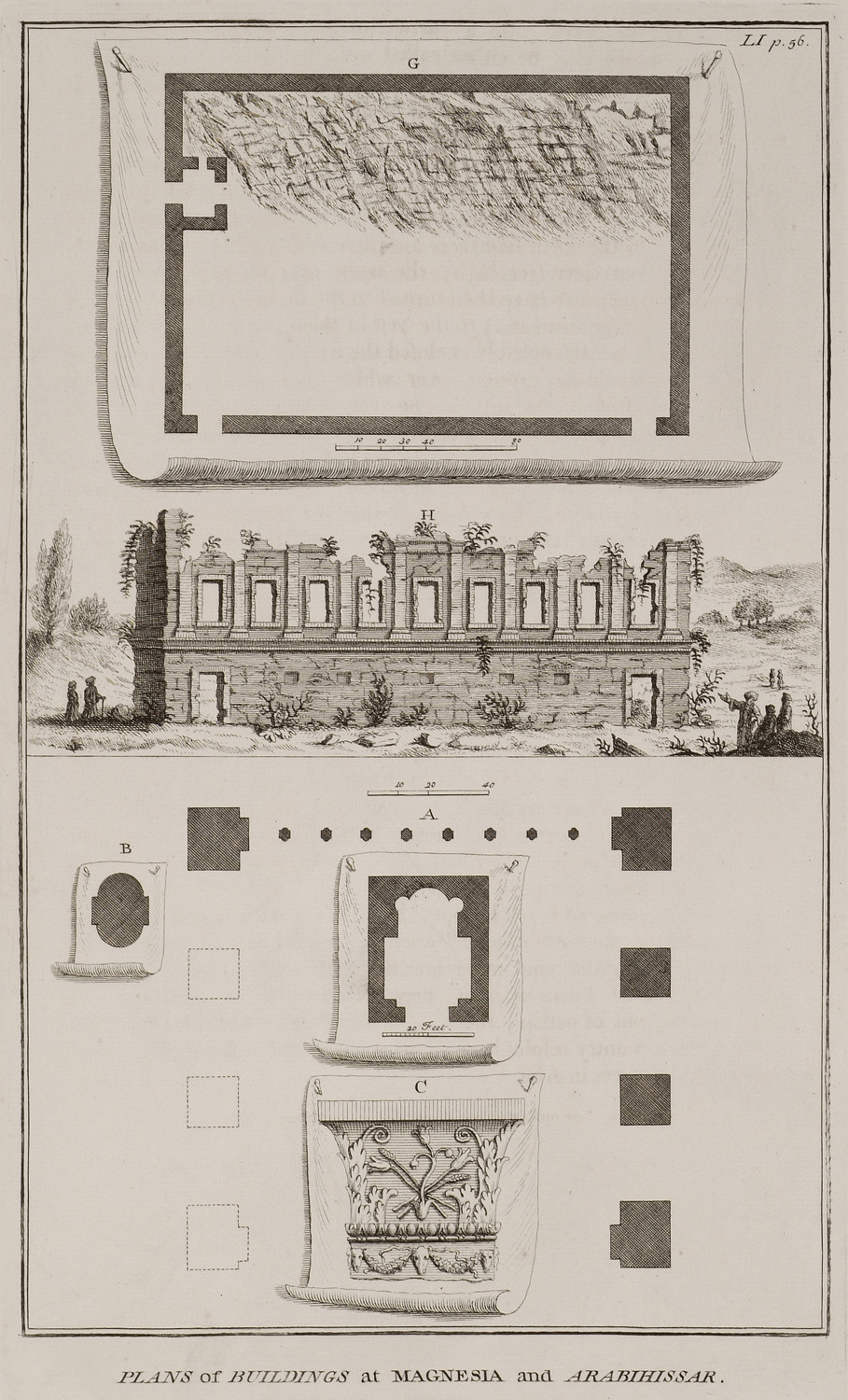
Plans of buidings in Magnesia on the Maeander and Alabanda (Doğanyurt-Araphisar).
-
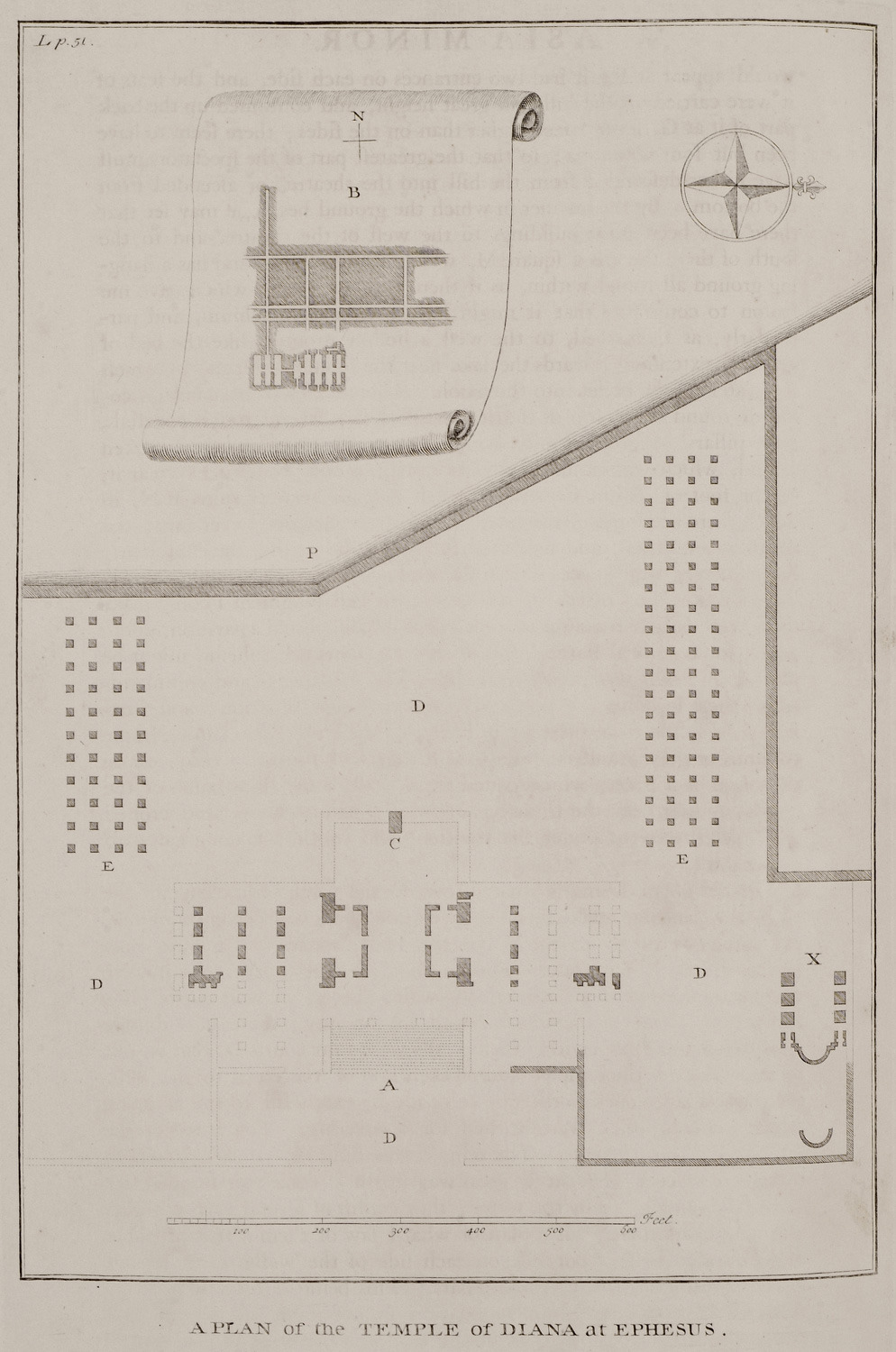
-
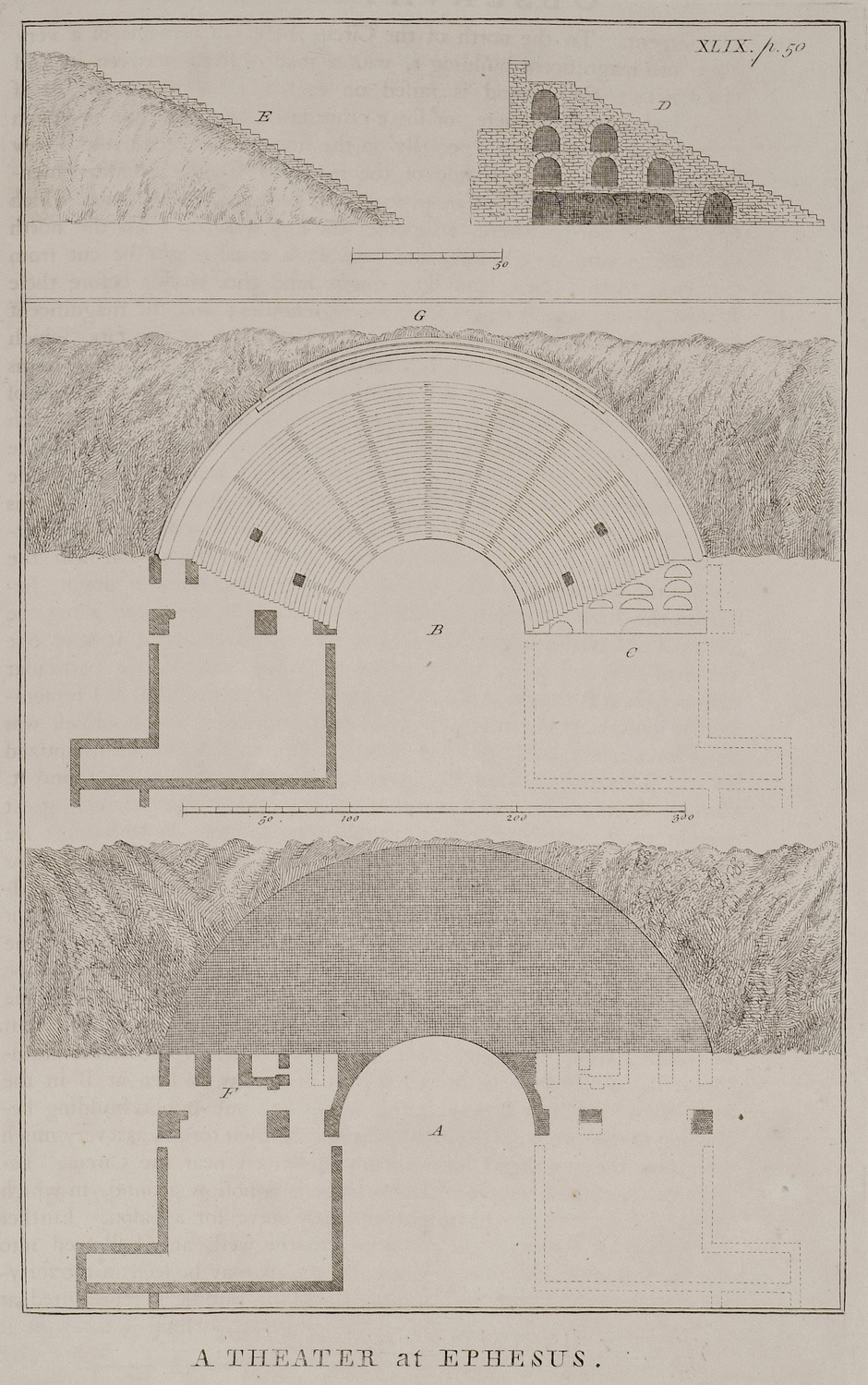
Section plans, view and plan of the ancient theater in Ephesus.
-
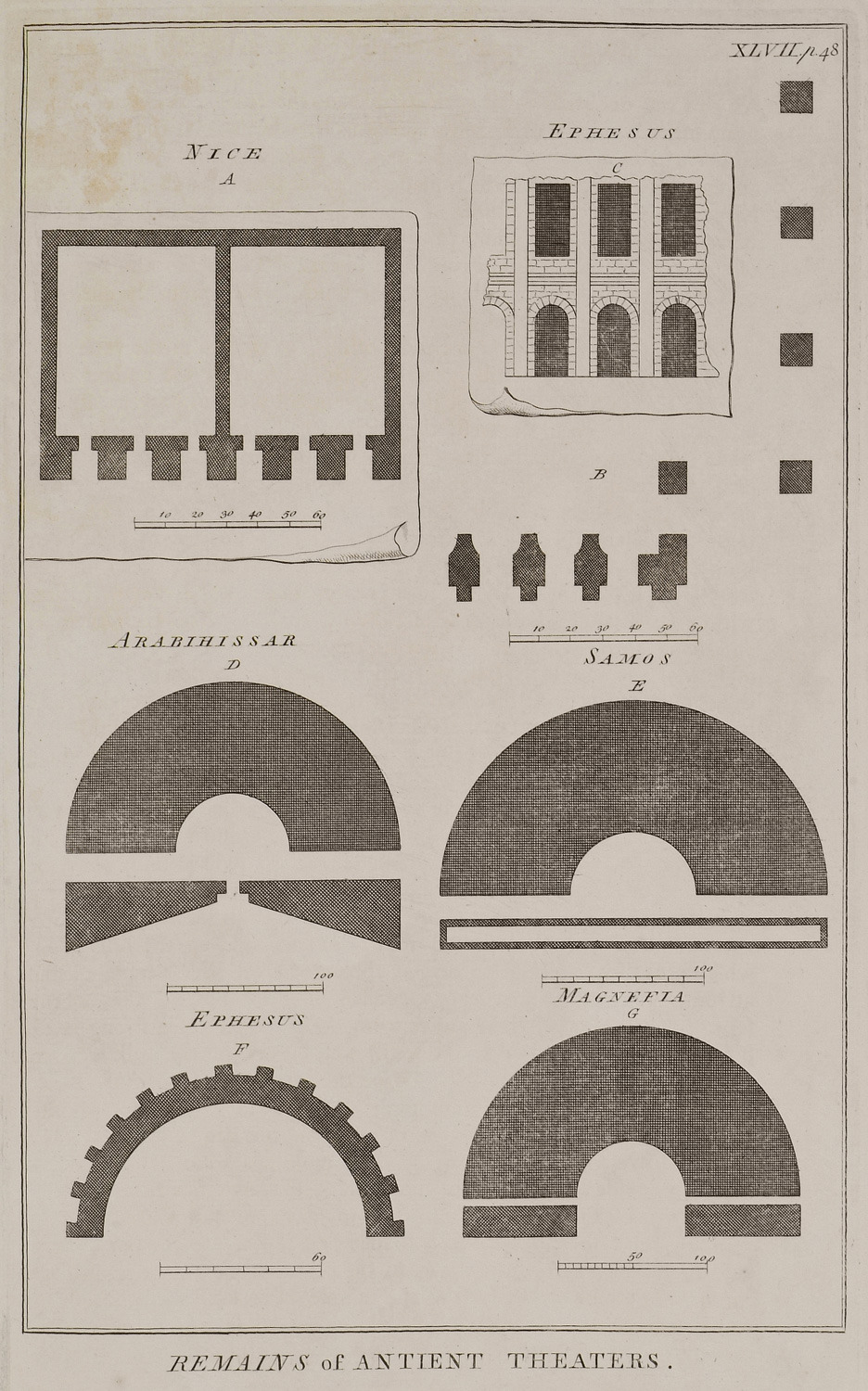
-
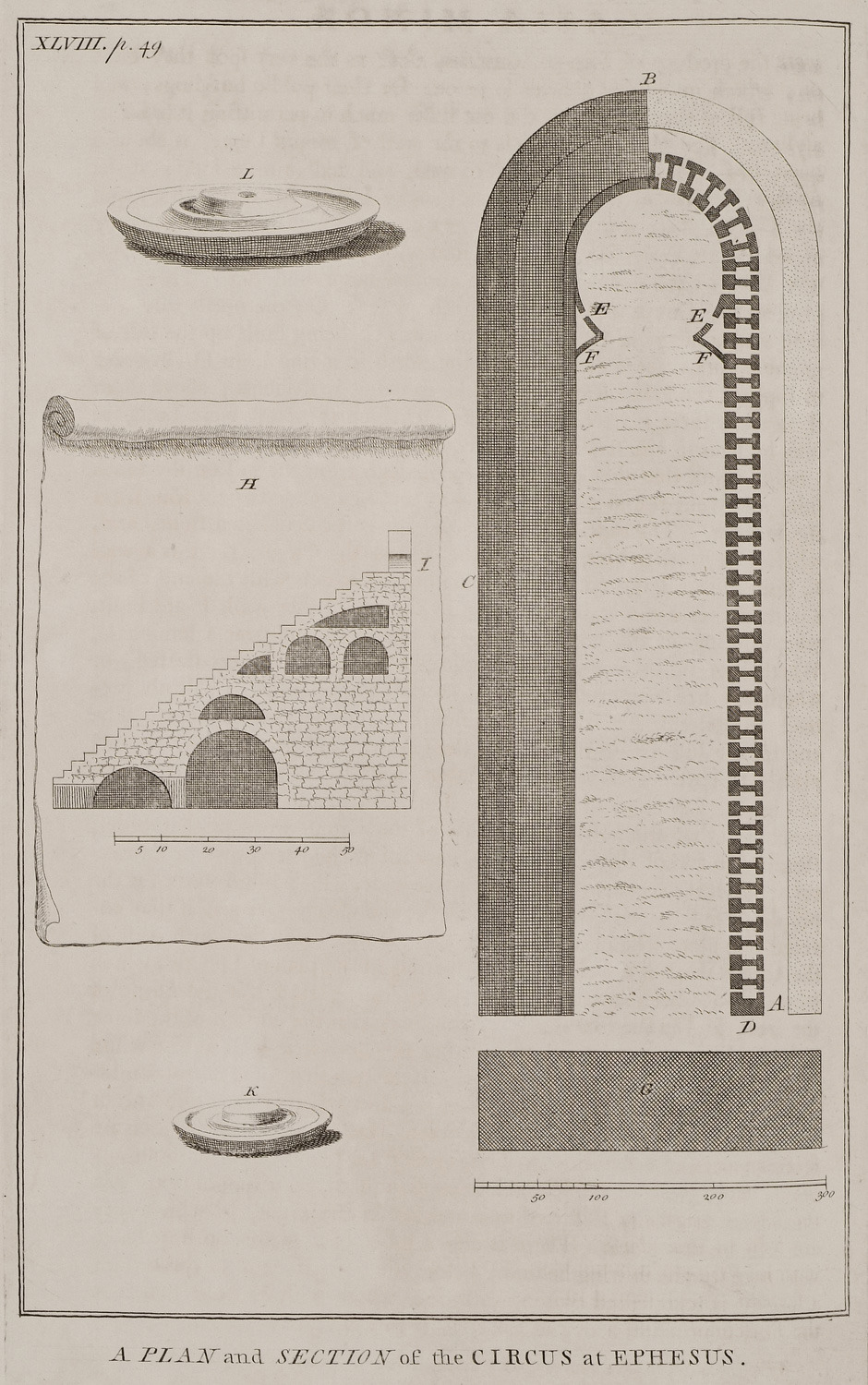
-
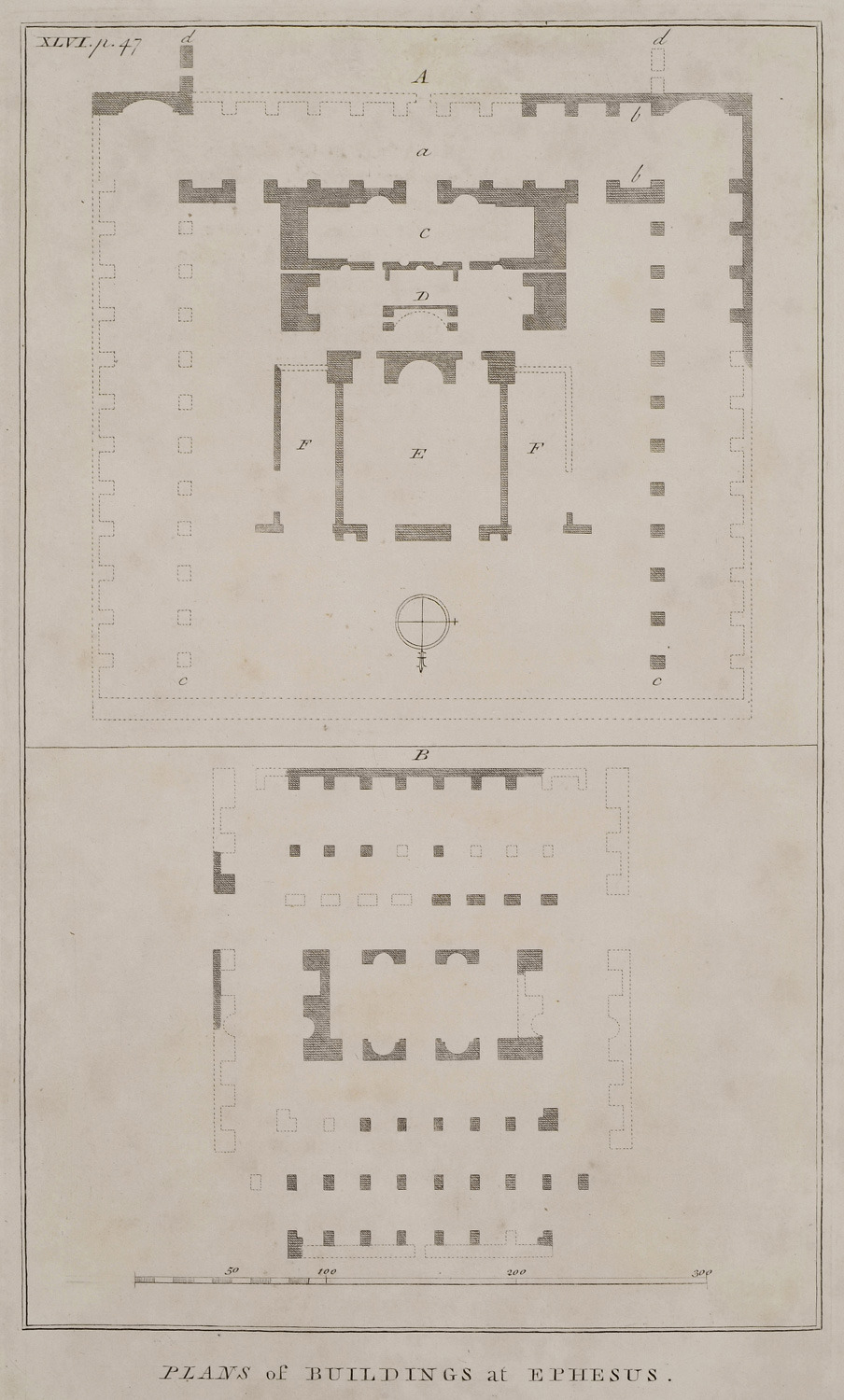
-
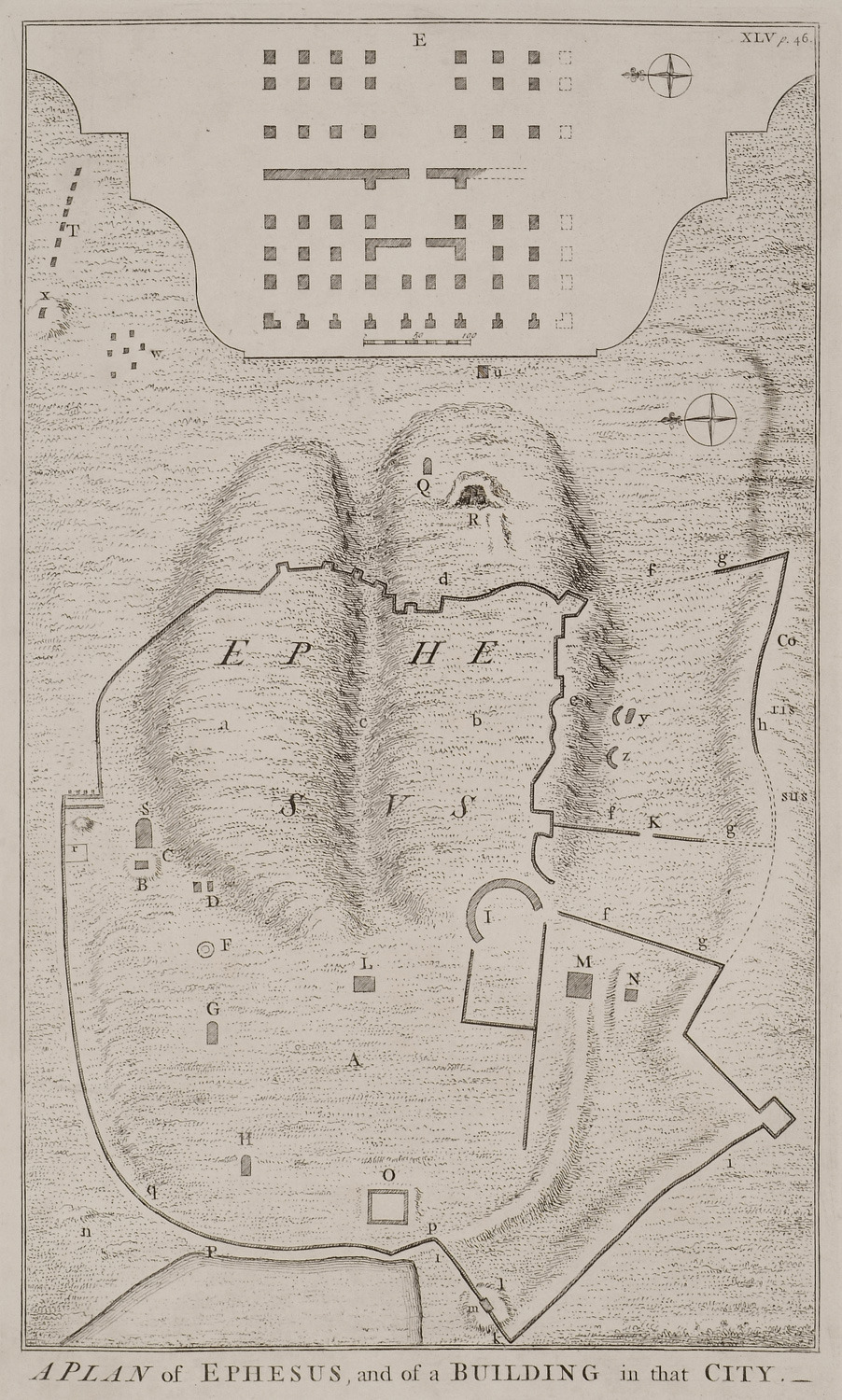
-
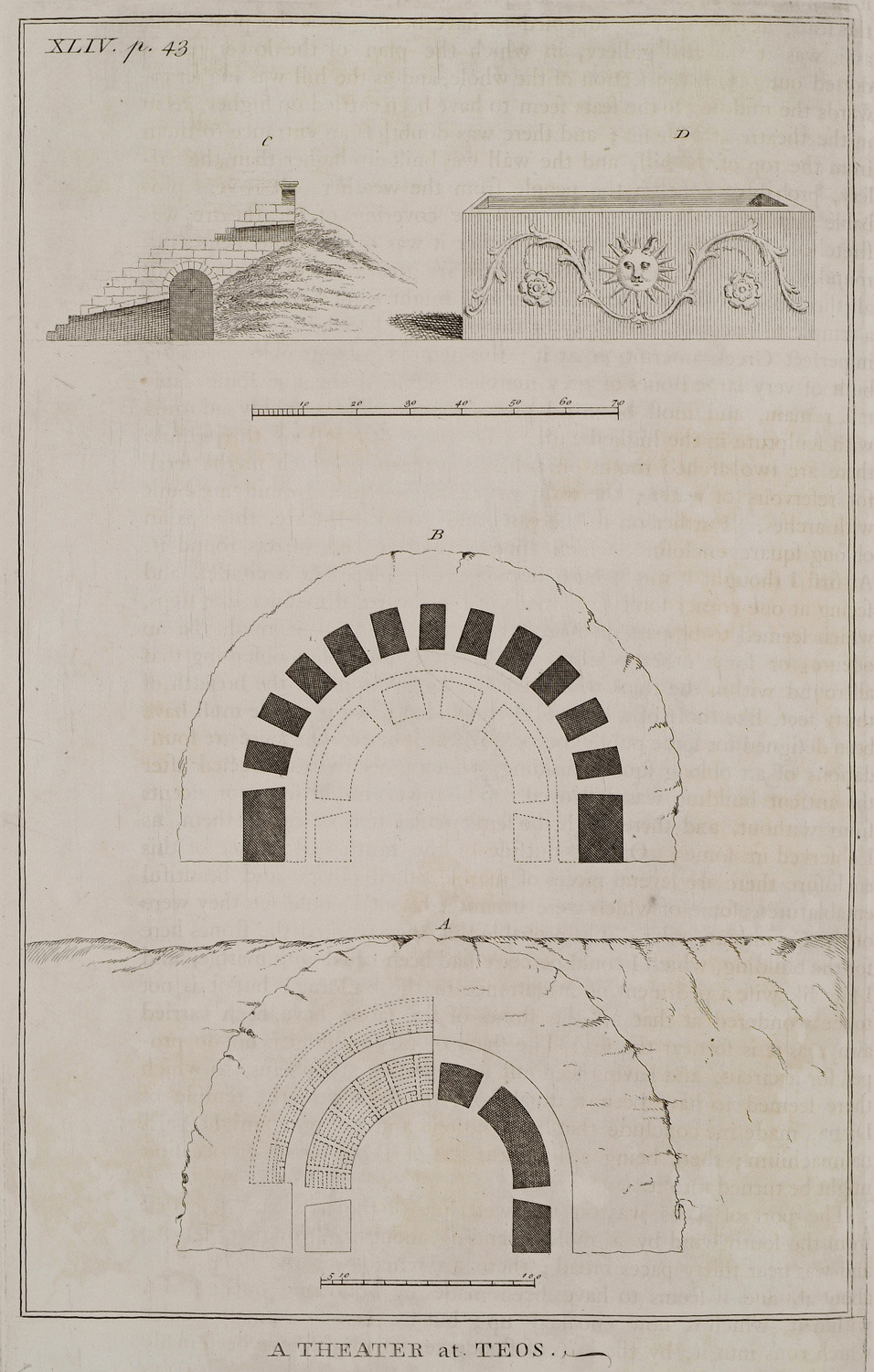
-
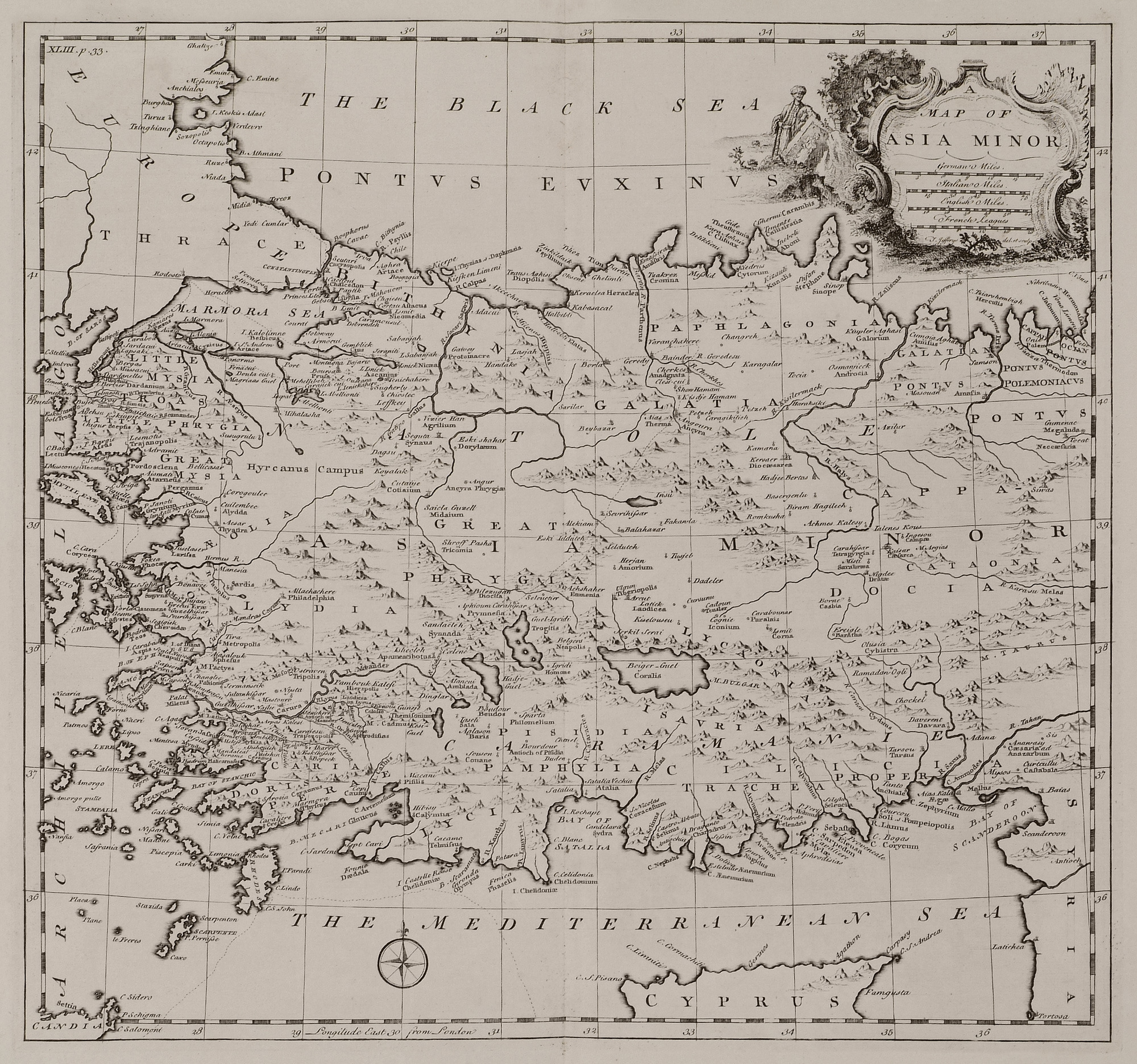
-
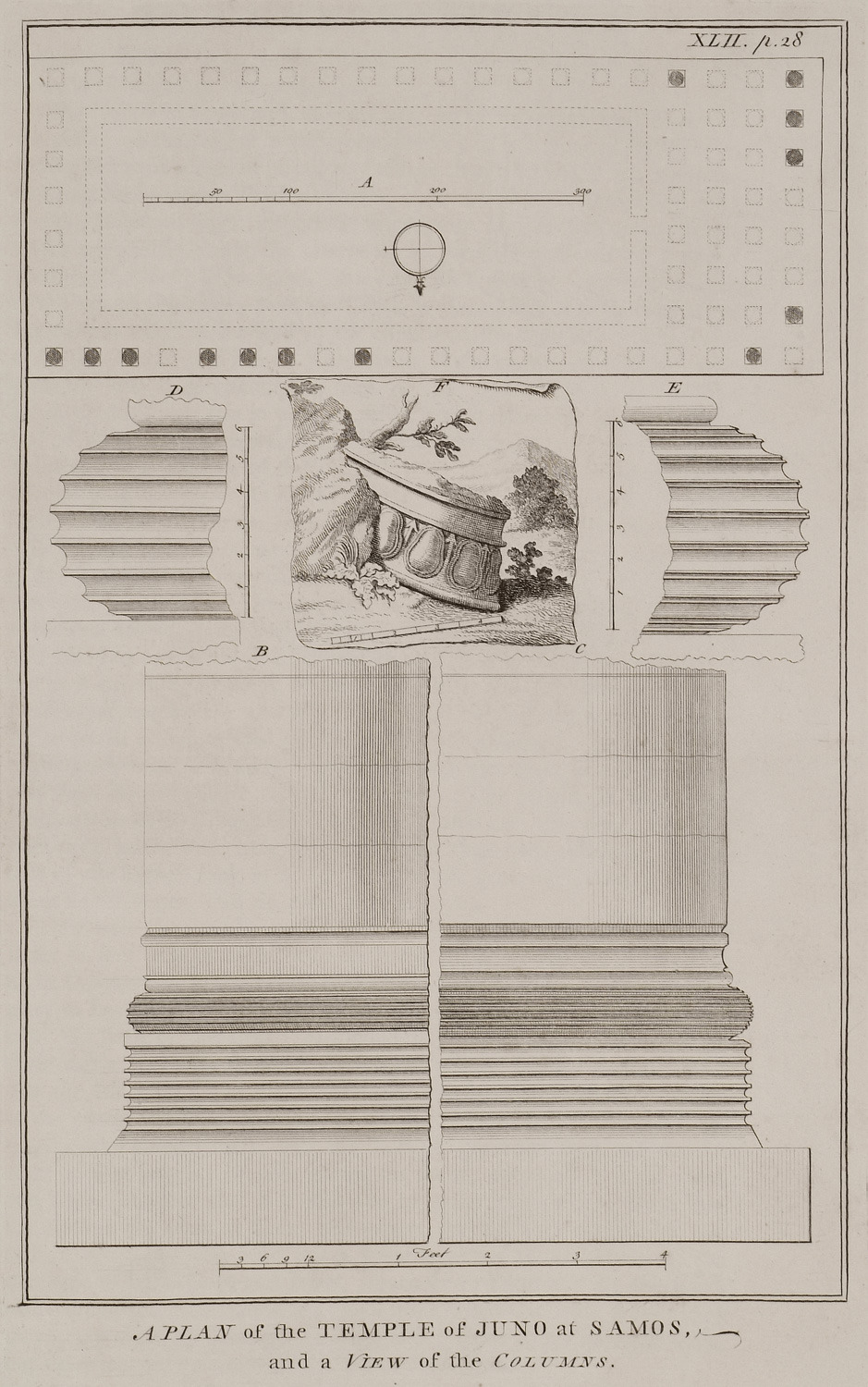
Plan of the temple of Hera in Samos. Views and sections of the columns of the temple.
-
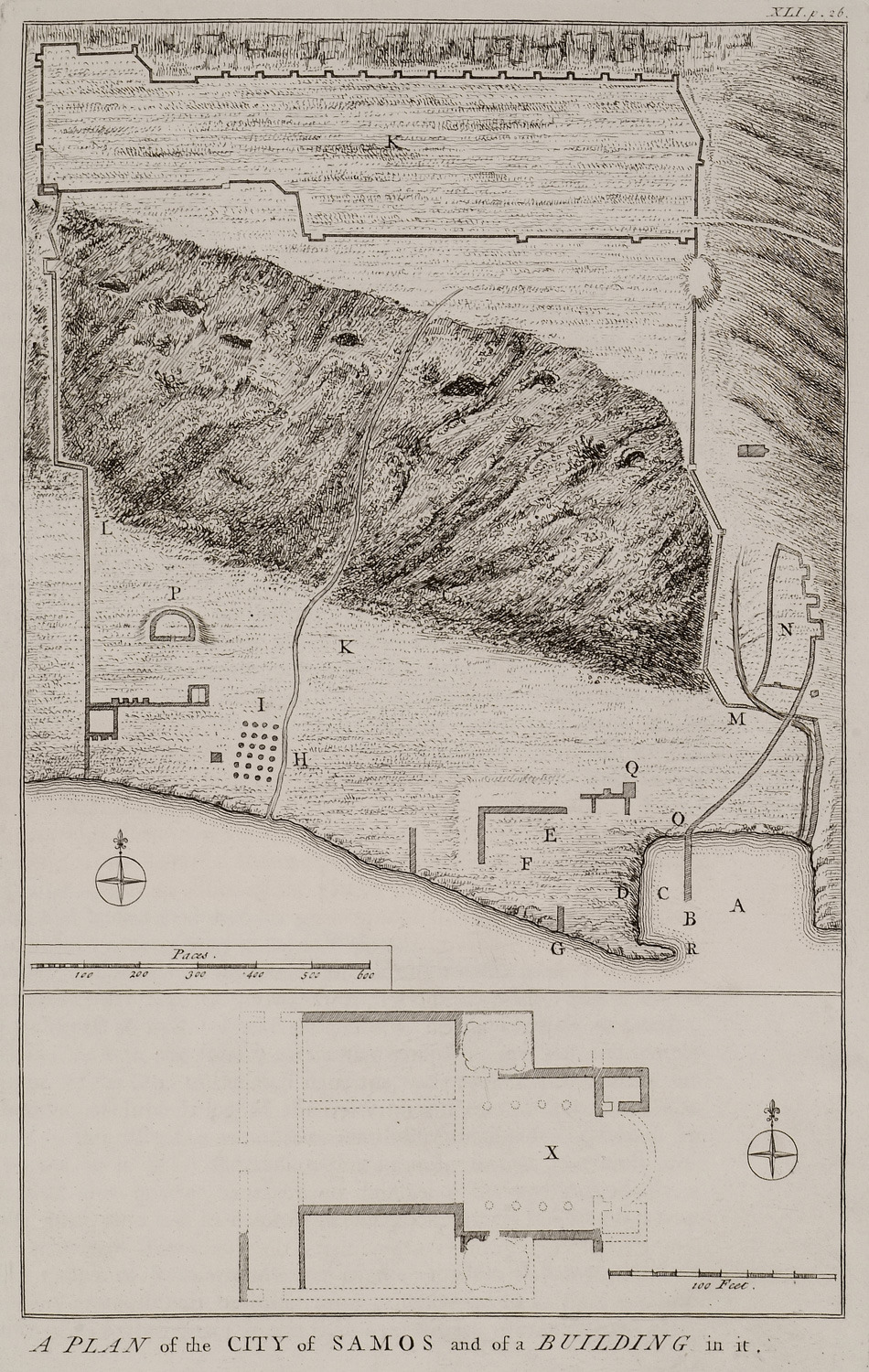
Map of Pythagoreio in Samos island. Plan of the church of Agios Nikolaos (Q on the map).
-
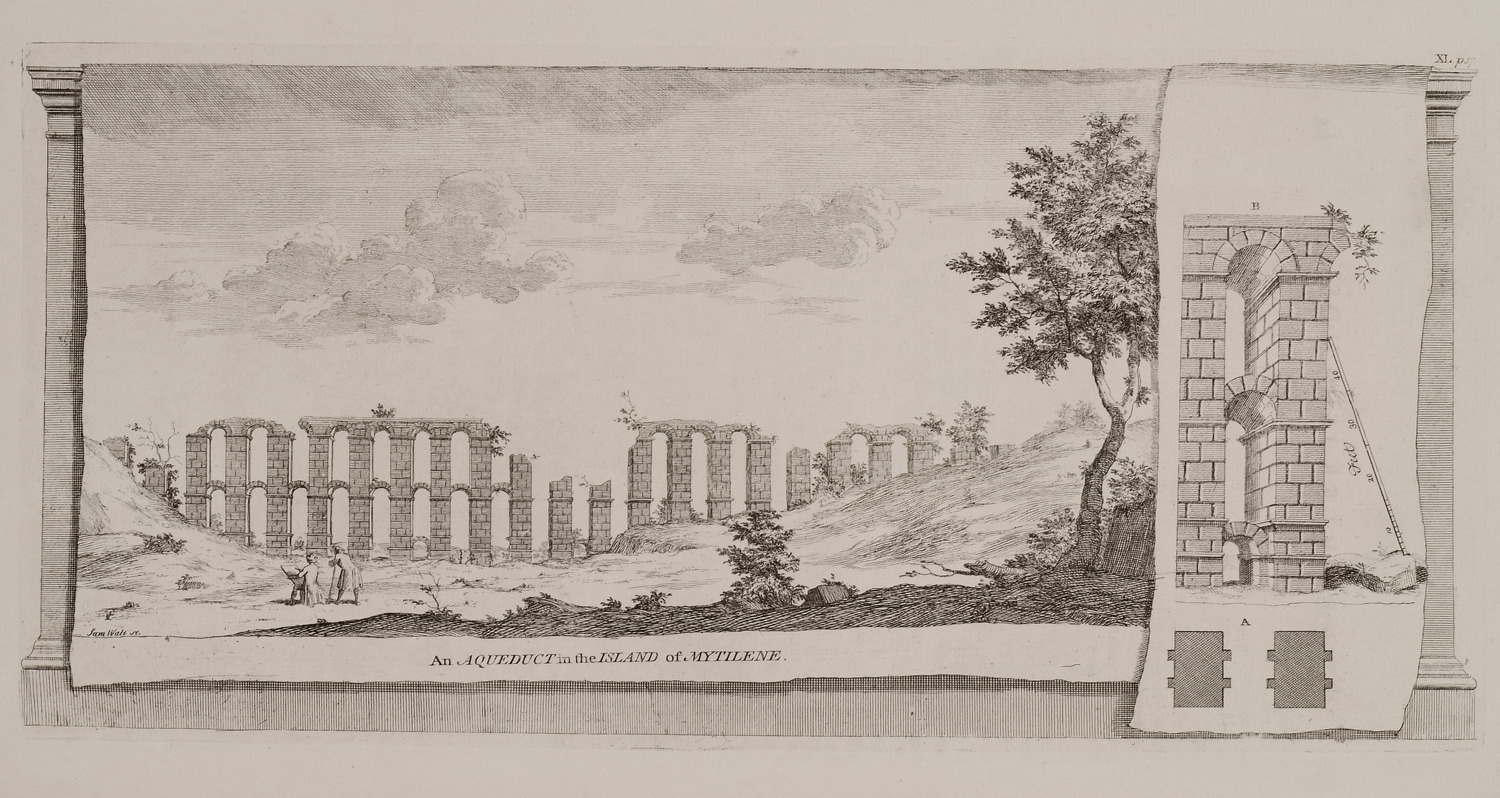
-
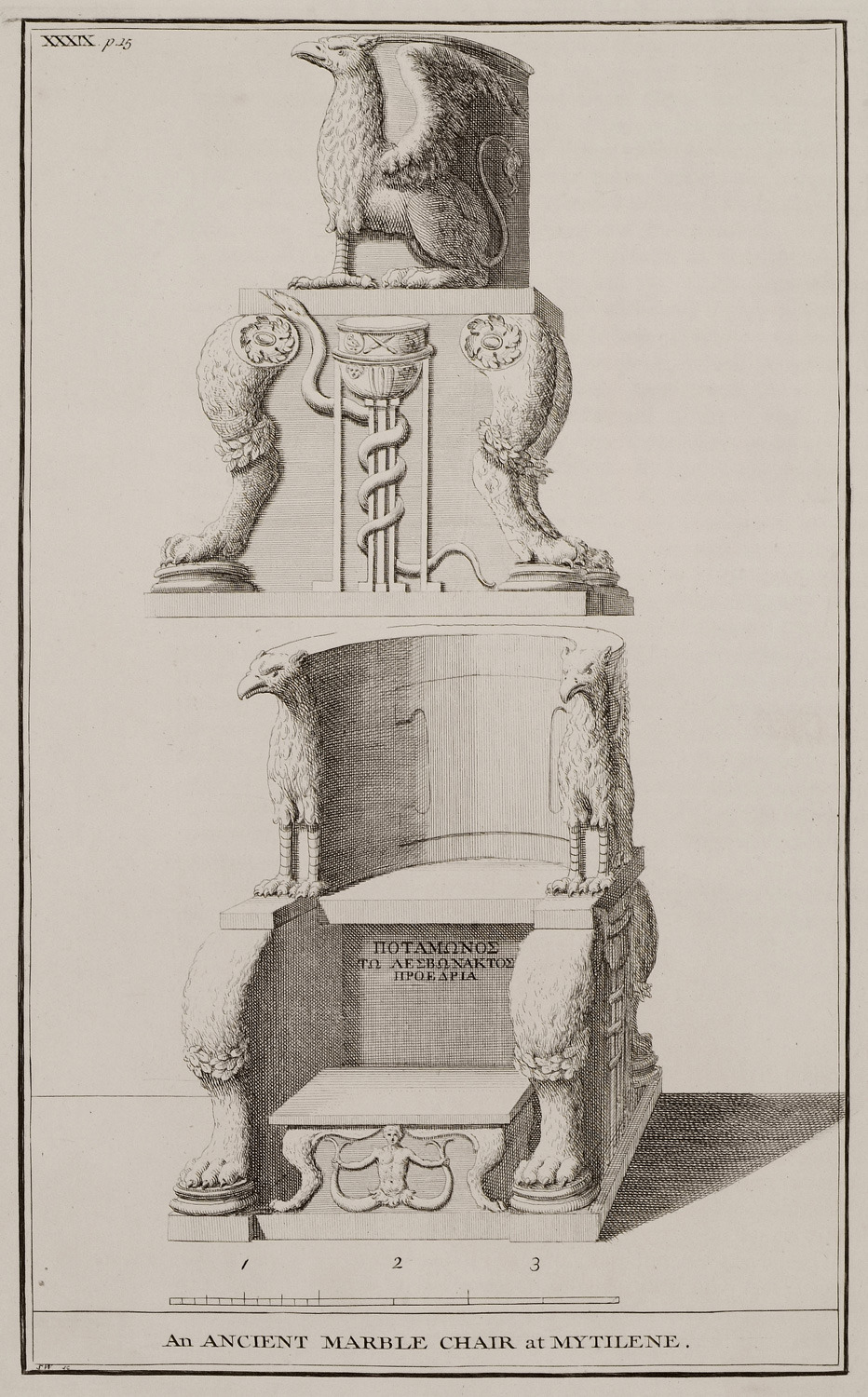
-
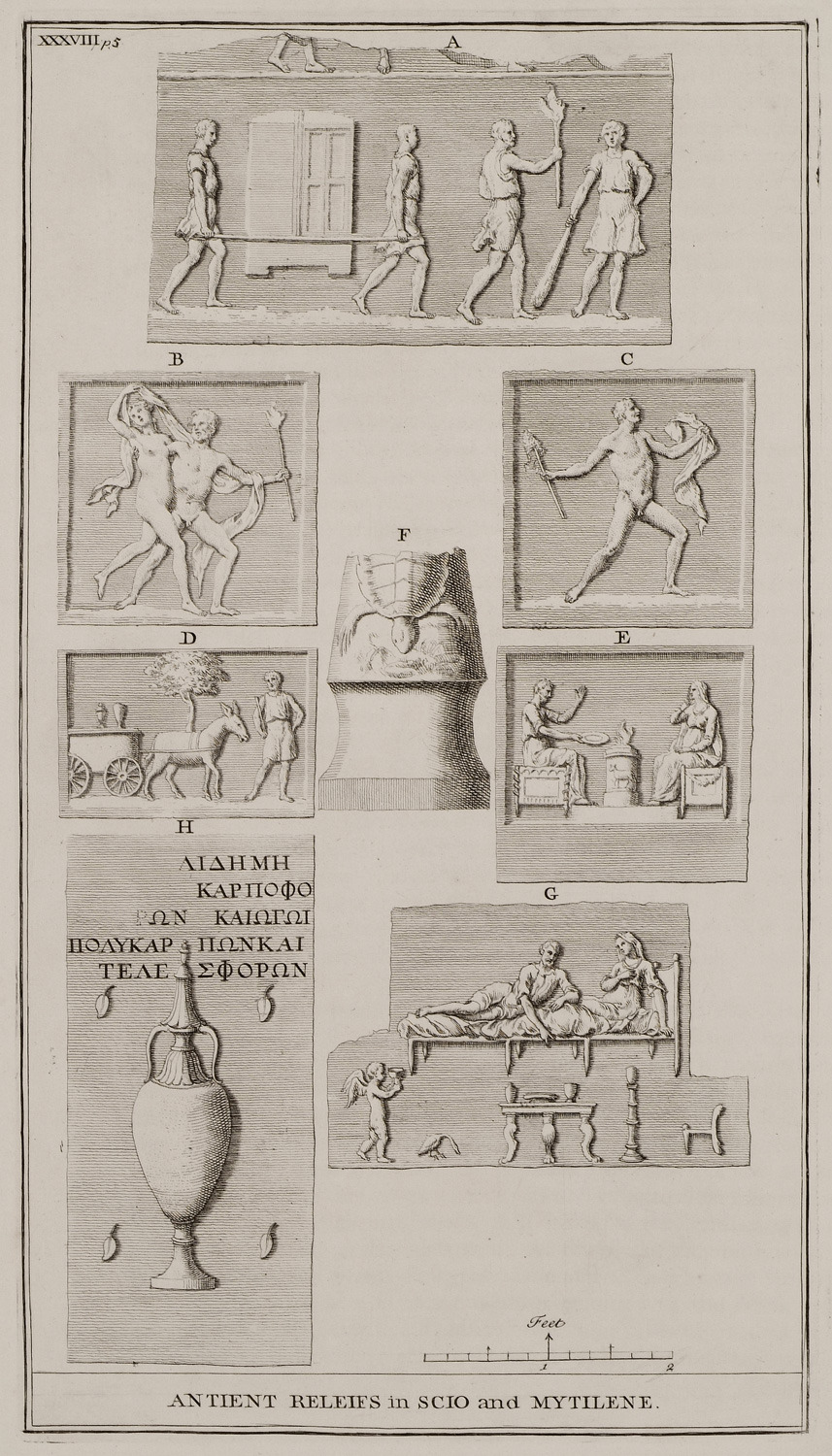
-
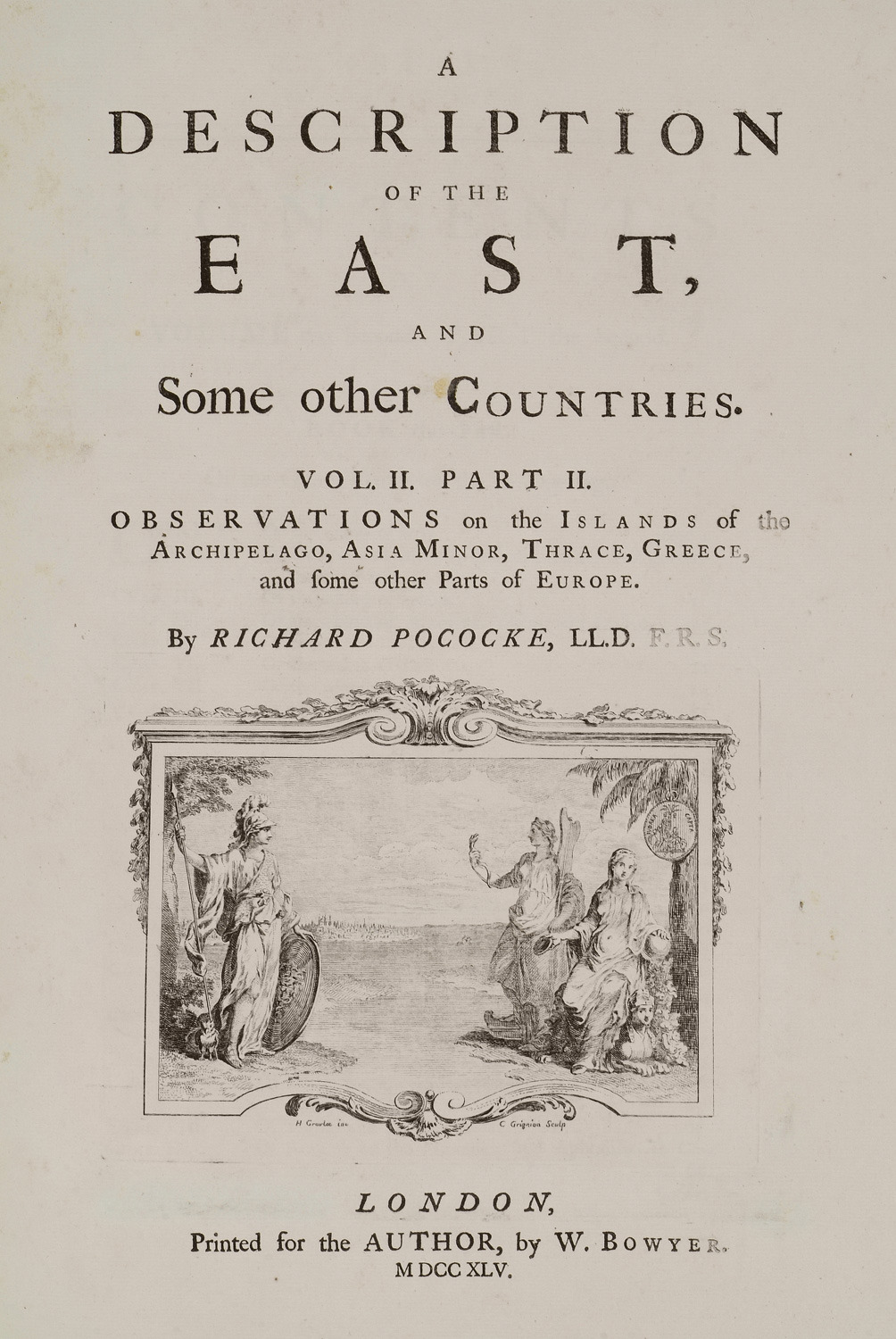
Title page of the second section of the second volume of the book.
-
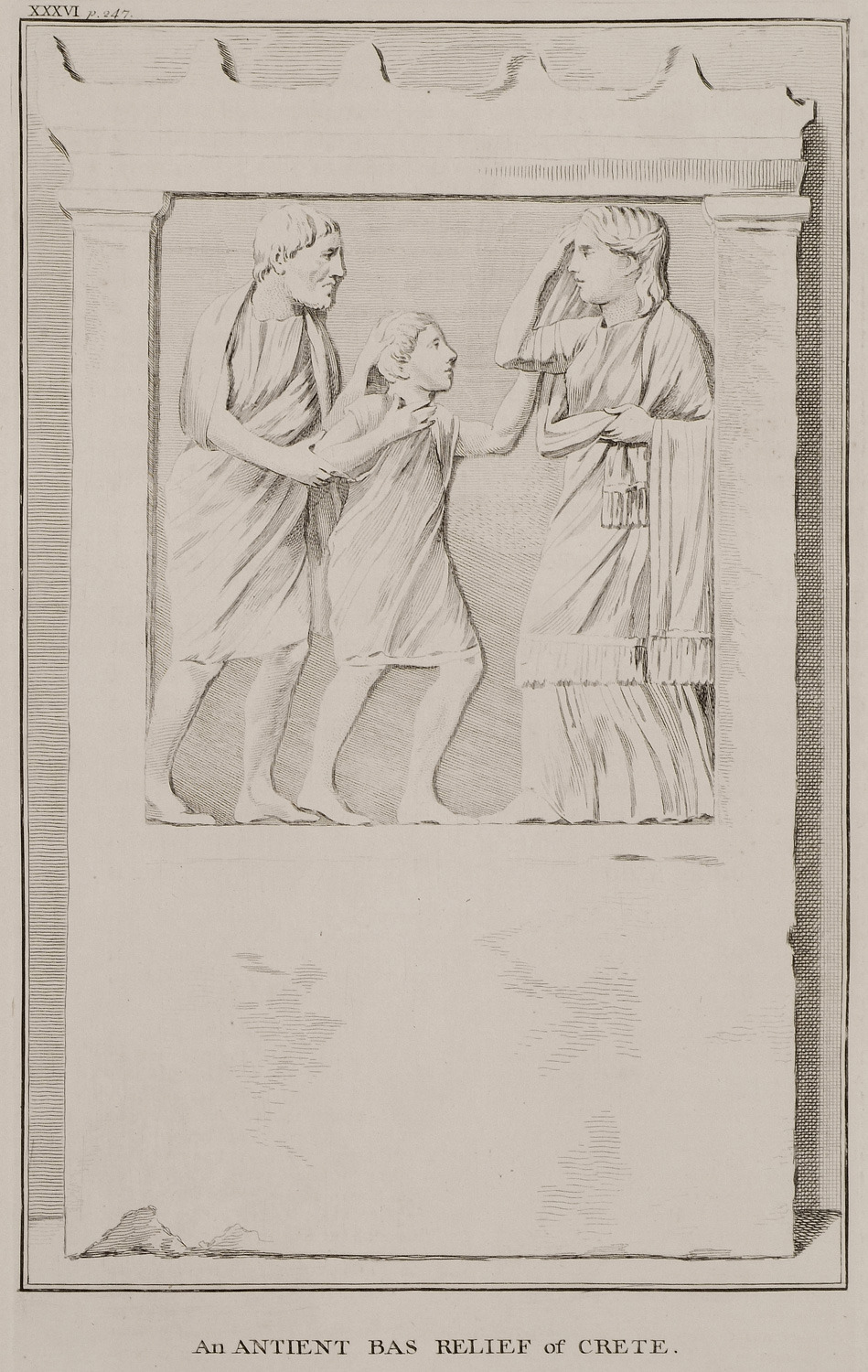
-
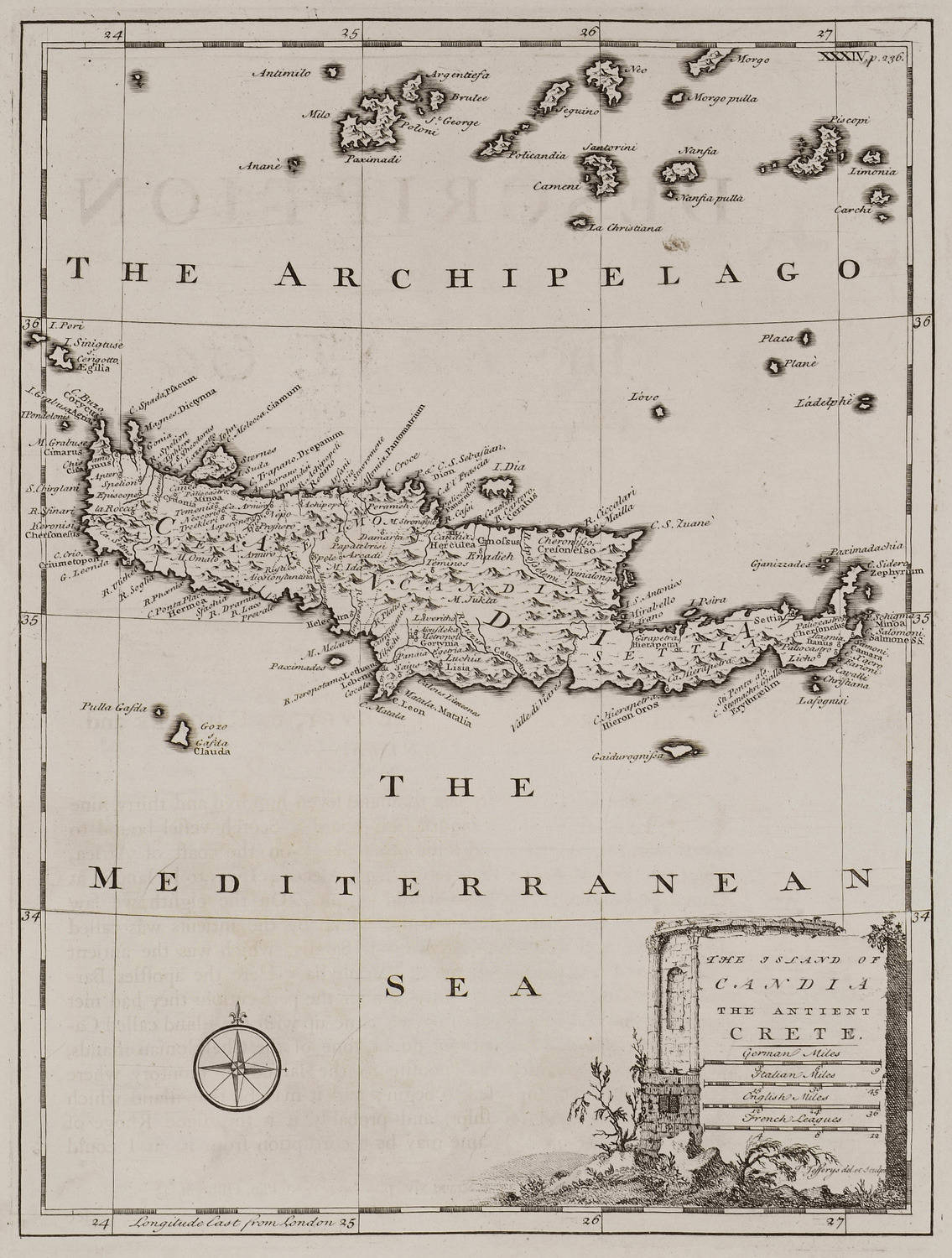
-
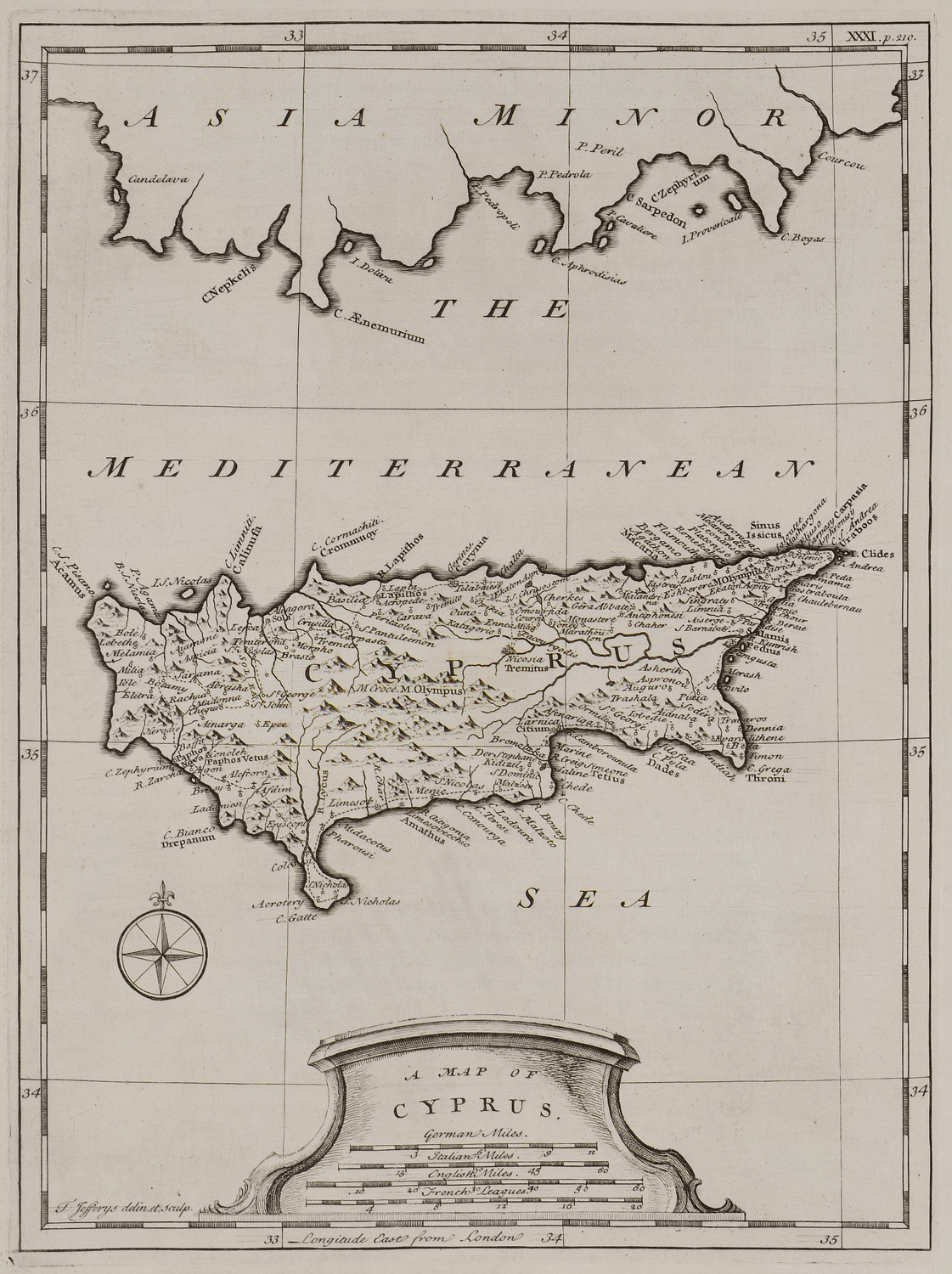
-
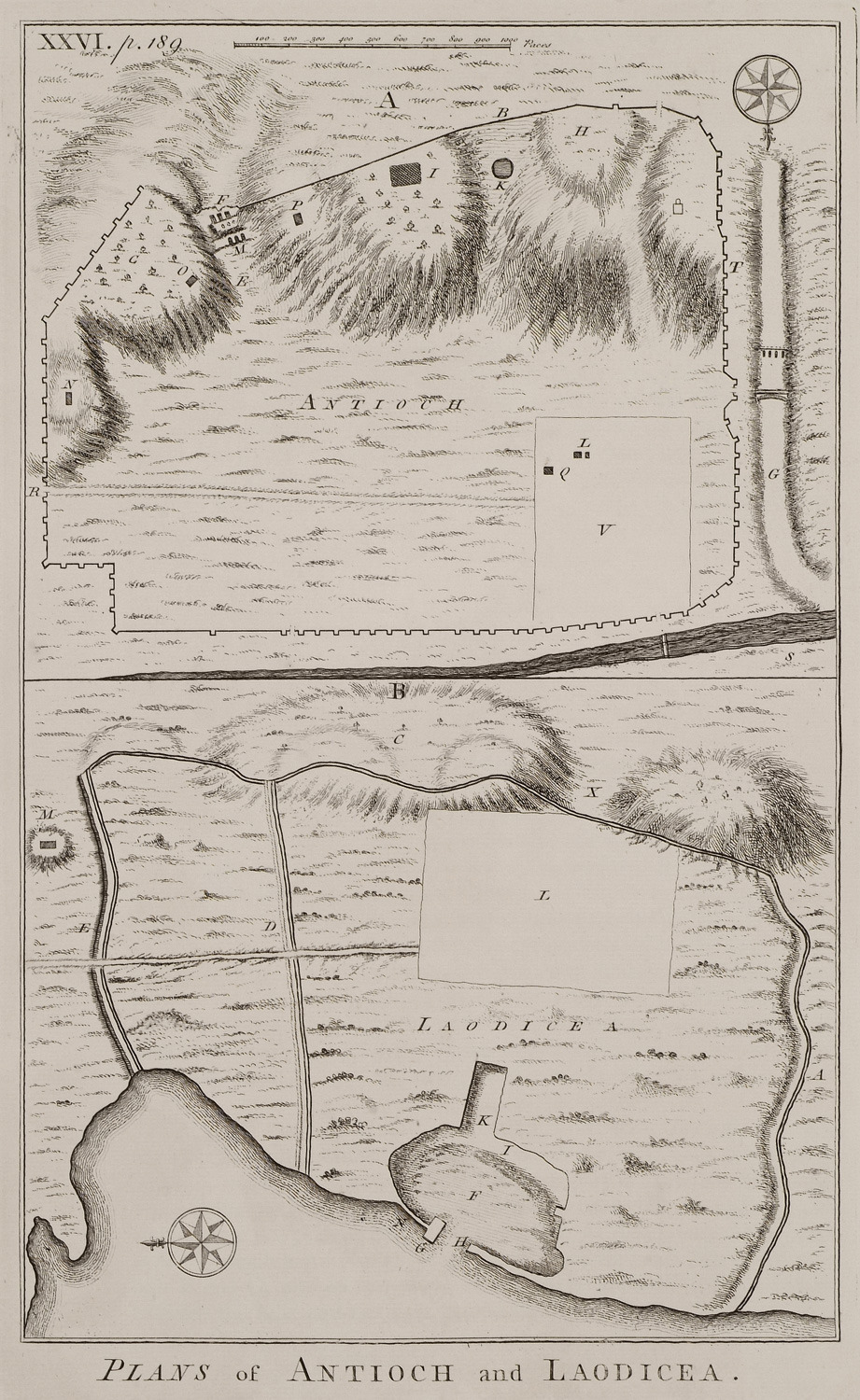
-
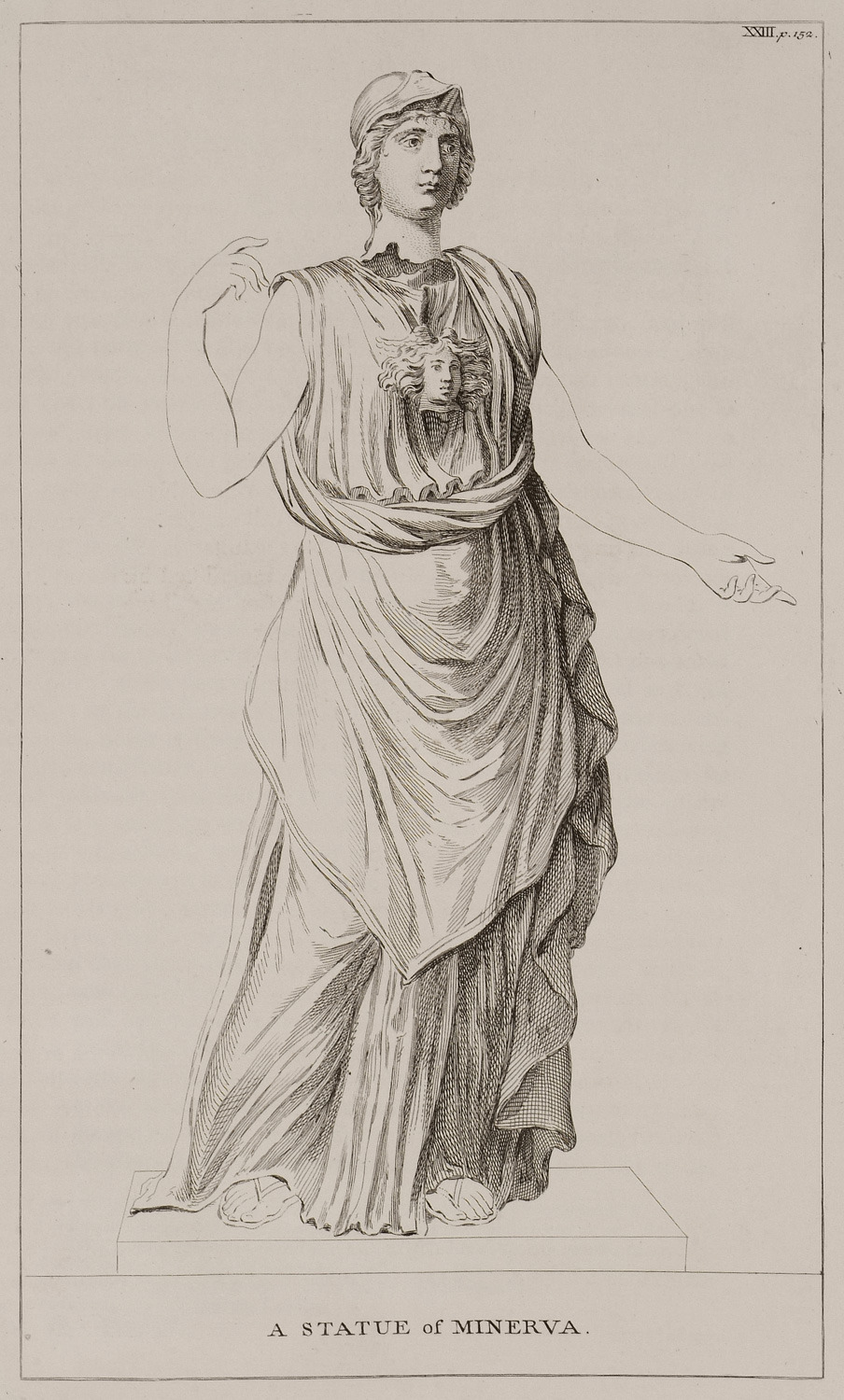
-
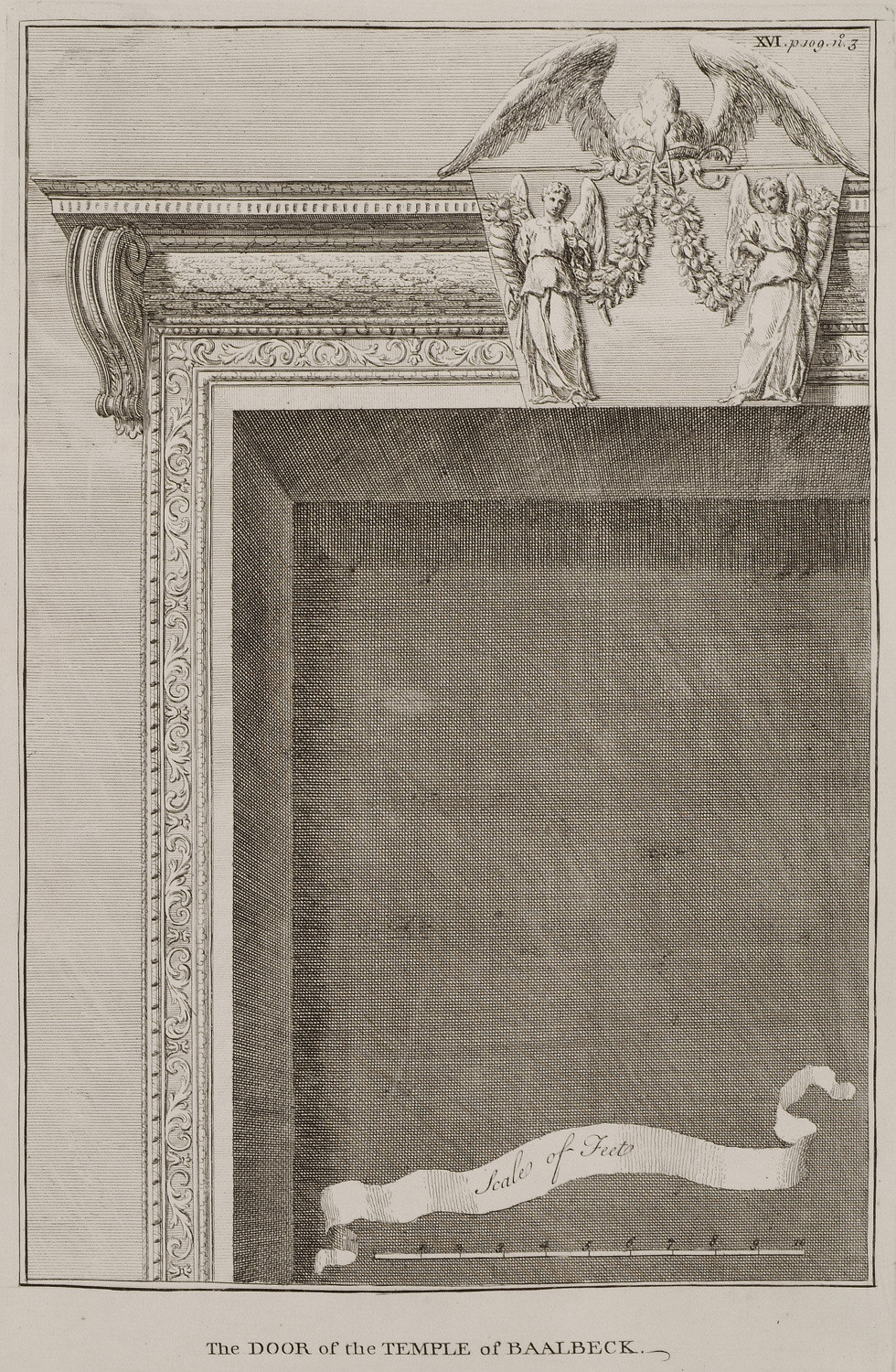
The entrance to the Temple of Bacchus in Baalbeck (anc. Heliopolis).
-
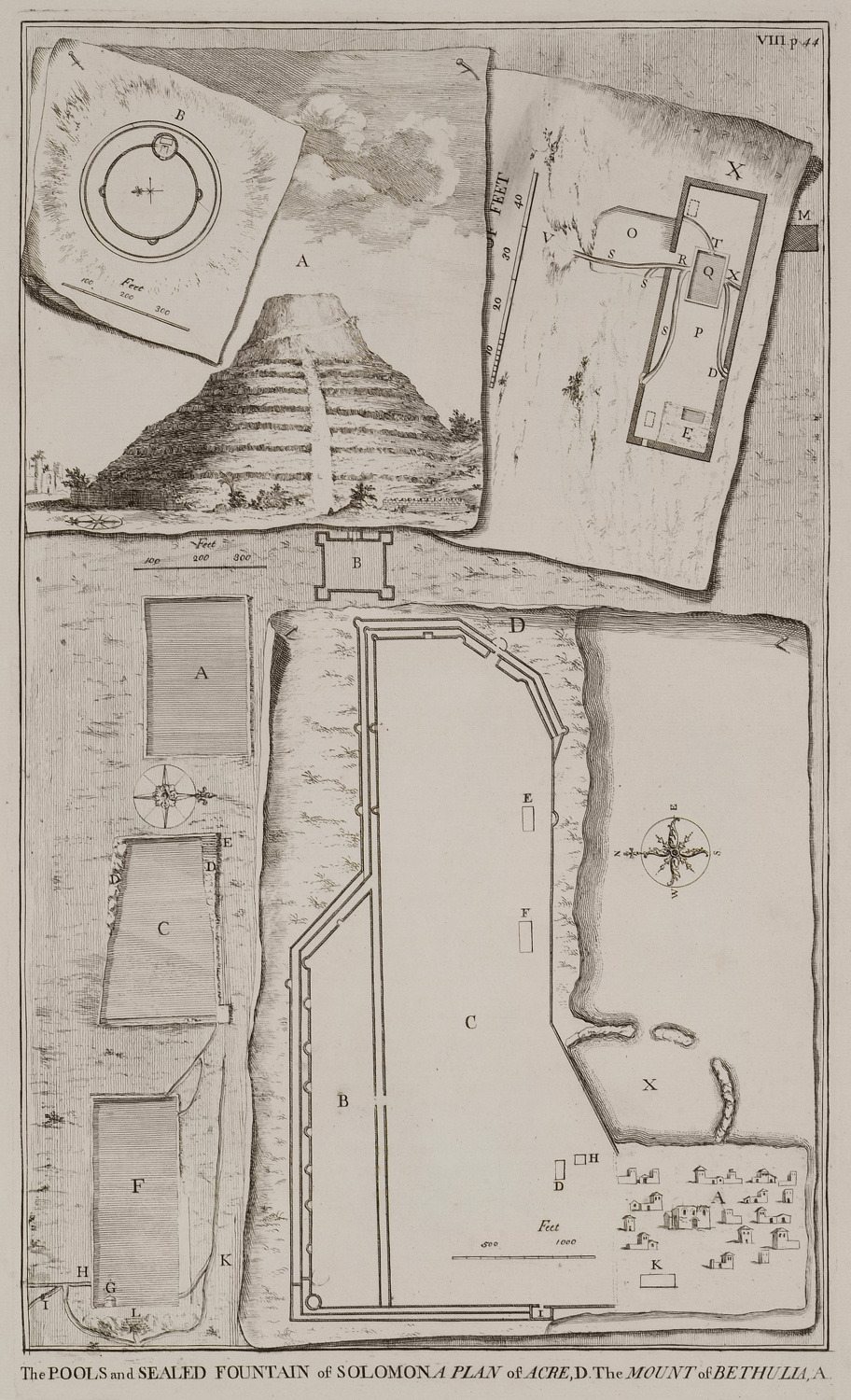
-
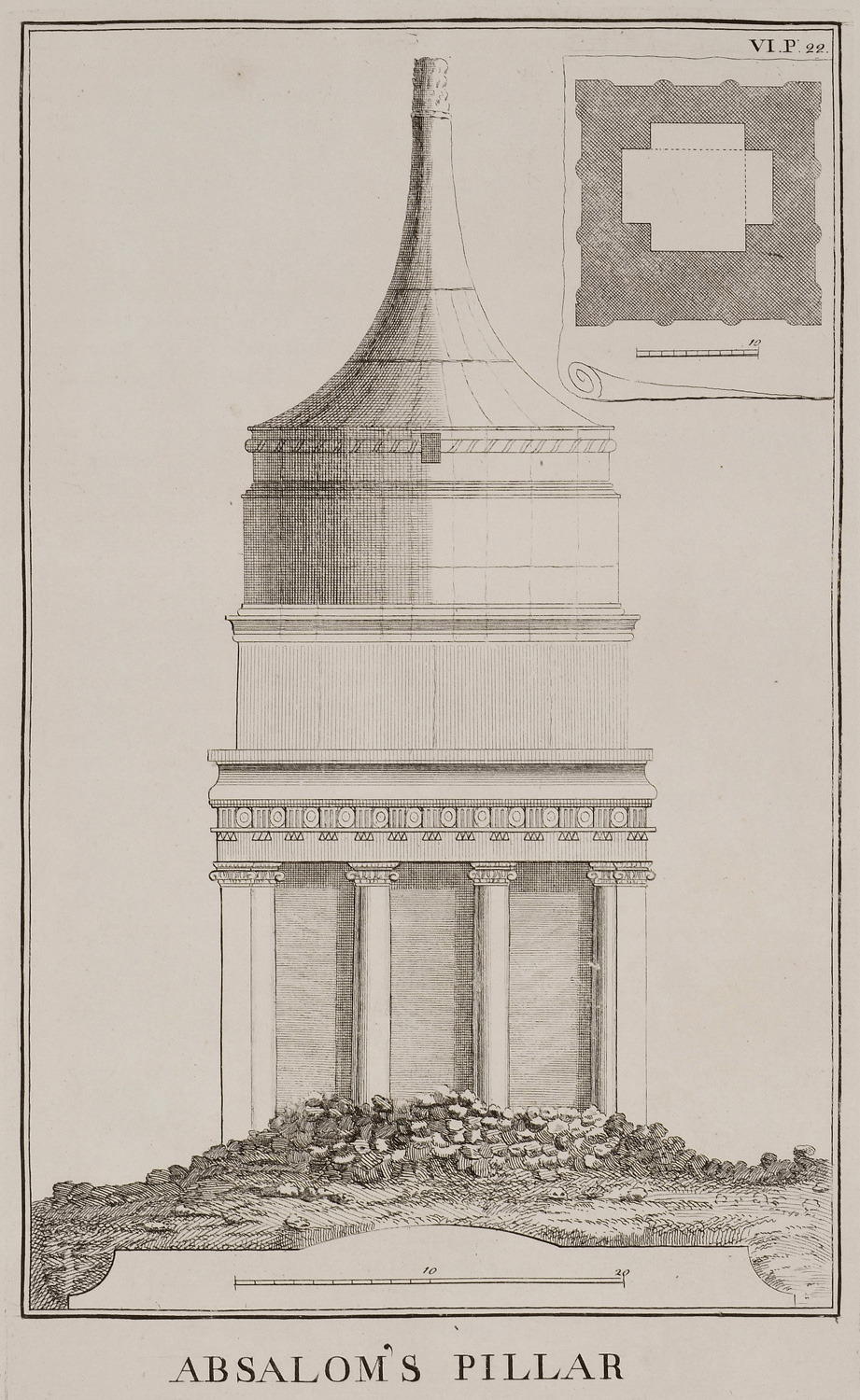
View and plan of the Tomb of Absalom in Kidron Valley (Jerusalem).
-
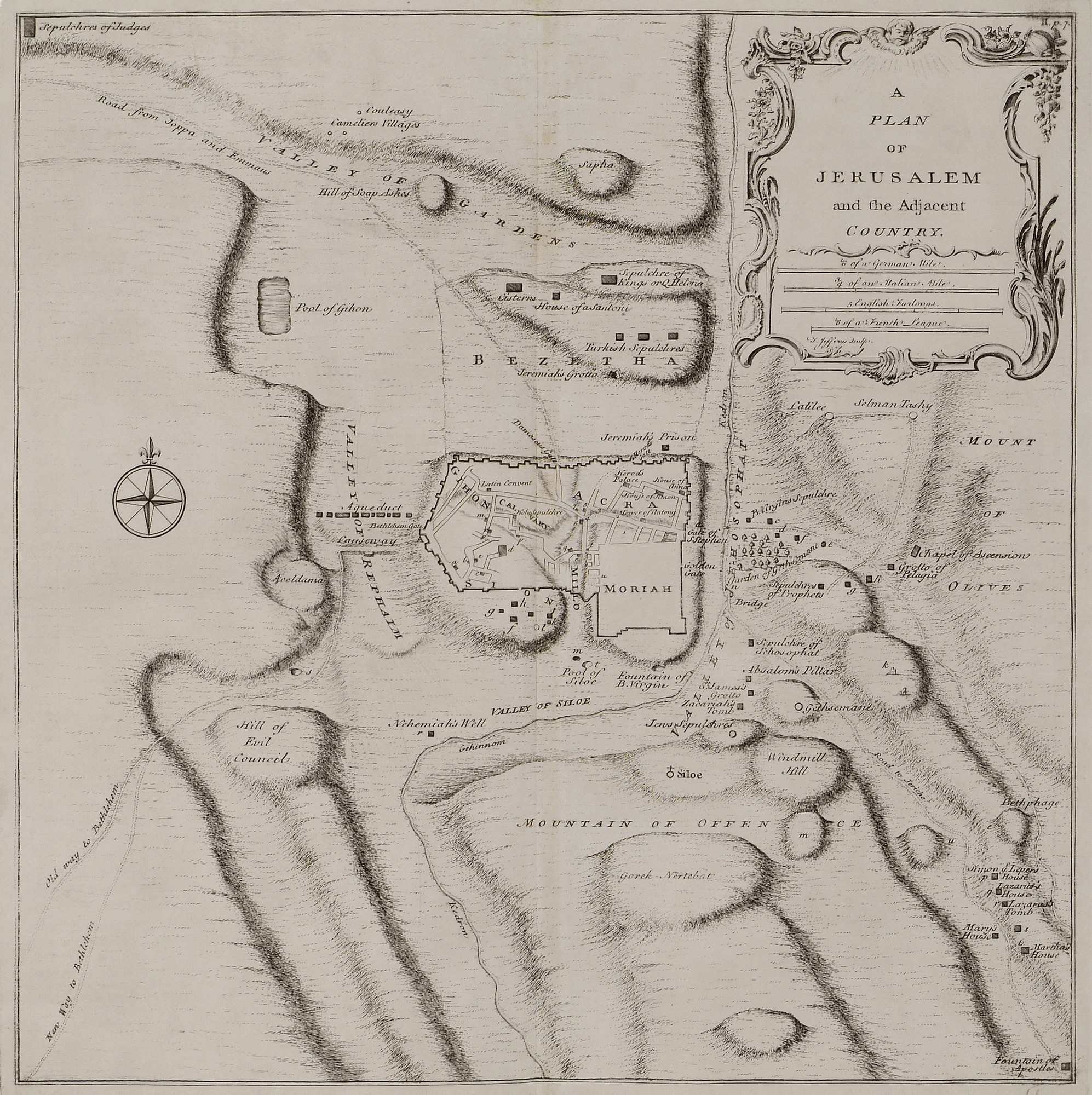
-
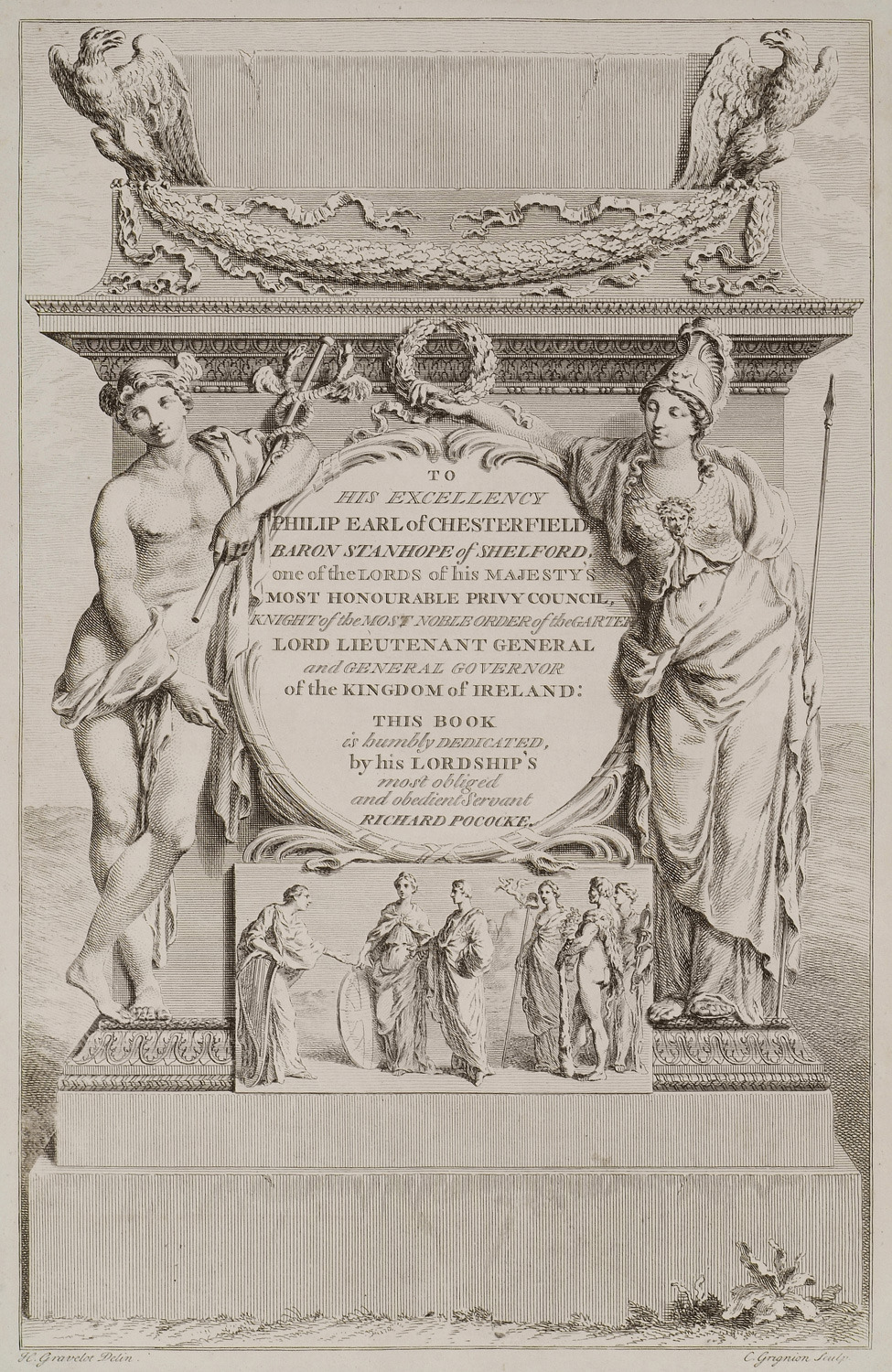
-
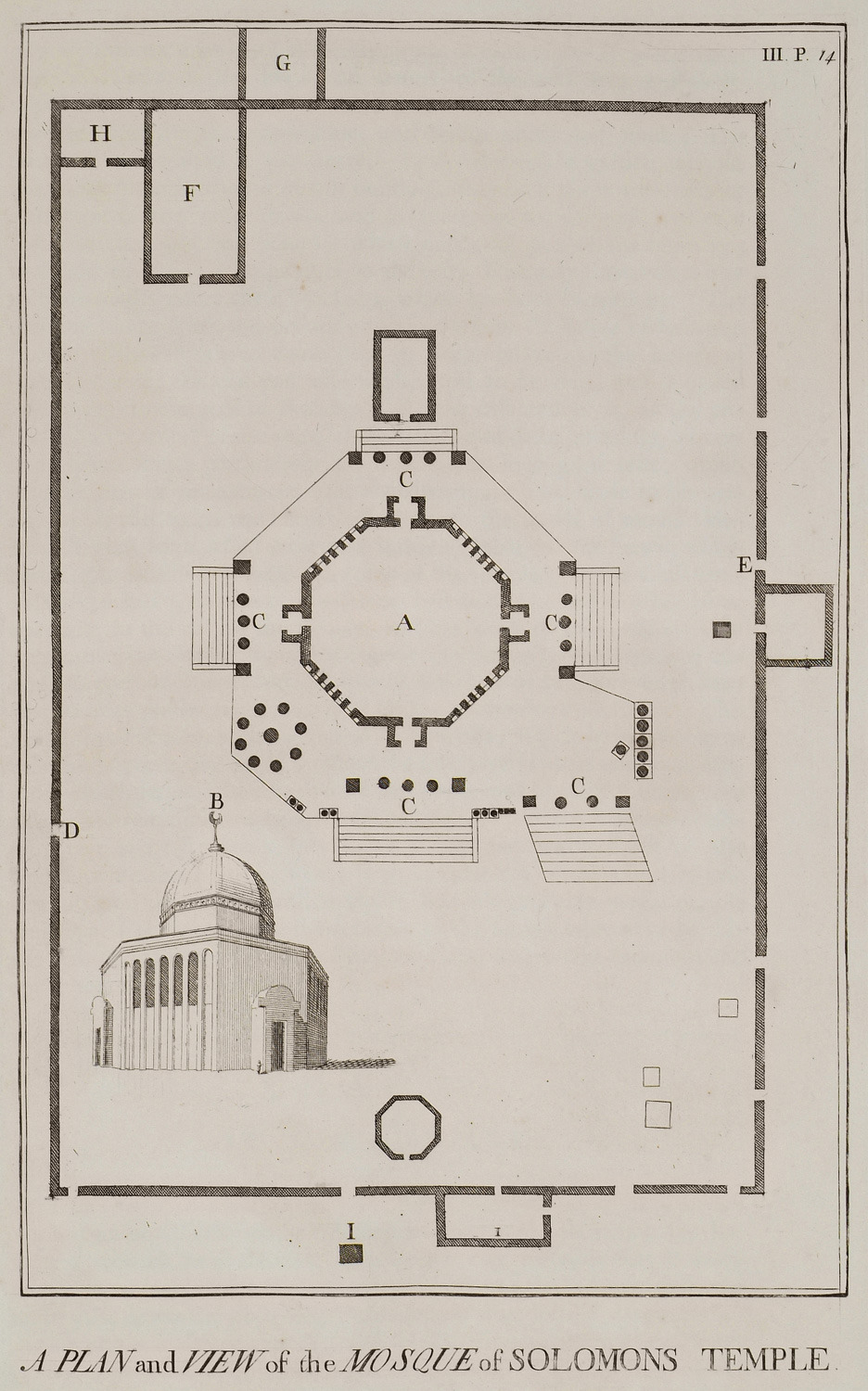
-
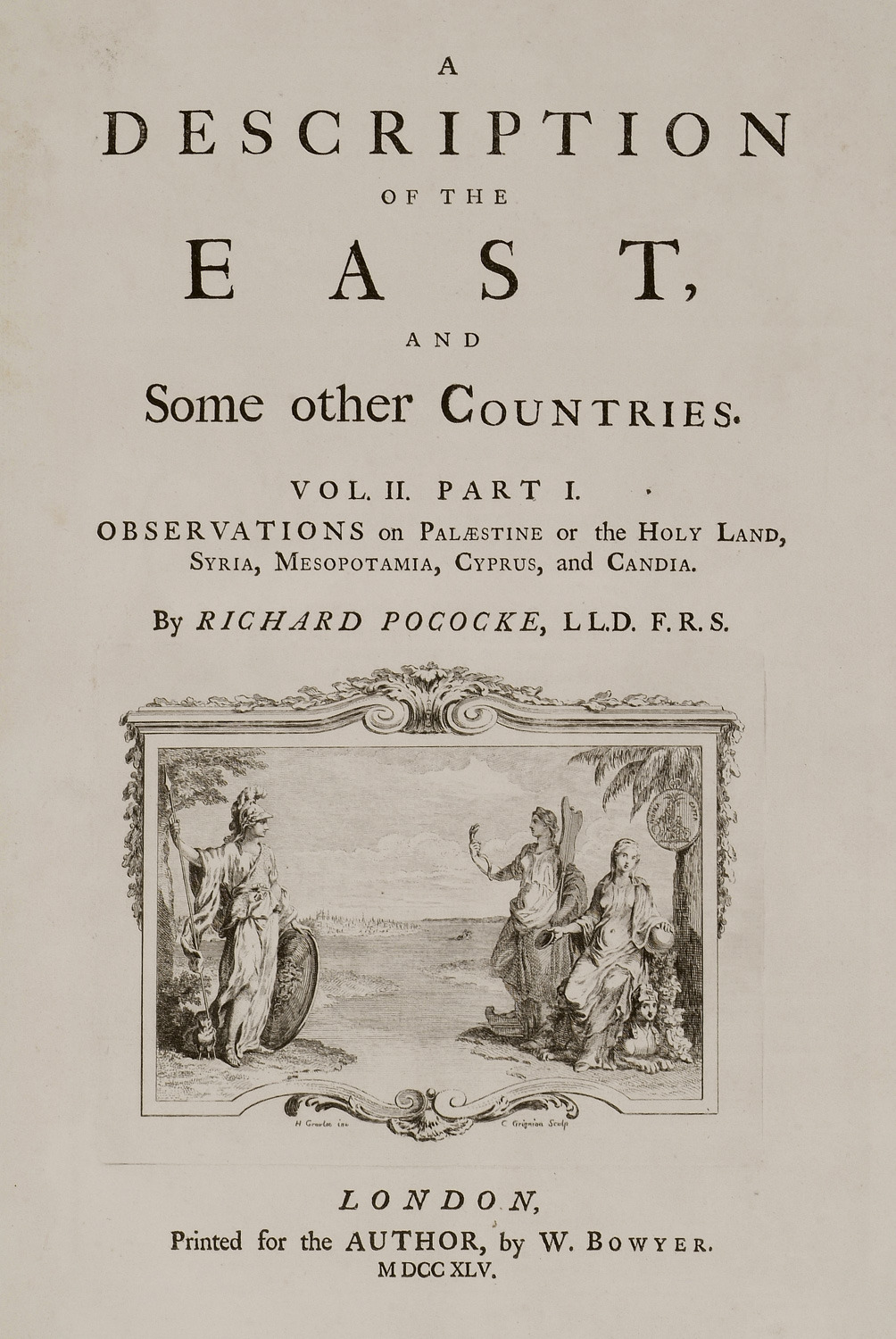
-
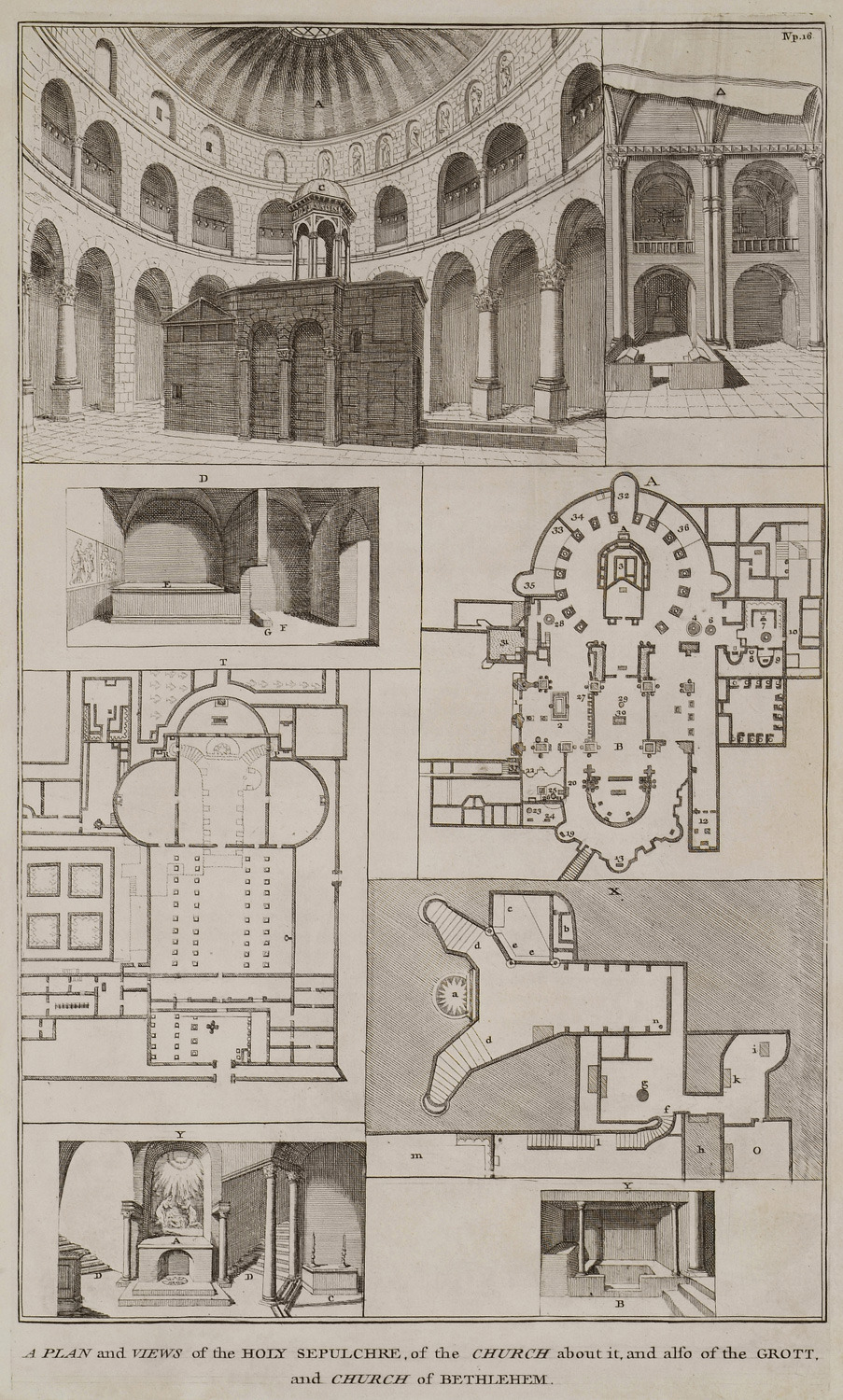
-
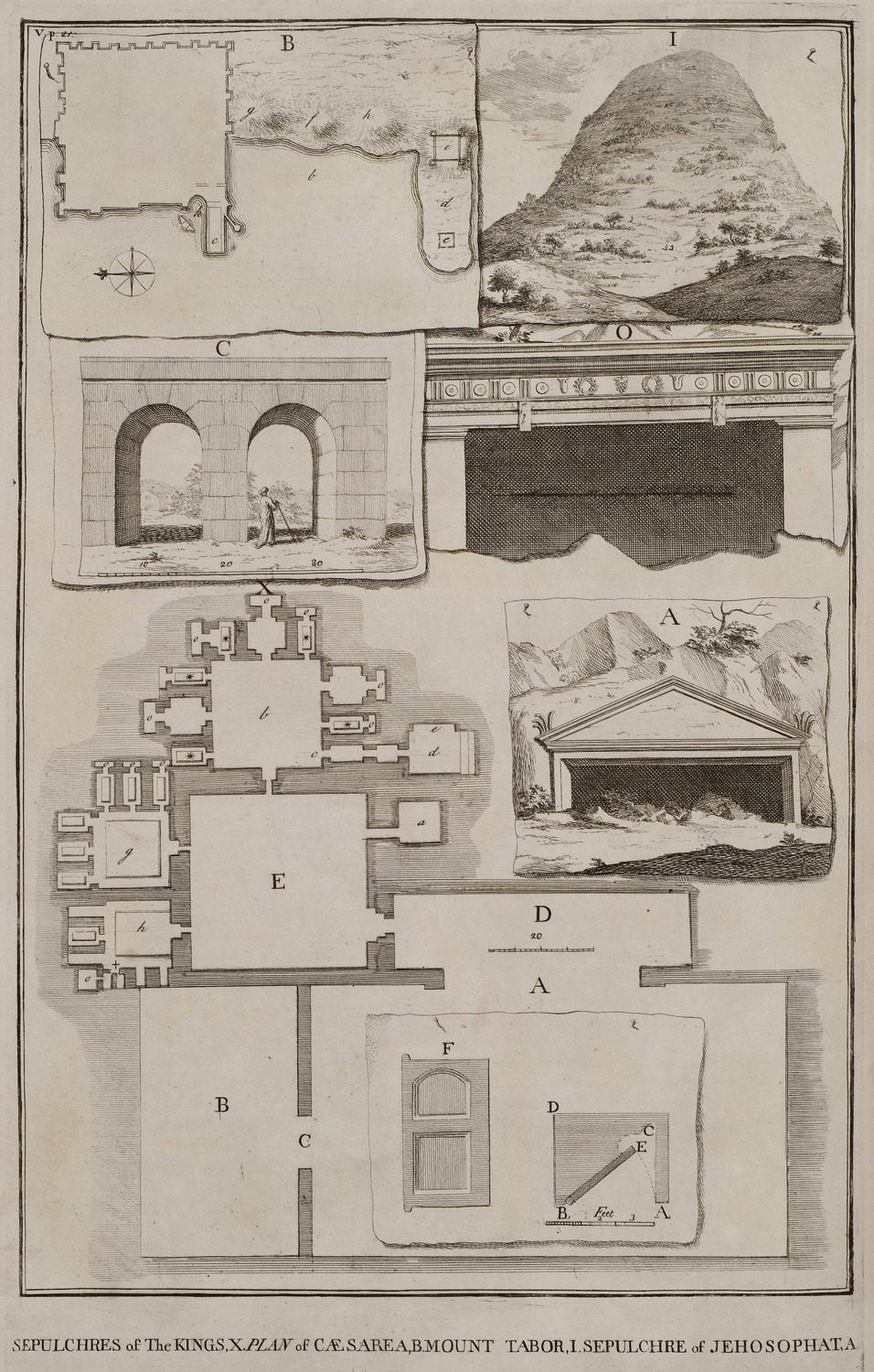
-
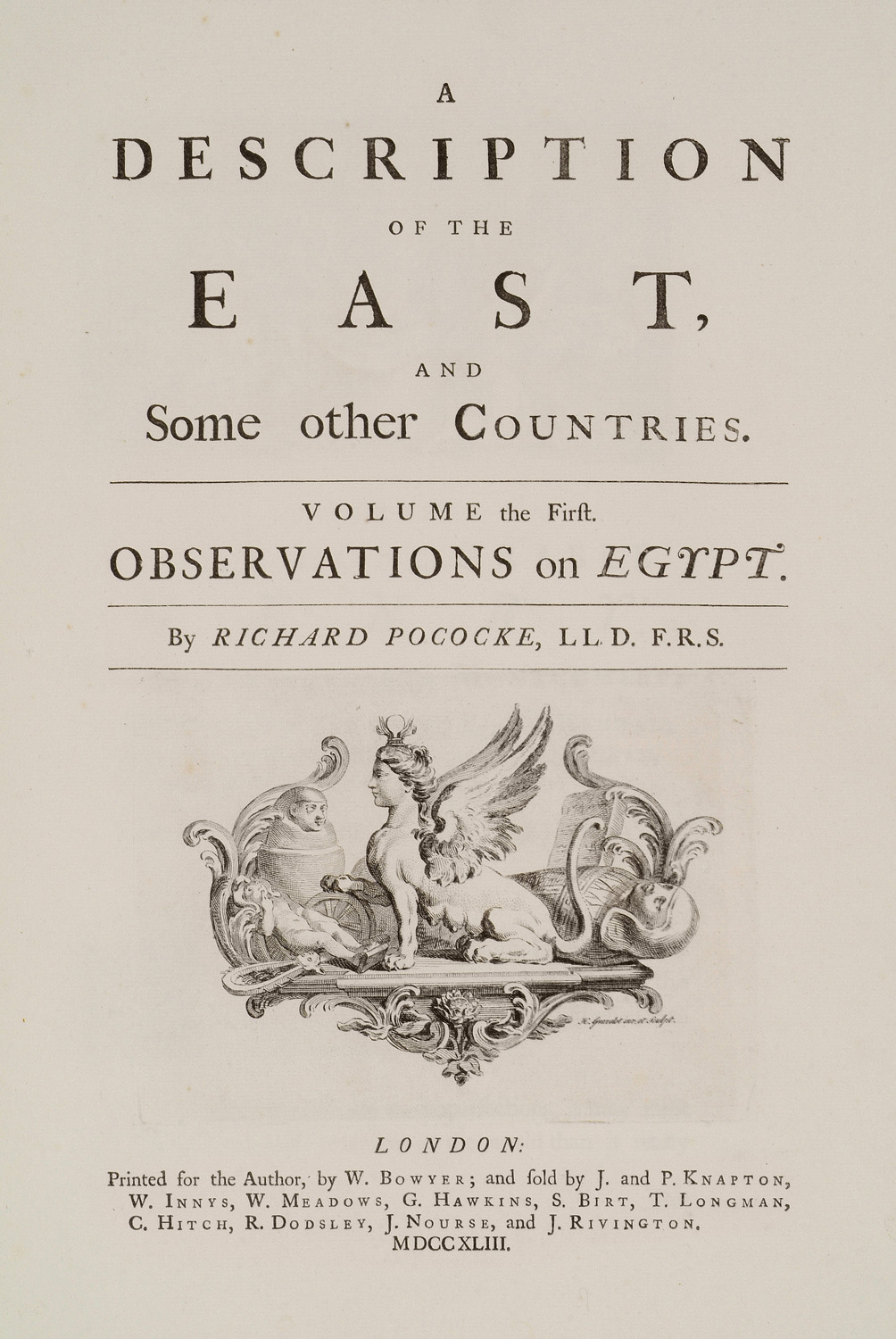
-
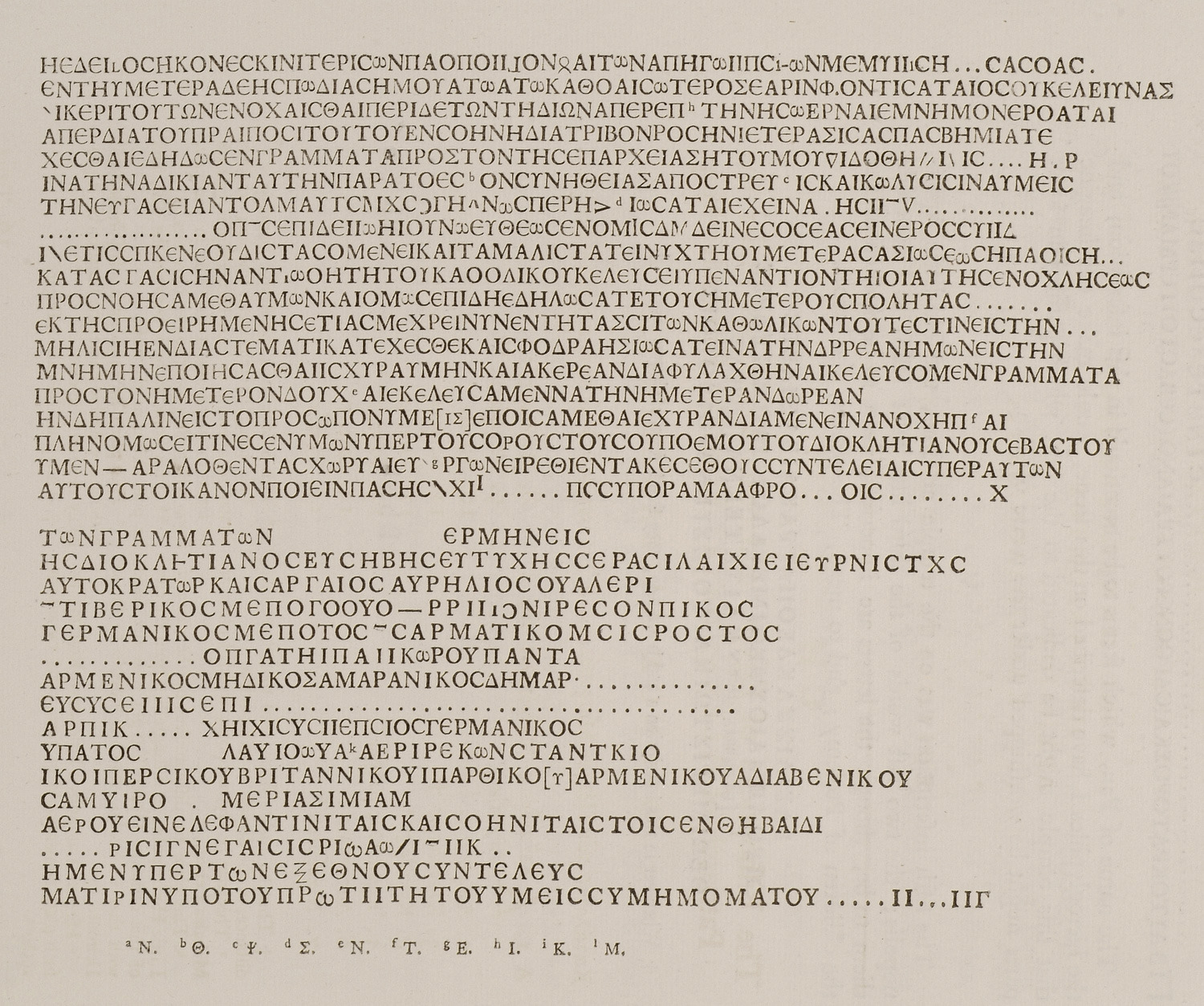
-
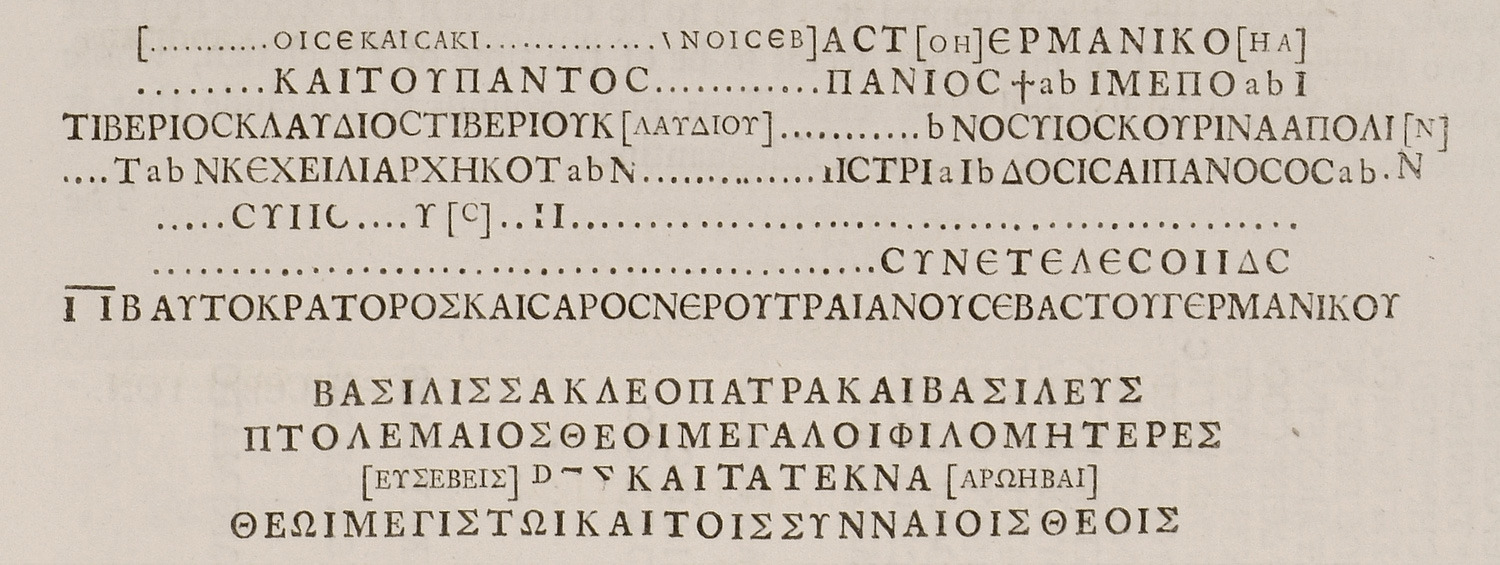
-
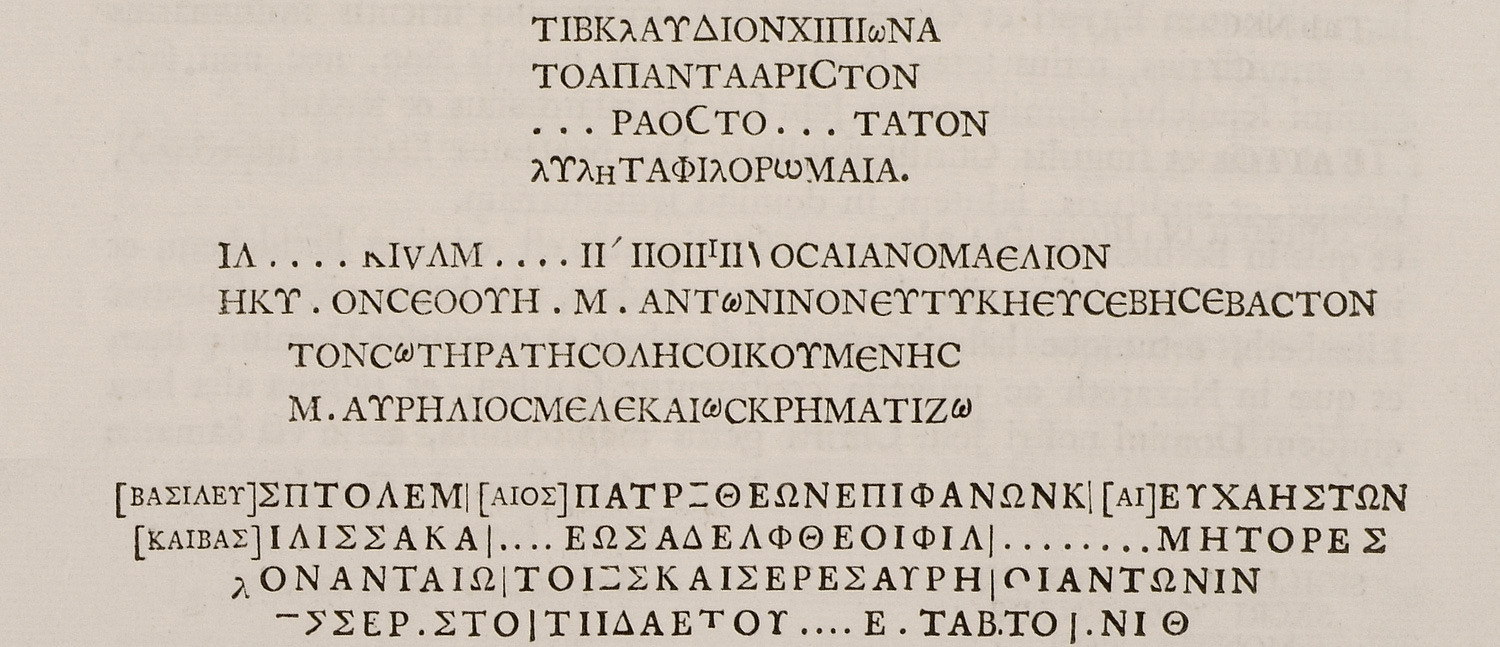
-
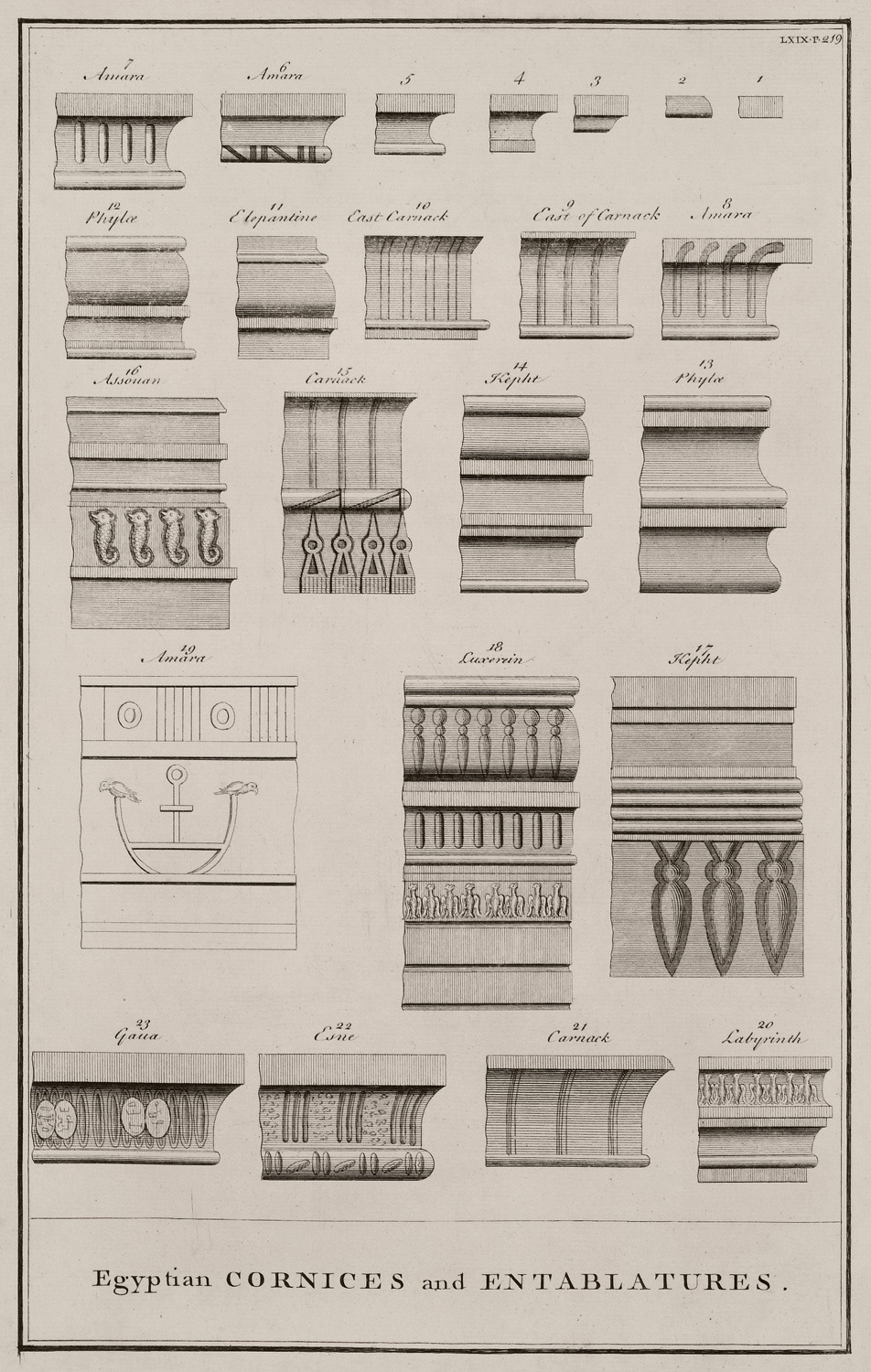
-
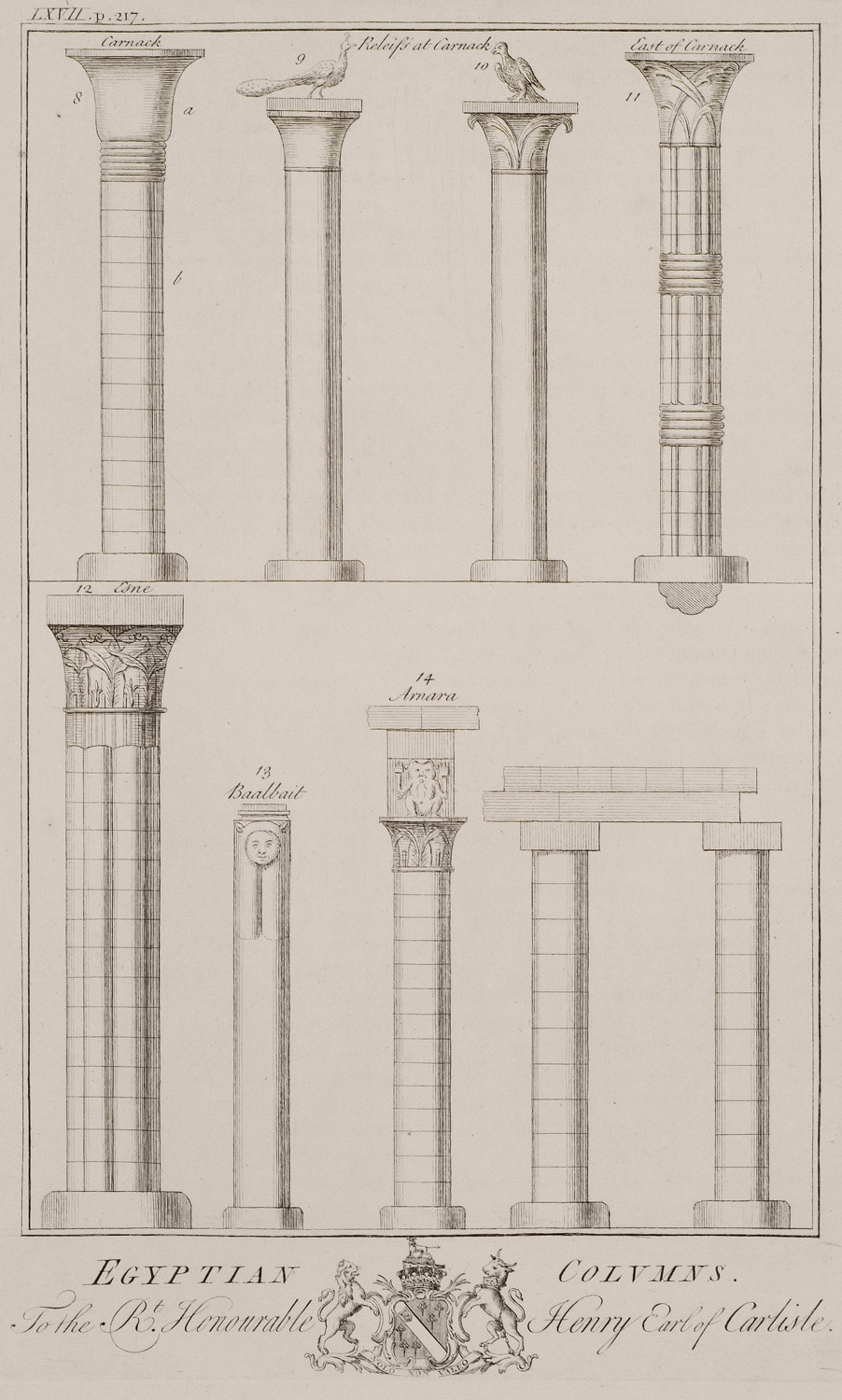
Egyptian pillars from Karkan, Esna, Baalbeit el-Hagar (anc. Busiris), and other locations.
-
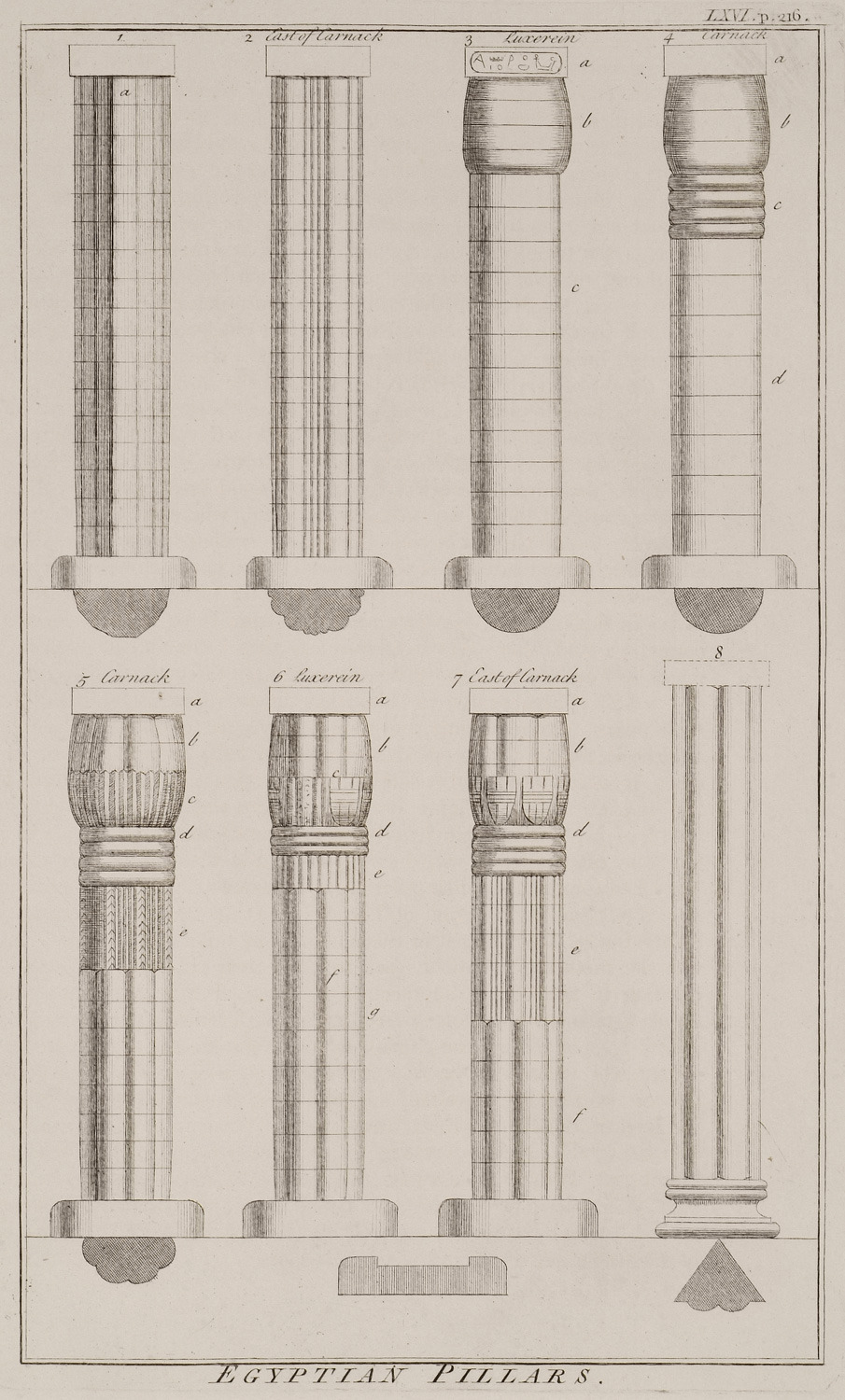
-
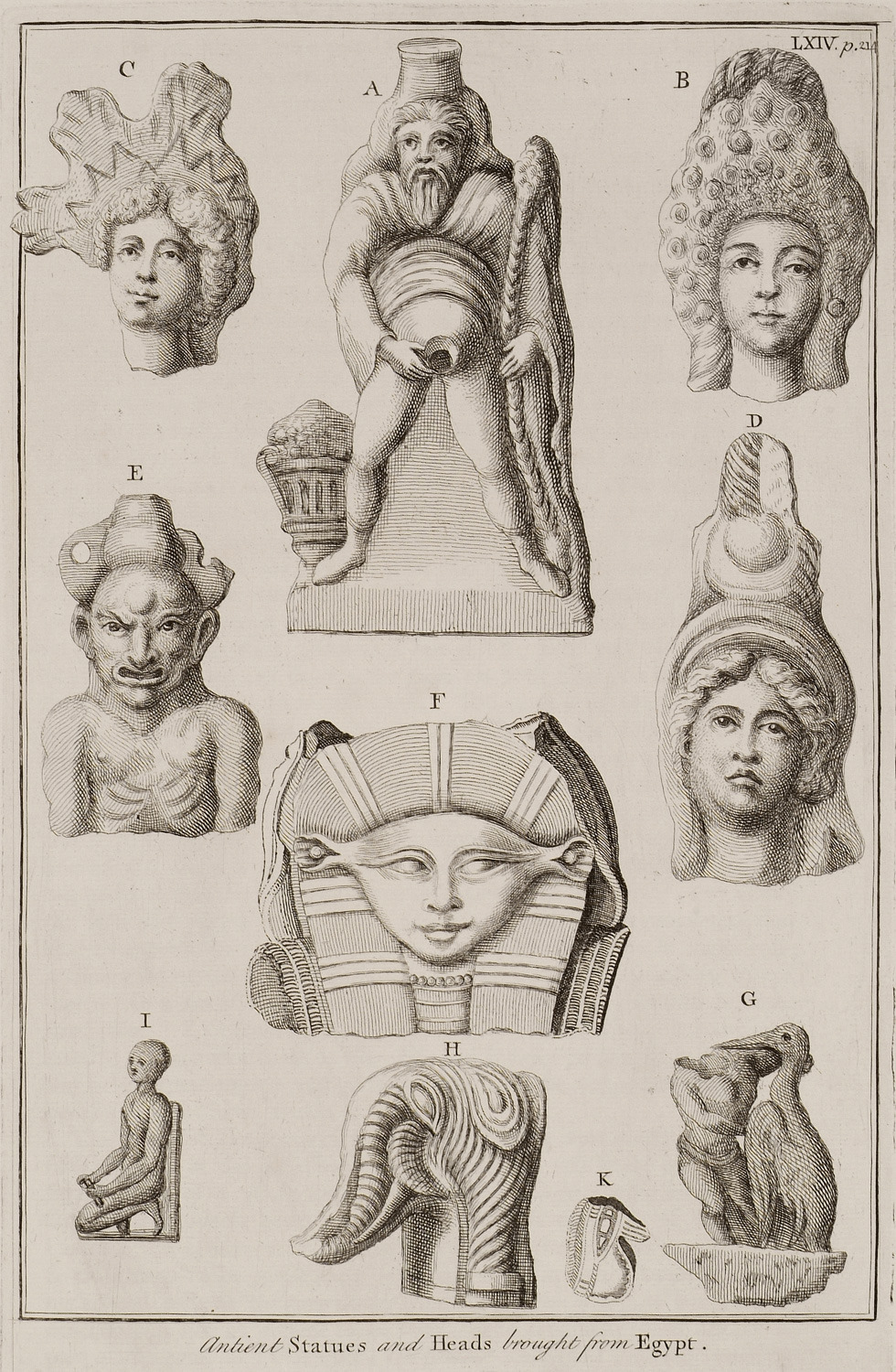
Statue that Richard Pococke bought in Qift (anc. Coptos) and carried away to Great Britain.
-
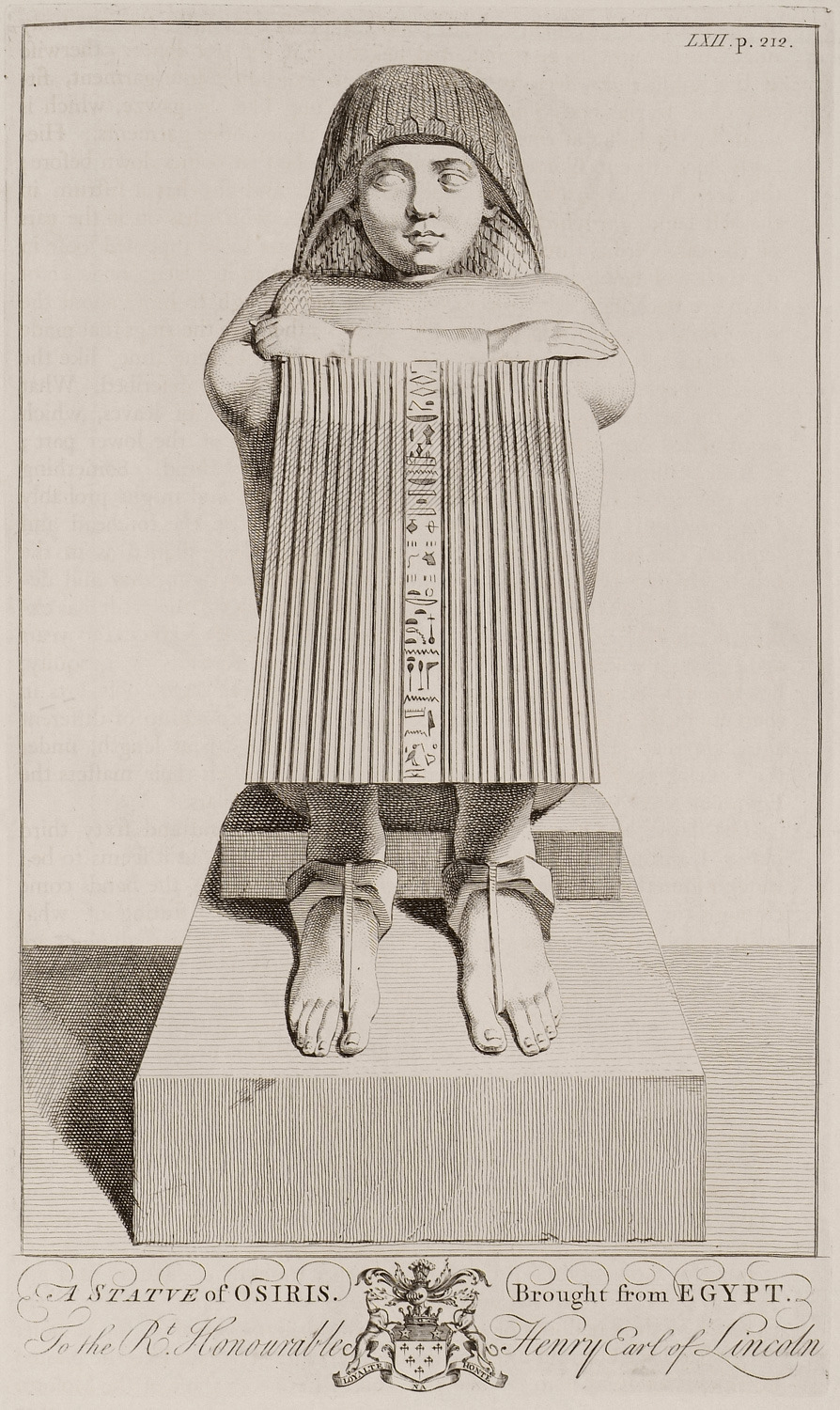
Statue of Osiris which Richard Pococke bought in Cairo and carried away to Great Britain.
-
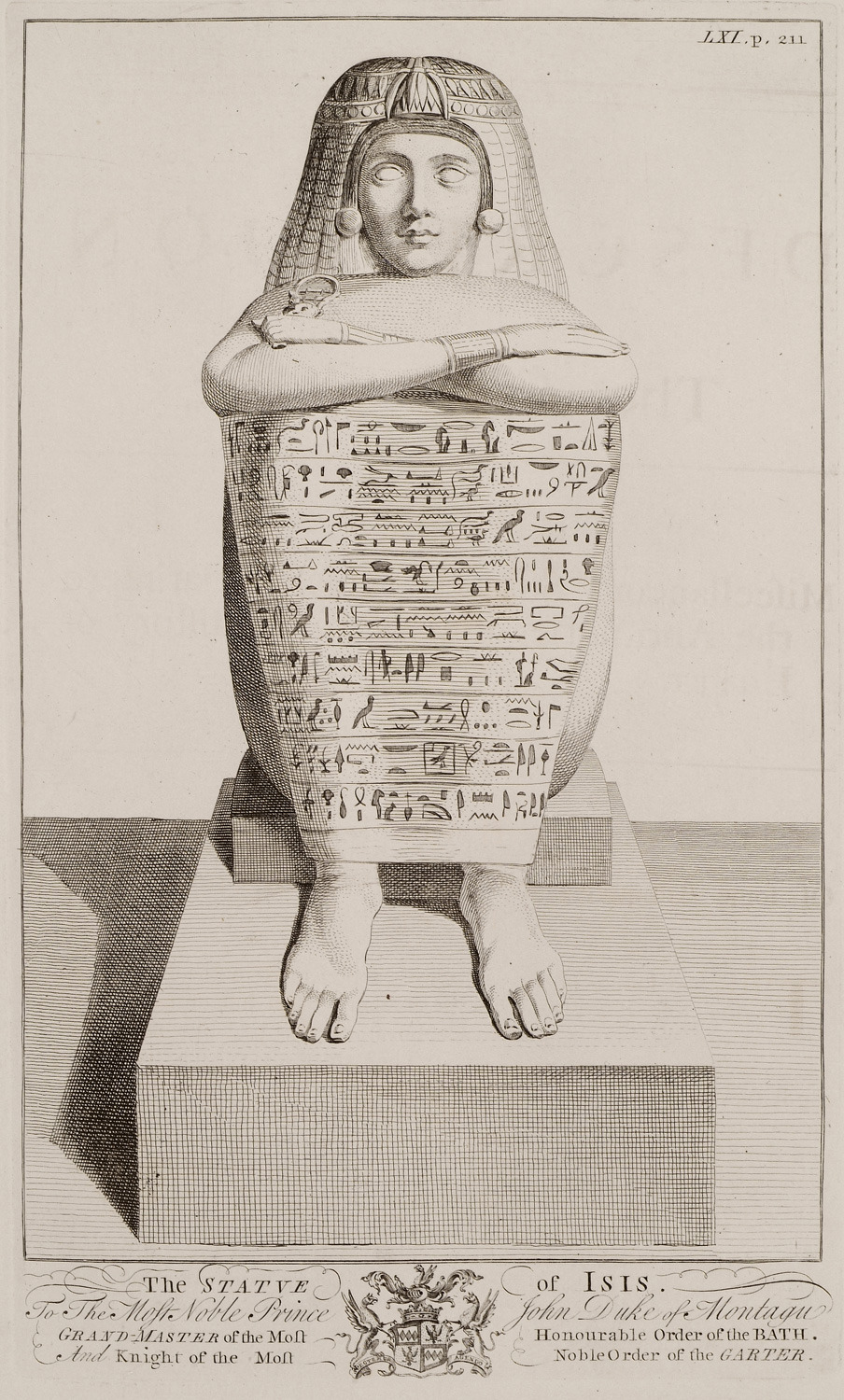
Isis statue which Richard Pococke bought in Cairo and carried away to Great Britain.
-
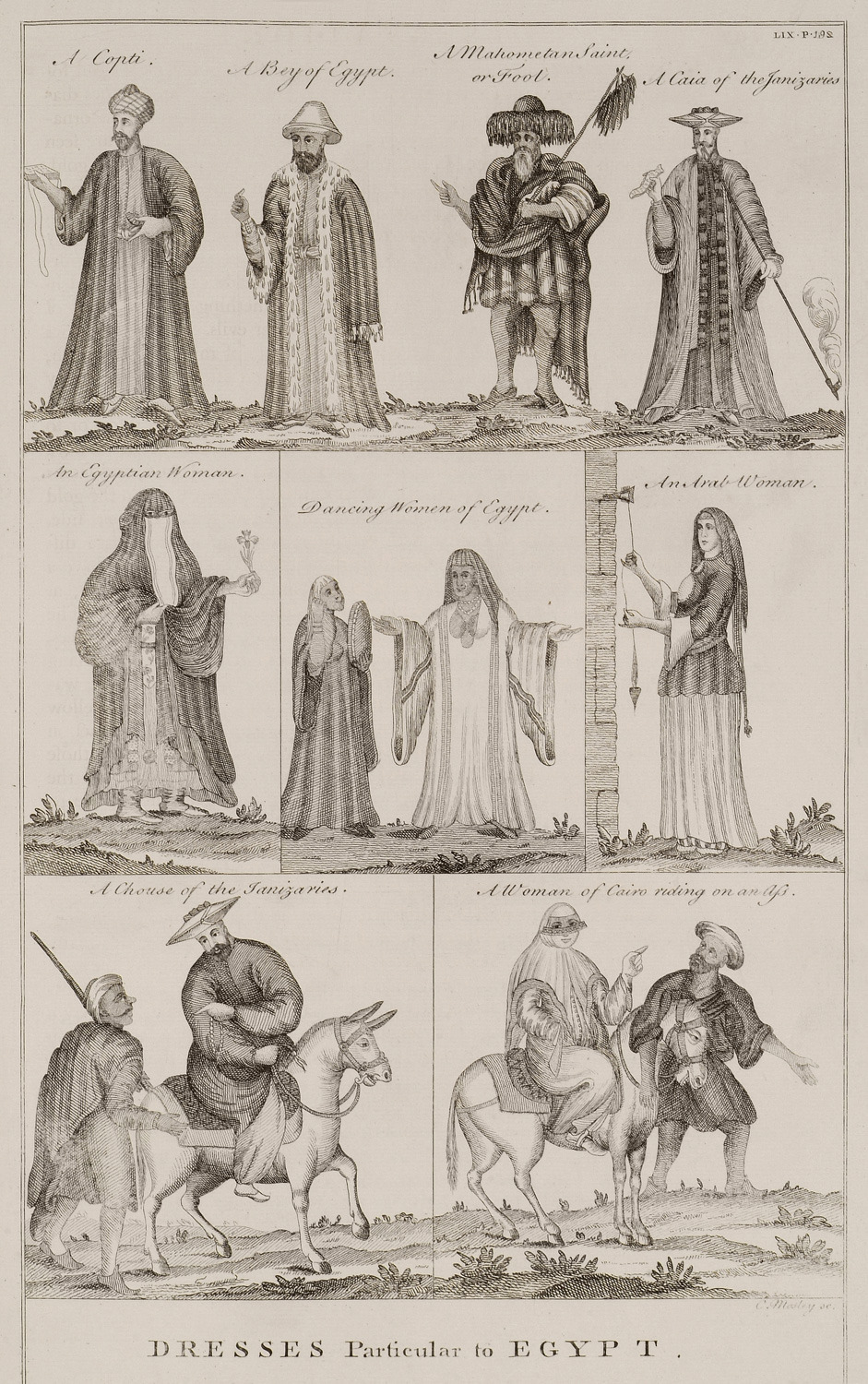
-
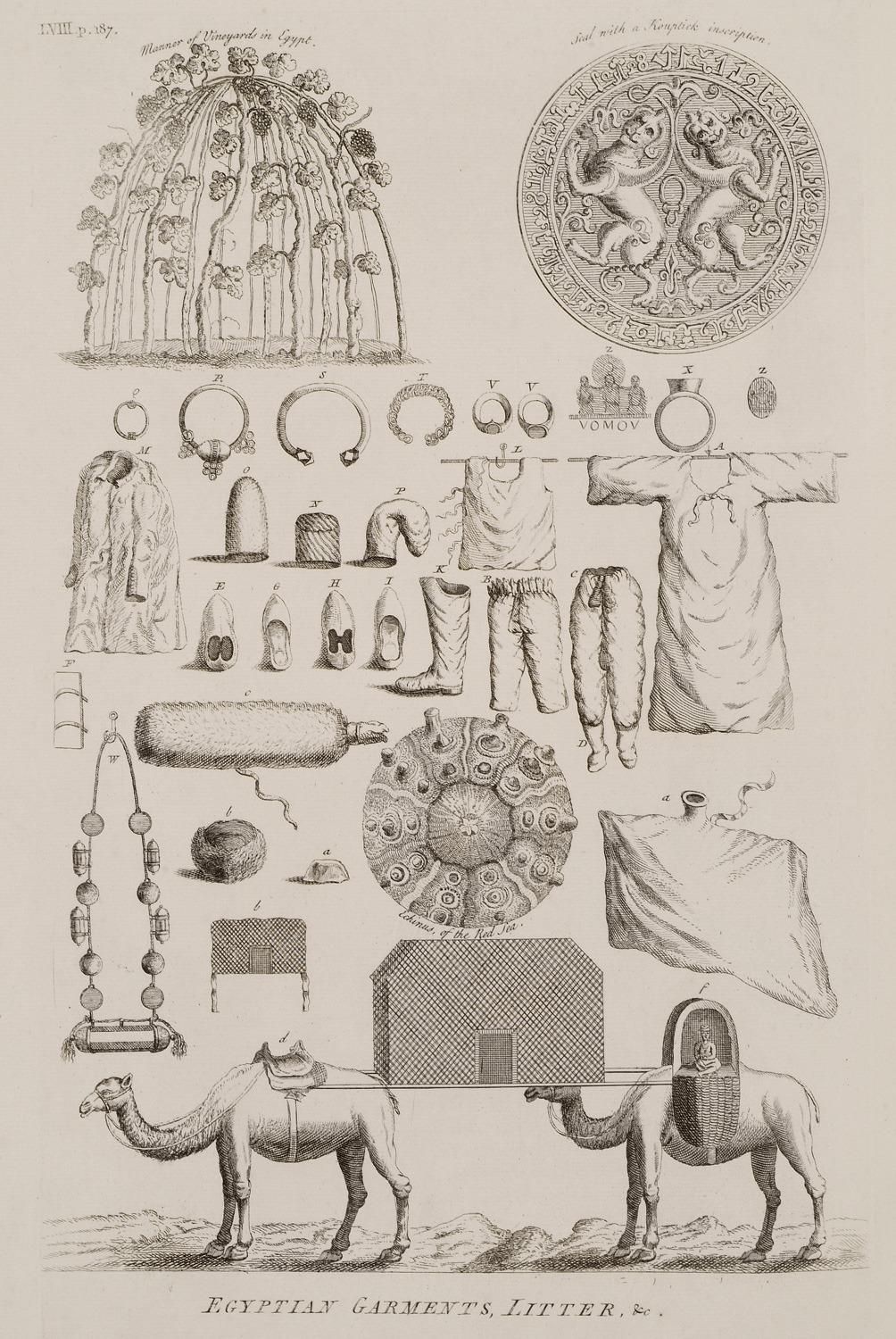
-
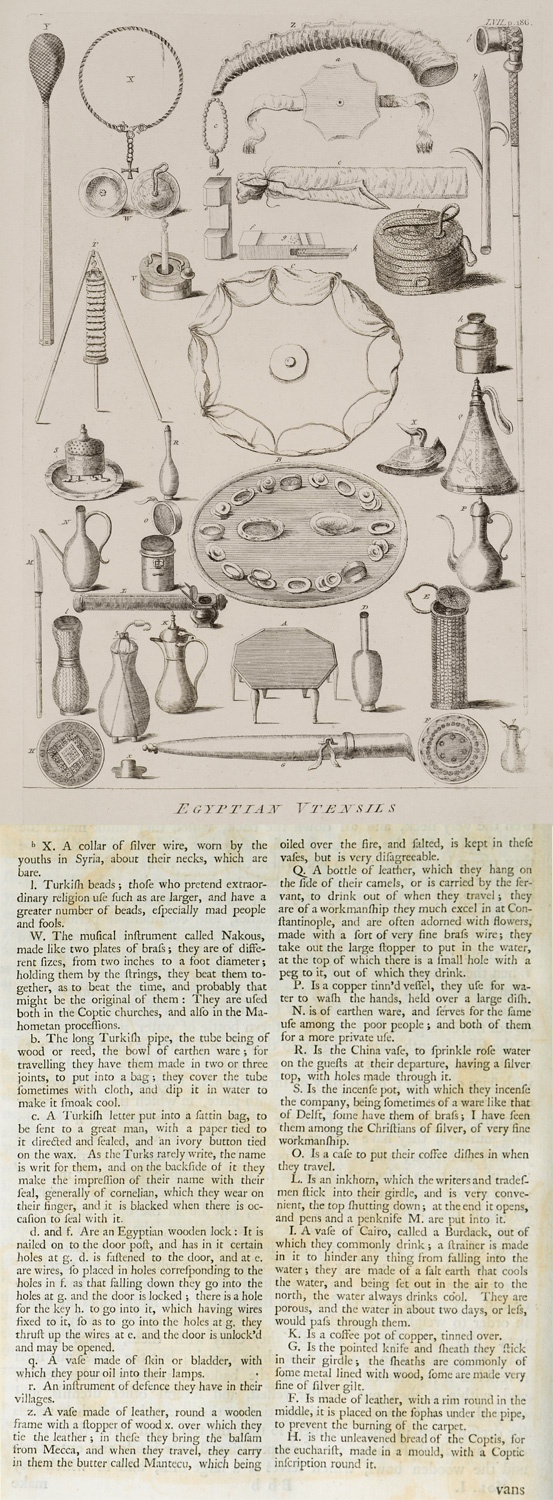
-
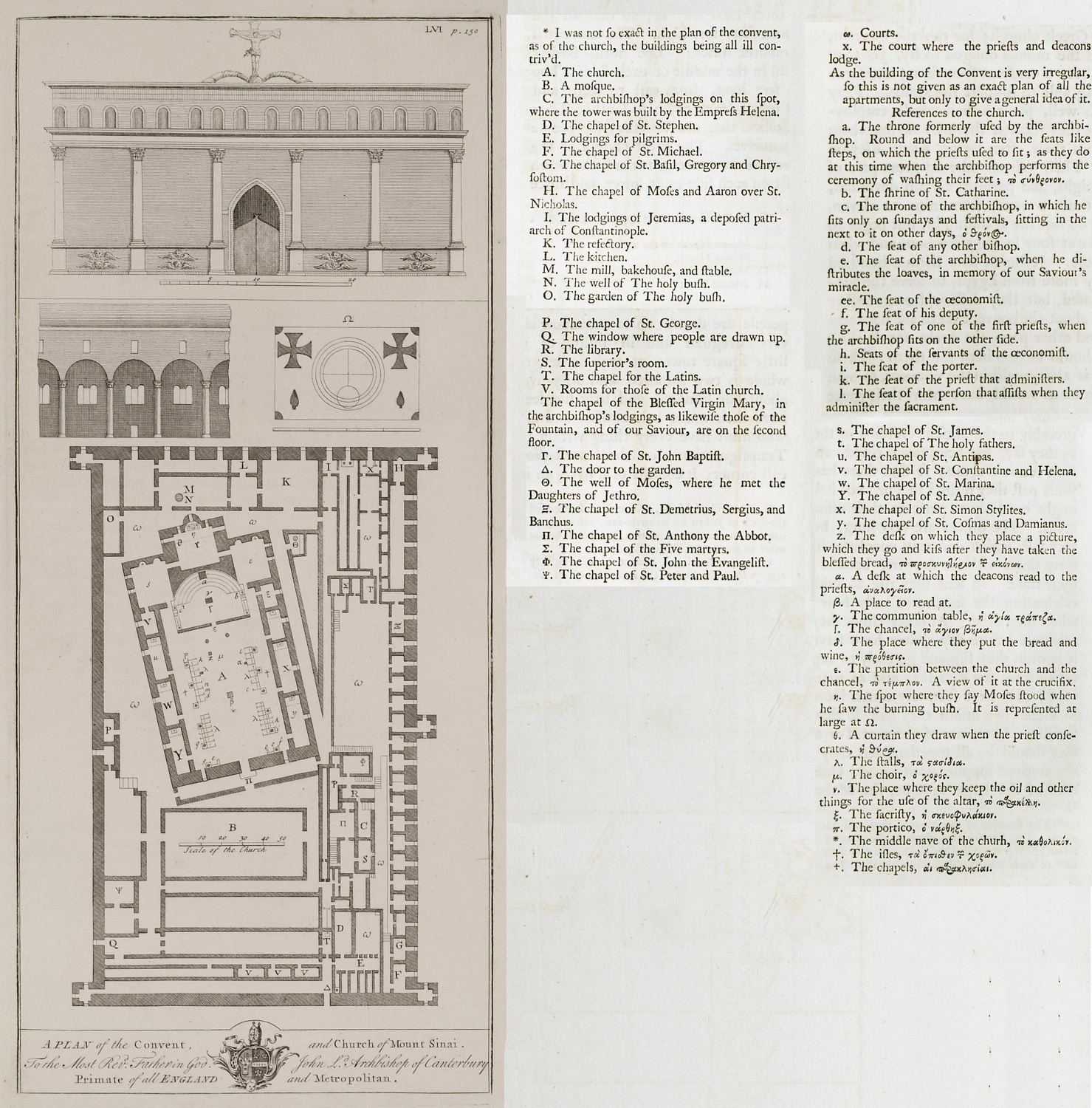
View, section plan and floor plan of the convent and the church of Saint Catherine on Mount Sinai.
-
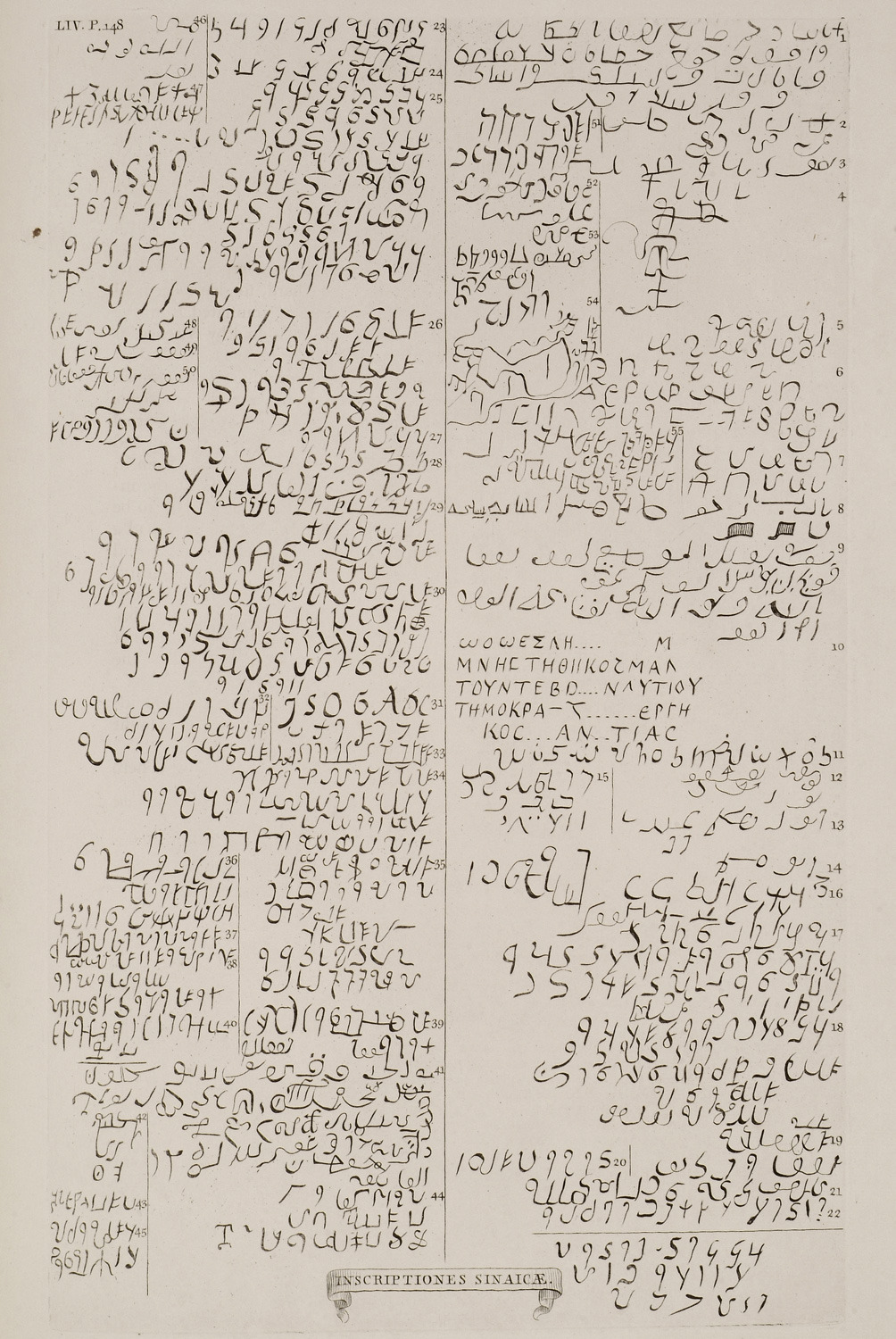
-
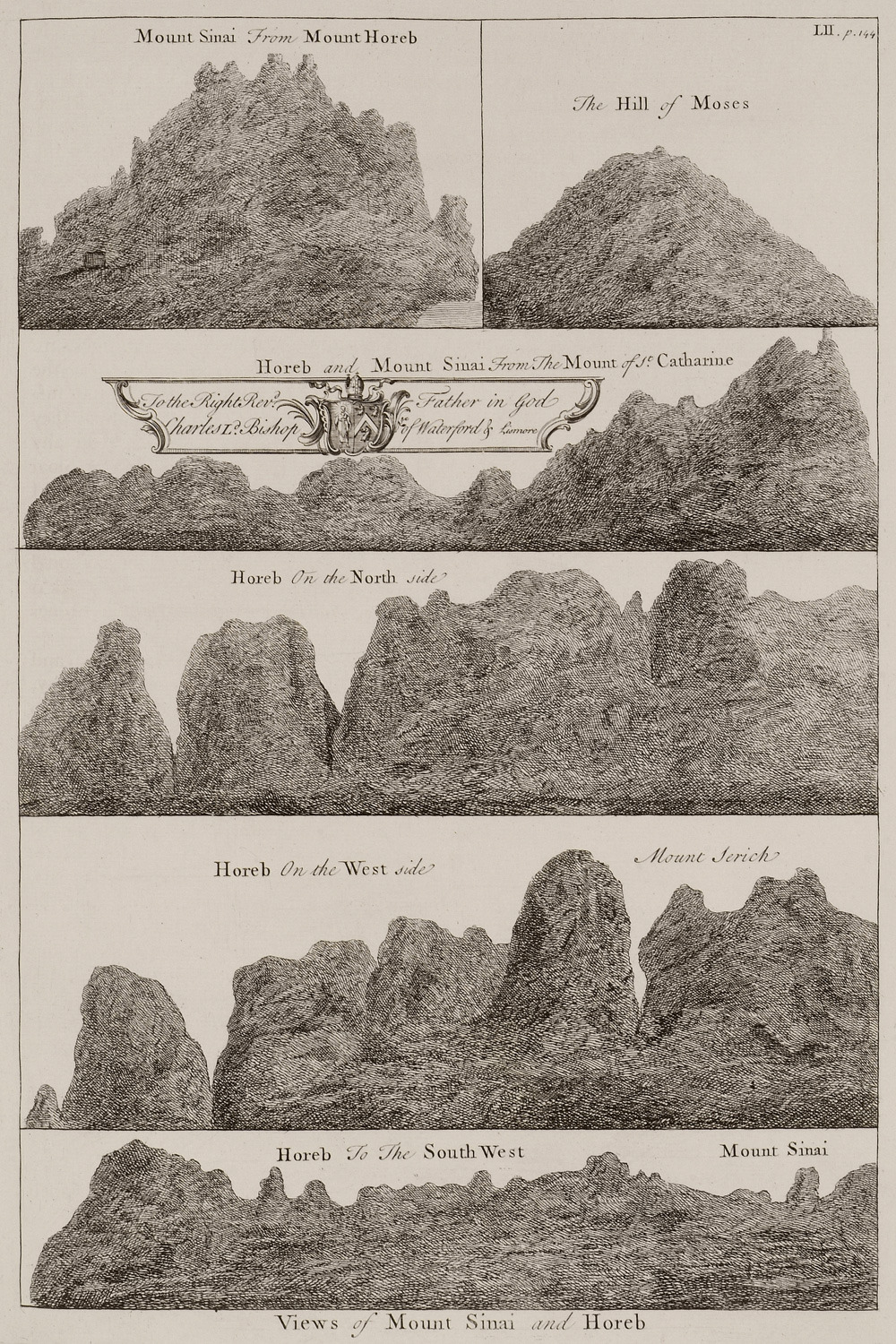
-
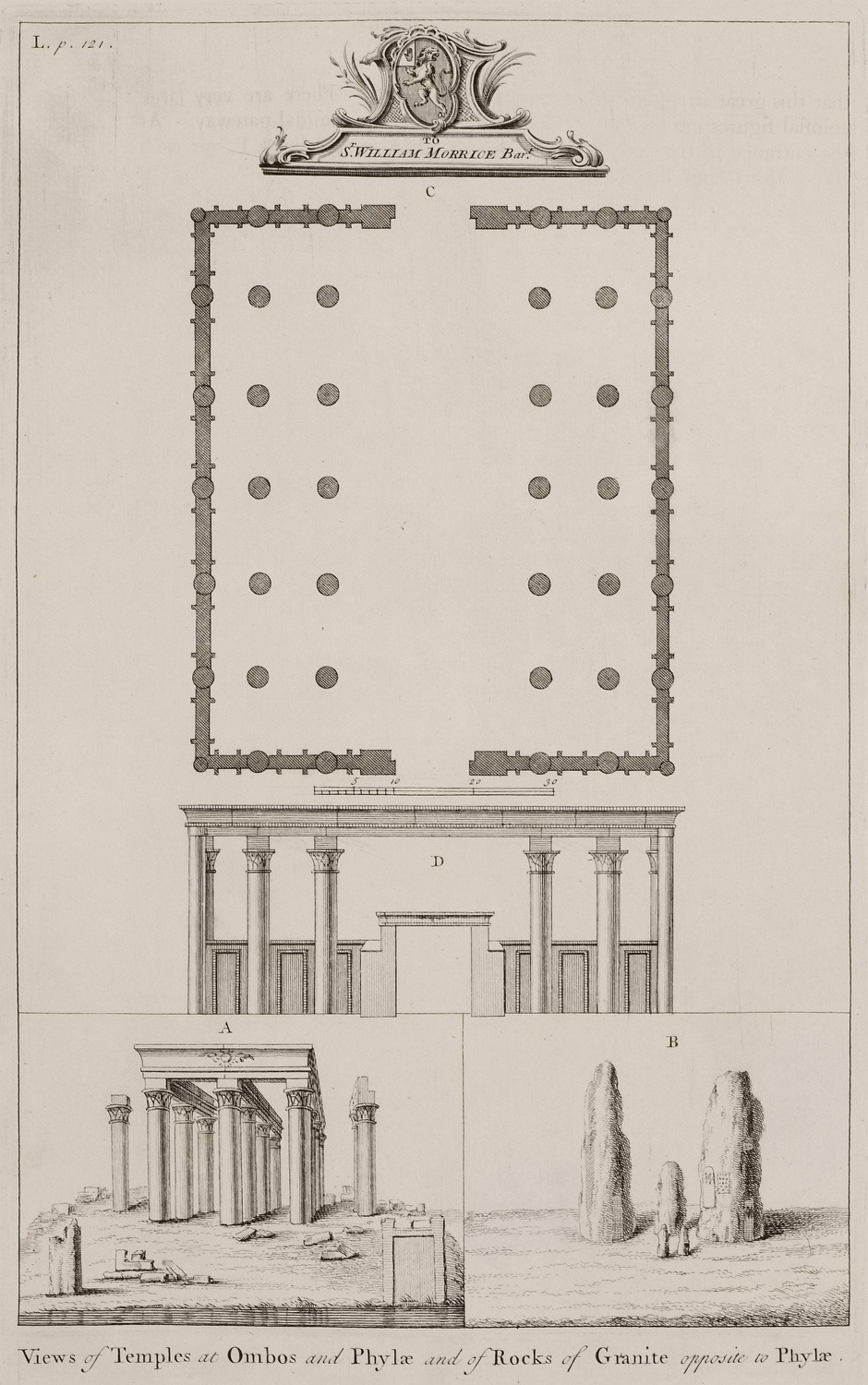
-

Map of Philae (Amilkia) island and floor plan of the Temple of Isis.
-
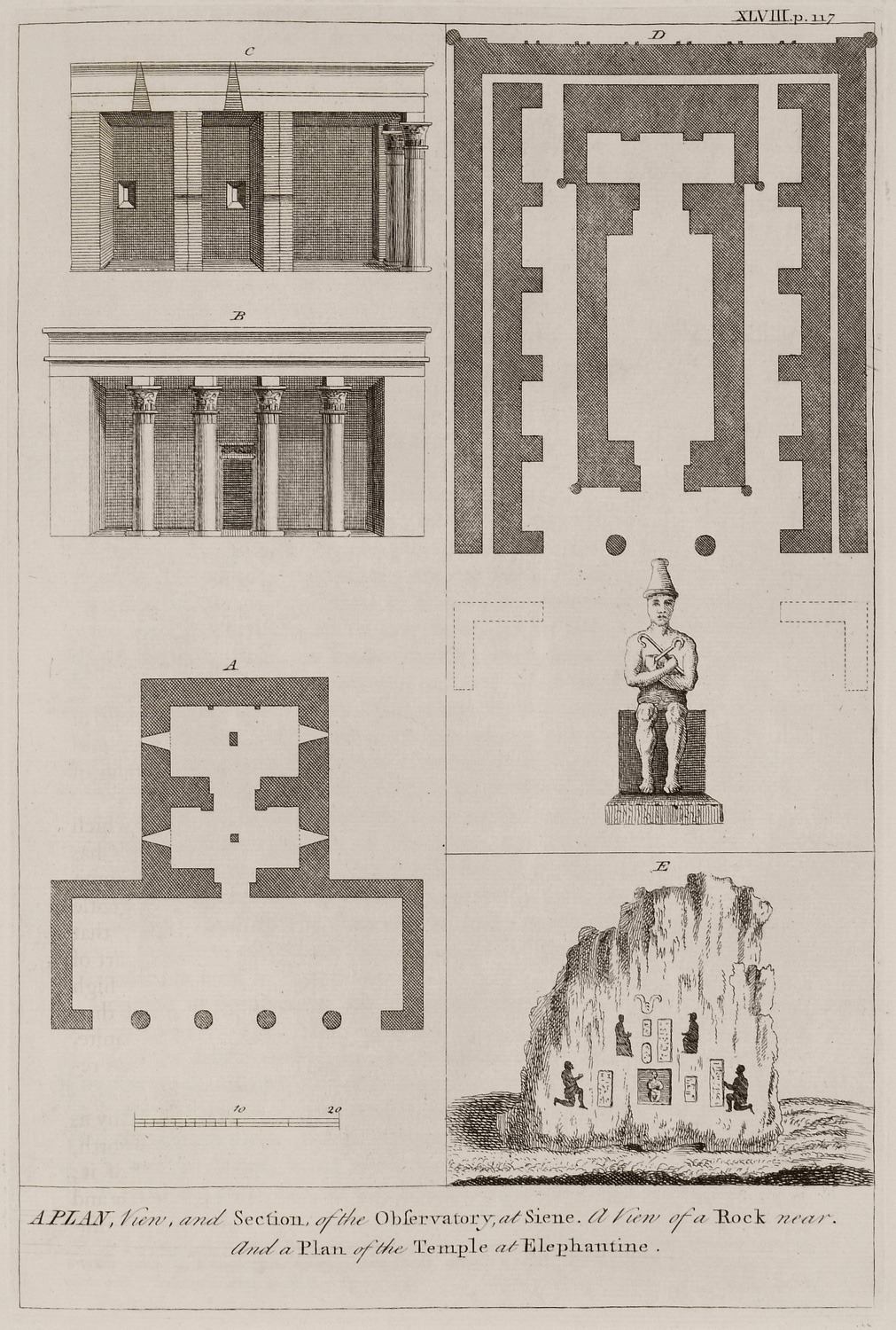
-
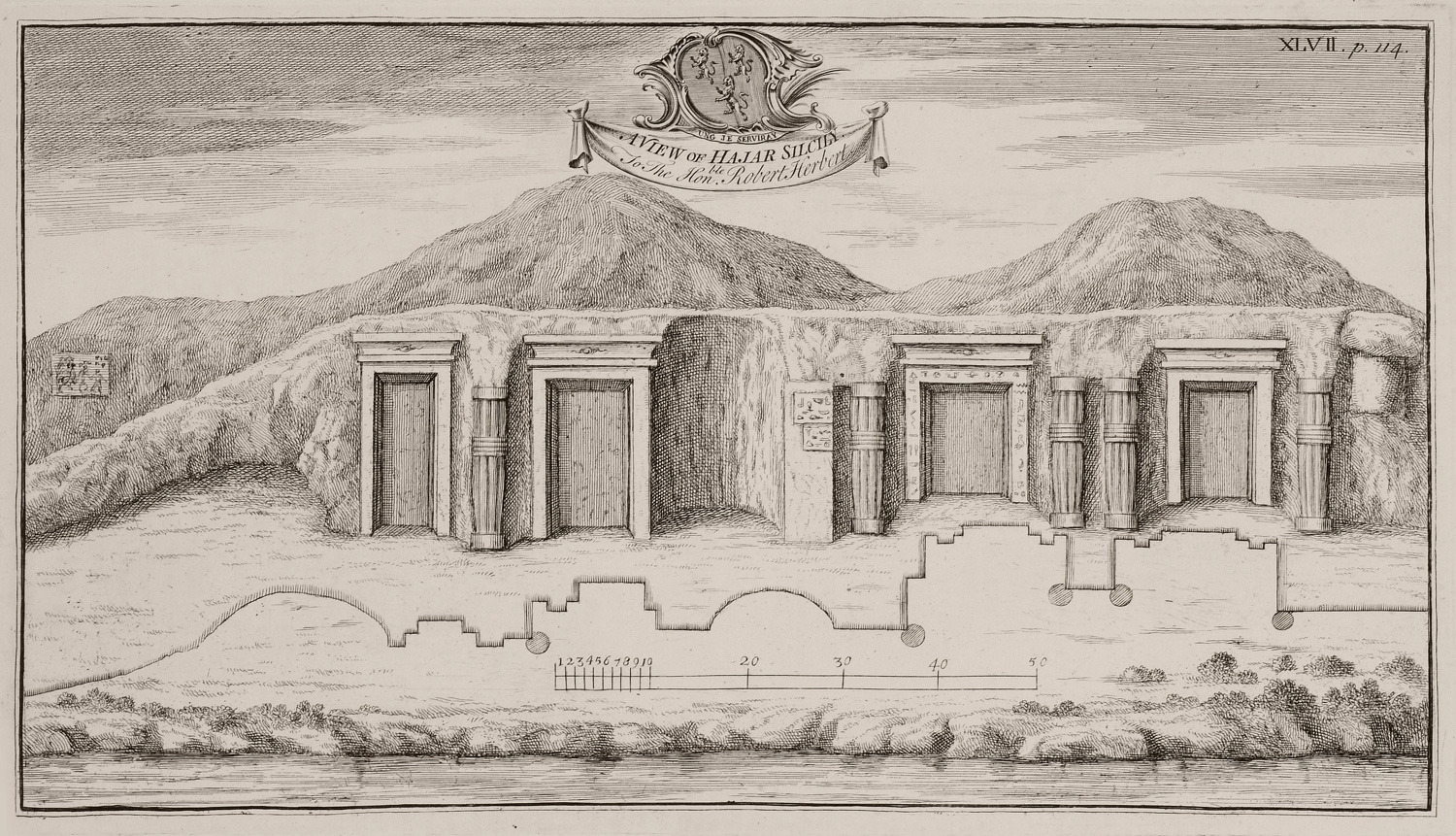
View and plan of carved temples in Gebel el-Silsila in Egypt.
-
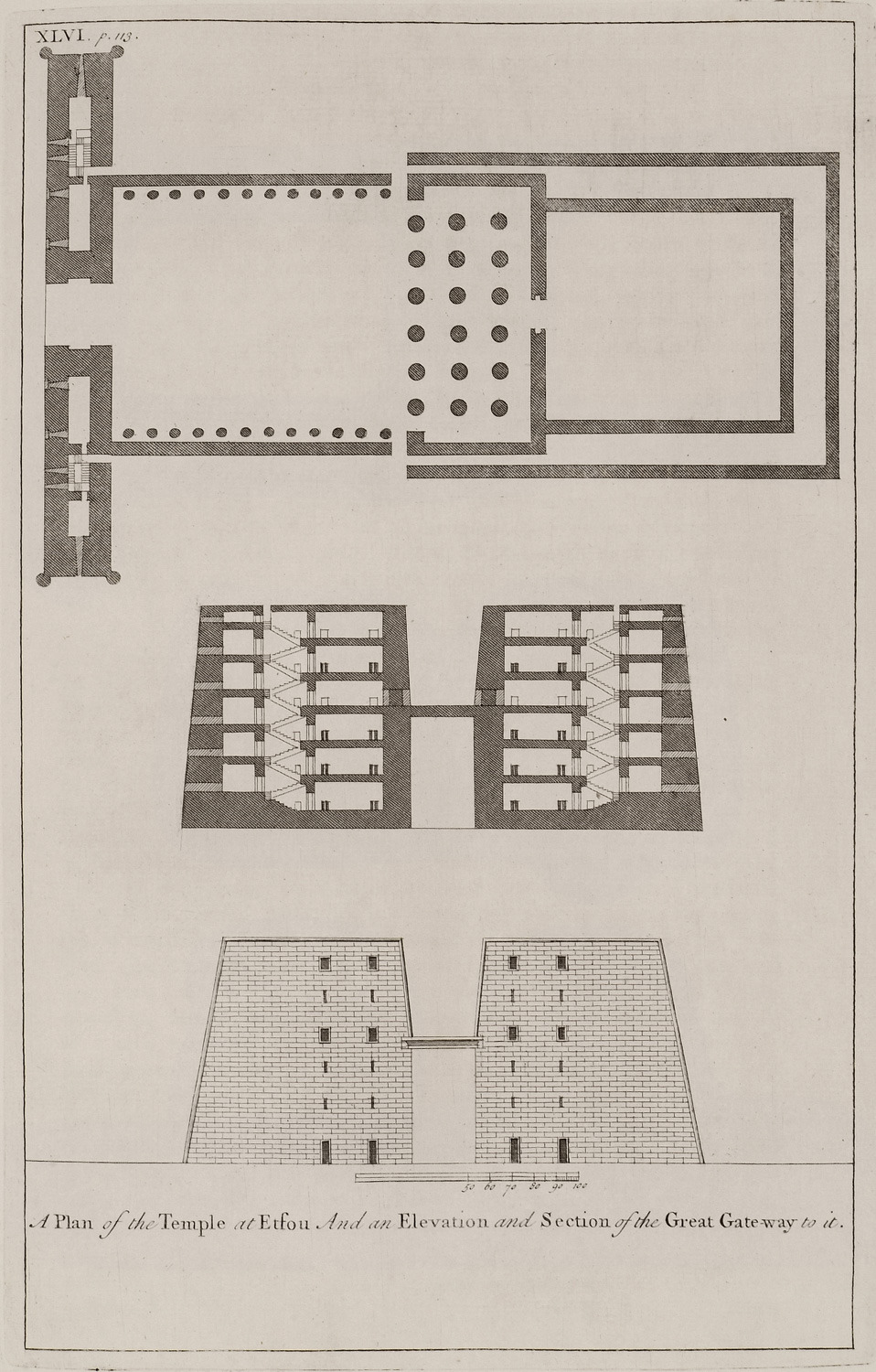
Plan of the temple of Edfu. View and section plan of the great pylon of the temple.
-
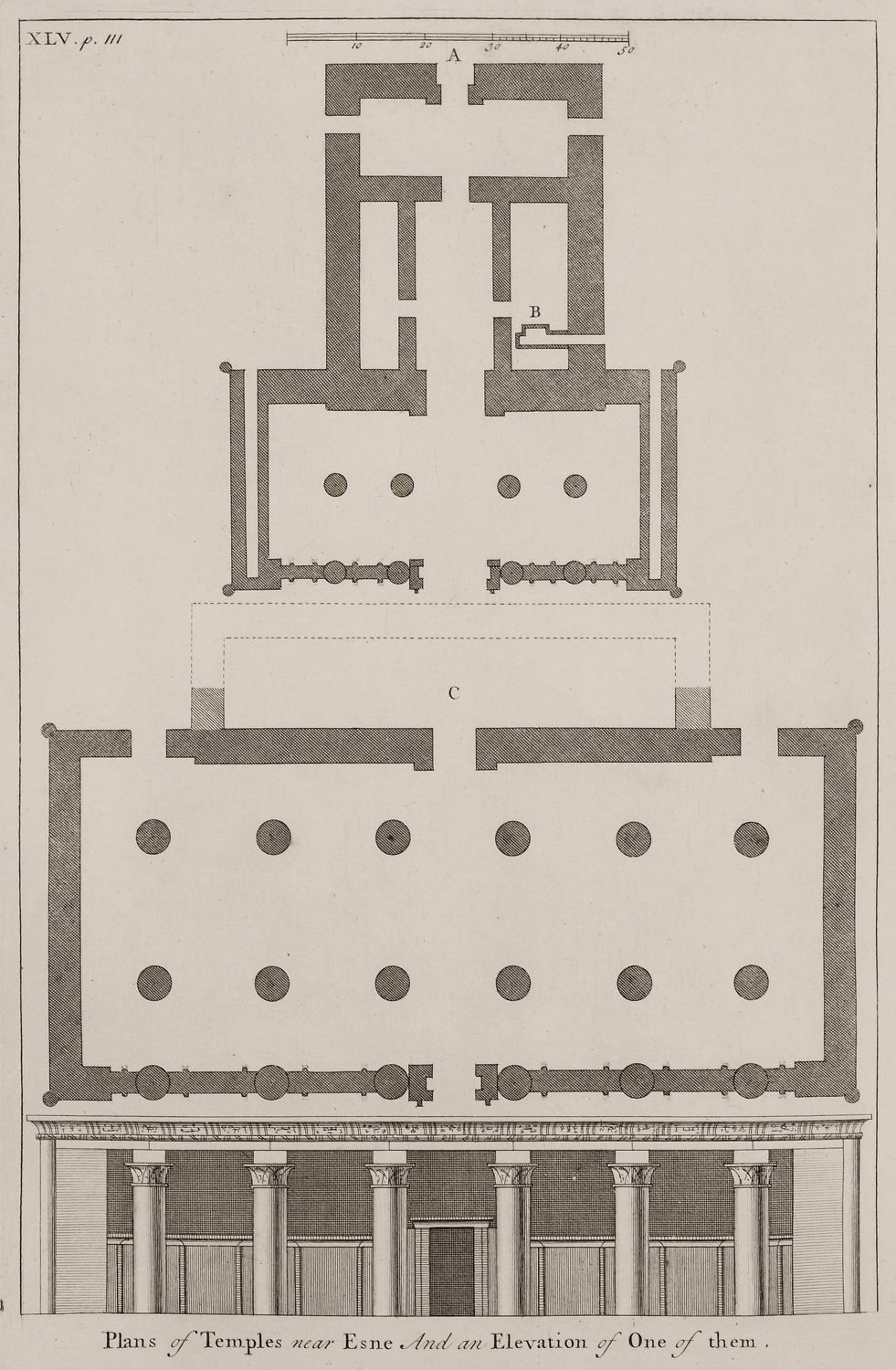
Floor plans of temples in Esna (anc. Latopolis). View of temple in Esna.
-
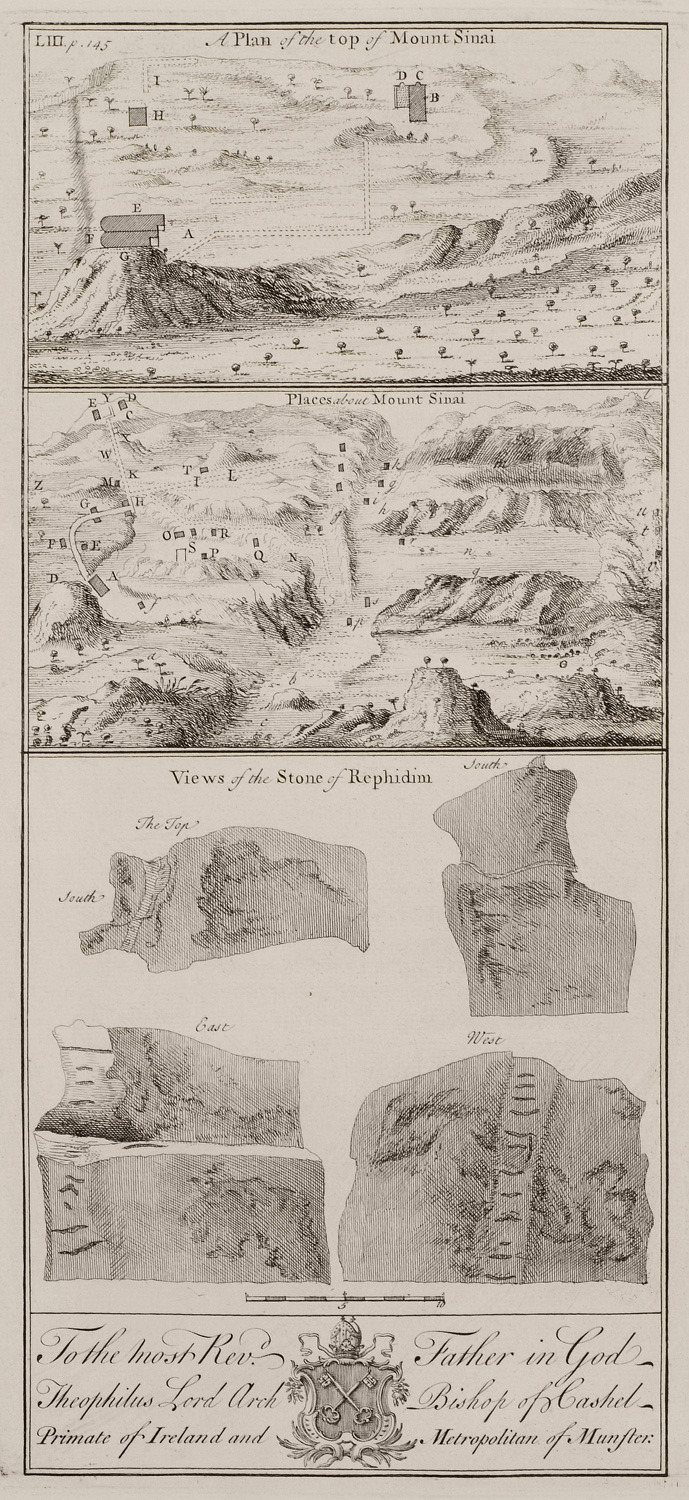
-
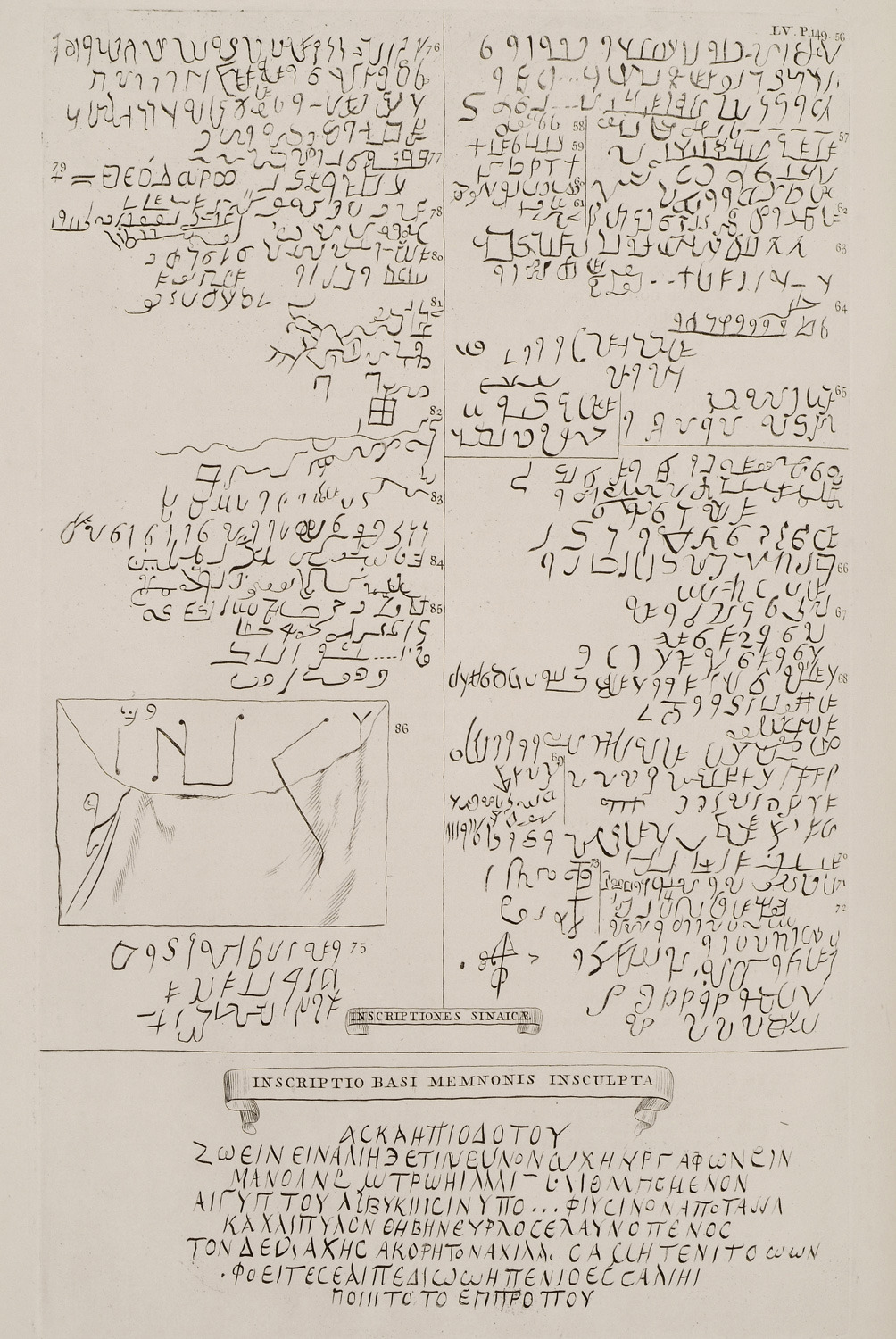
-
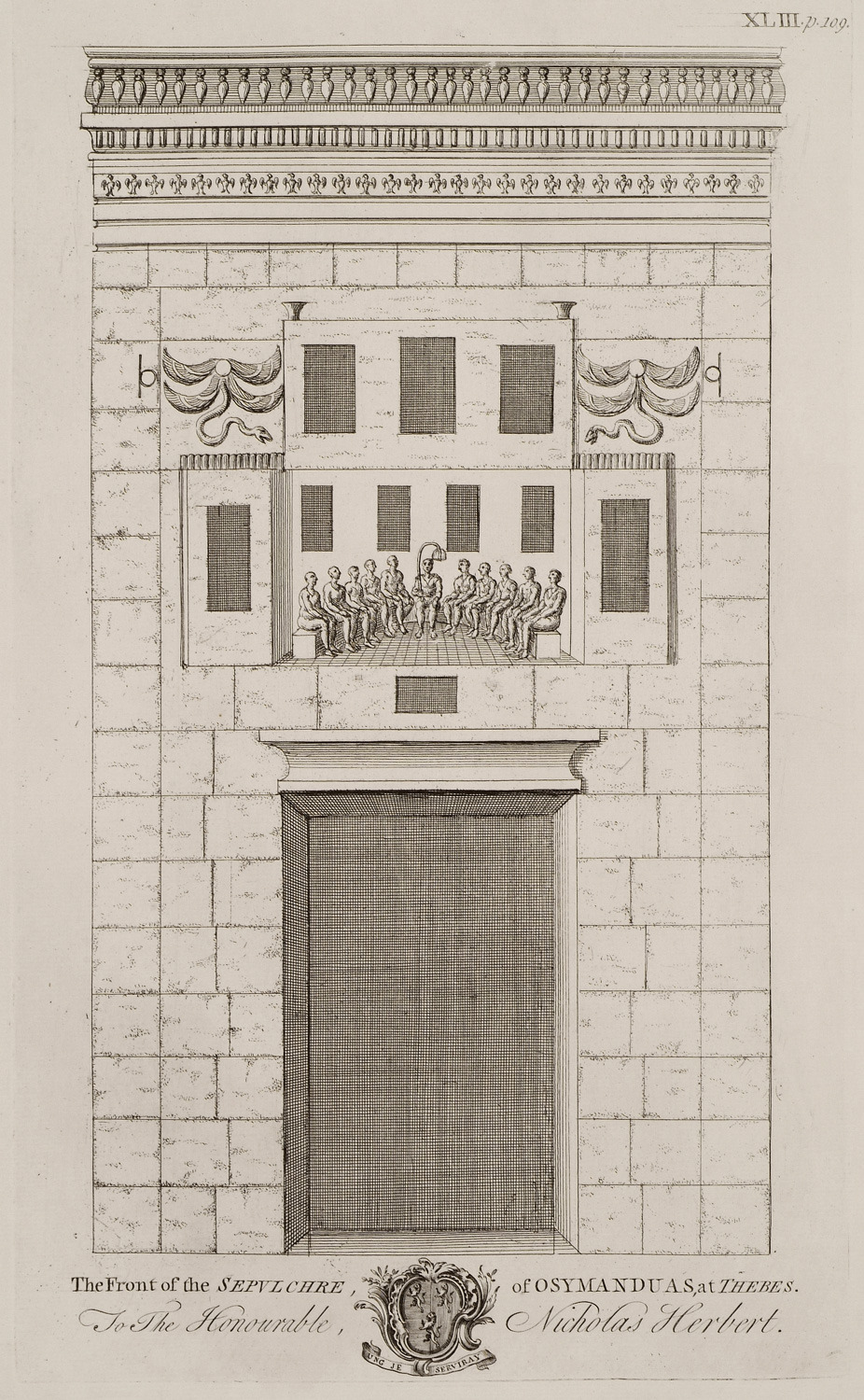
View of Ramesseum, the memorial temple of Ramesses II in Luxor (anc. Thebes).
-
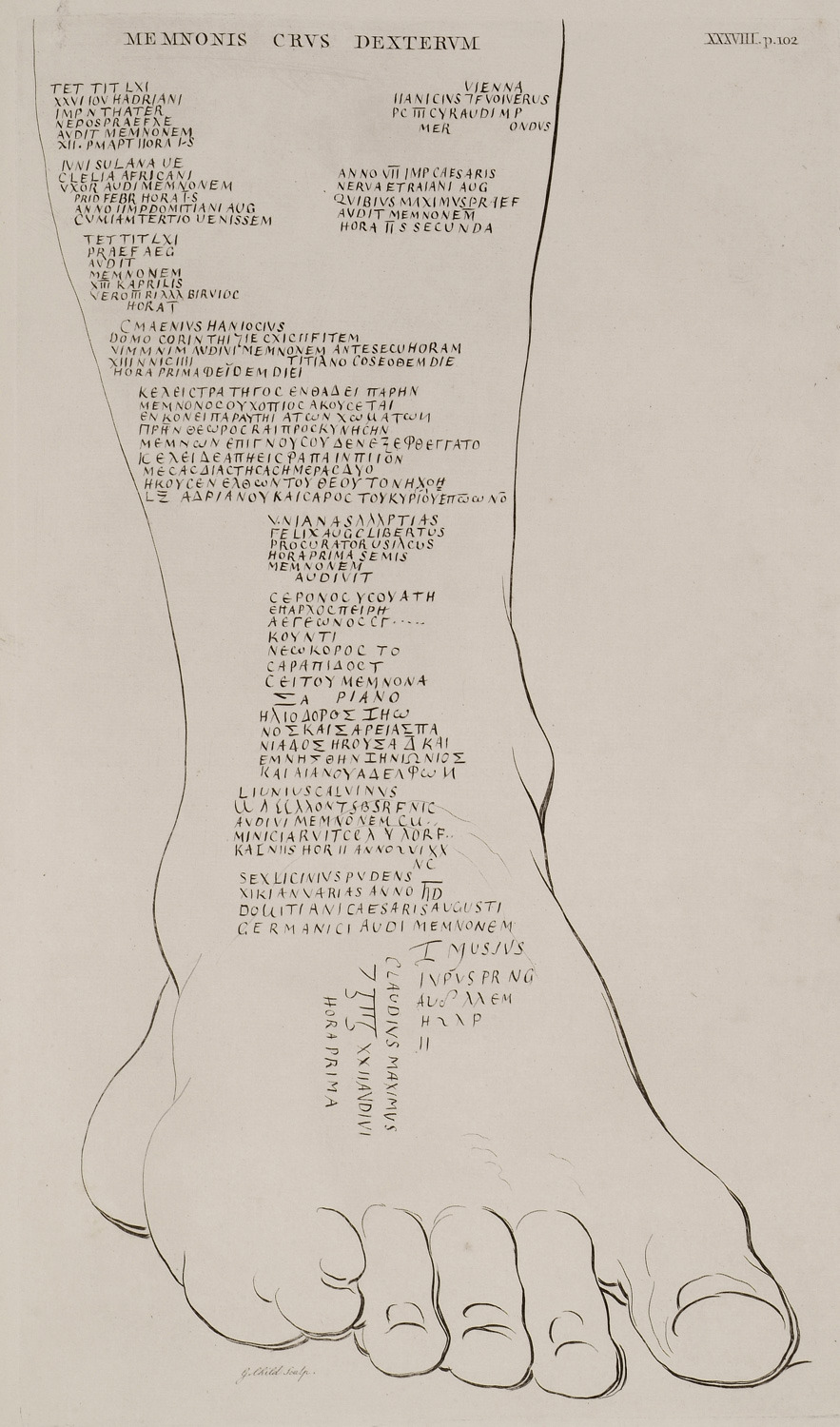
-
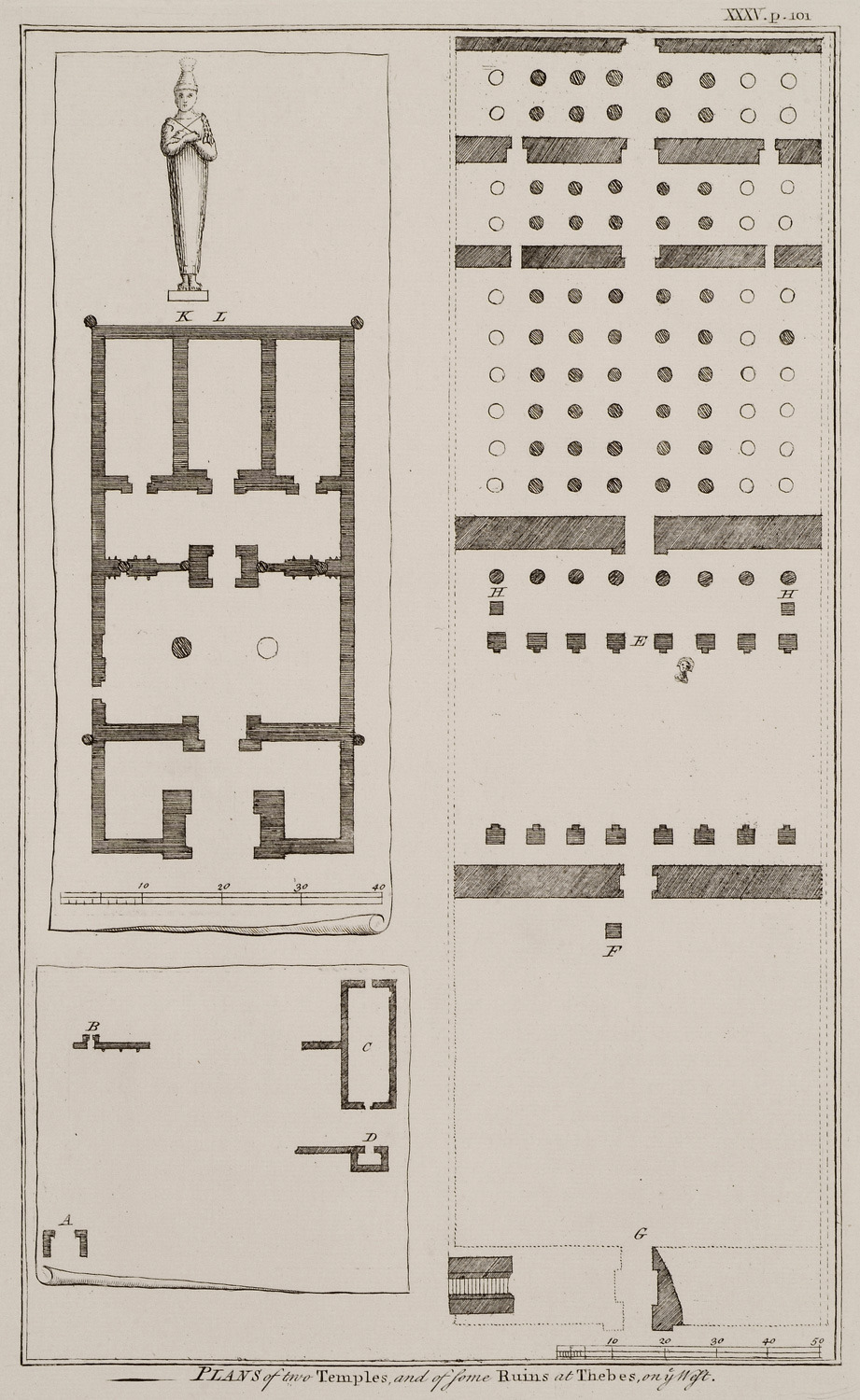
Plans of two temples and of another building in Luxor (anc. Thebes).
-
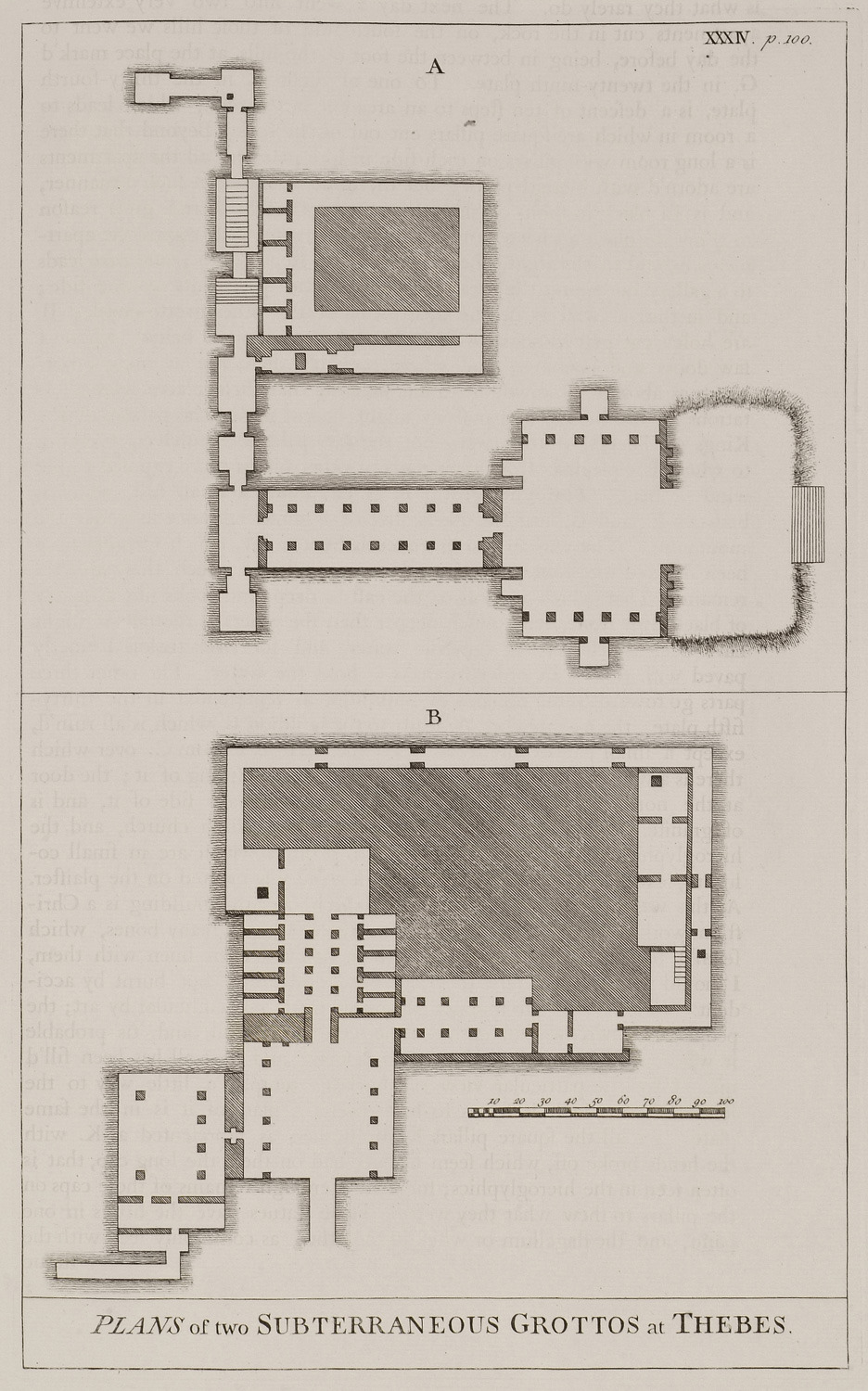
-
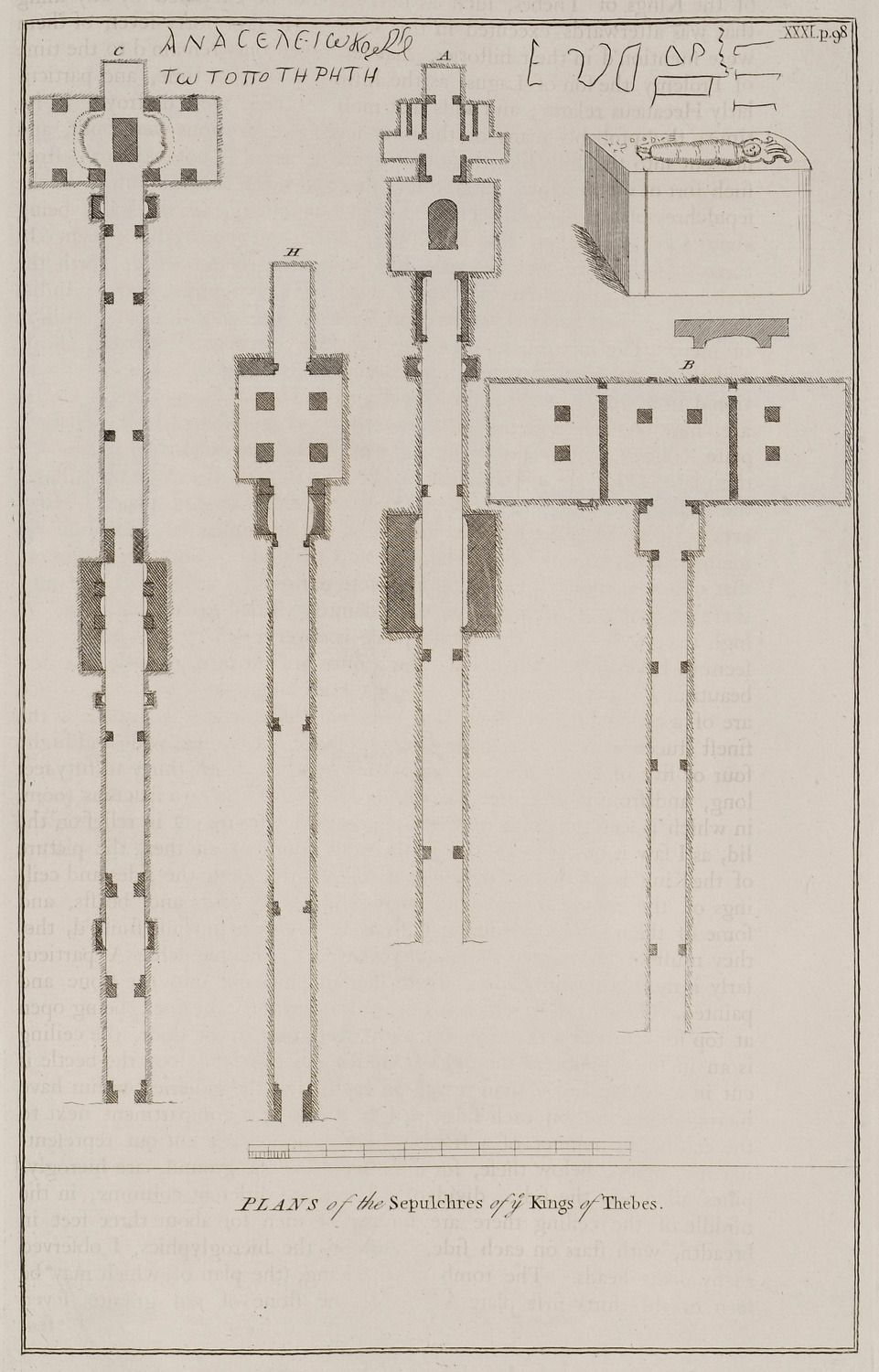
-
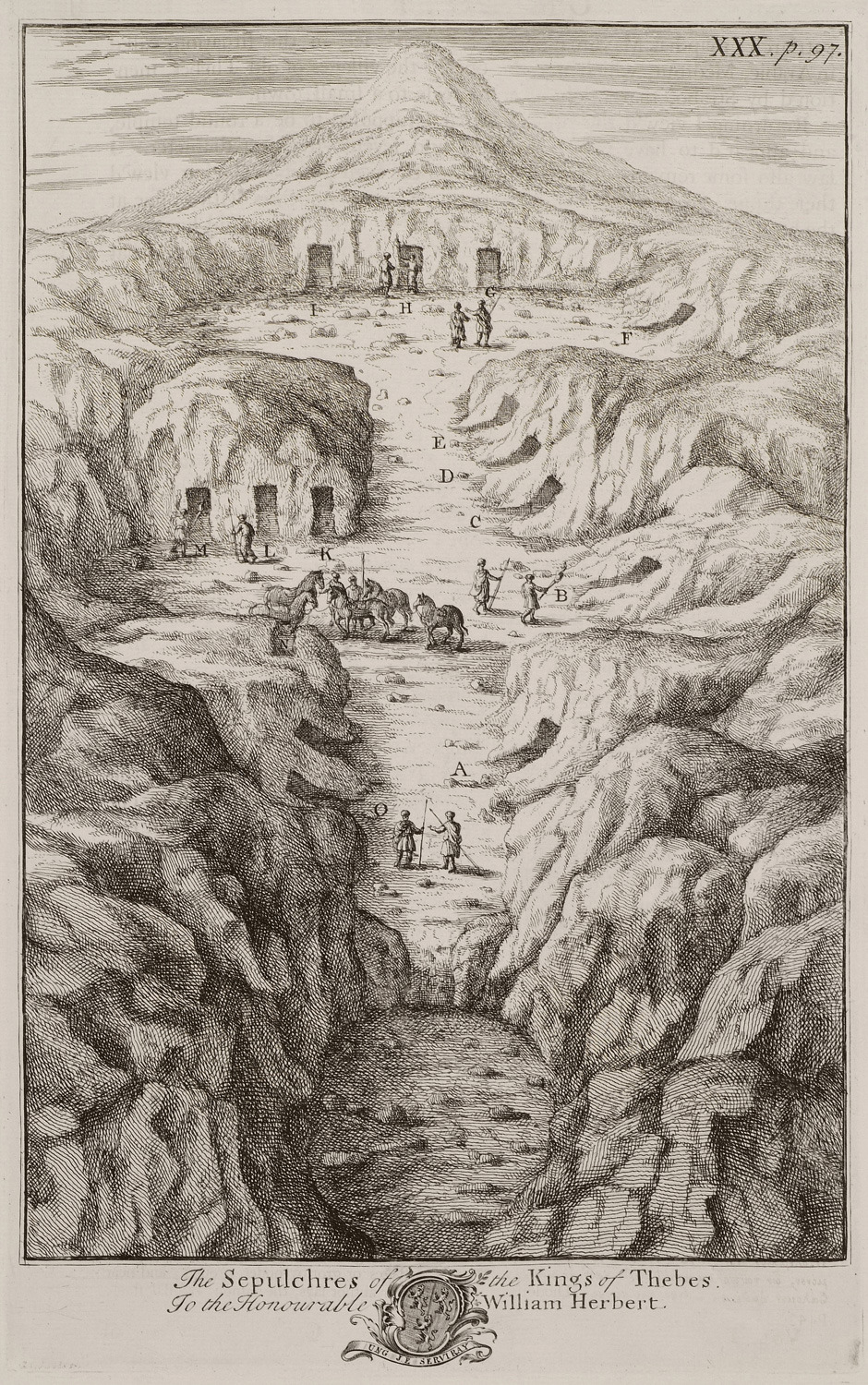
-
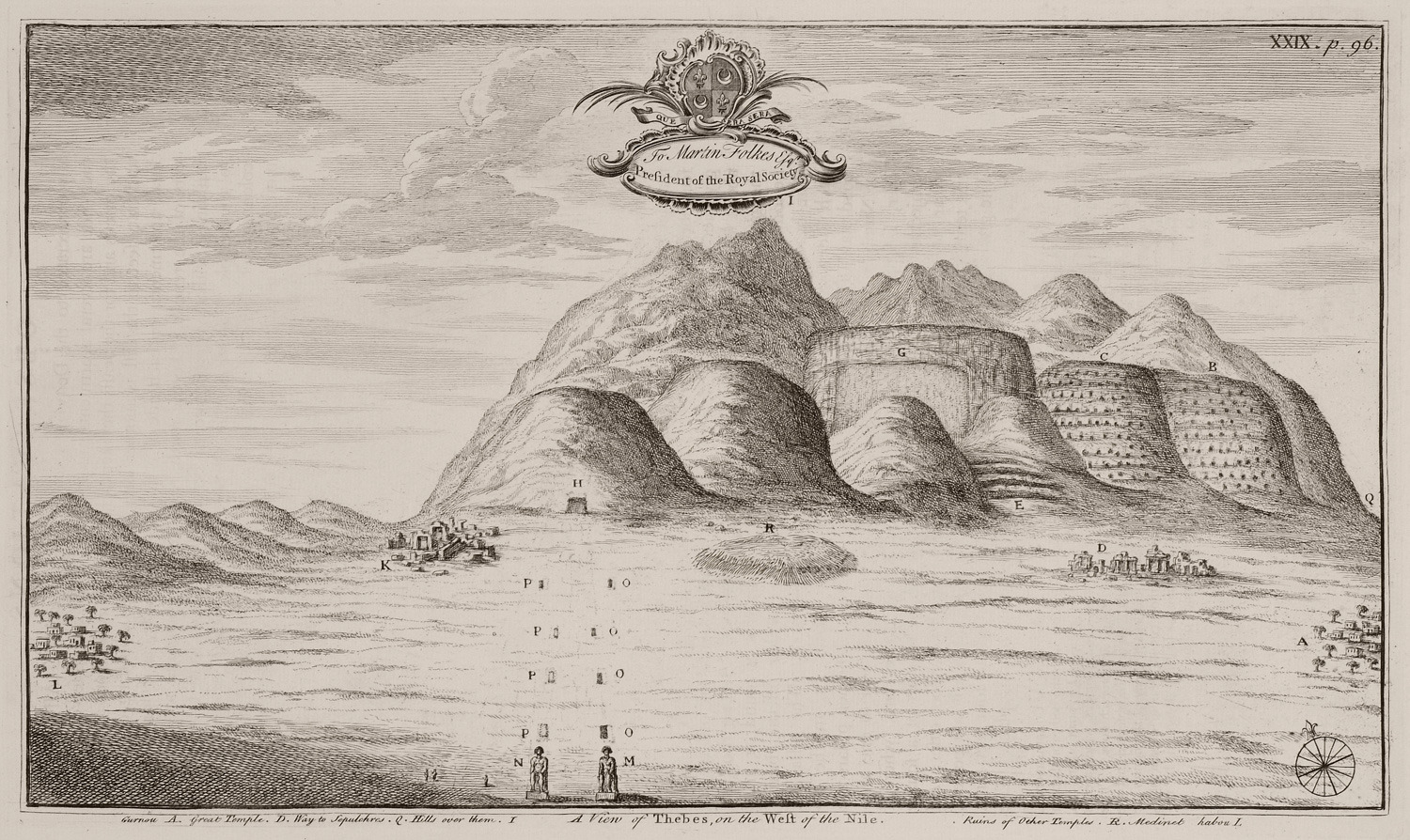
-
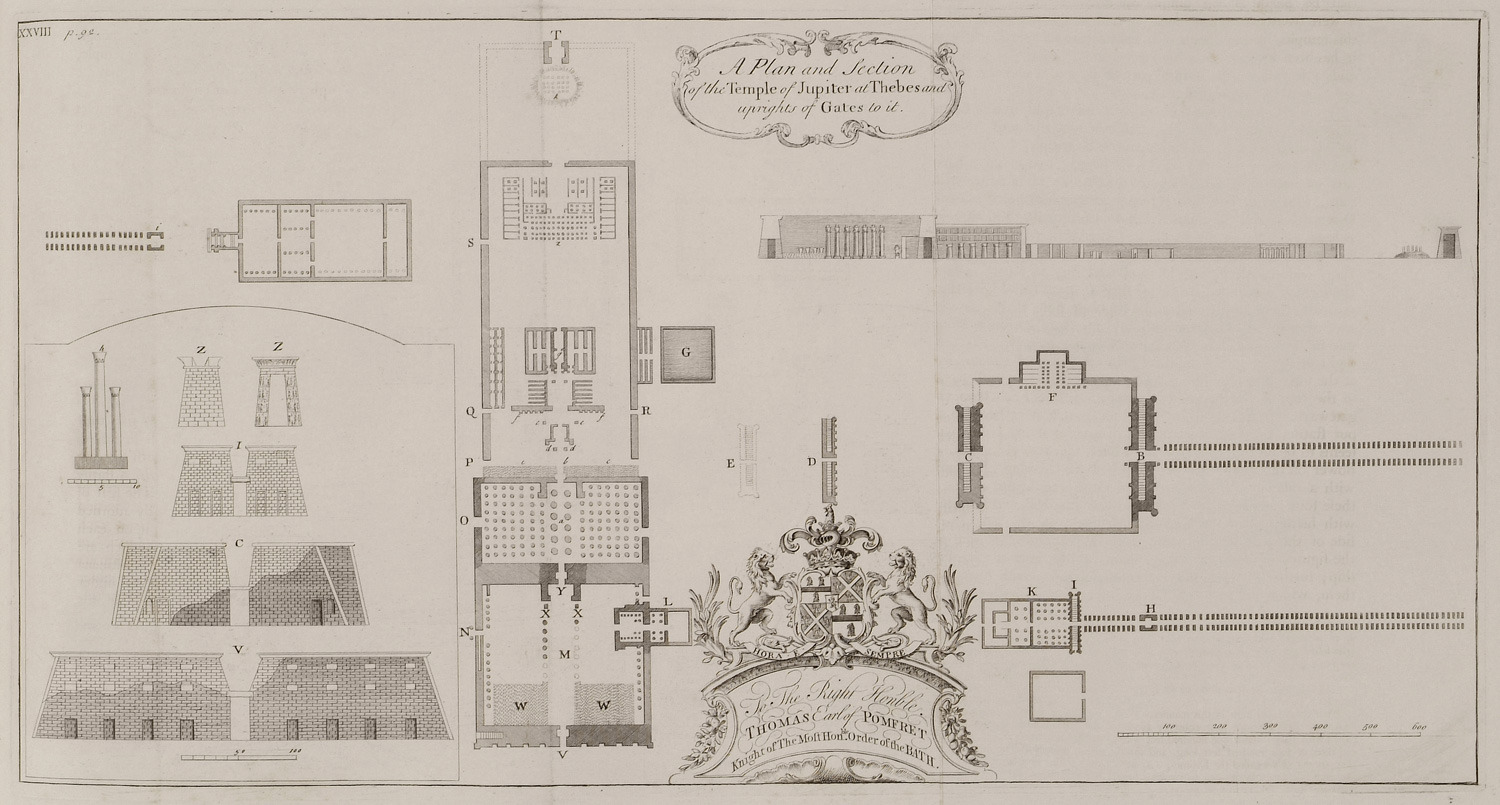
-

-
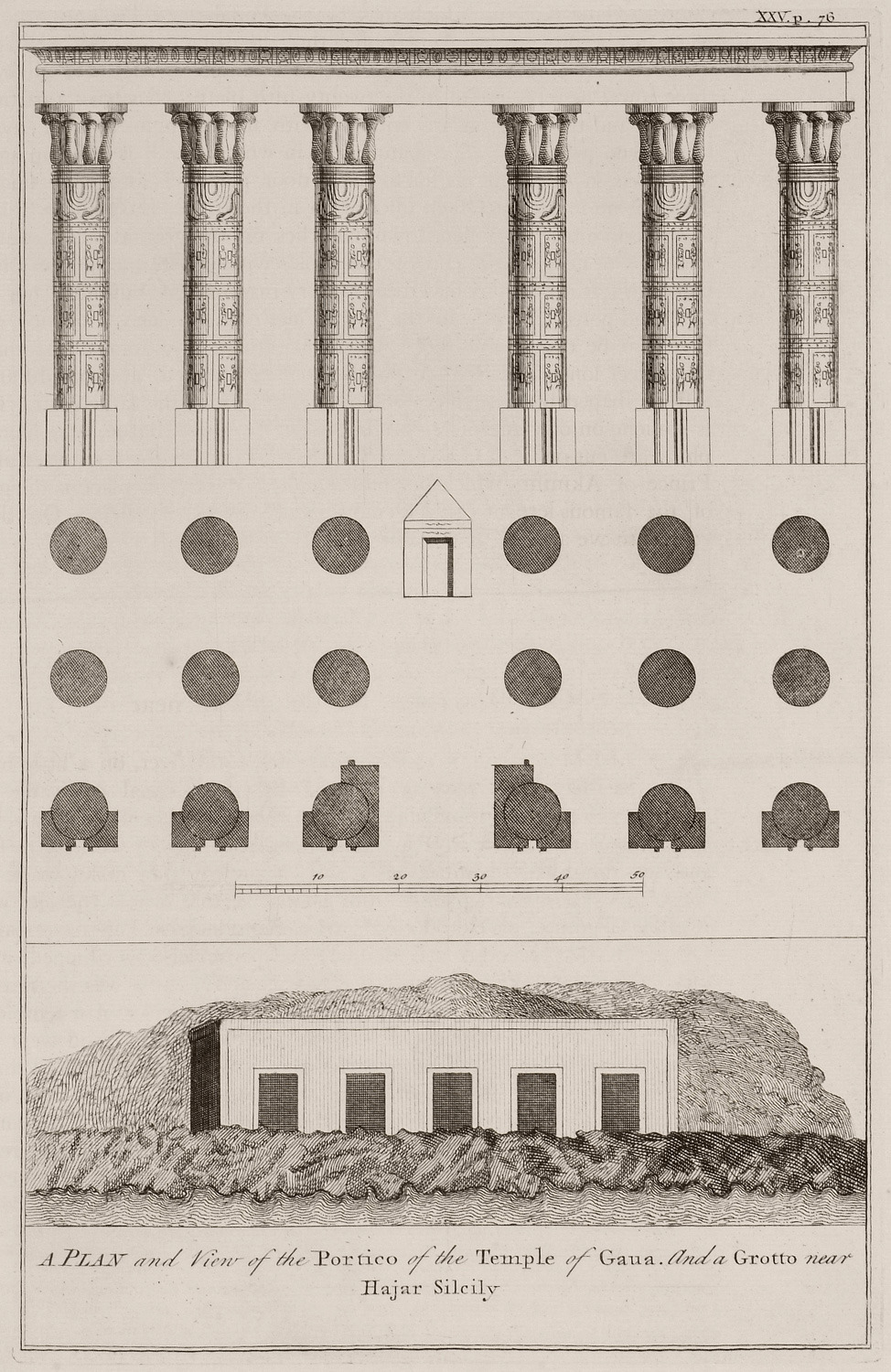
-
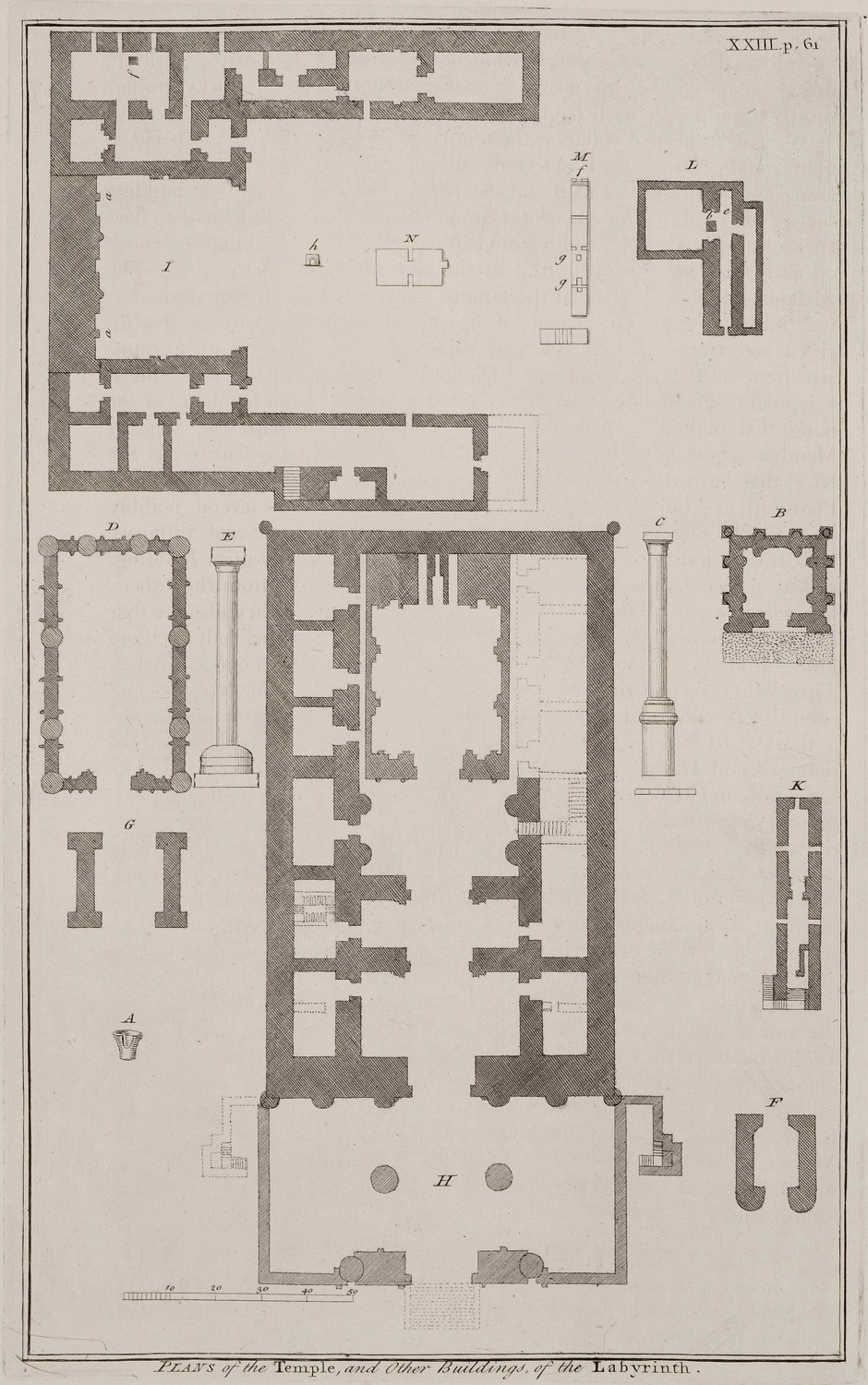
-
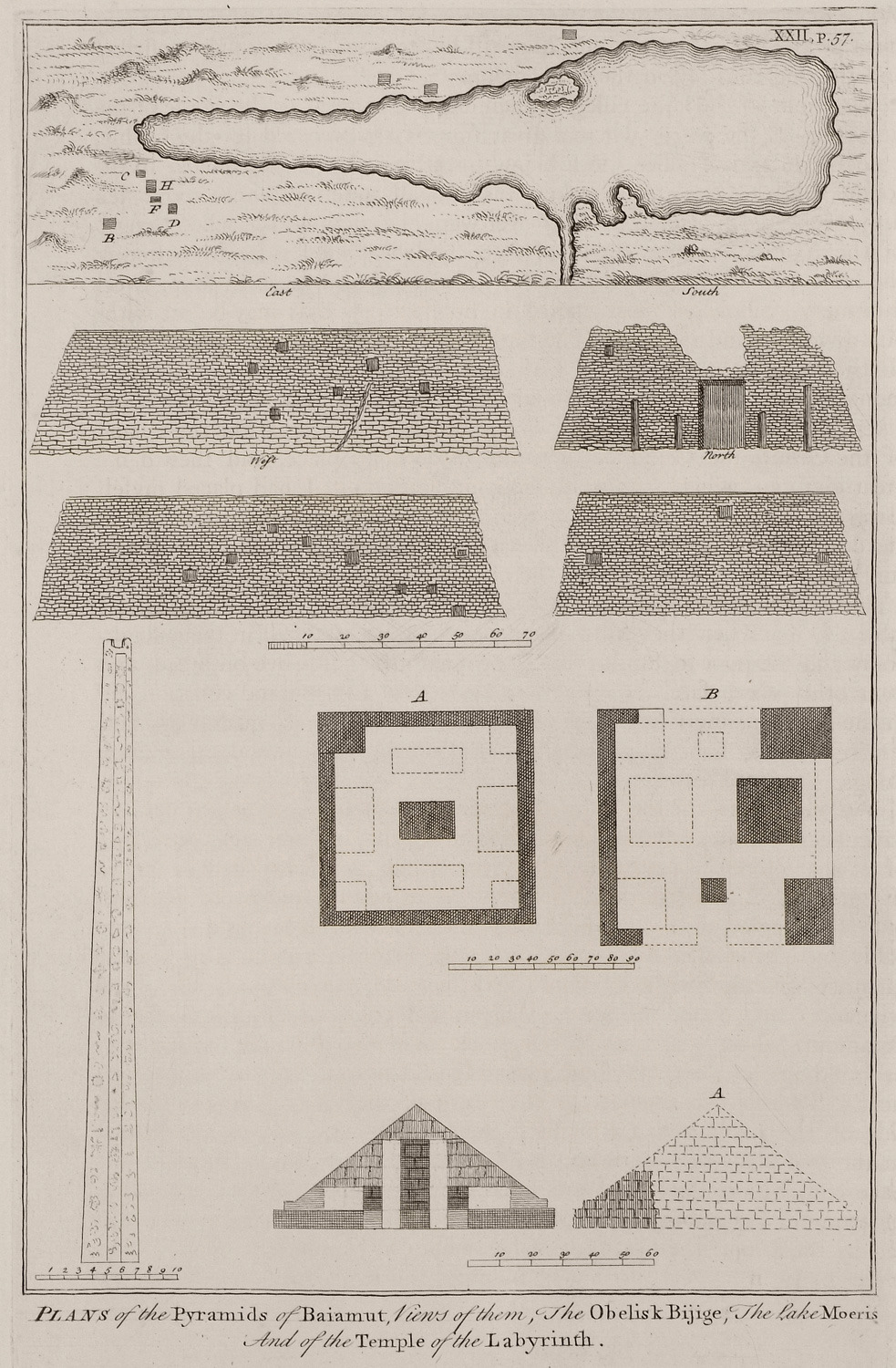
-
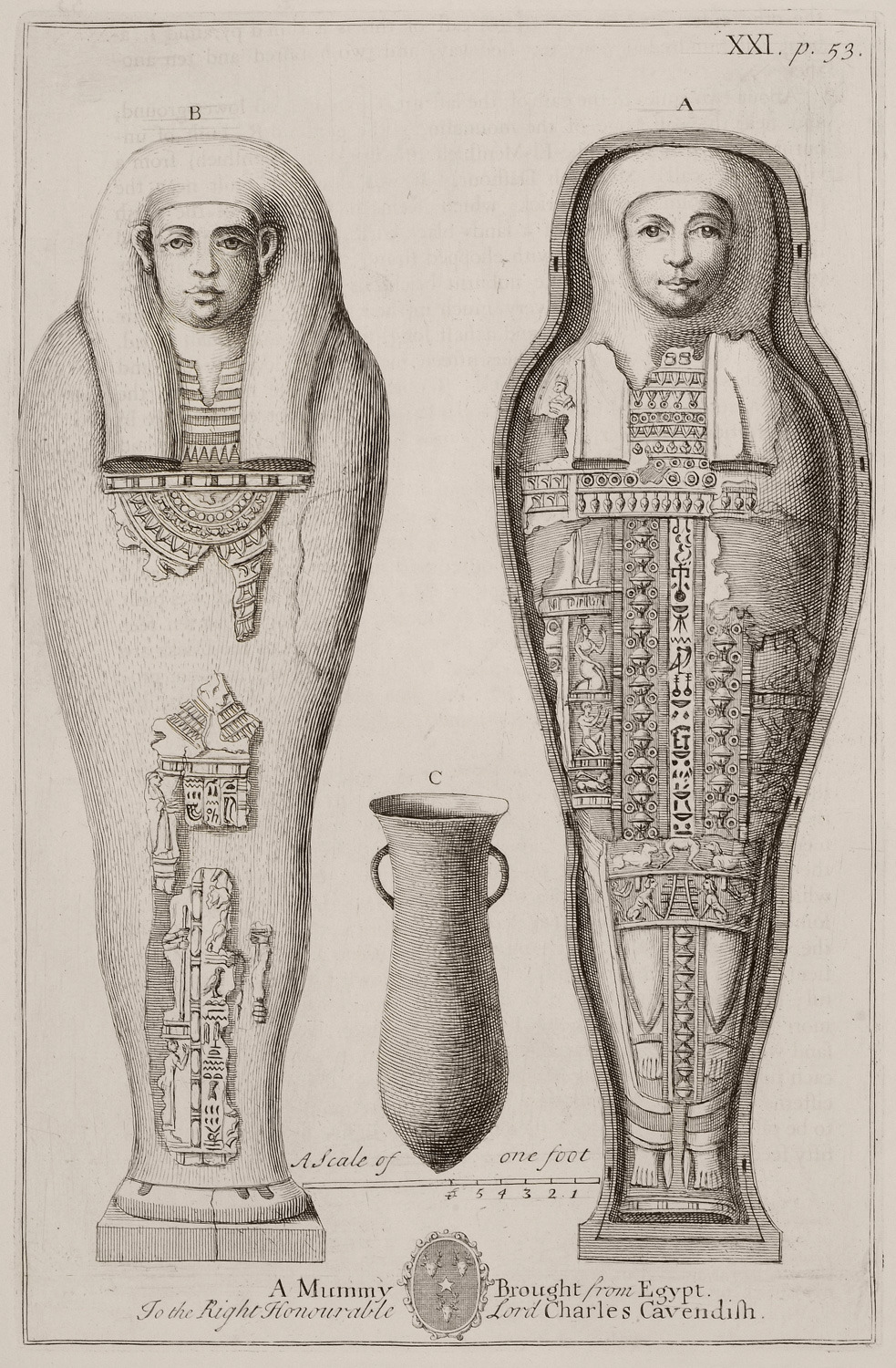
A Mummy brought from Egypt to the Right Honourable Lord Charles Cavendish.
-

-
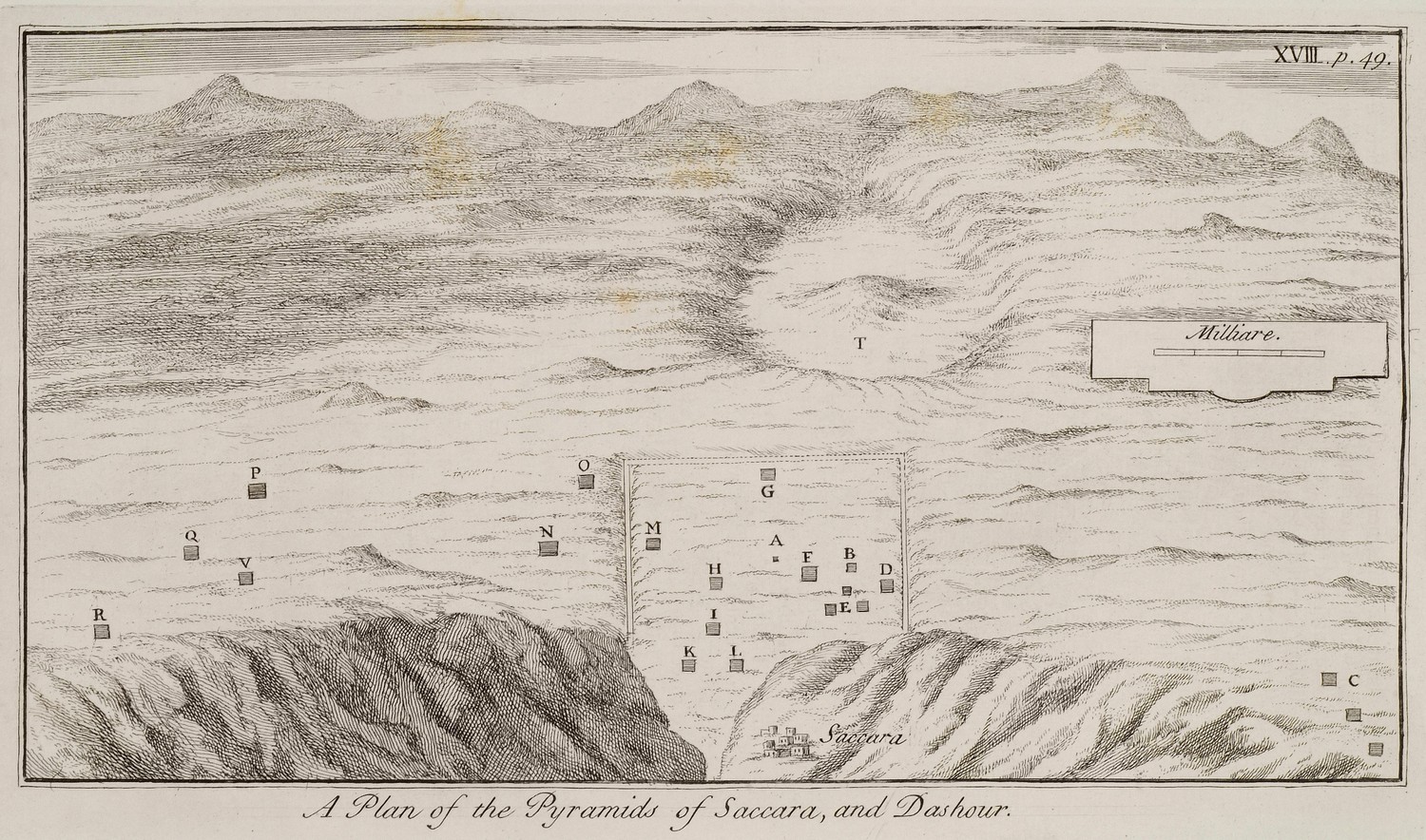
-
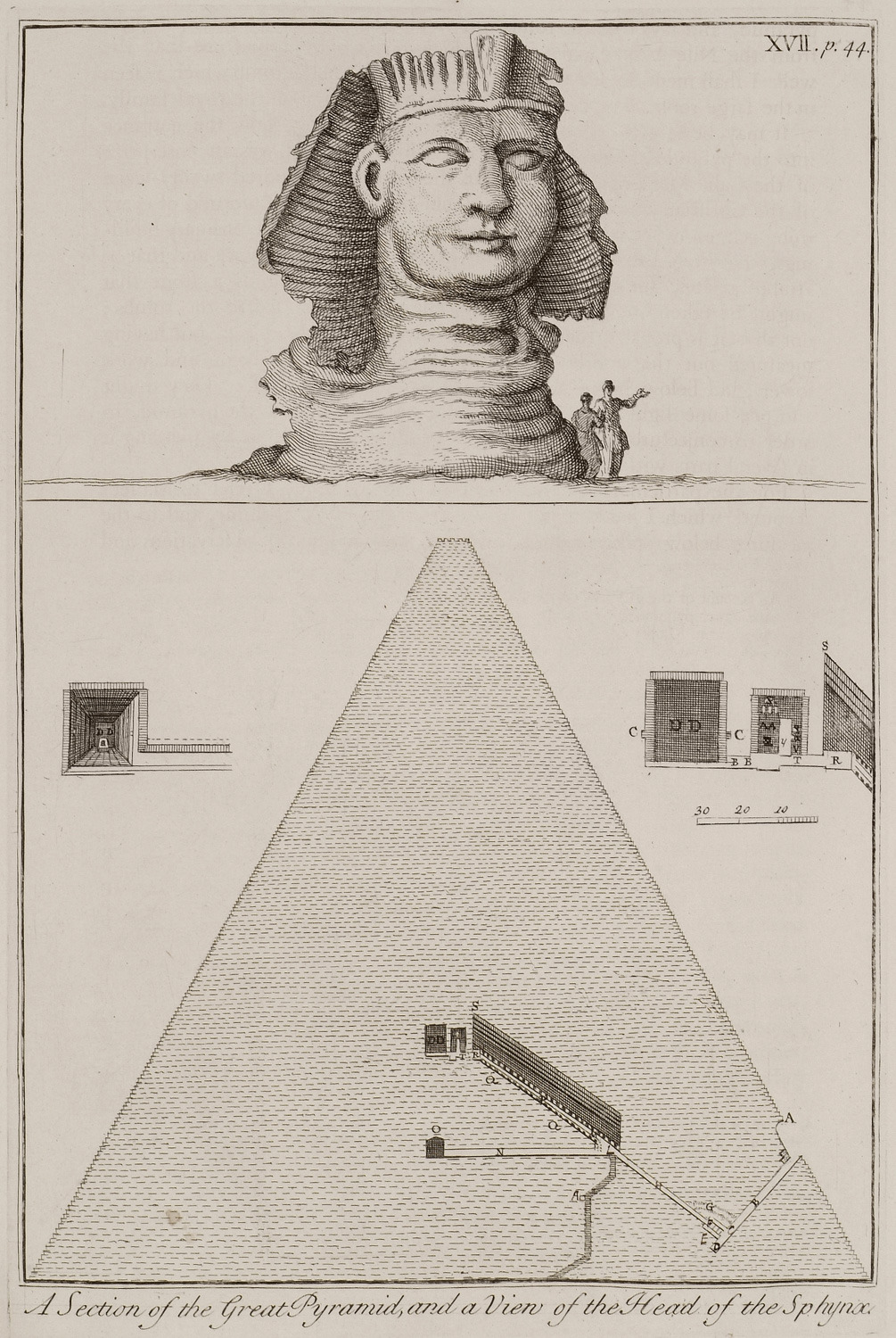
View of the Sphinx. Section plans of the Great Pyramid of Giza, also known as Pyramid of Cheops.
-
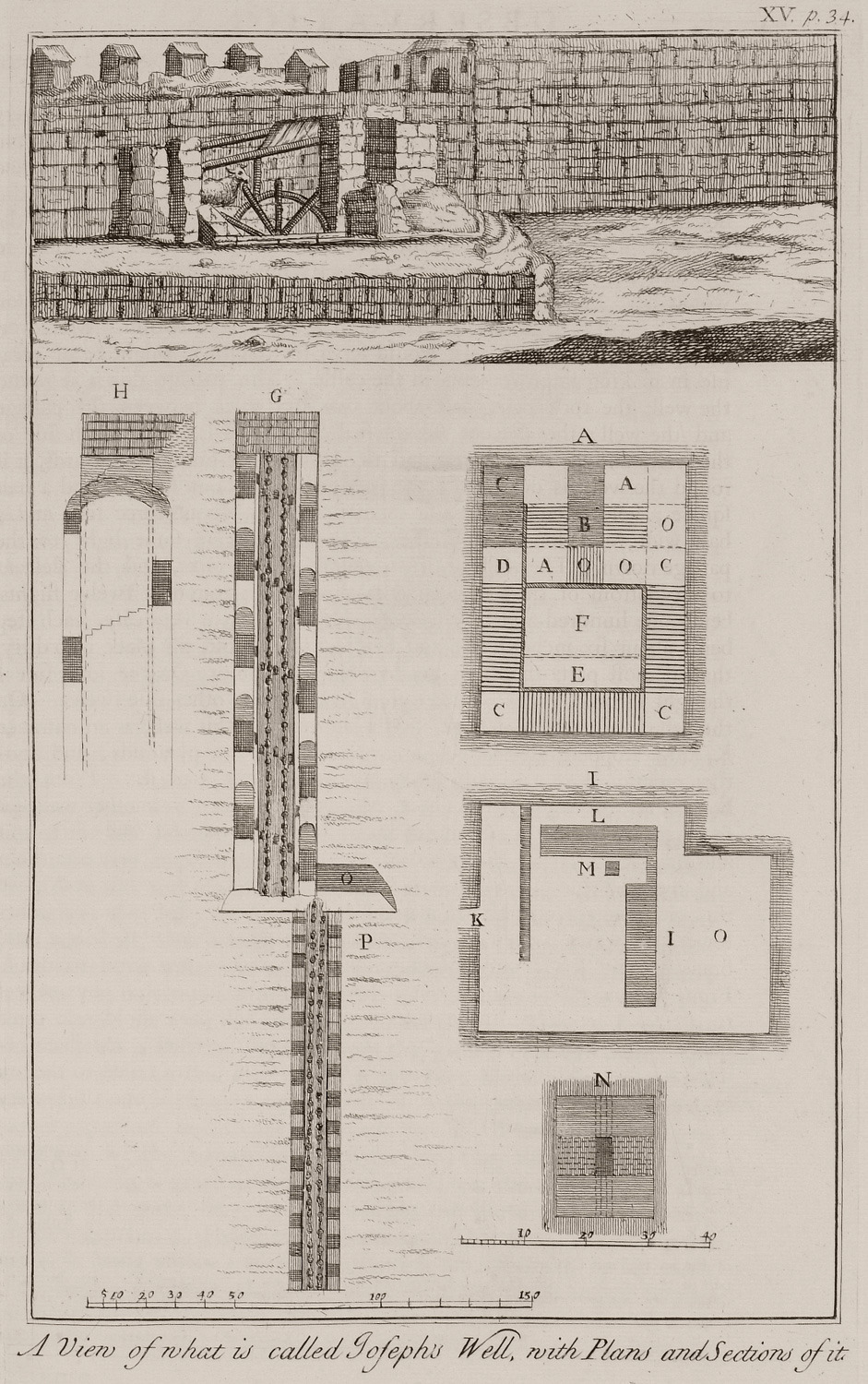
View, sections, and plans of Joseph's Well (Bir Yusuf) at the Saladin Citadel of Cairo.
-
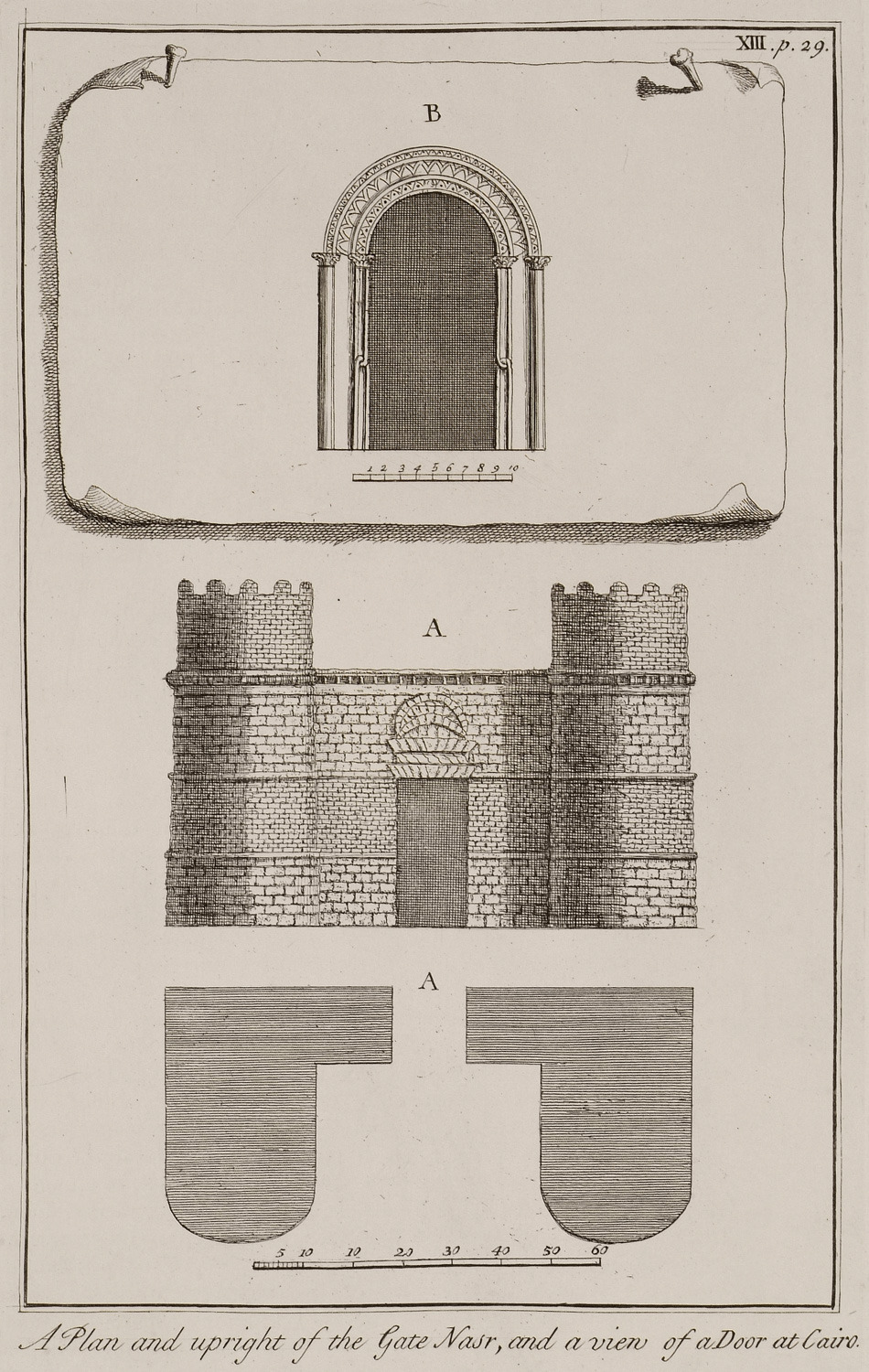
1.View of door in Cairo (B). 2. and 3. View and plan of Bab al-Nasr Gate in Cairo (Α).
-
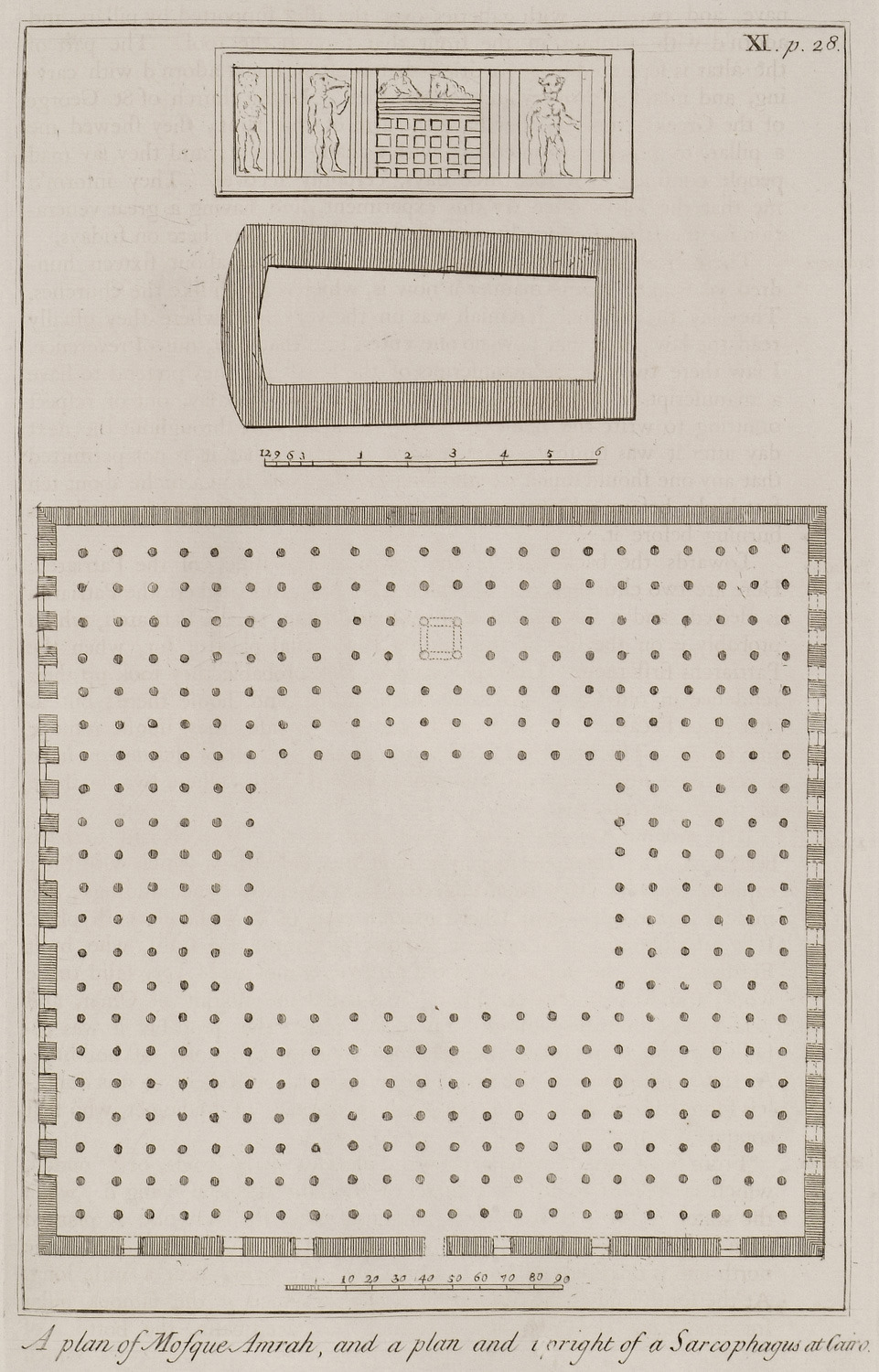
View and plan of Egyptian sarcophagus from Cairo. Floor plan of the Amr ibn al-'As Mosque in Cairo.
-
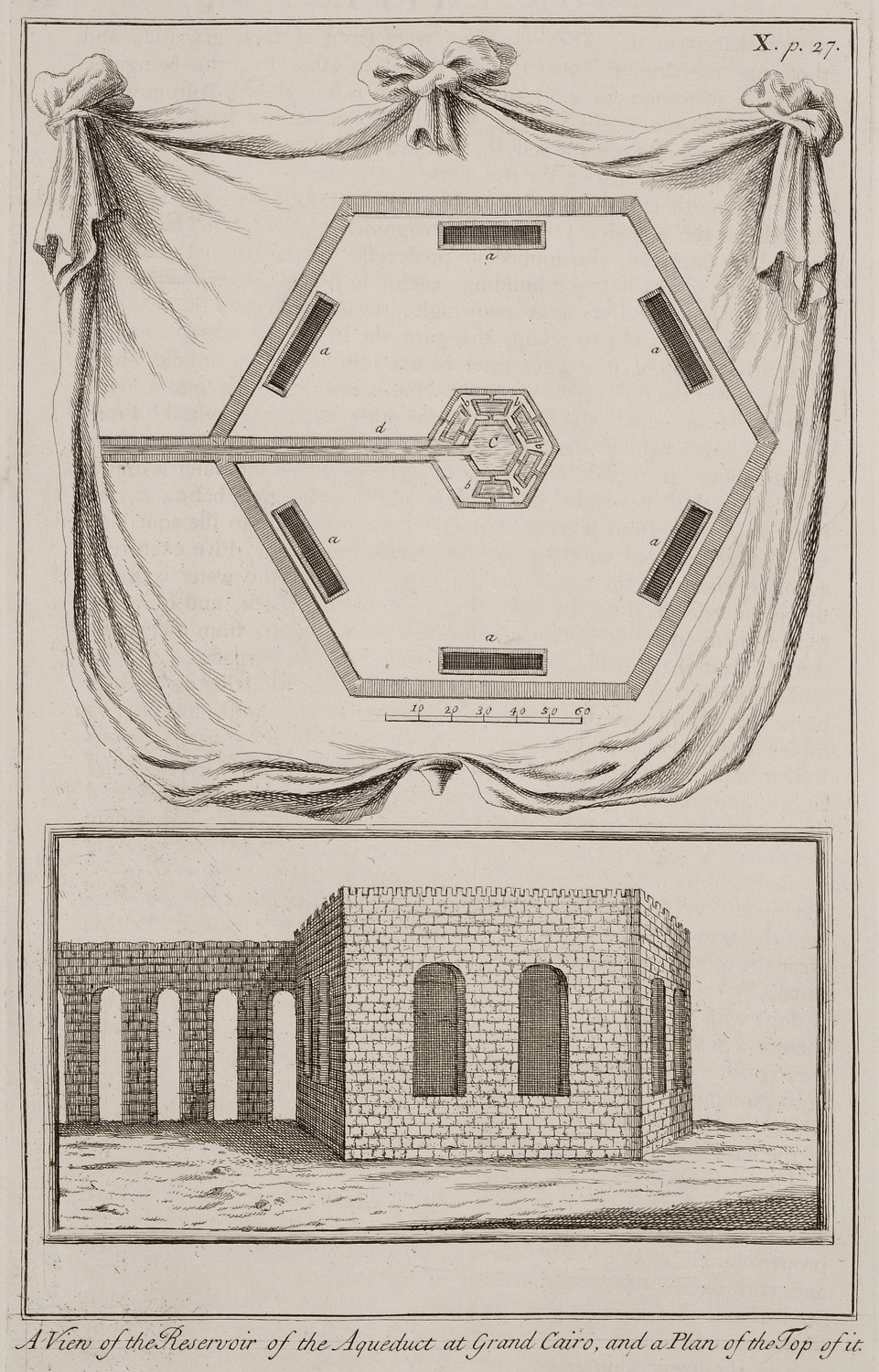
View and bottom view of the reservoir of the aqueduct of Cairo.
-
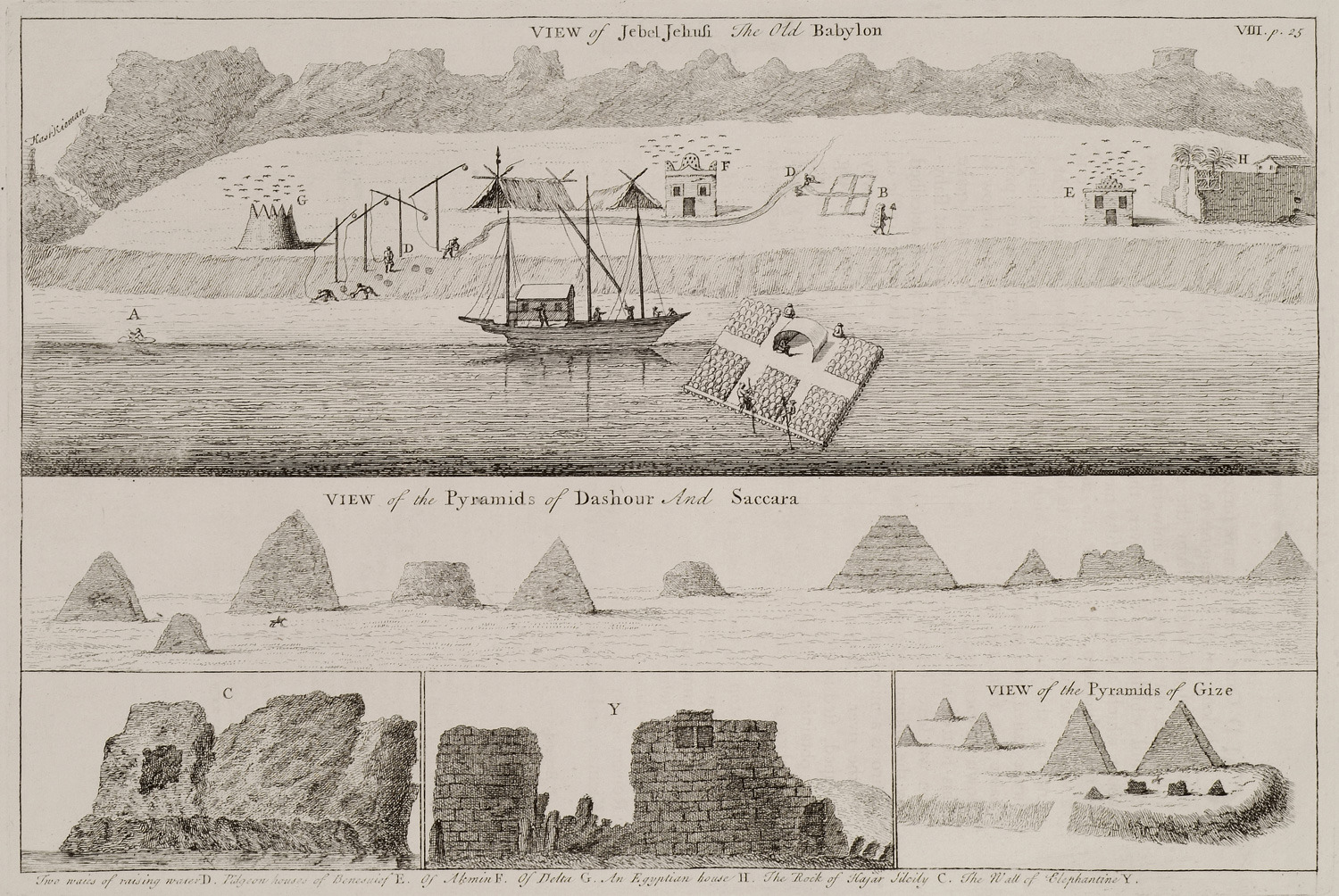
-
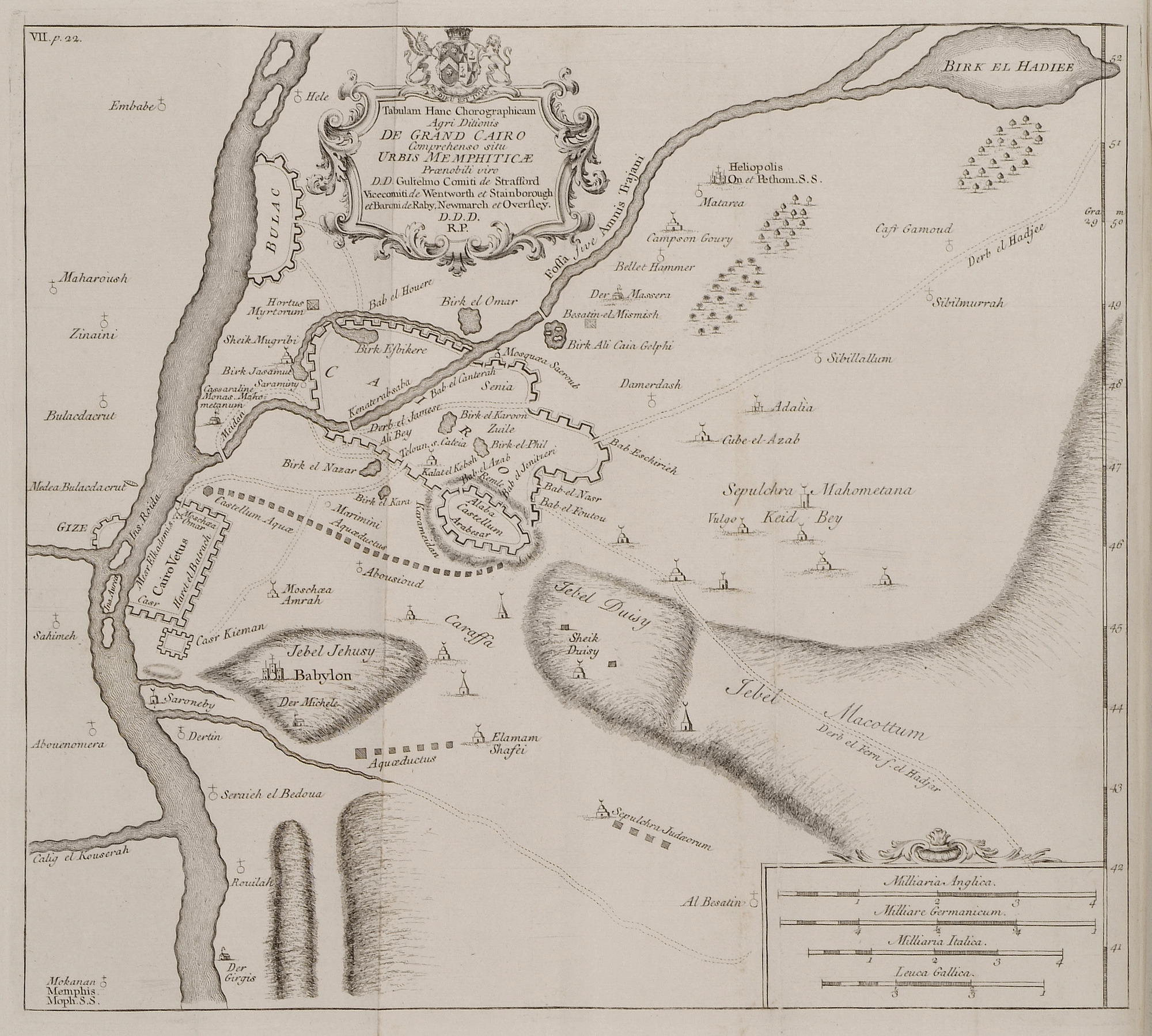
-
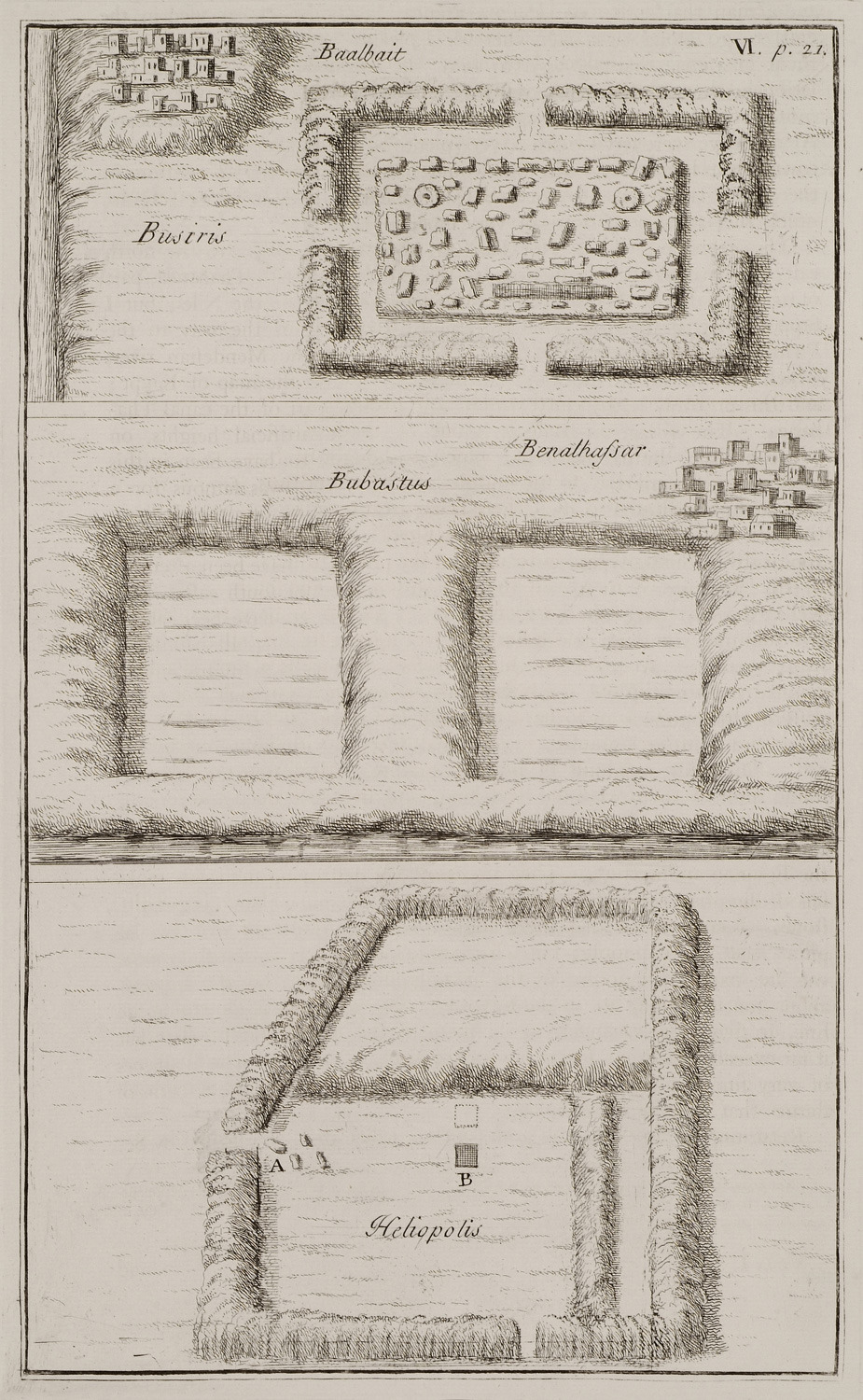
-
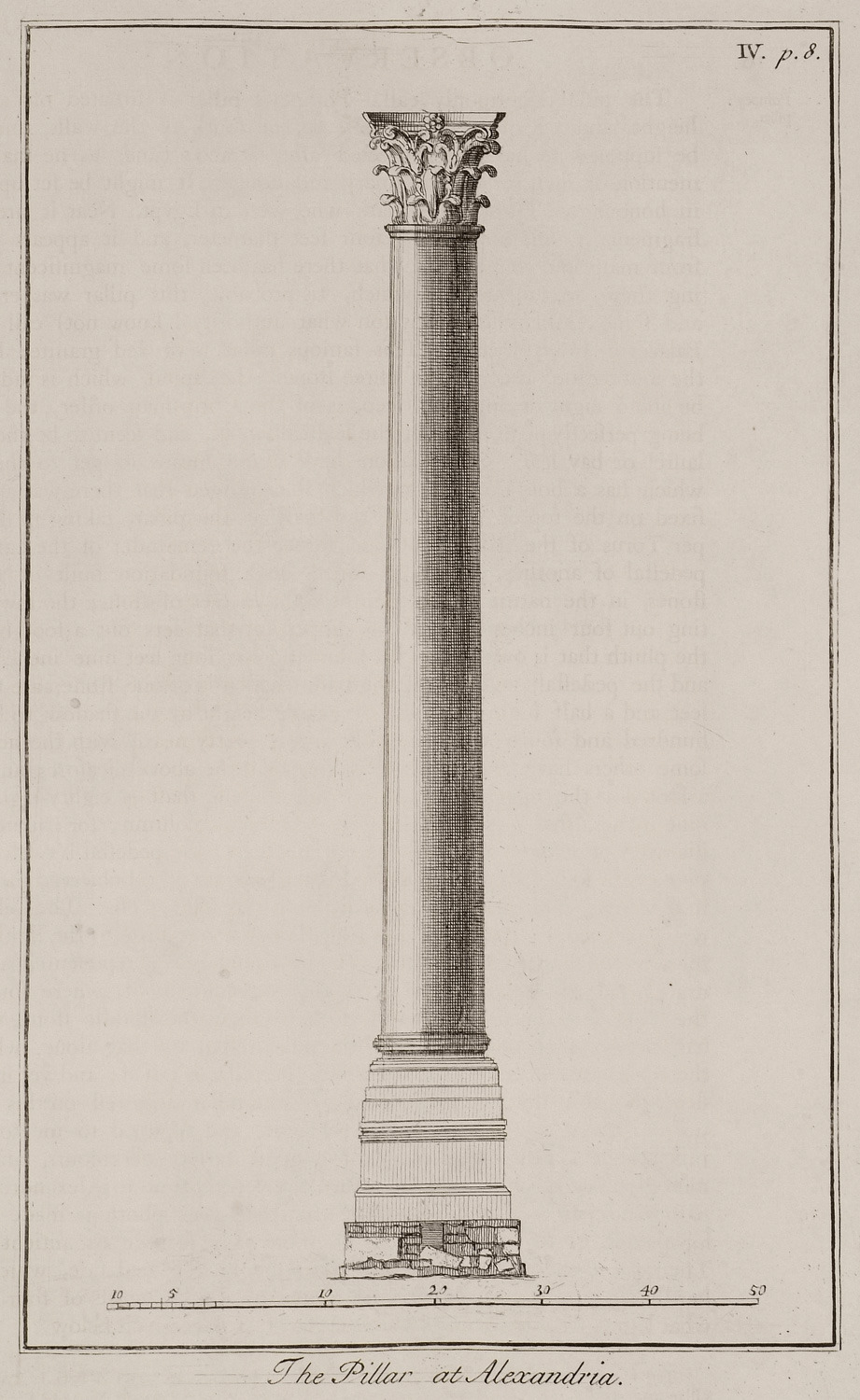
Pompey's Pillar (Triumphal pillar of Diocletian) in Alexandria.
-
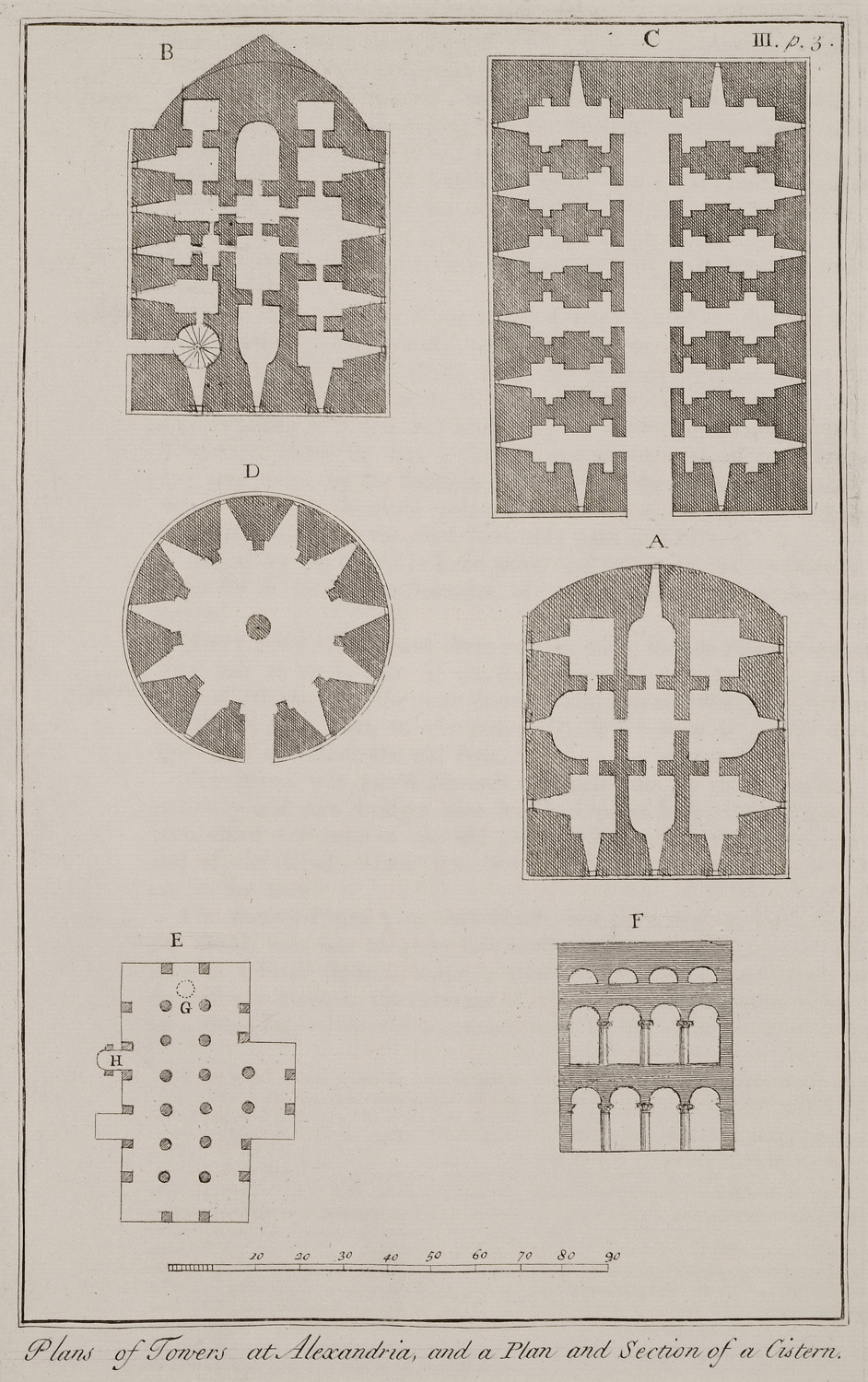
Plans of towers in Alexandria together with plan and section of a cistern.
-
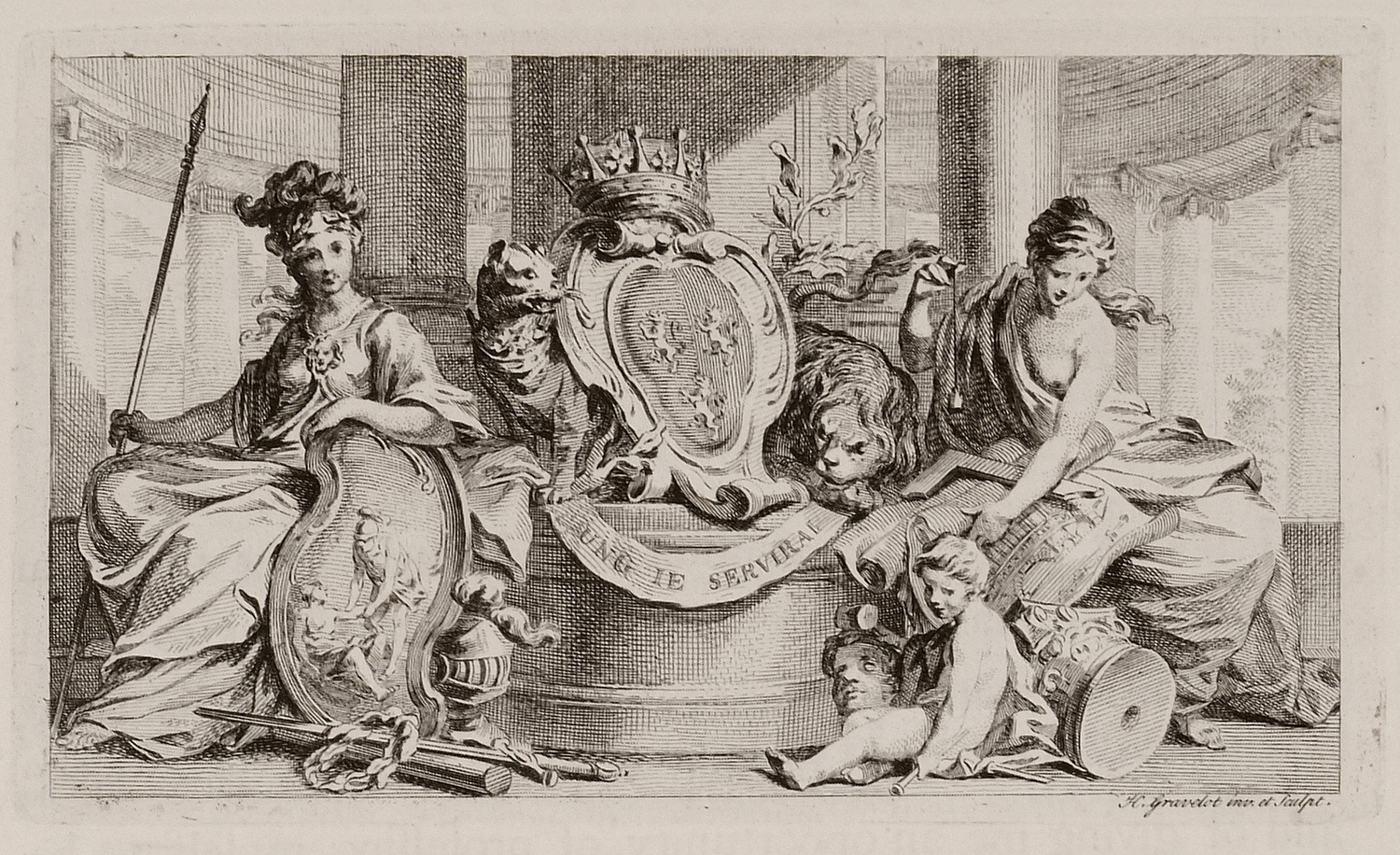
-

Plan of Ramesseum, the memorial temple of Ramesses II, in Luxor (anc. Thebes).
-
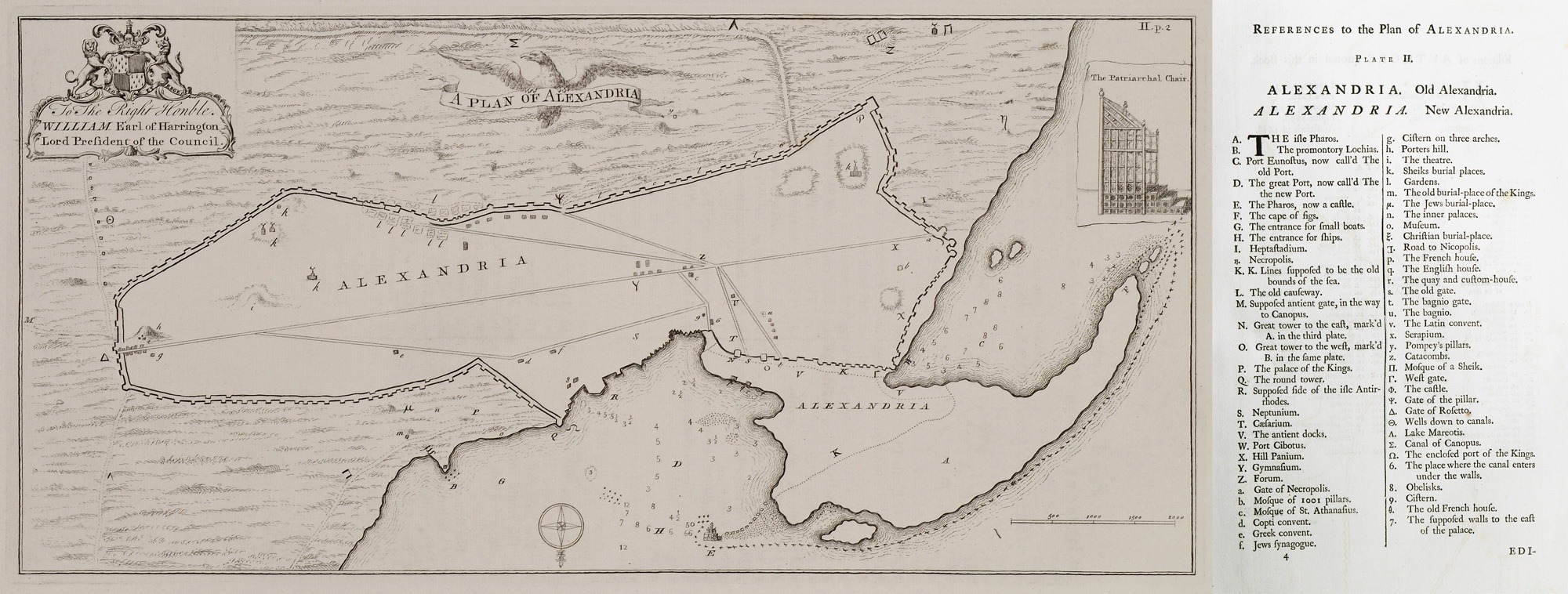
-
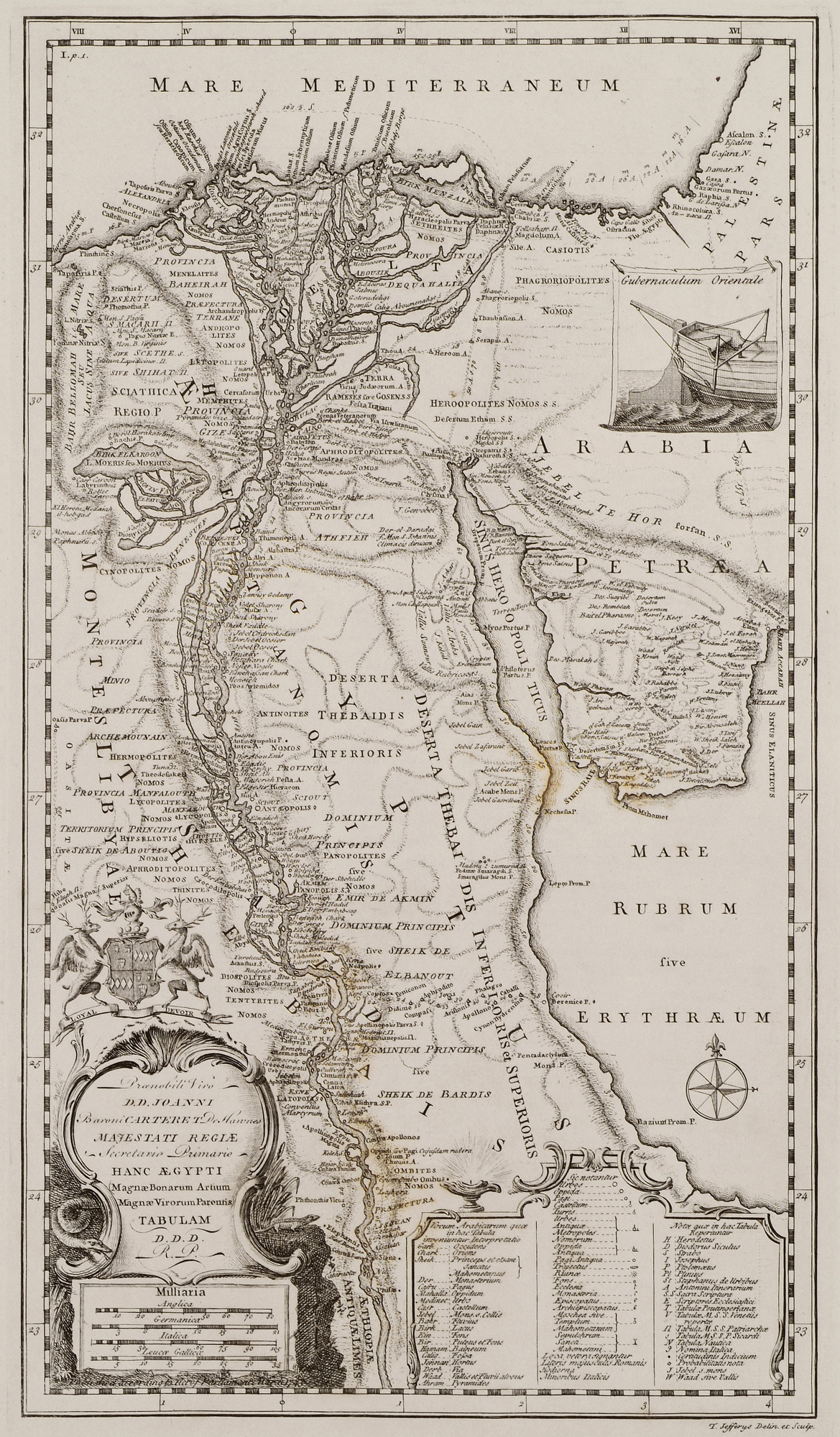
-
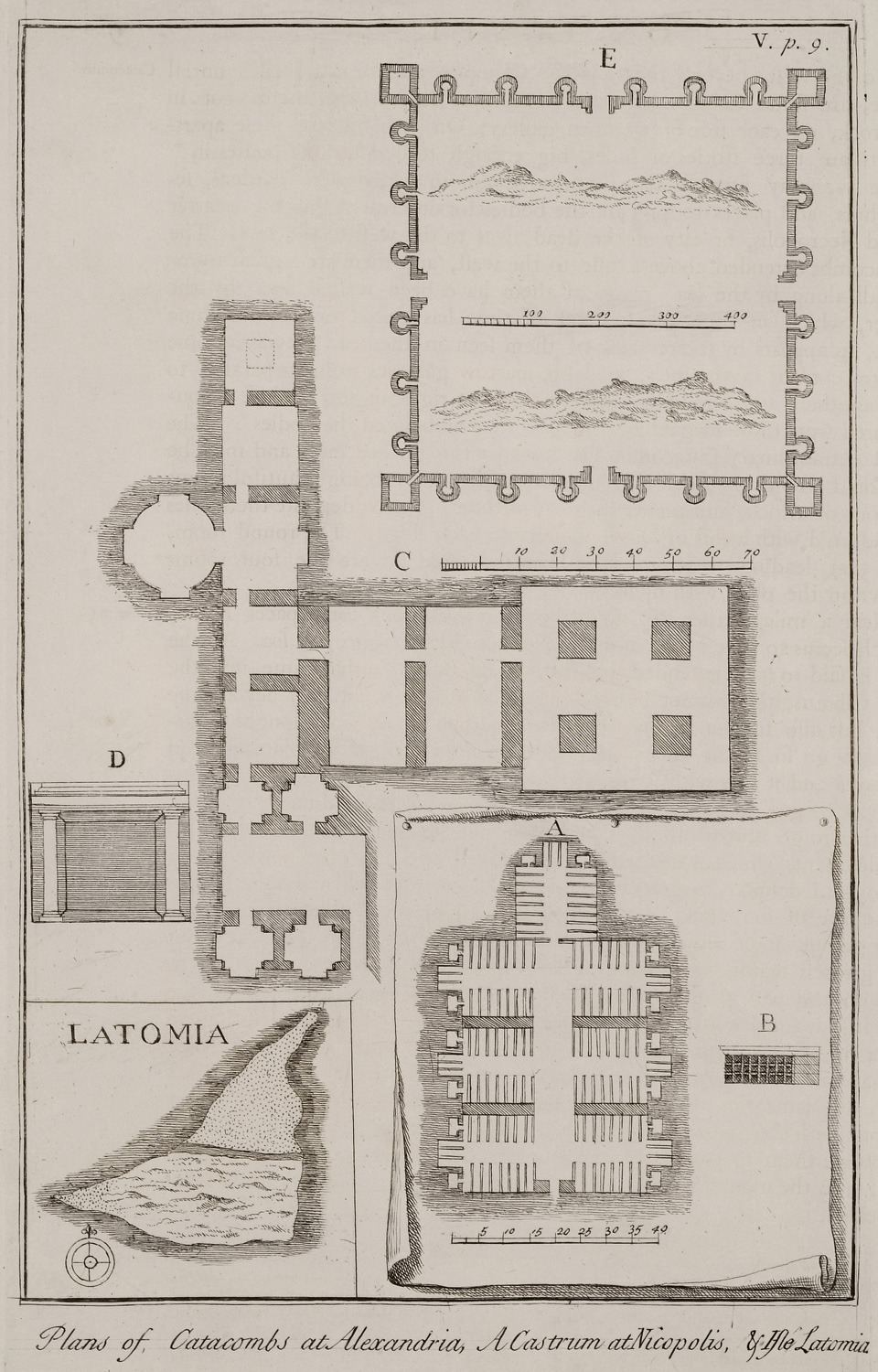
-
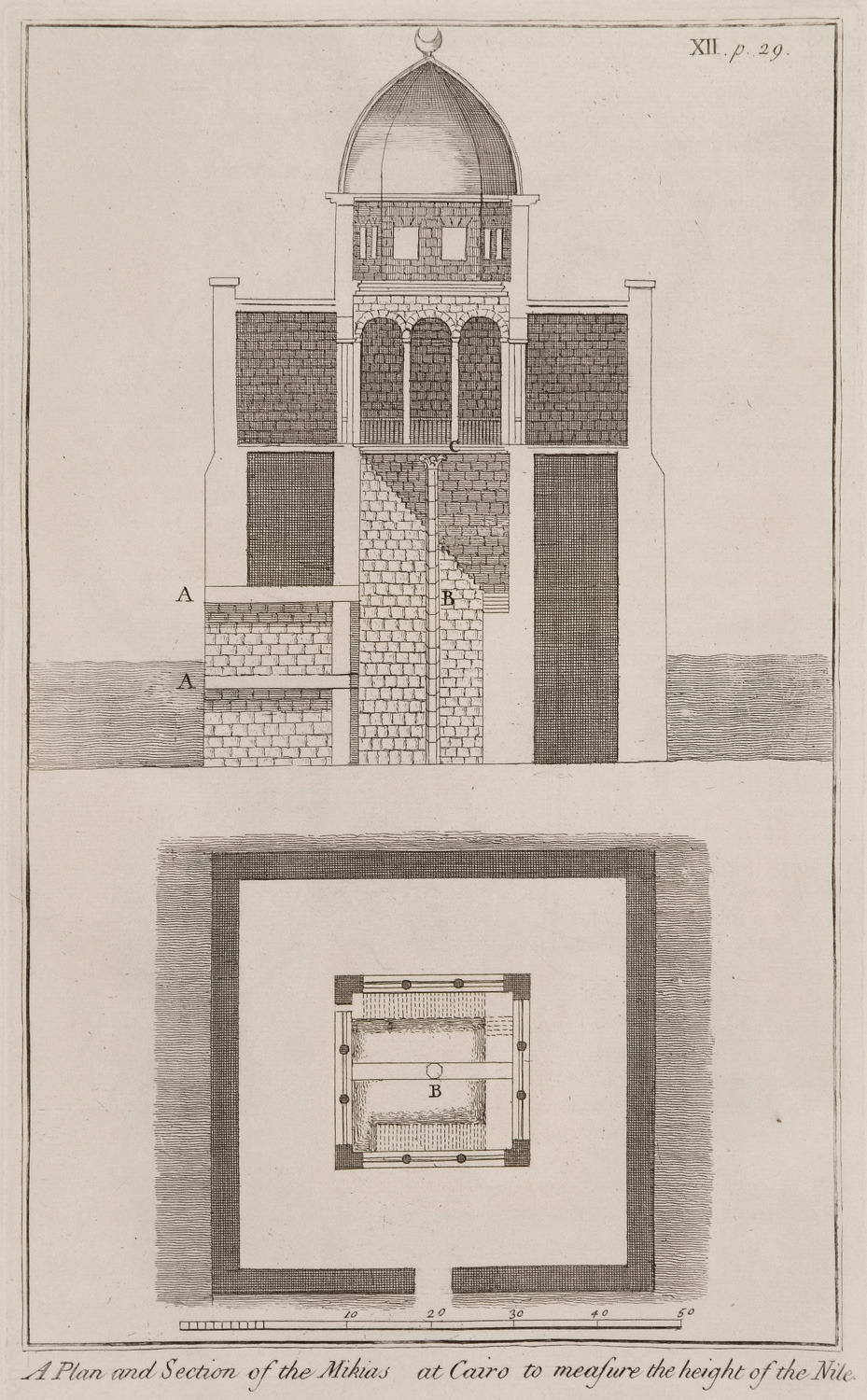
-
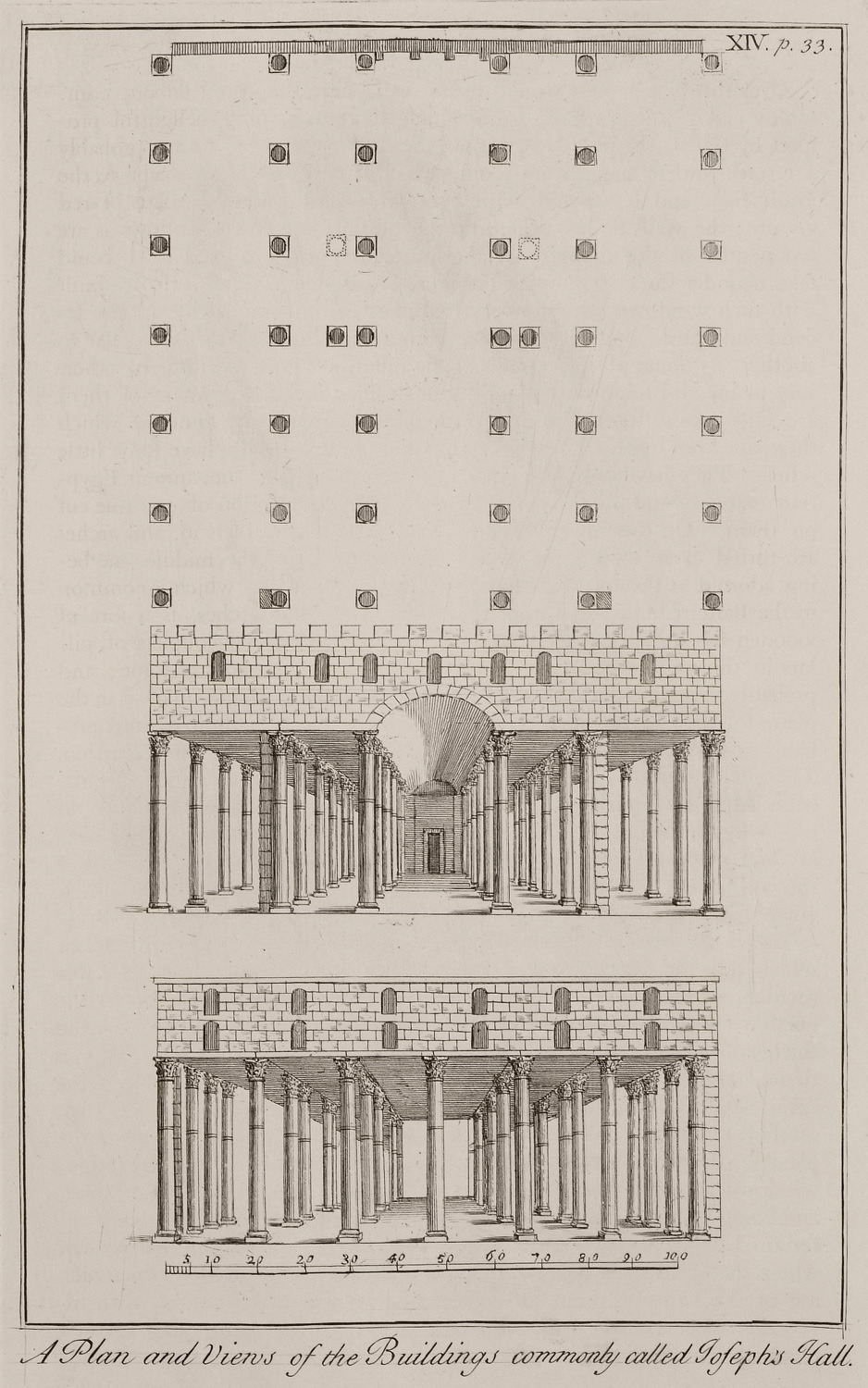
Plan and view of the building called Hall of Joseph at the Saladin Citadel of Cairo.
-
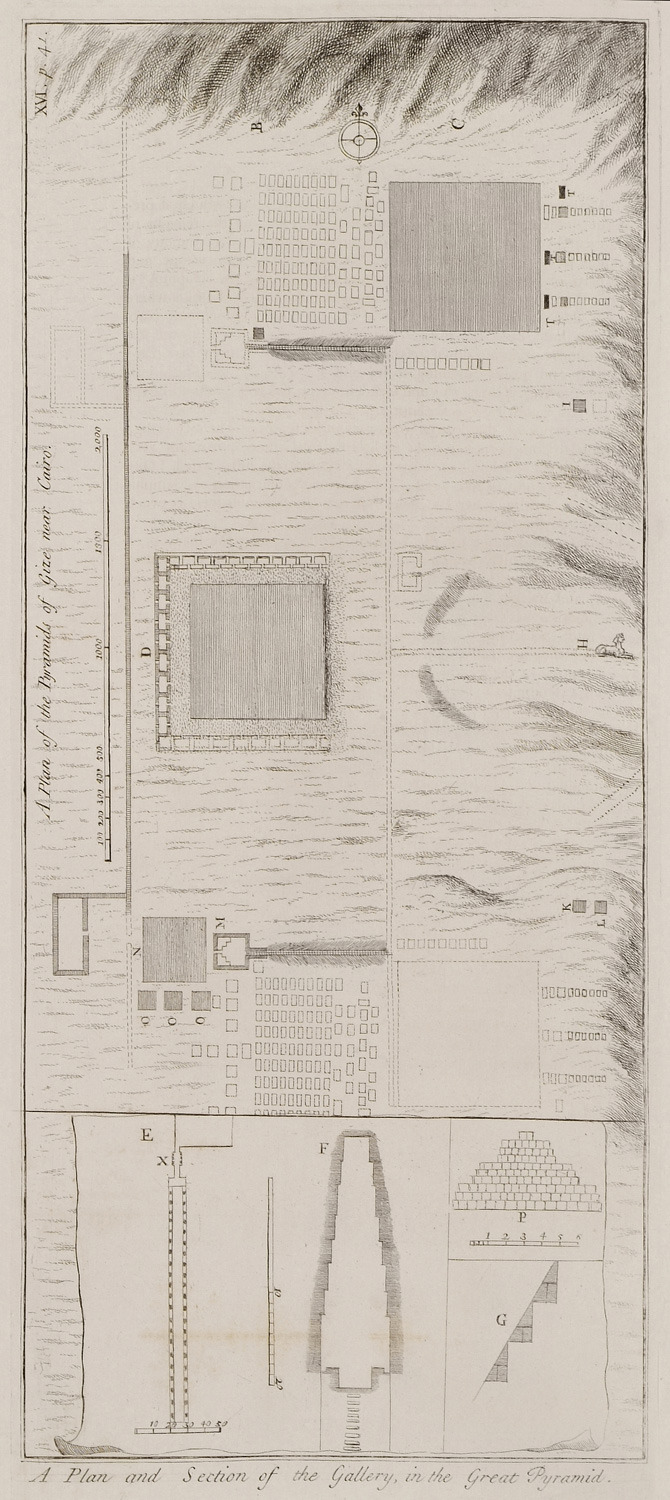
-
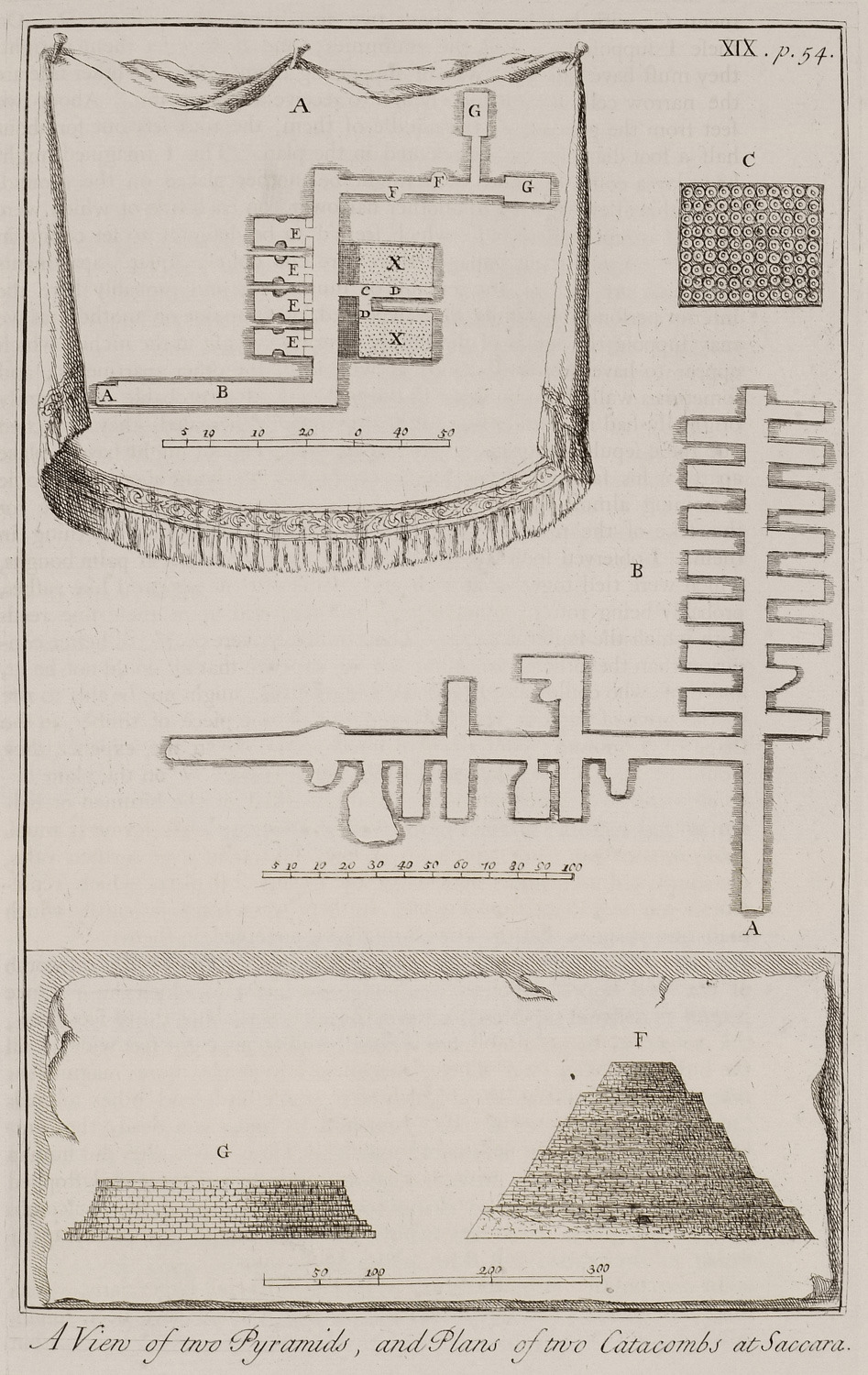
-
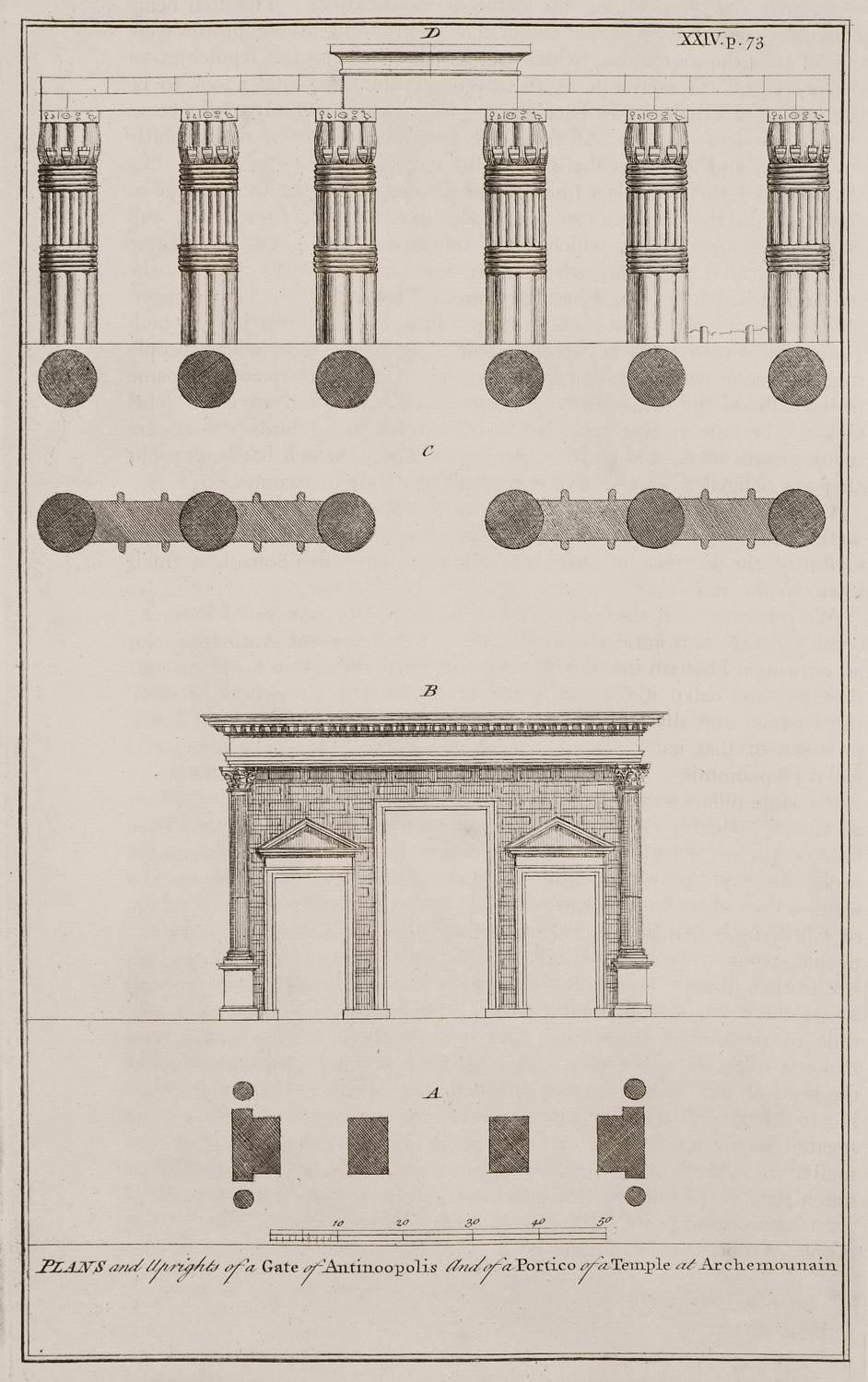
-
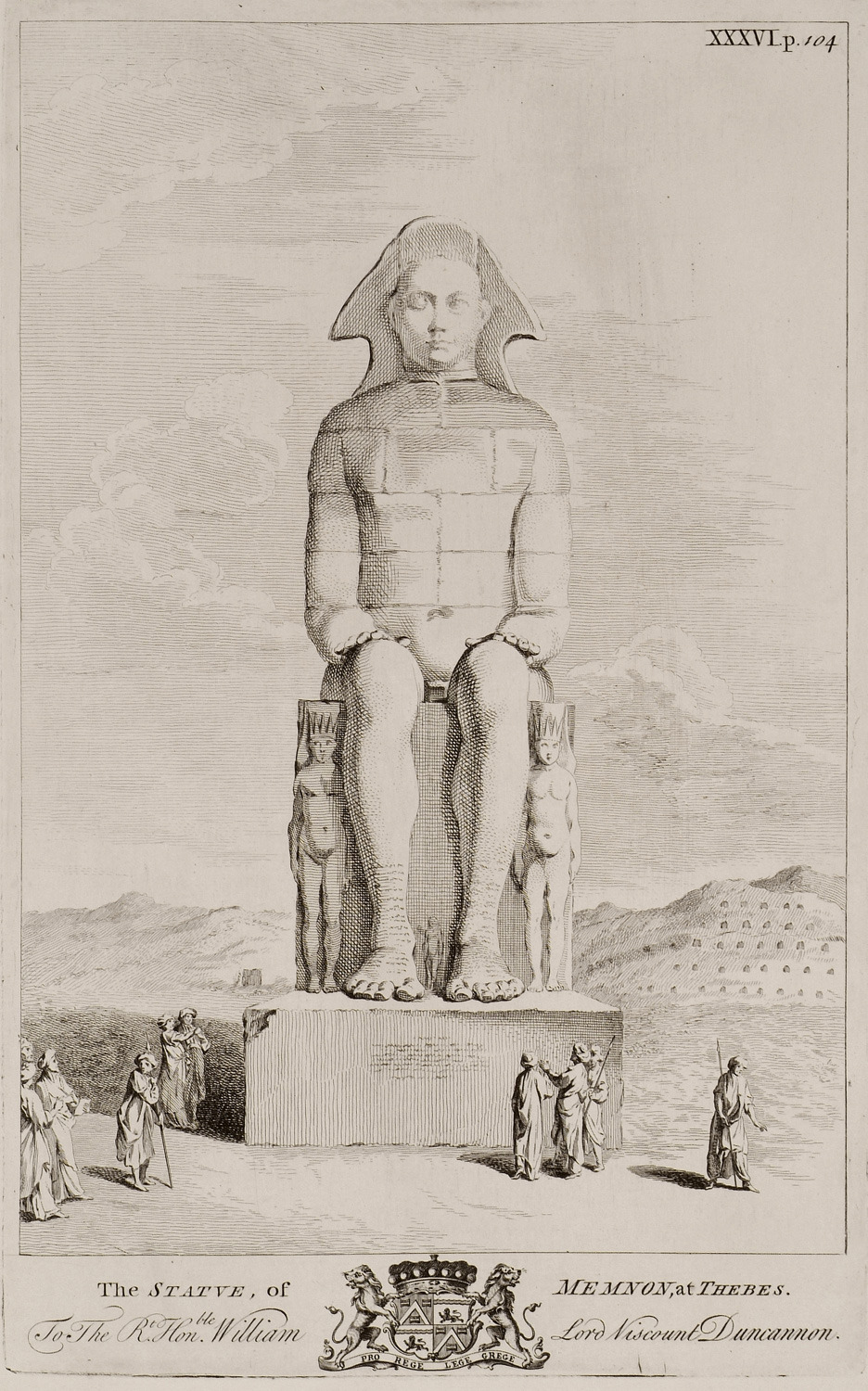
One of the two colossal statues of Amenophis / Amenhotep III in Luxor (anc. Thebes).
-
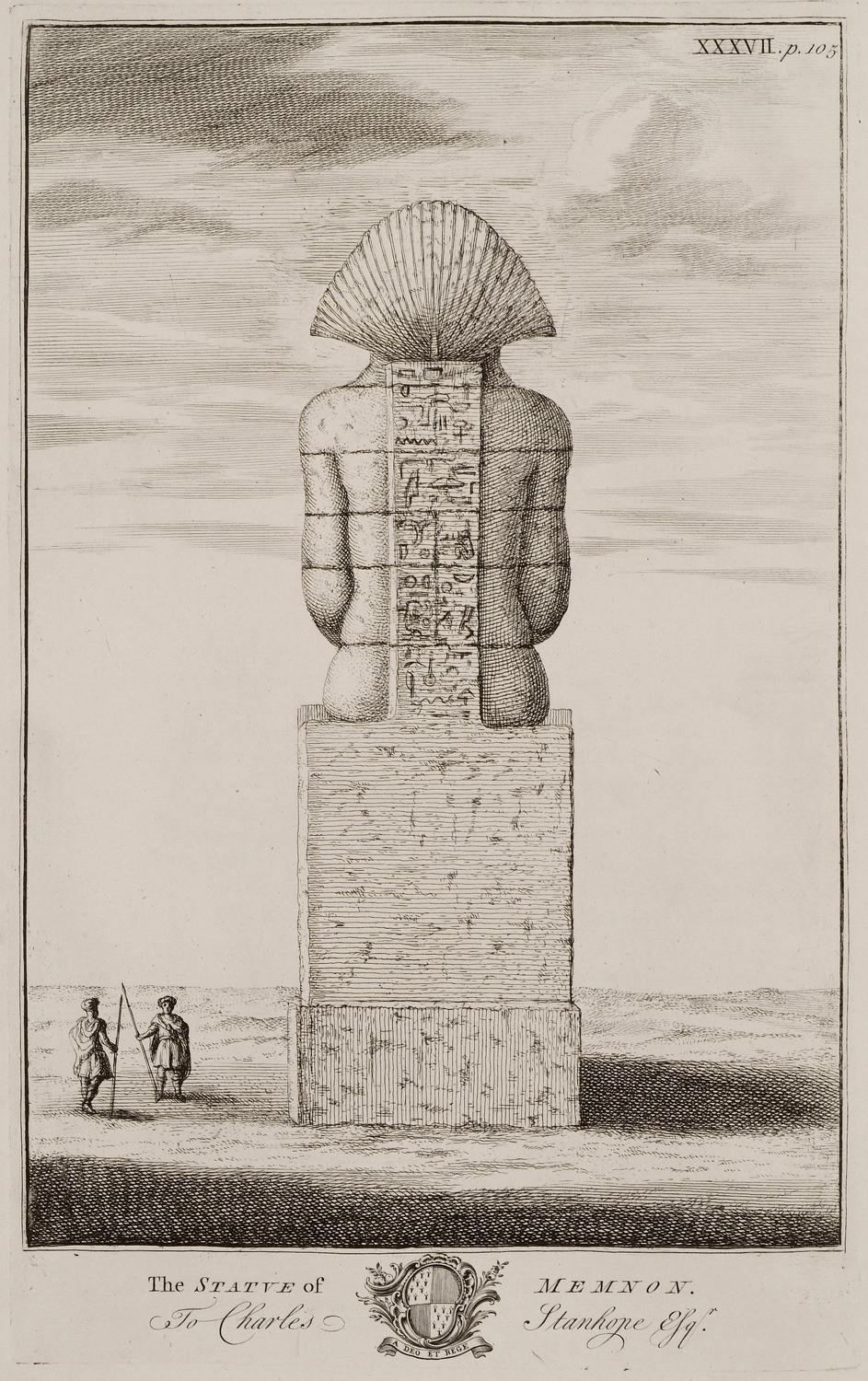
Back view of one of the two colossal statues of Amenophis / Amenhotep III in Luxor (anc. Thebes).
-
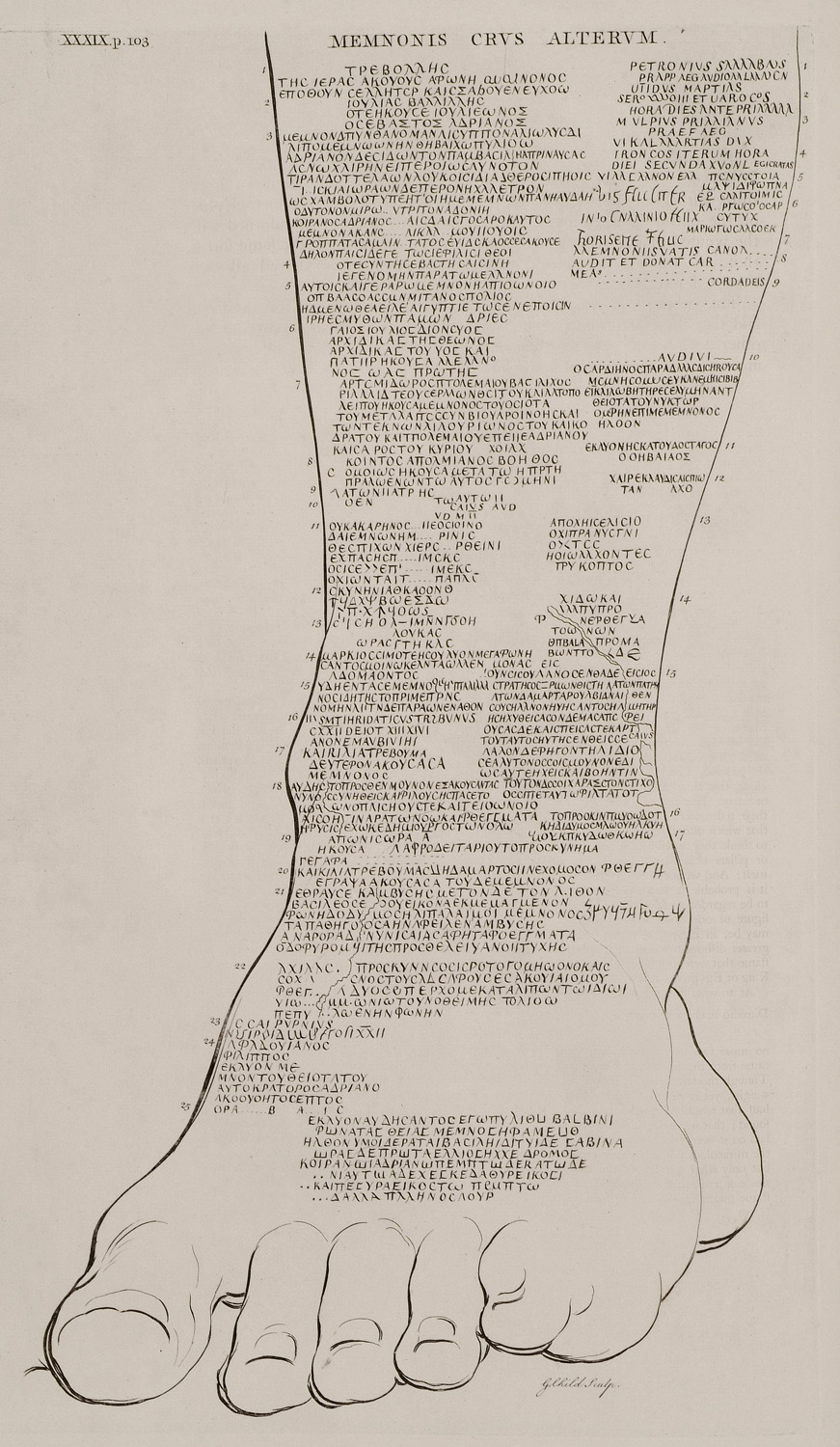
The left leg of one of the two colossal statues of Amenophis / Amenhotep III in Luxor (anc. Thebes).
-
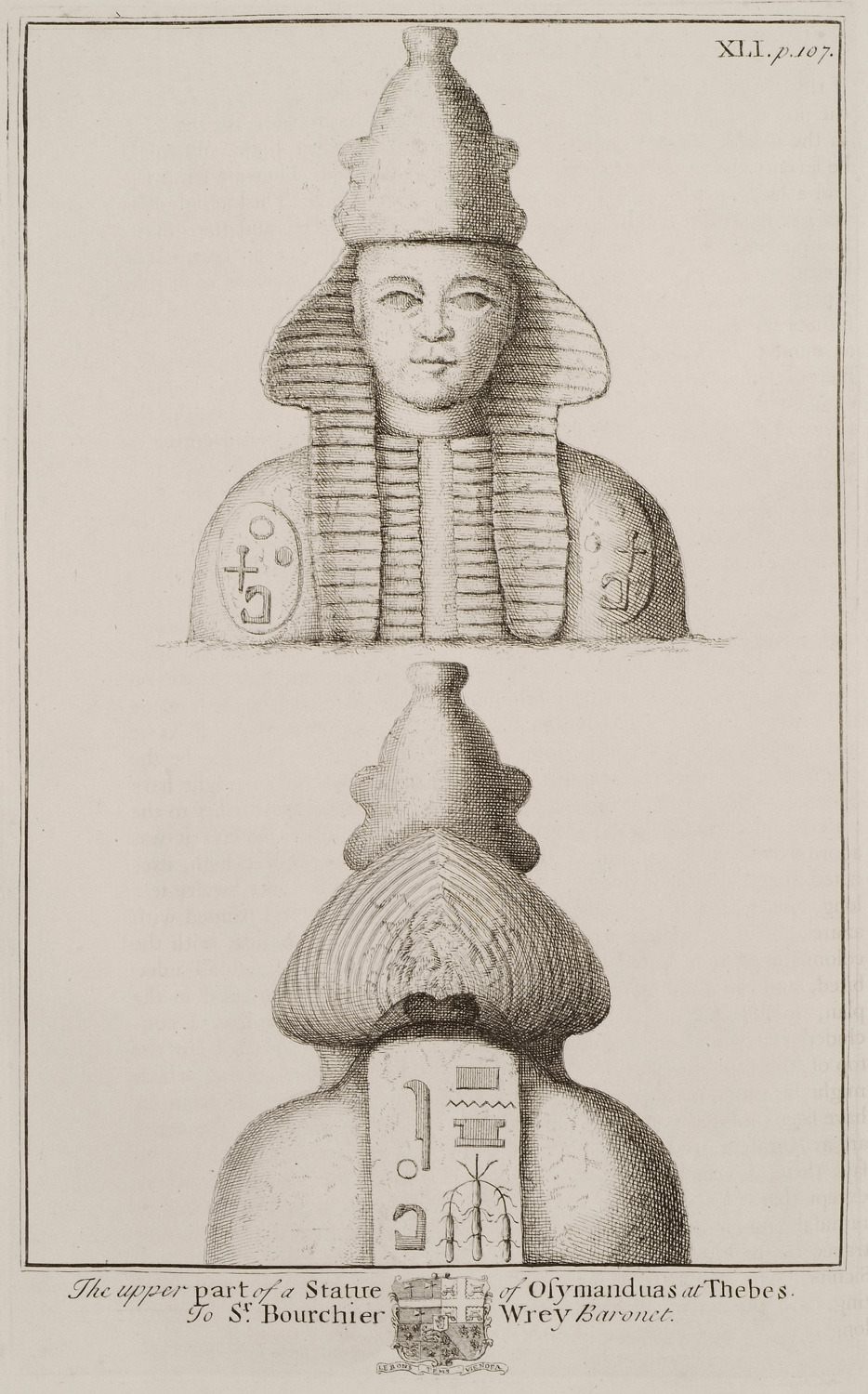
-
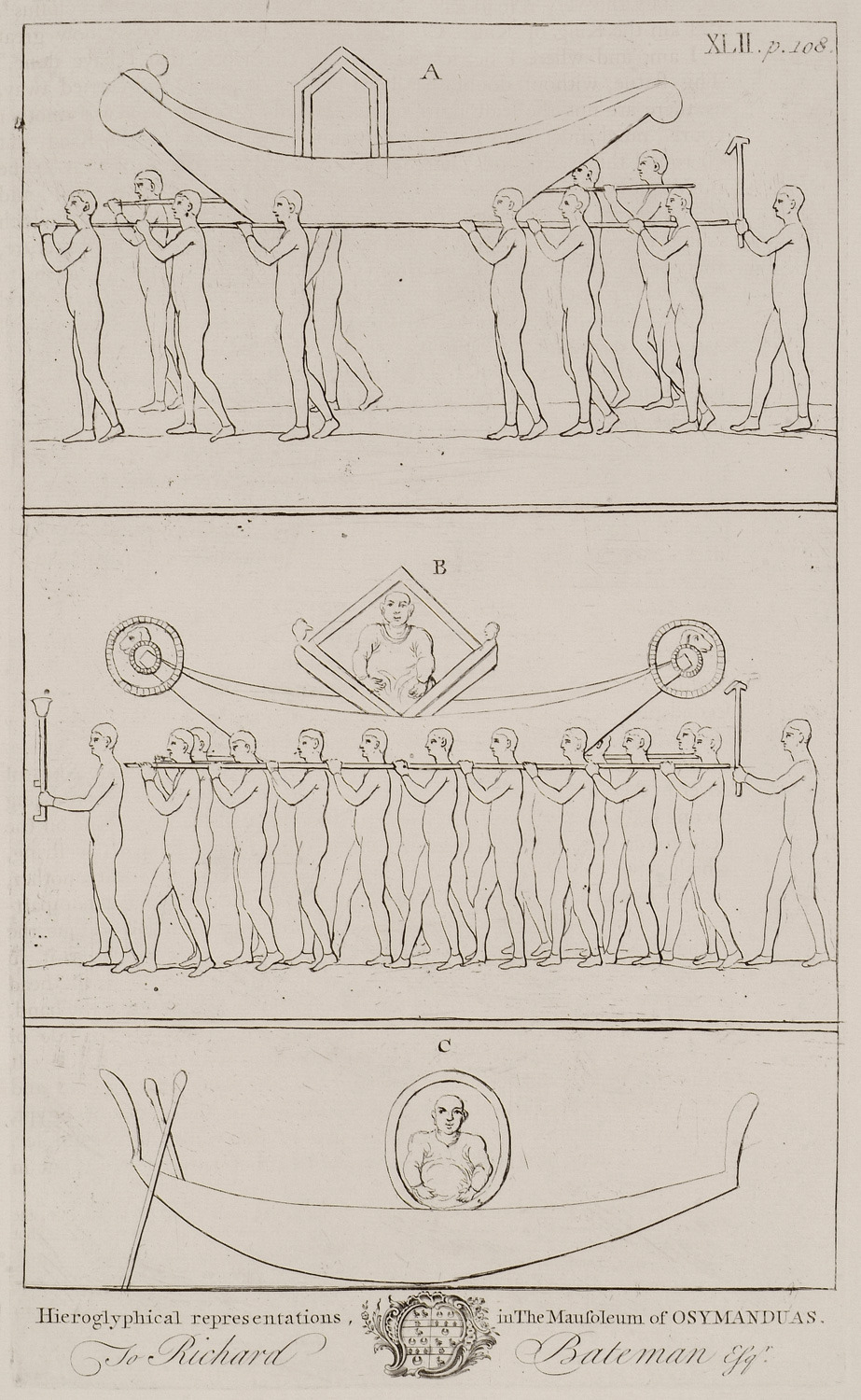
-
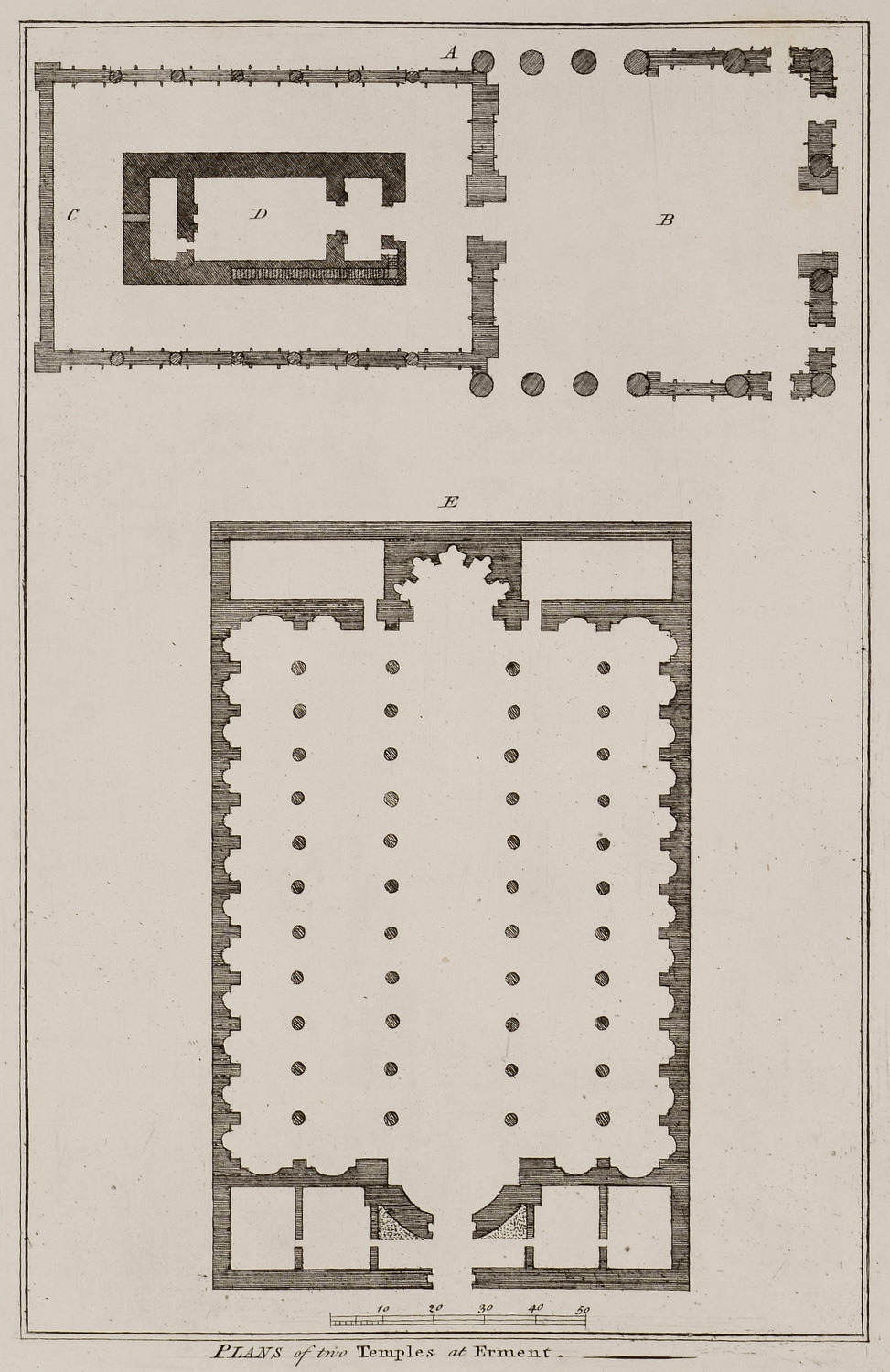
-
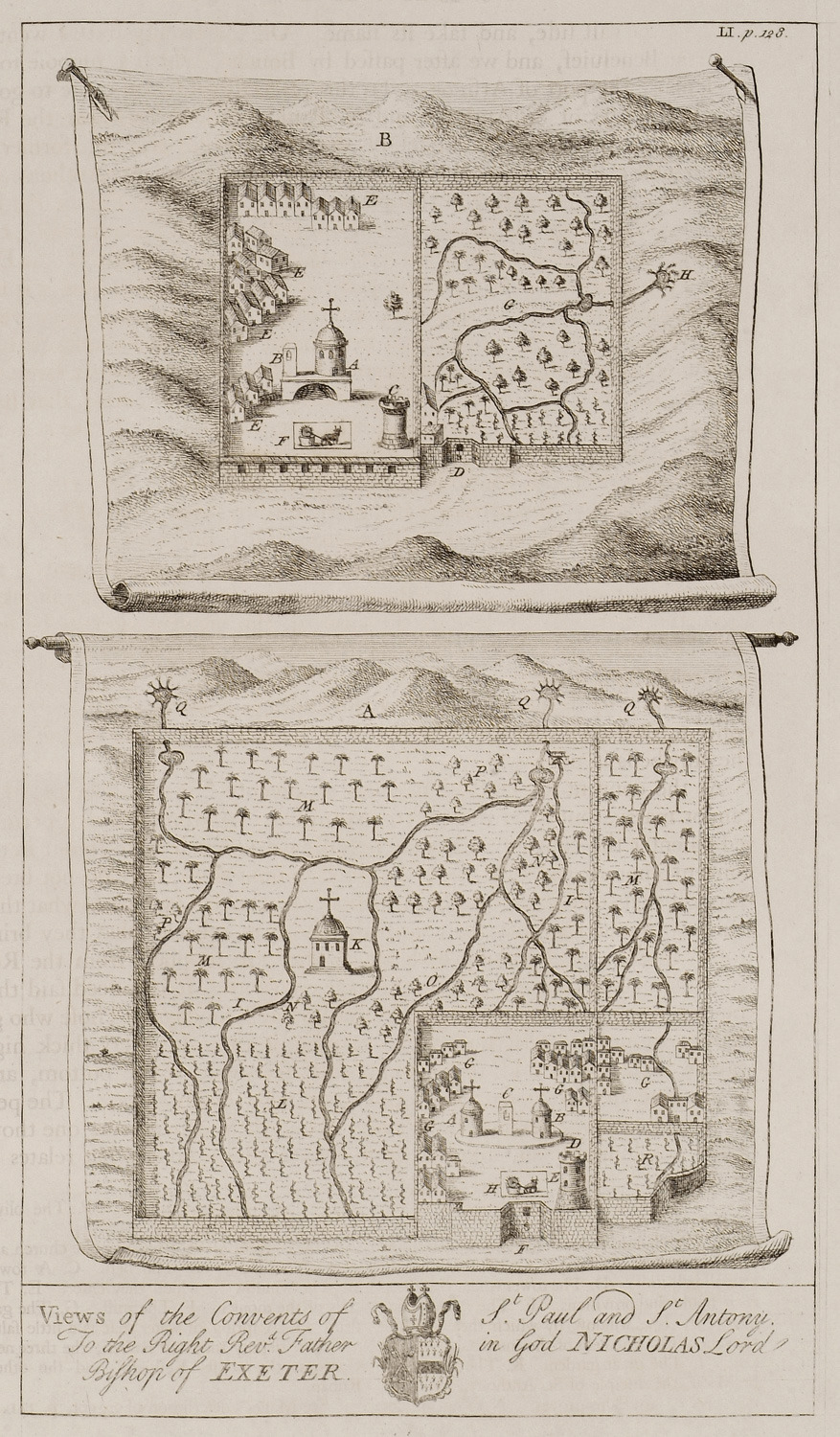
Views of the Monasteries of Saint Paul the Anchorite and Saint Anthony.
-
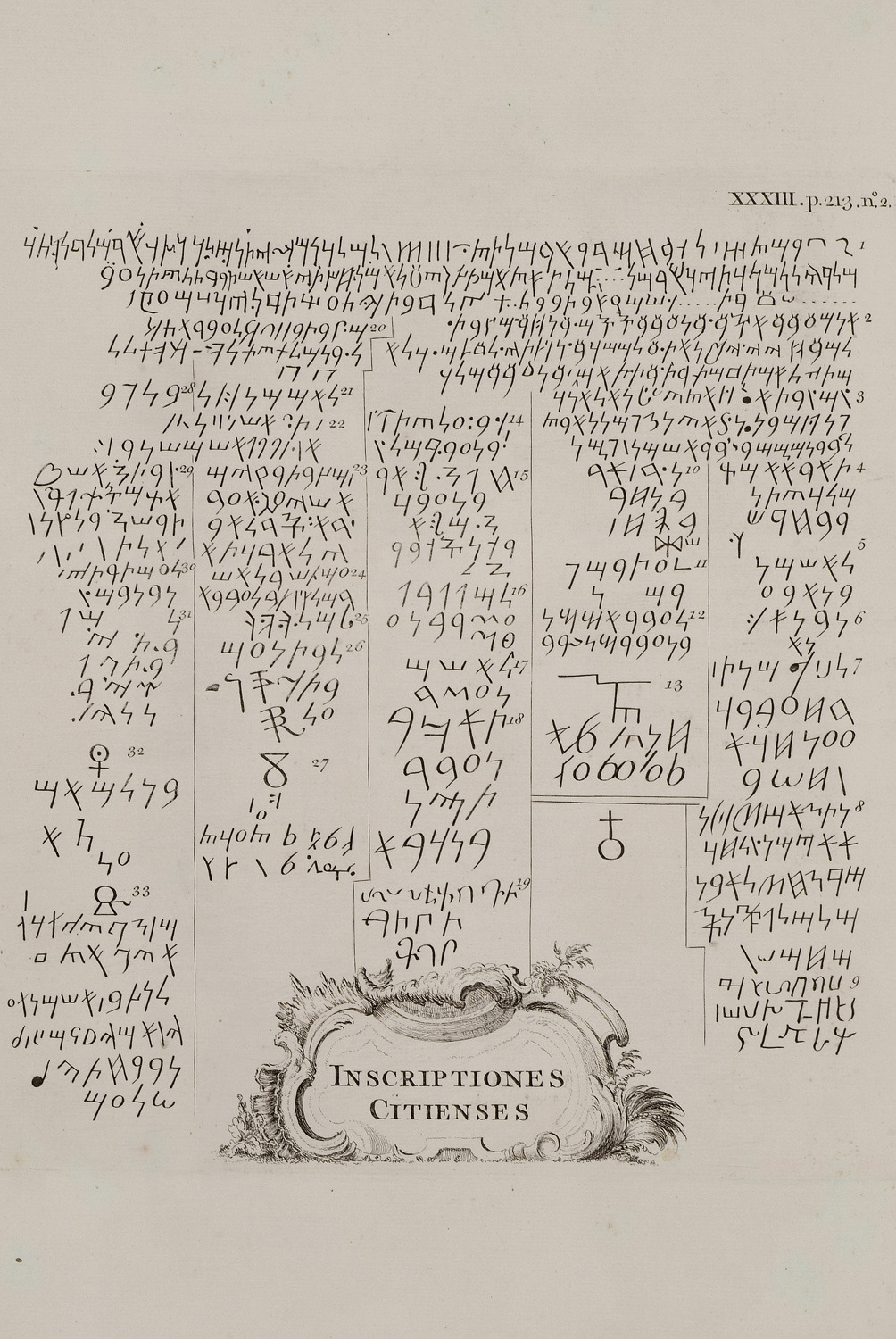
-
